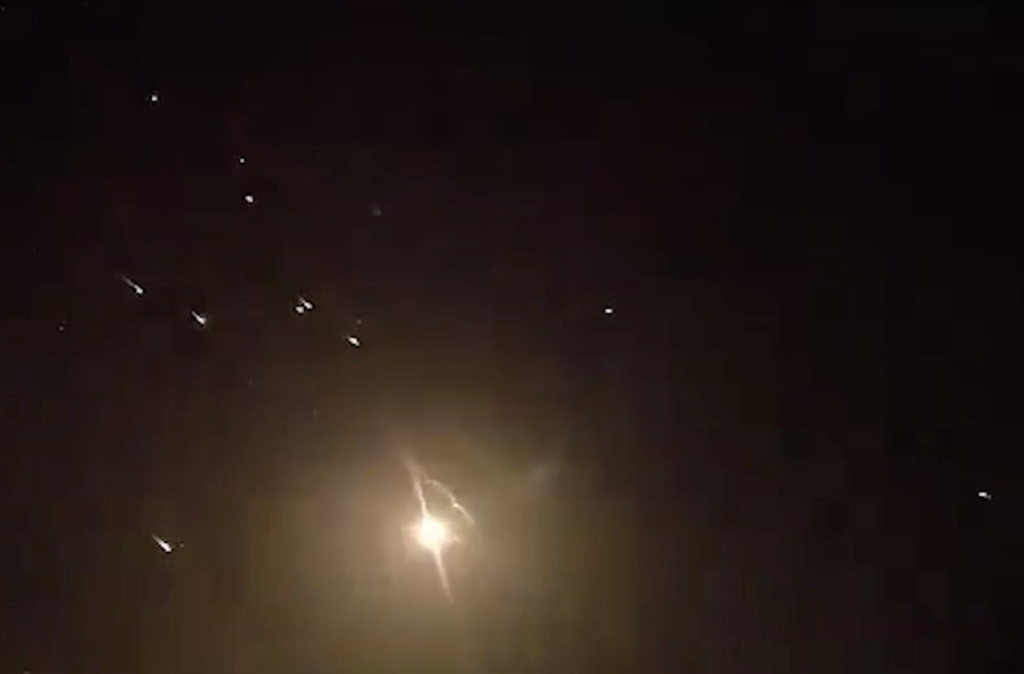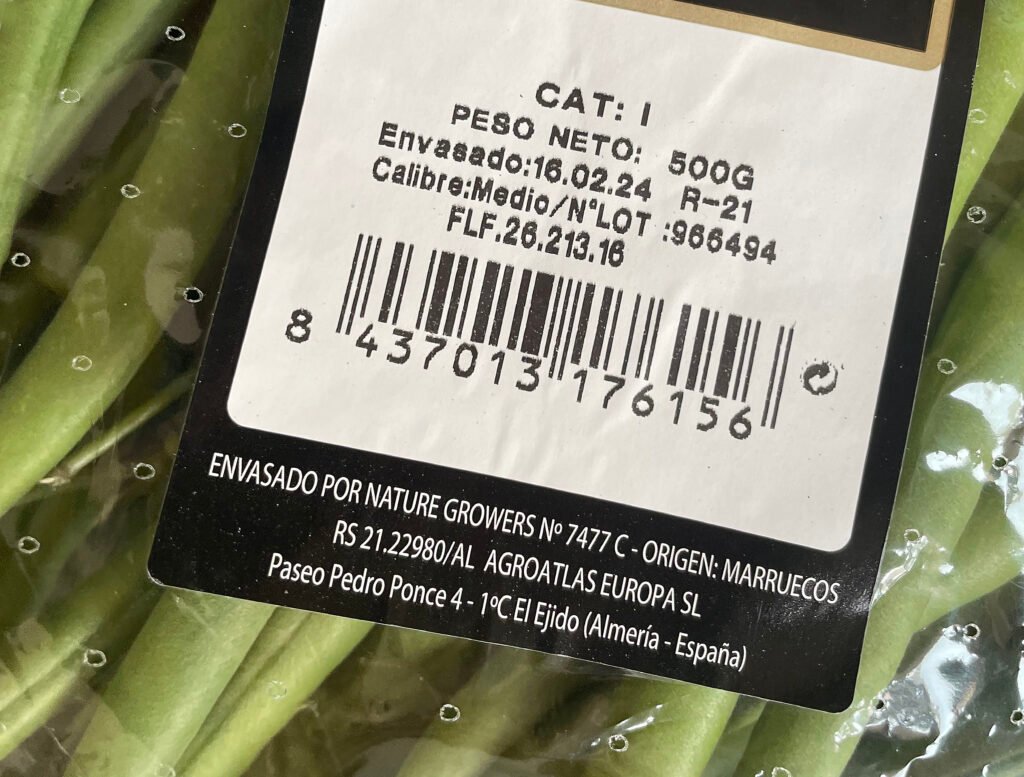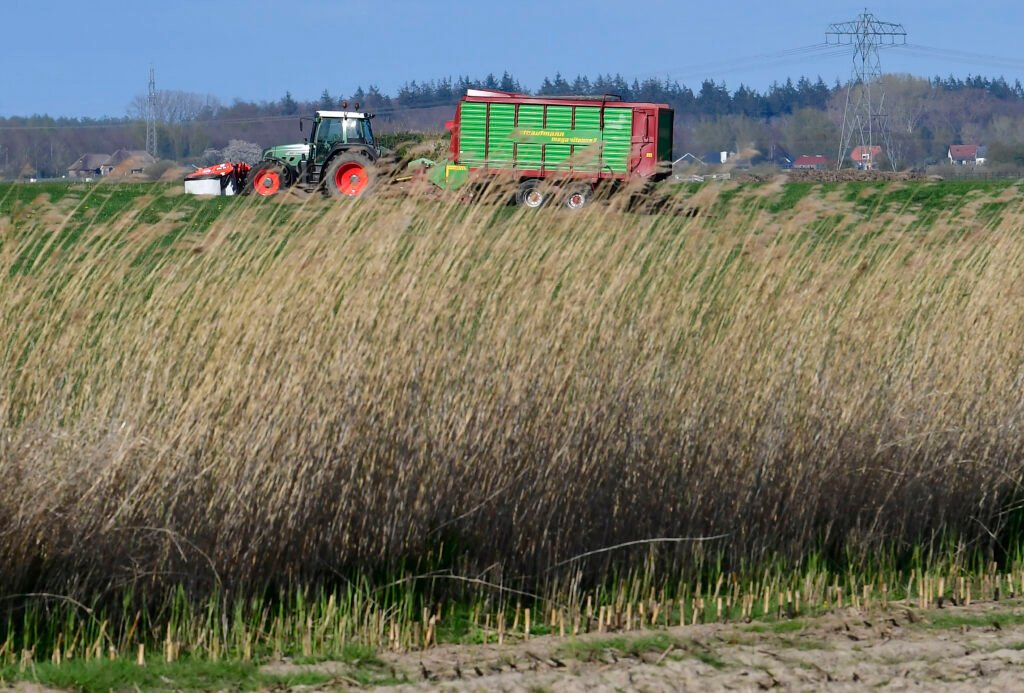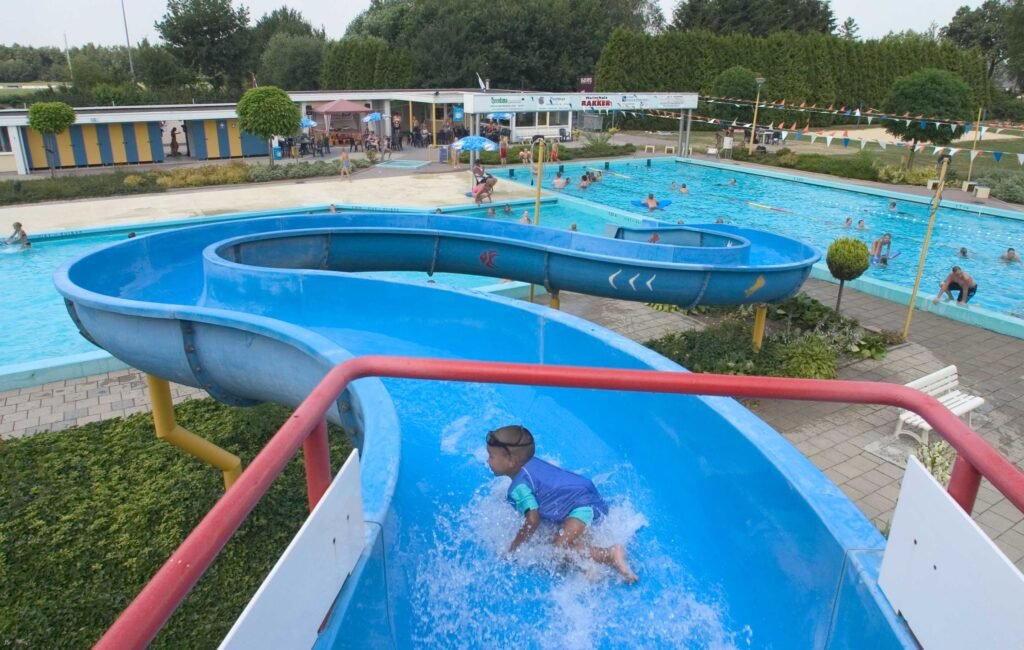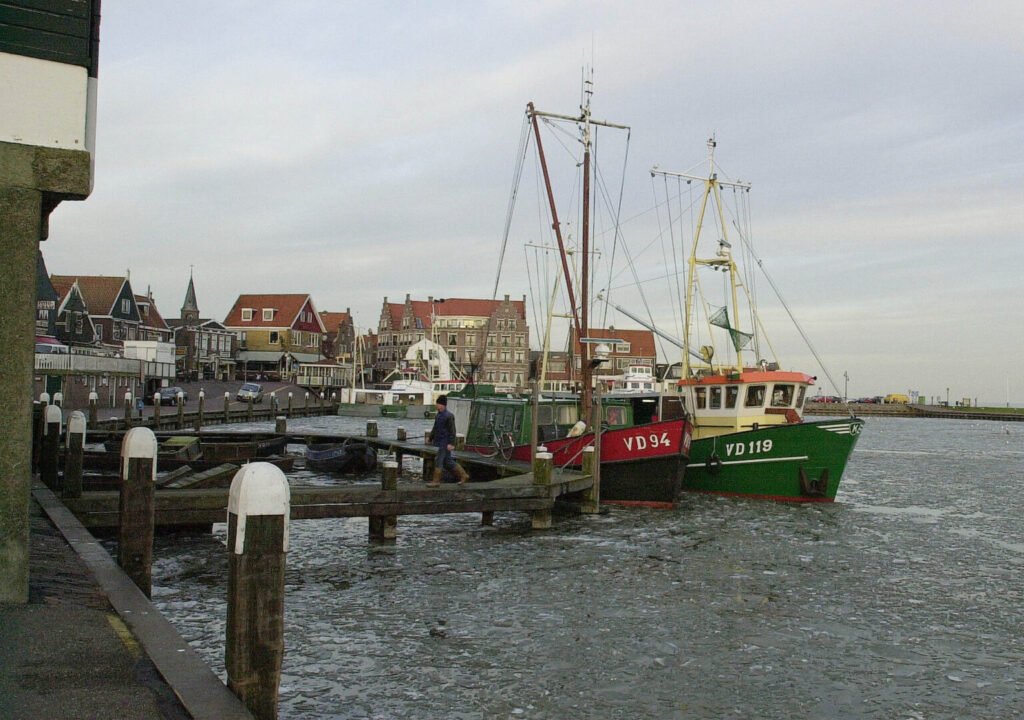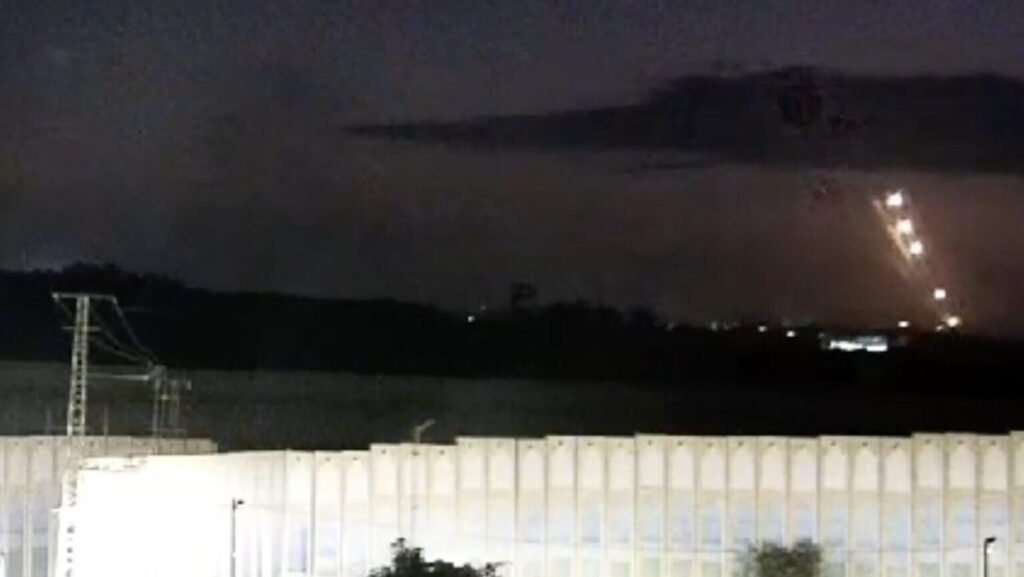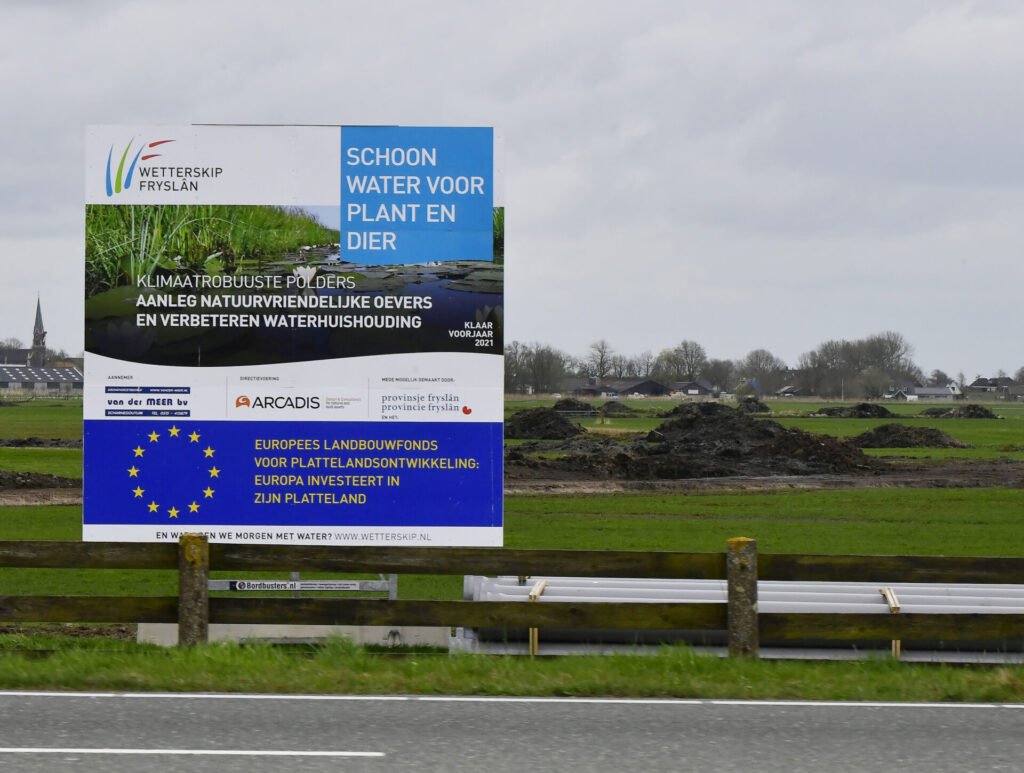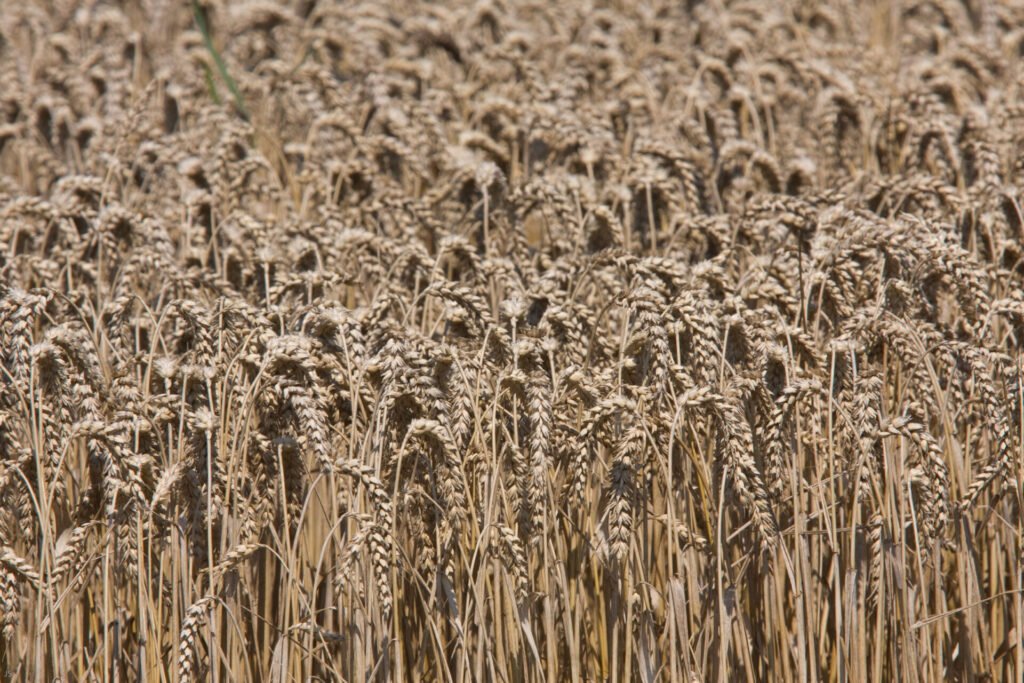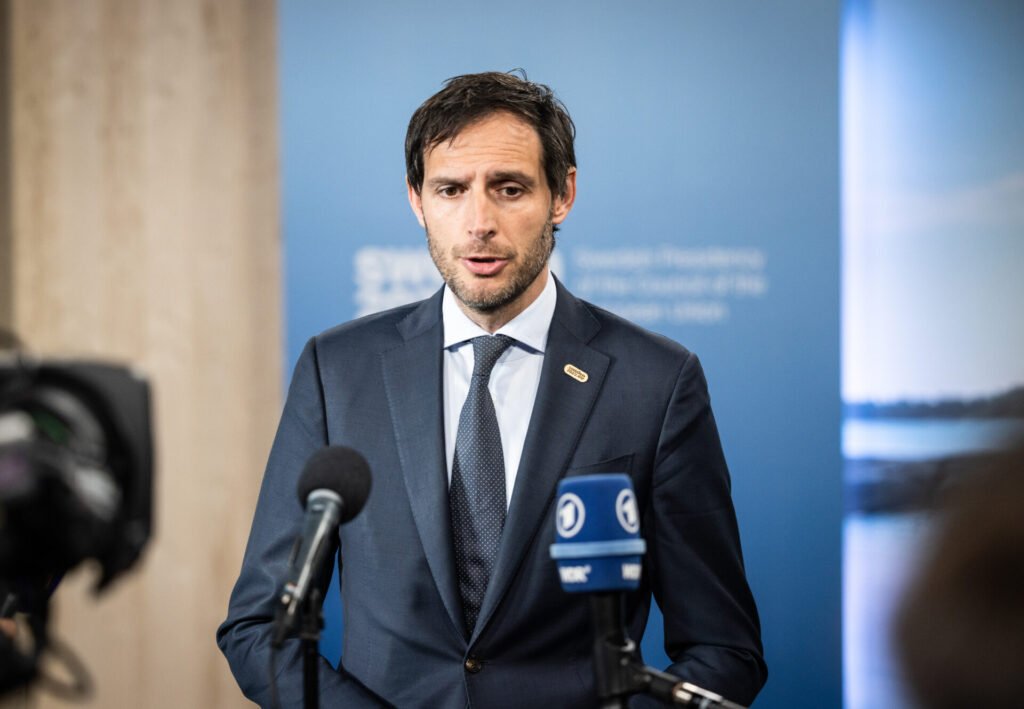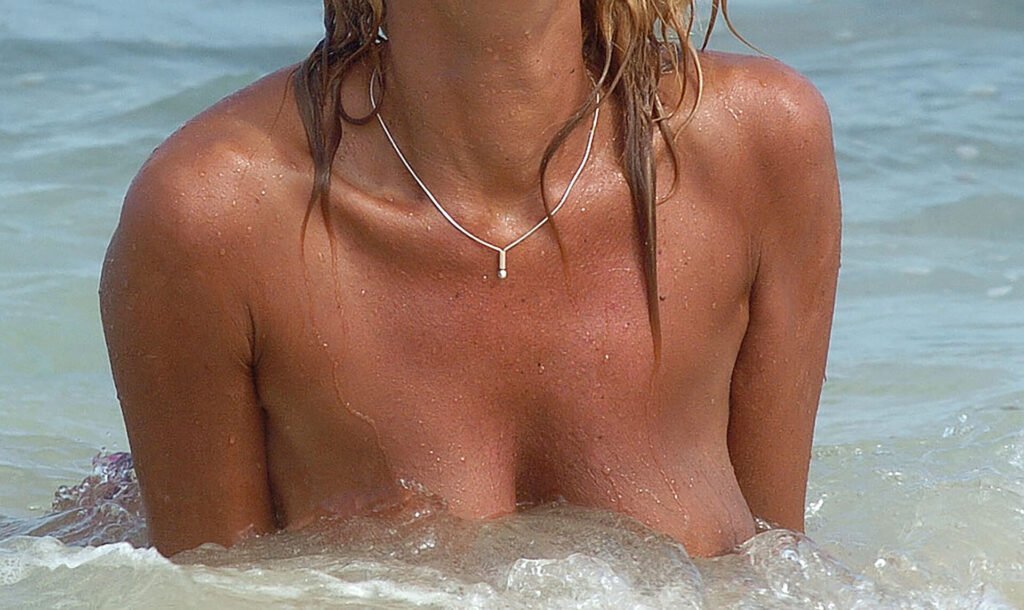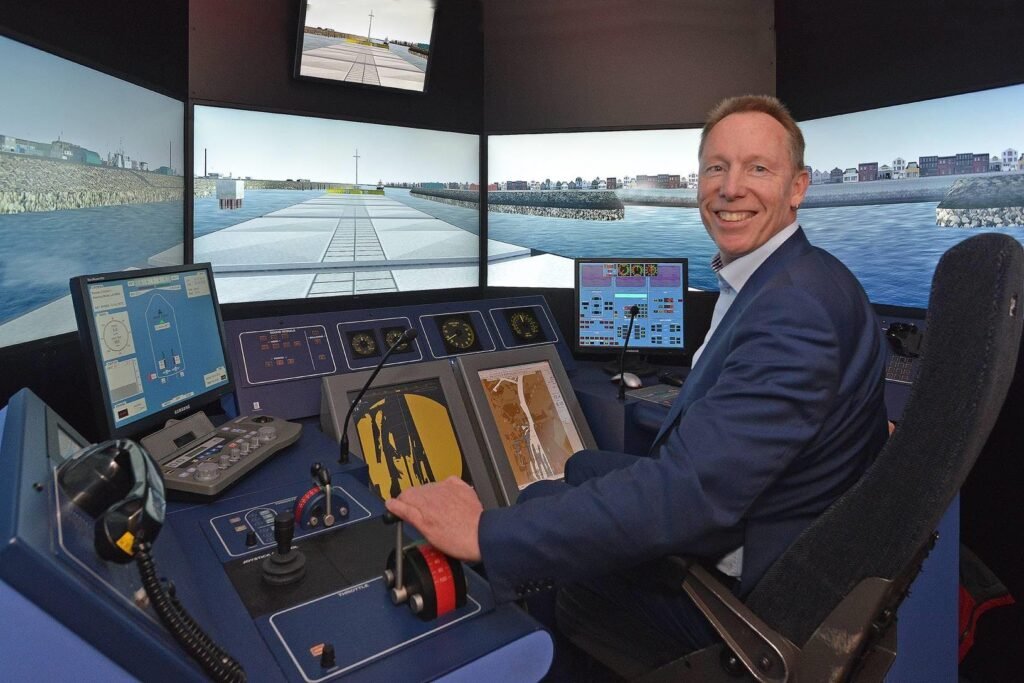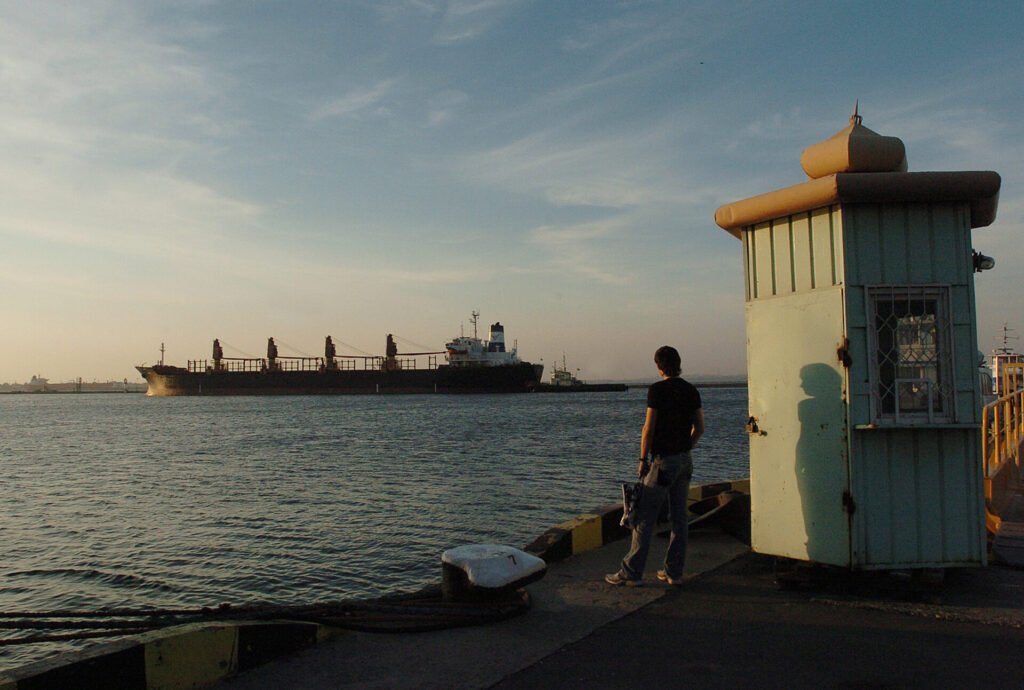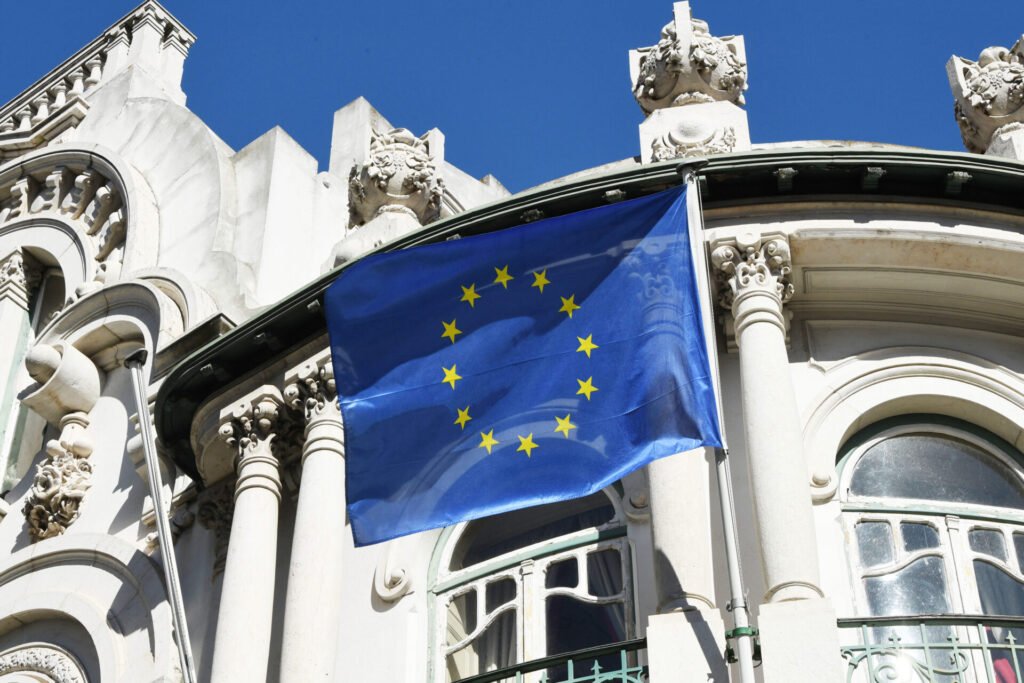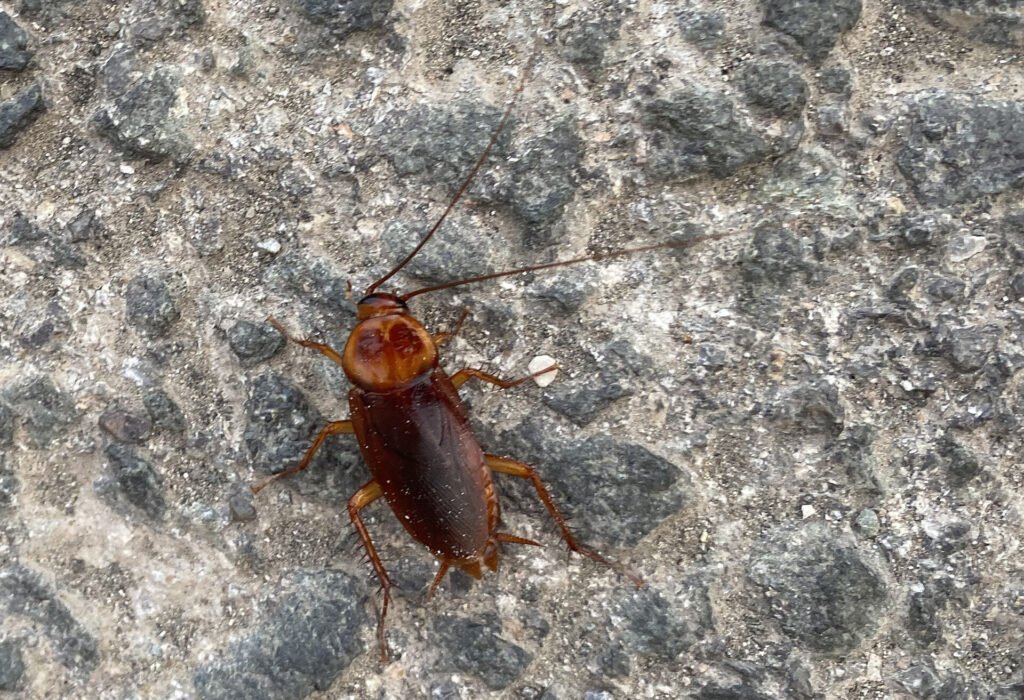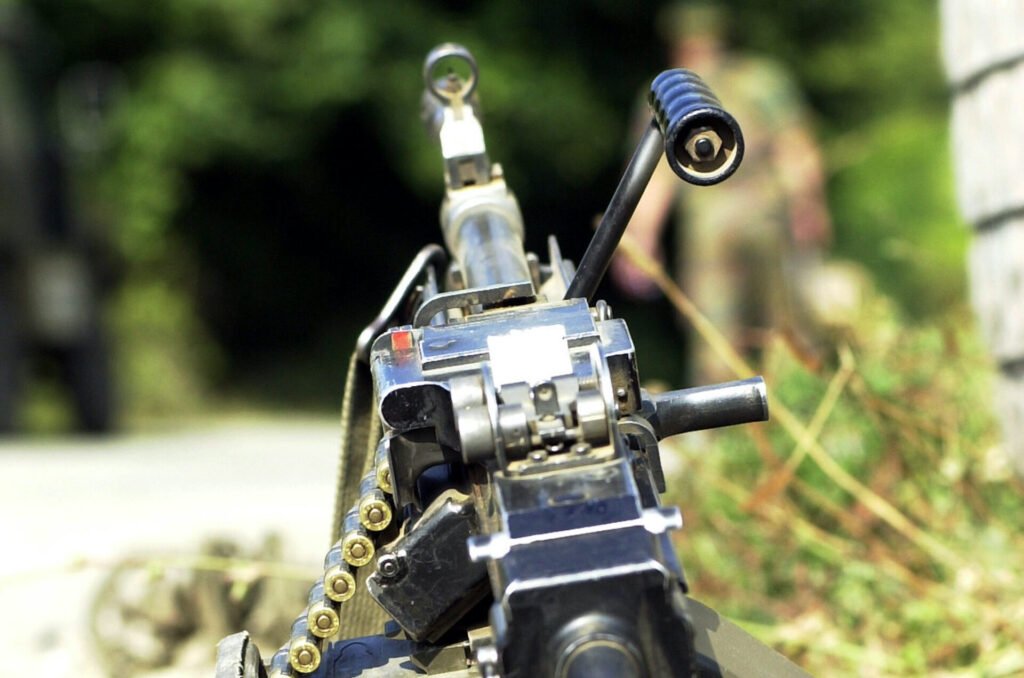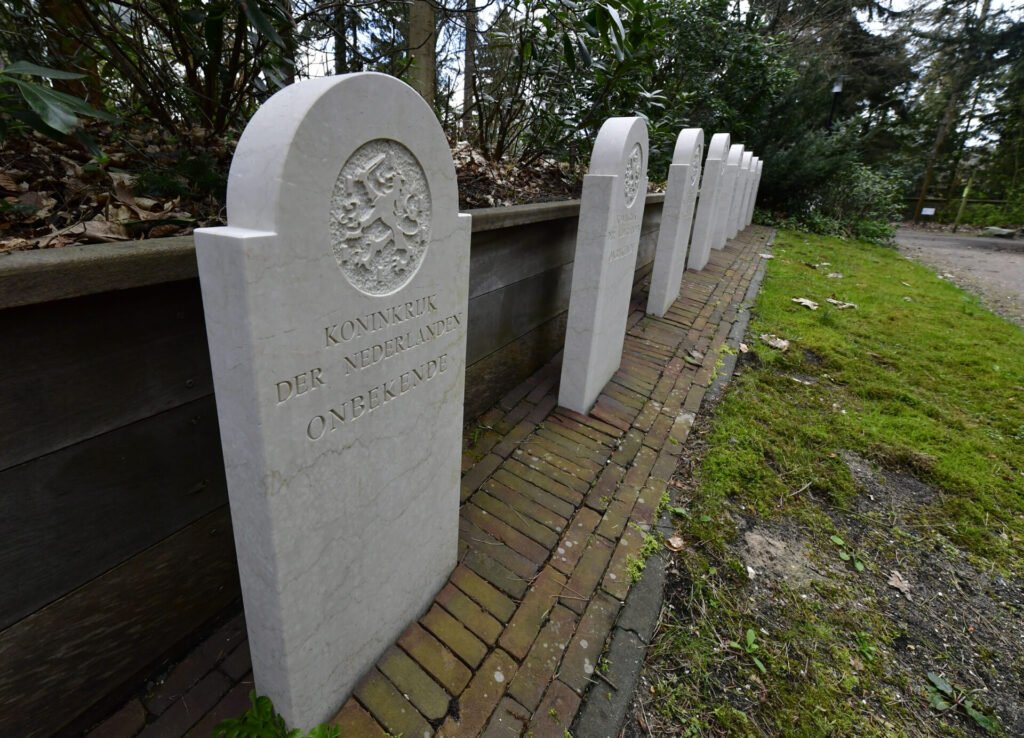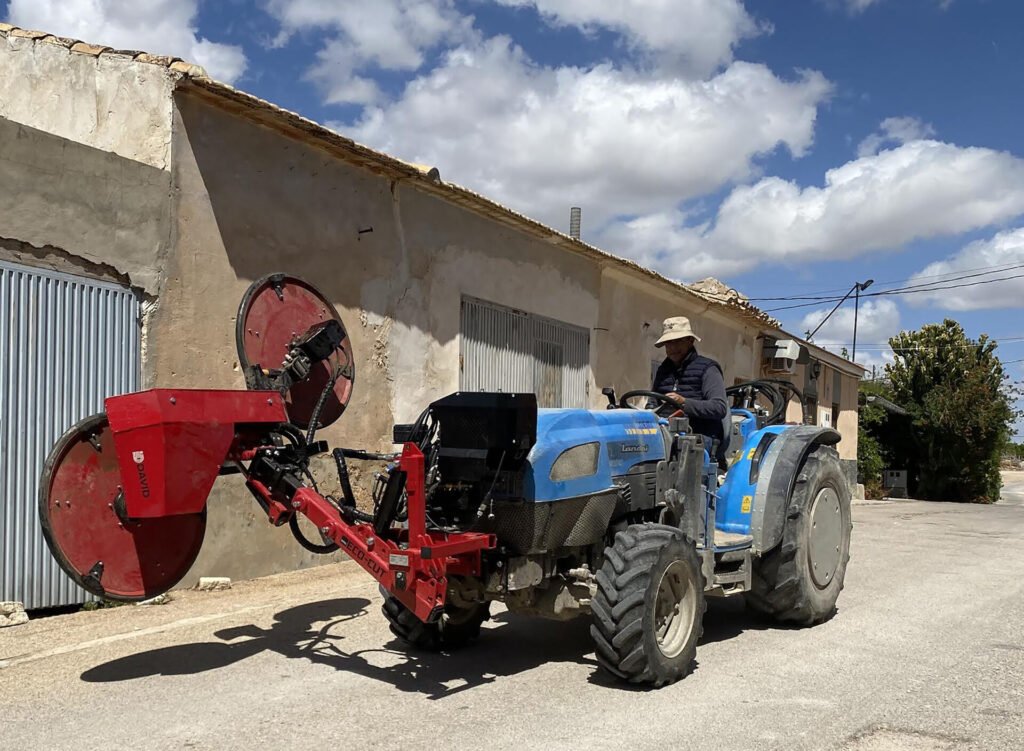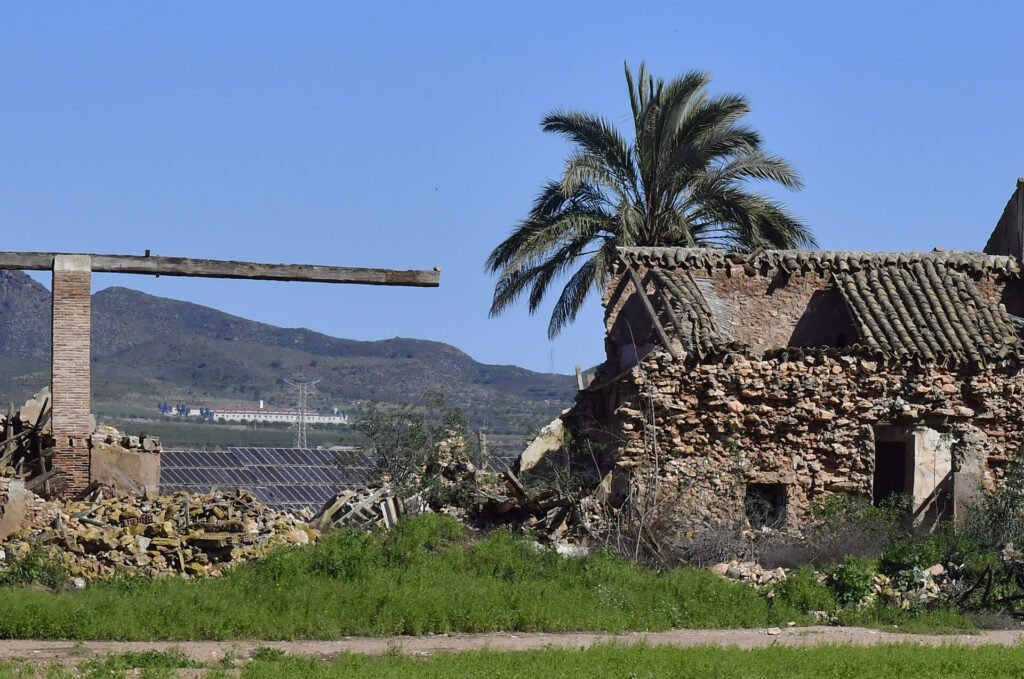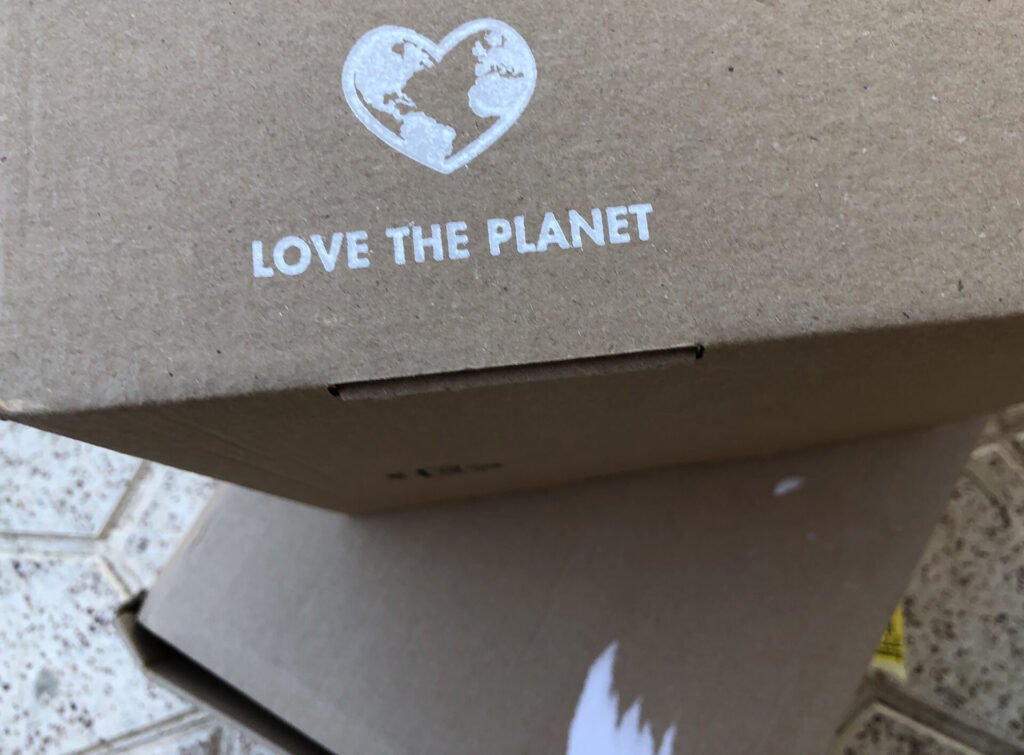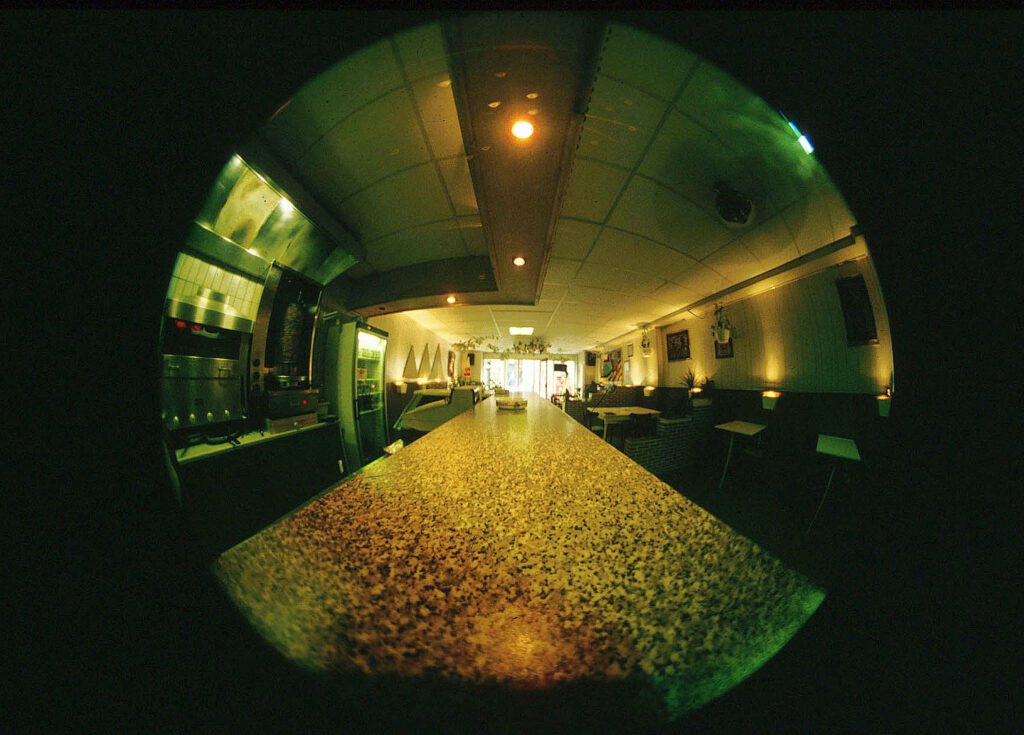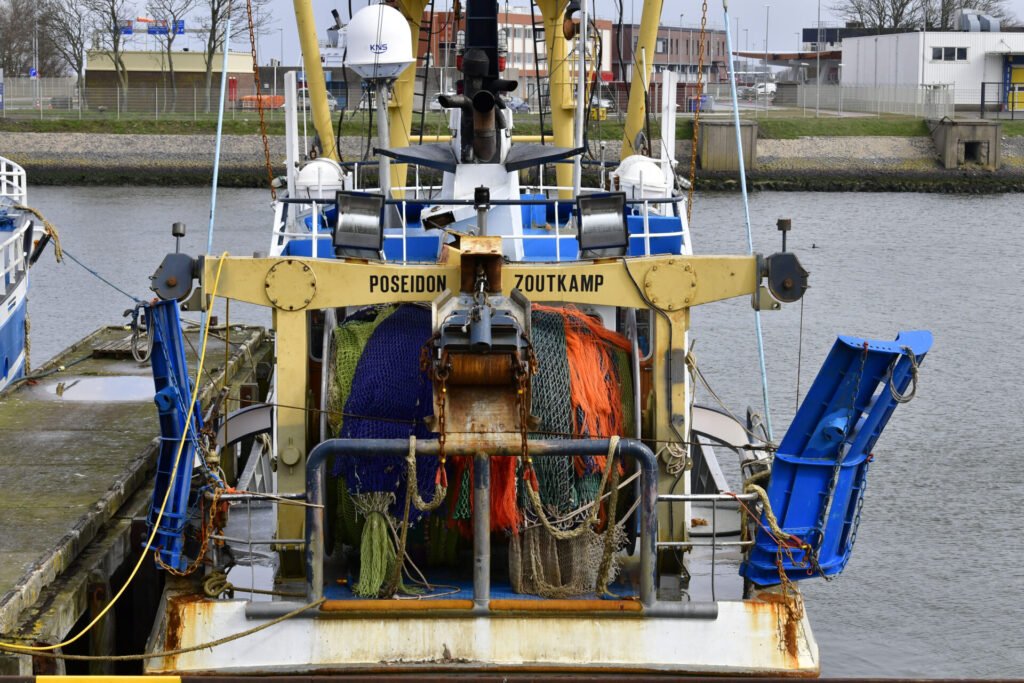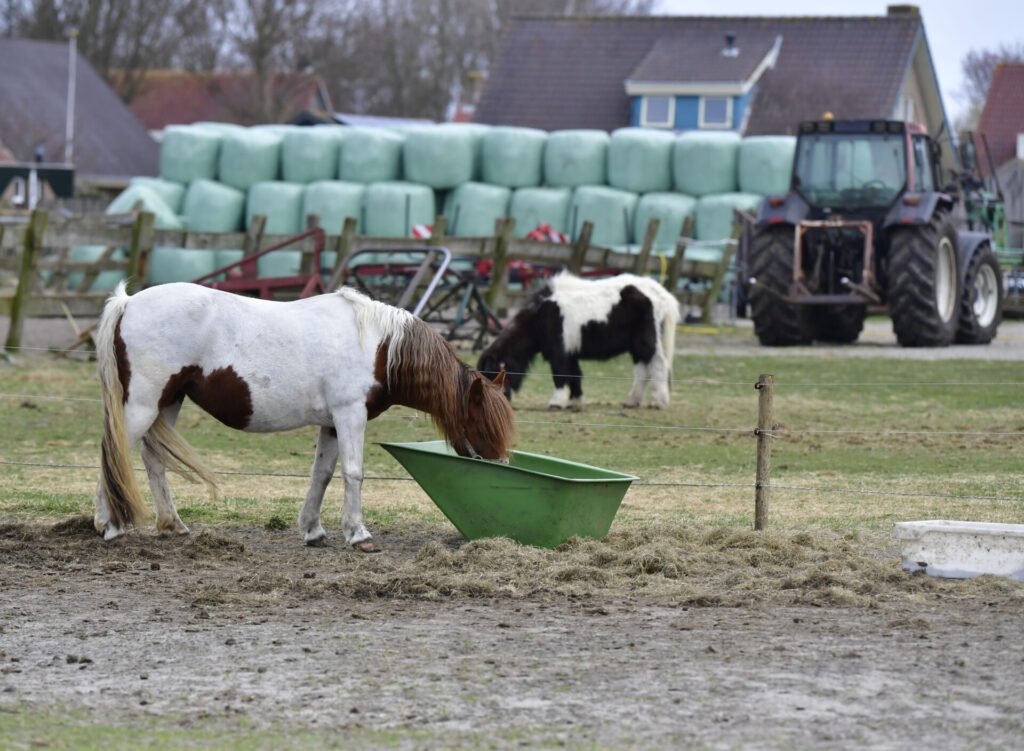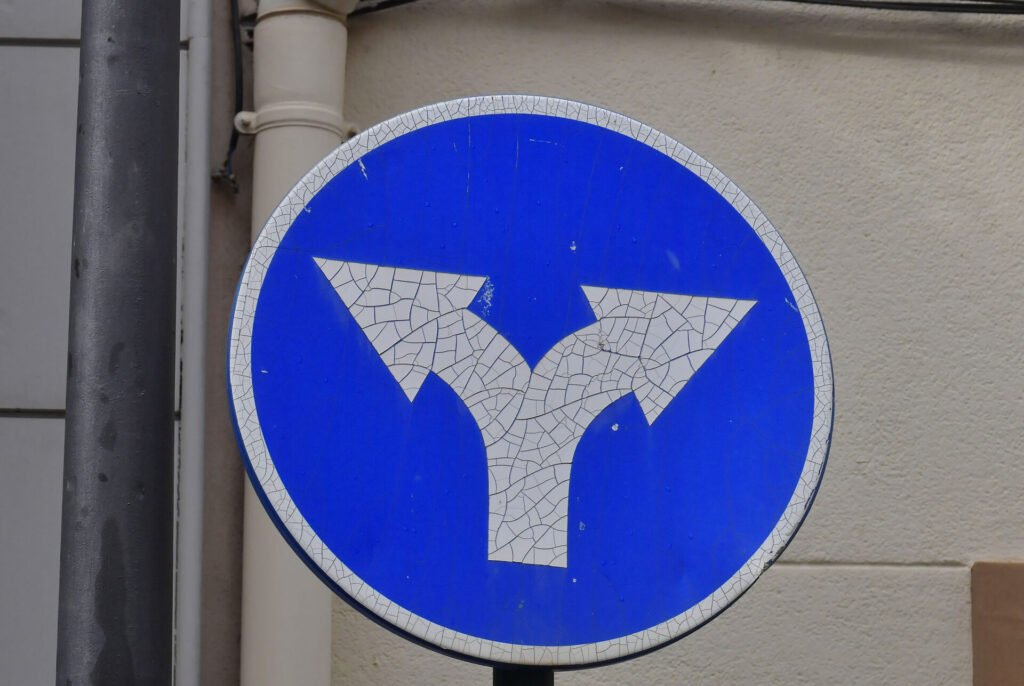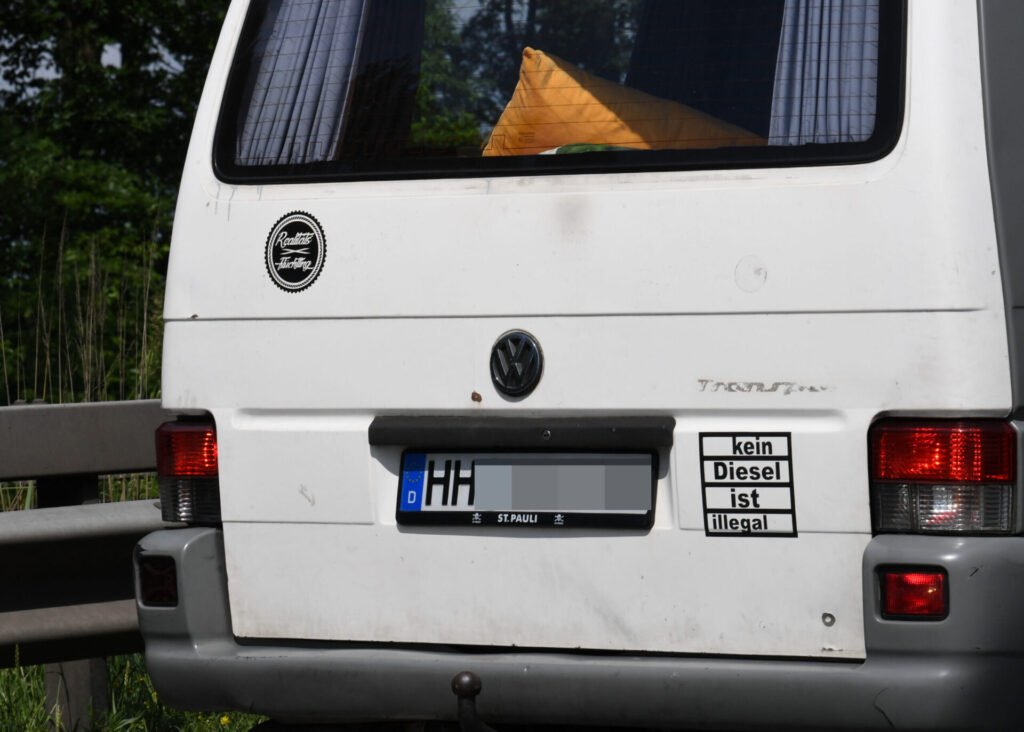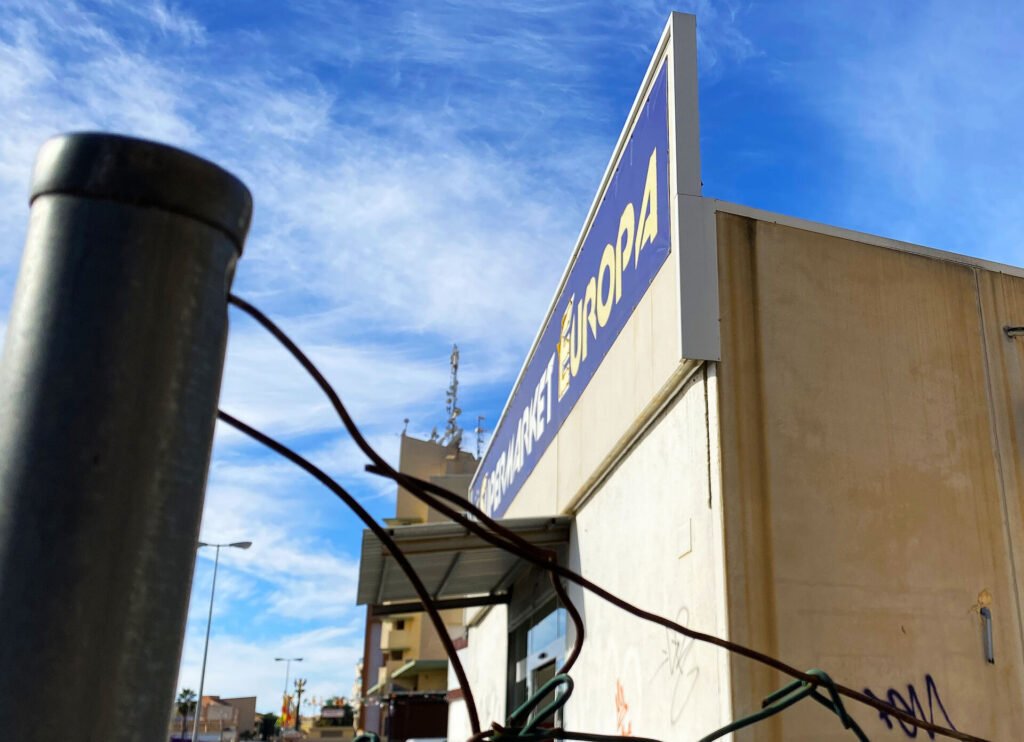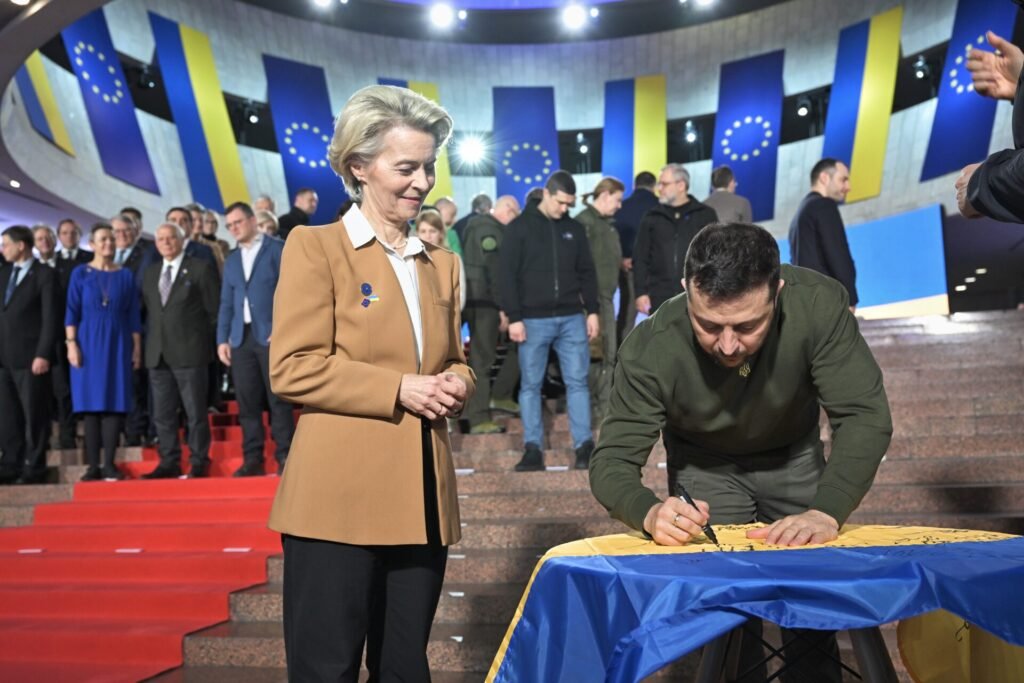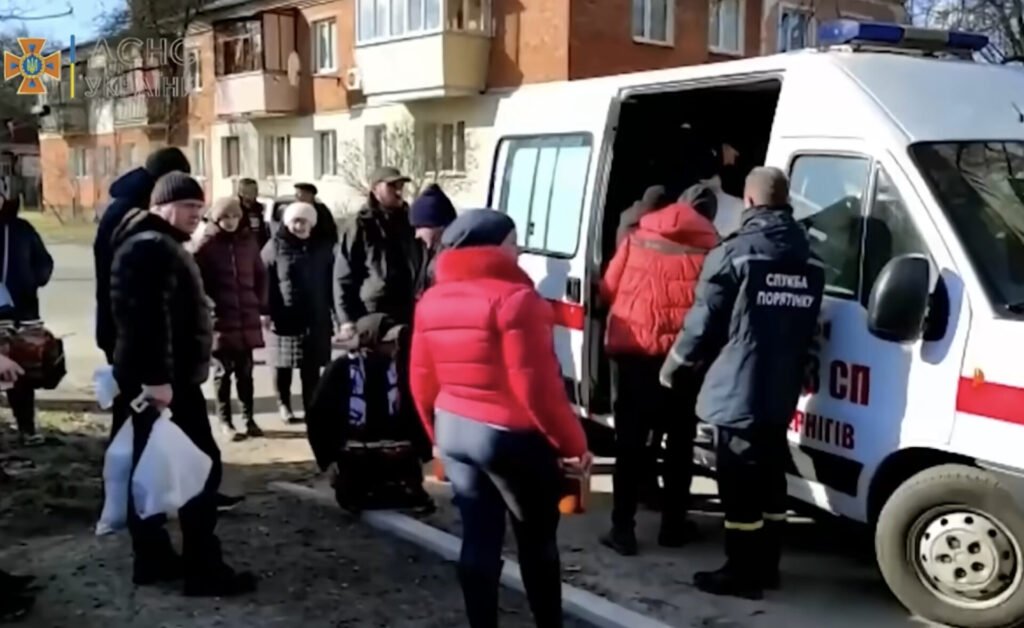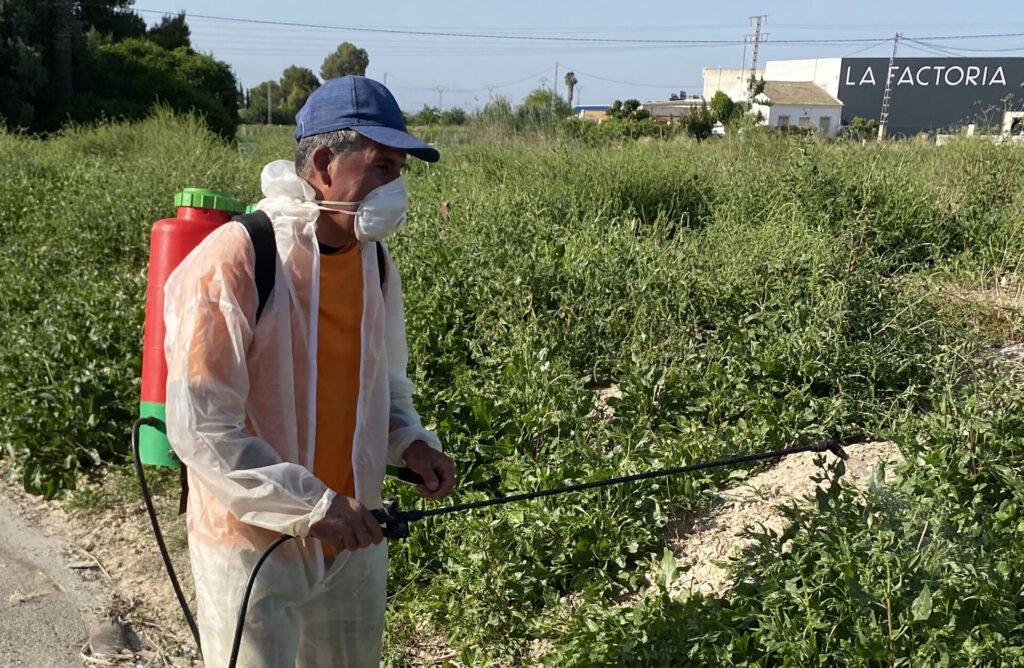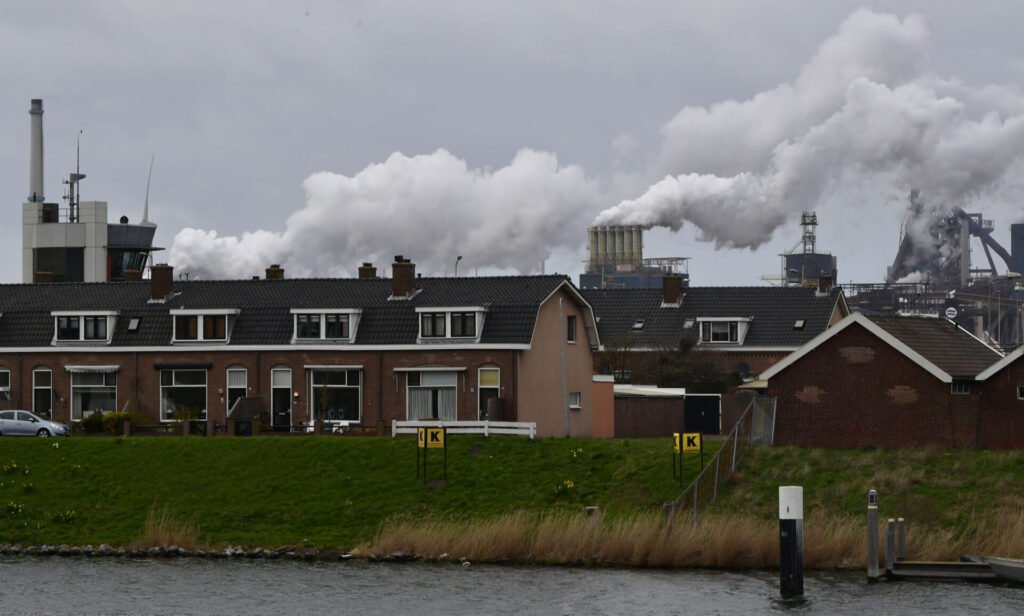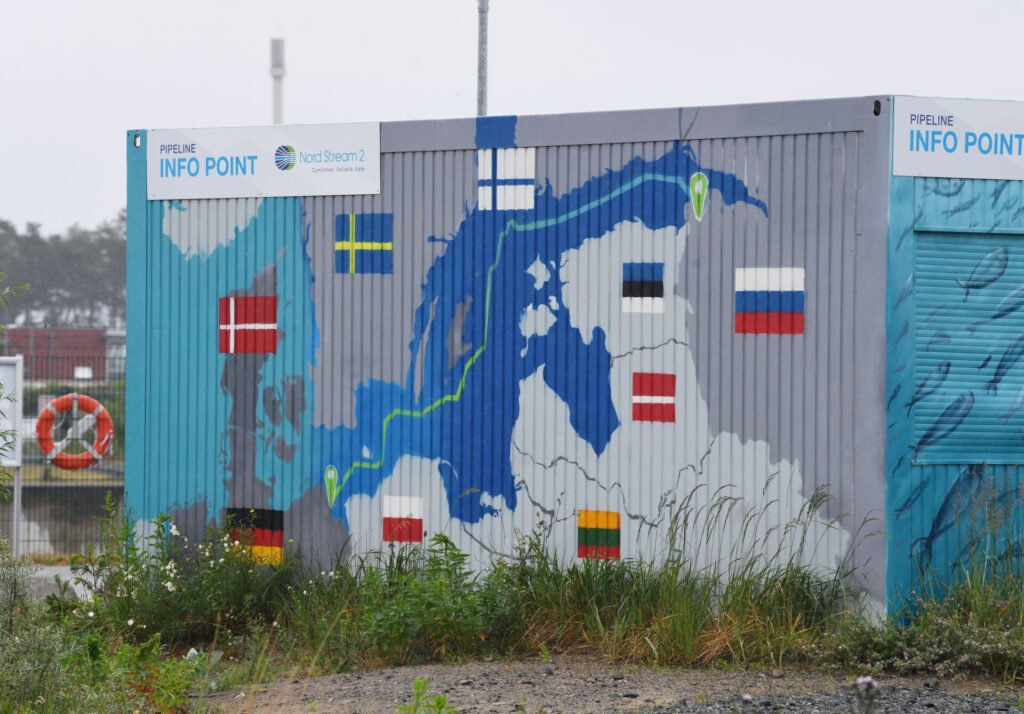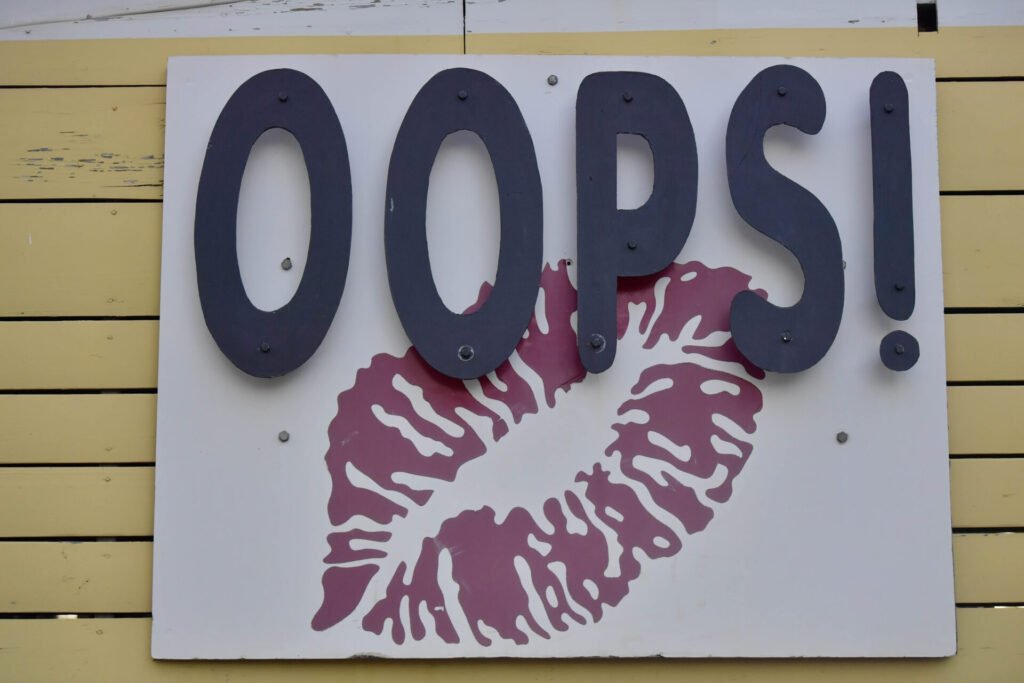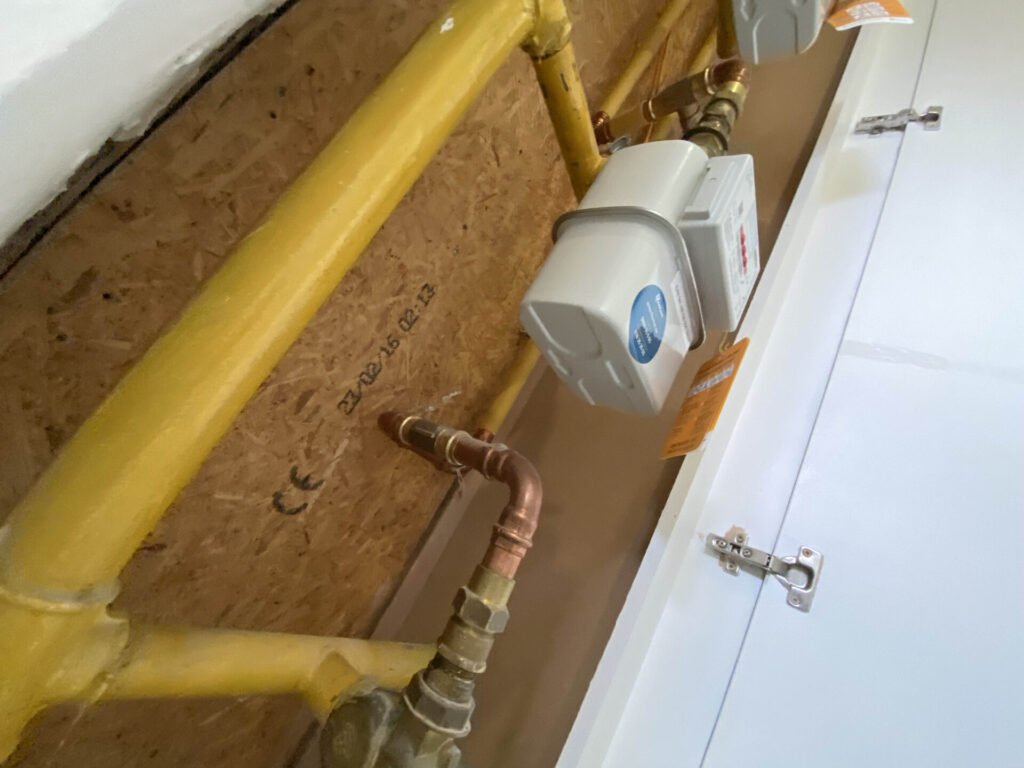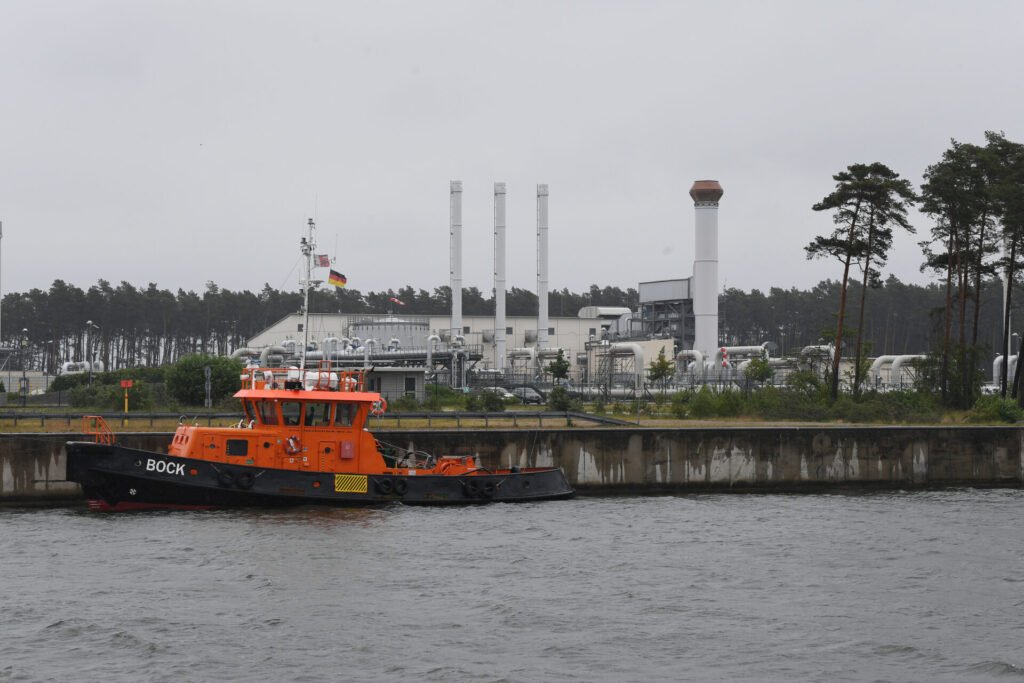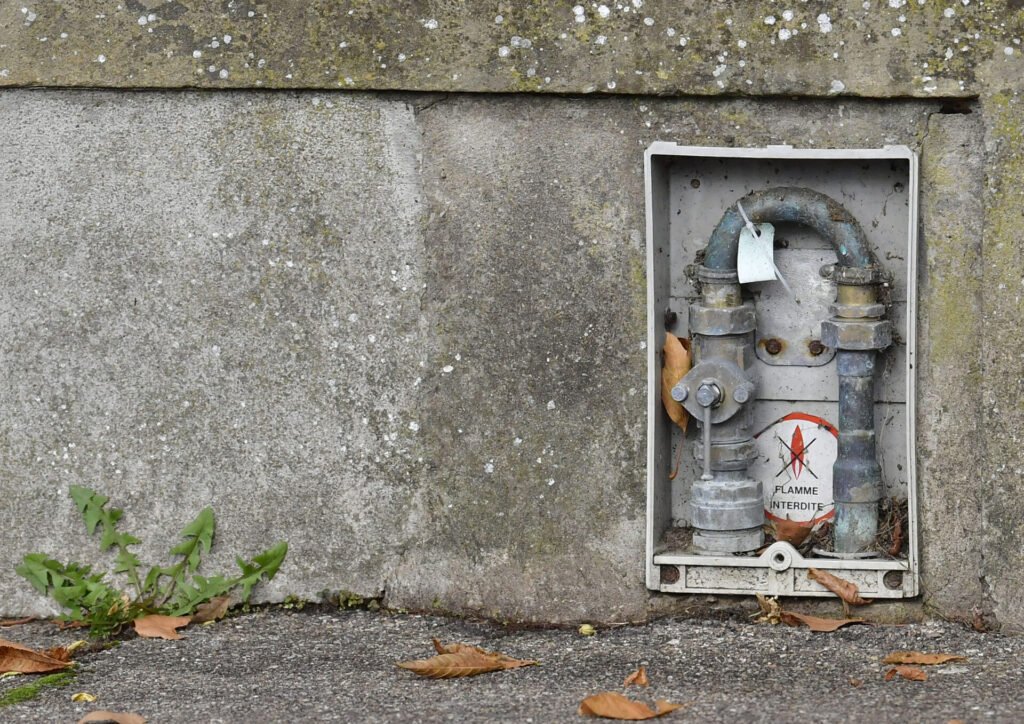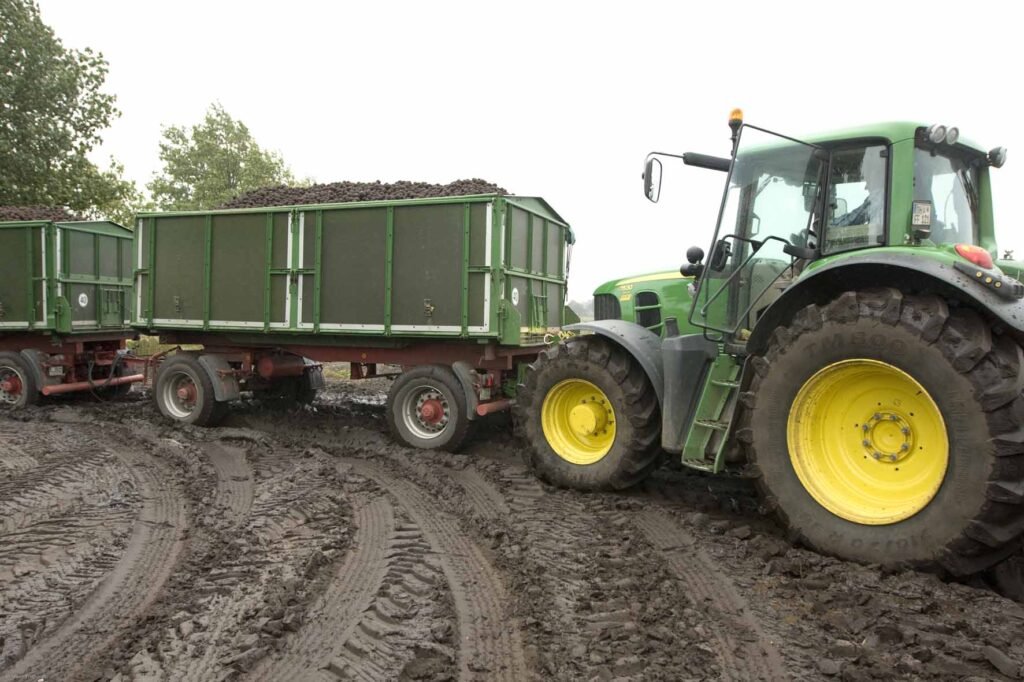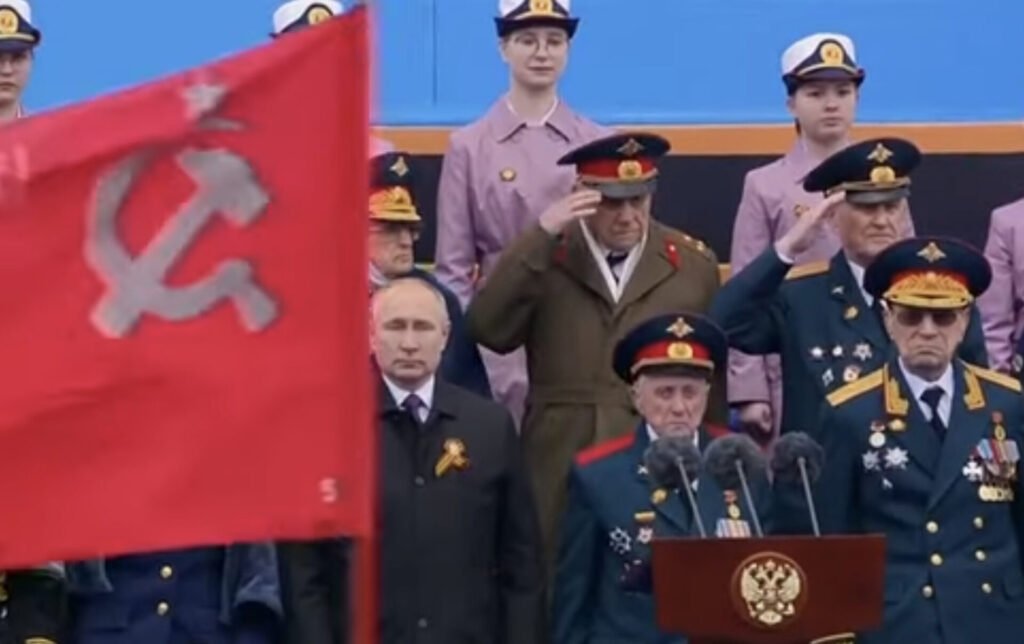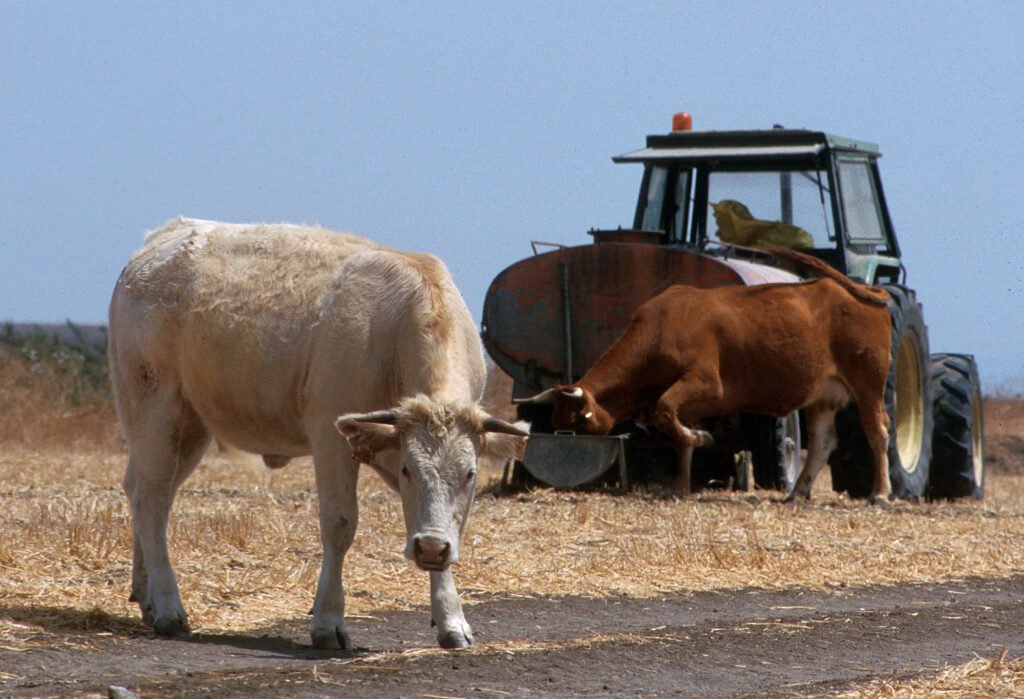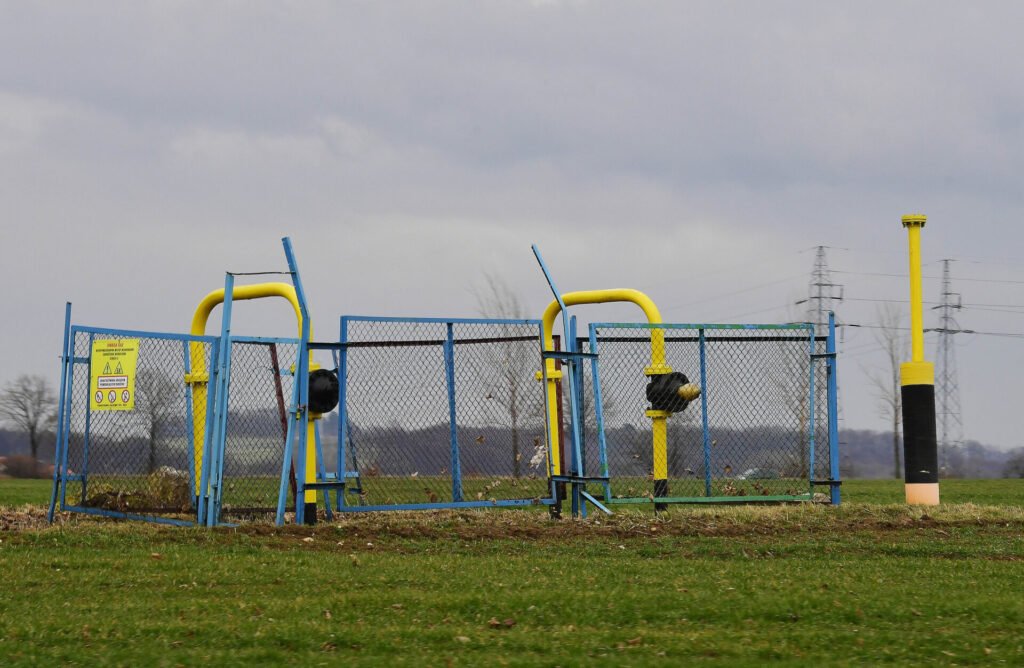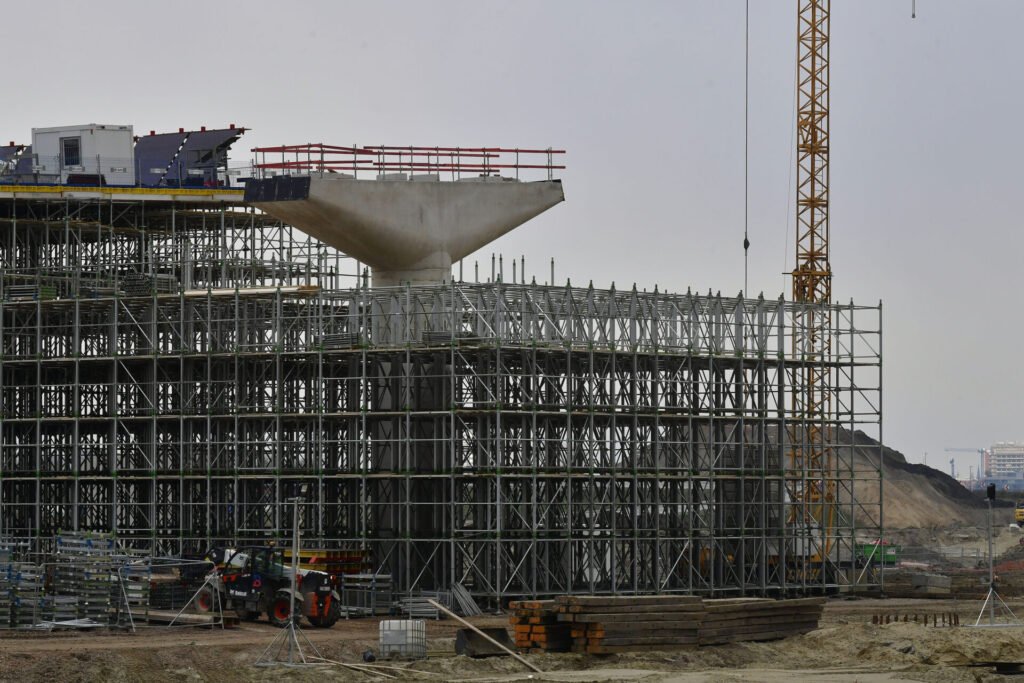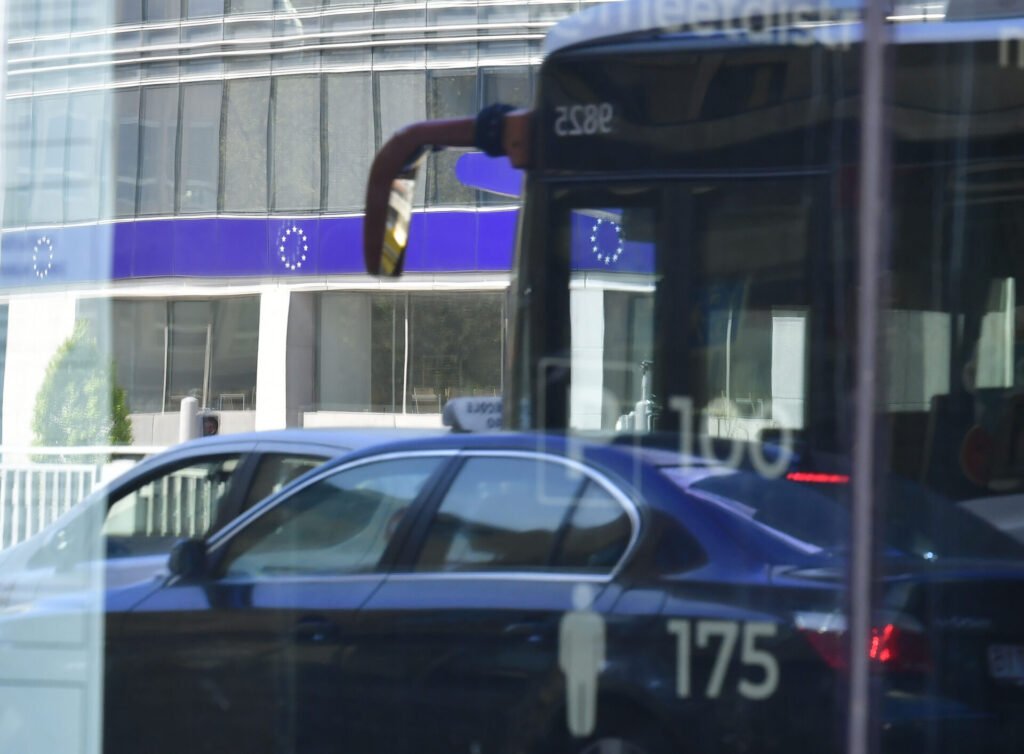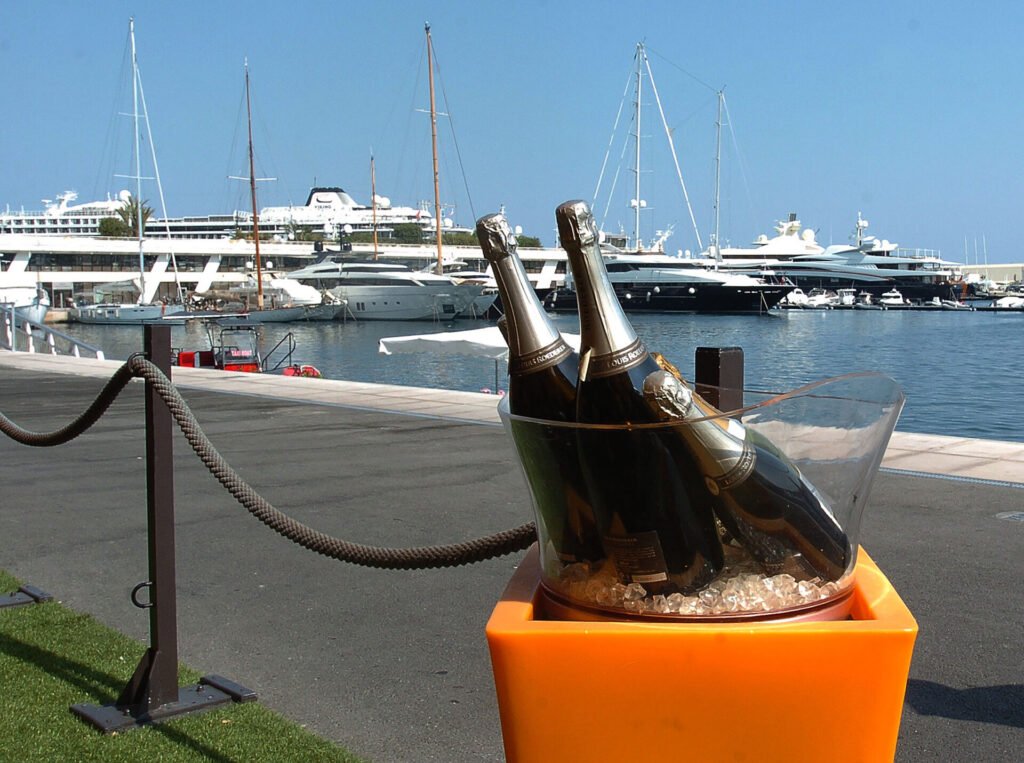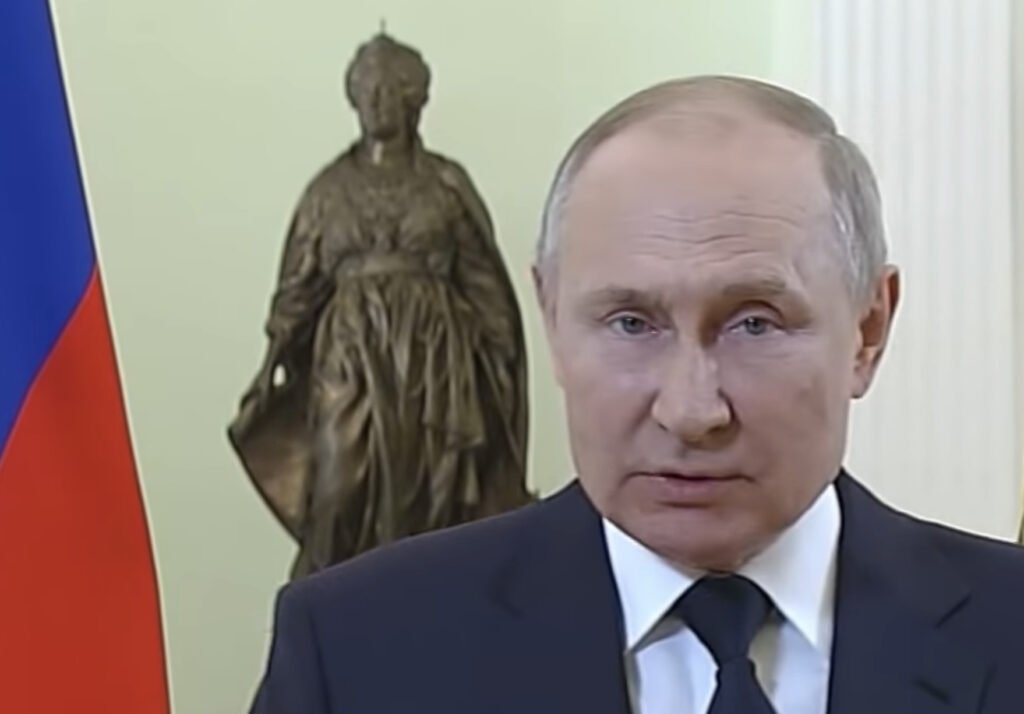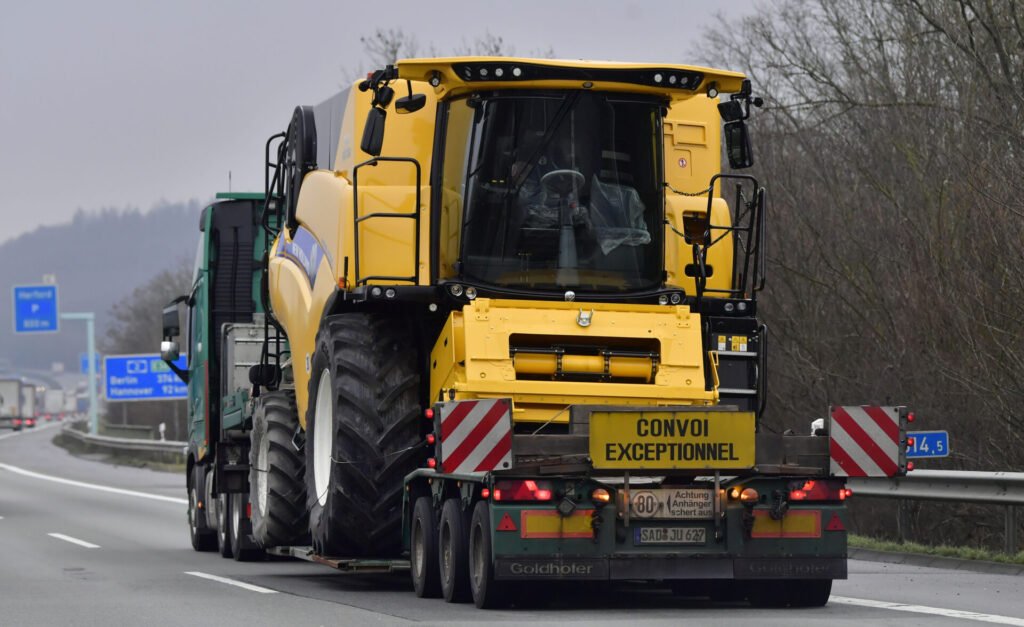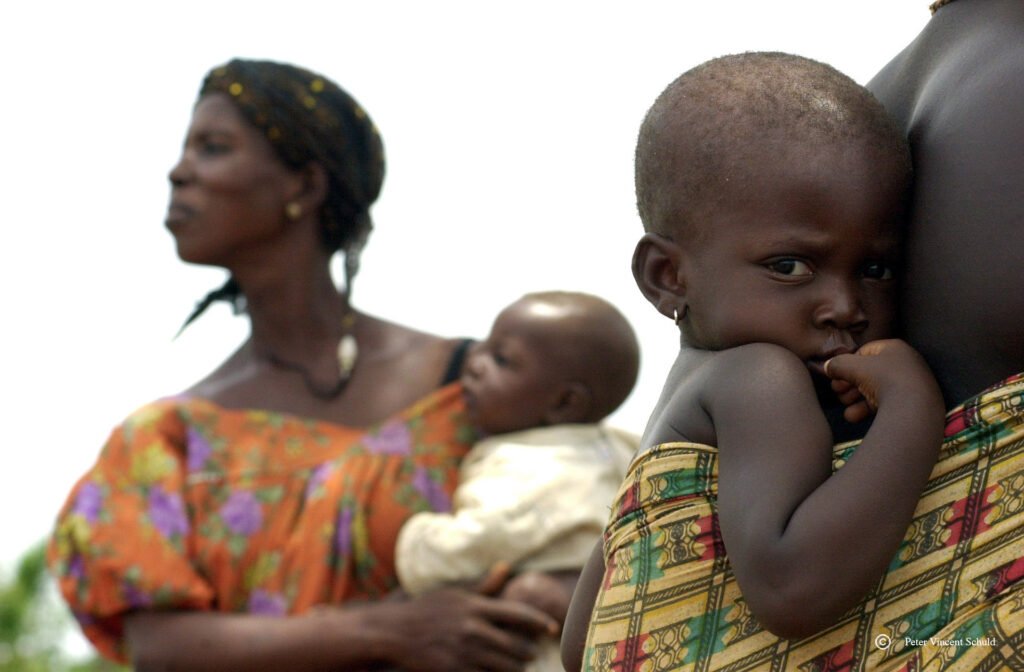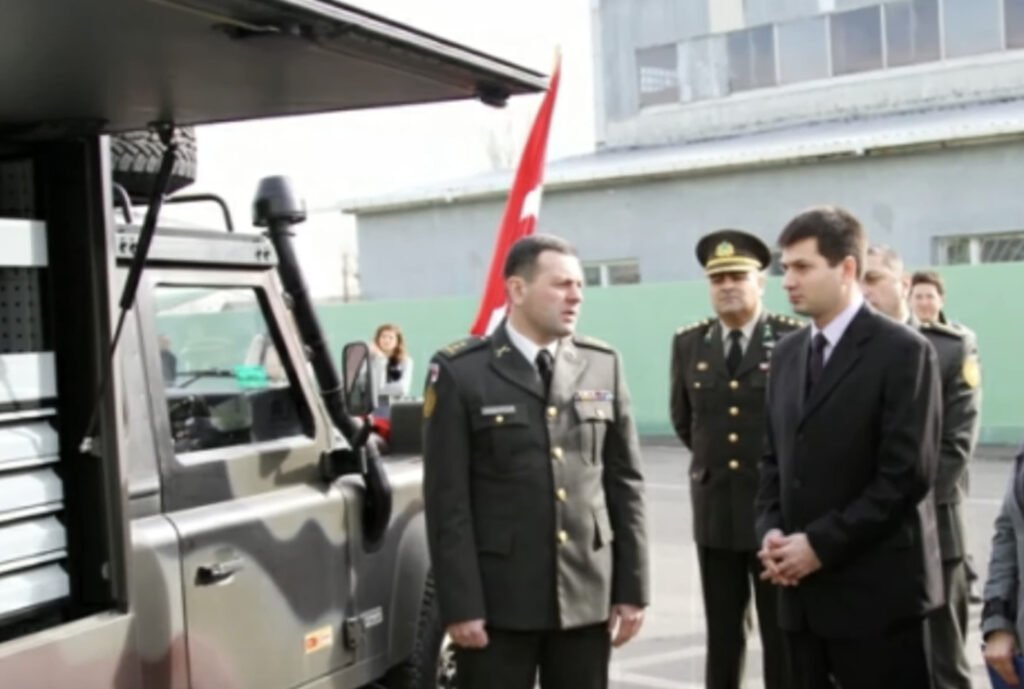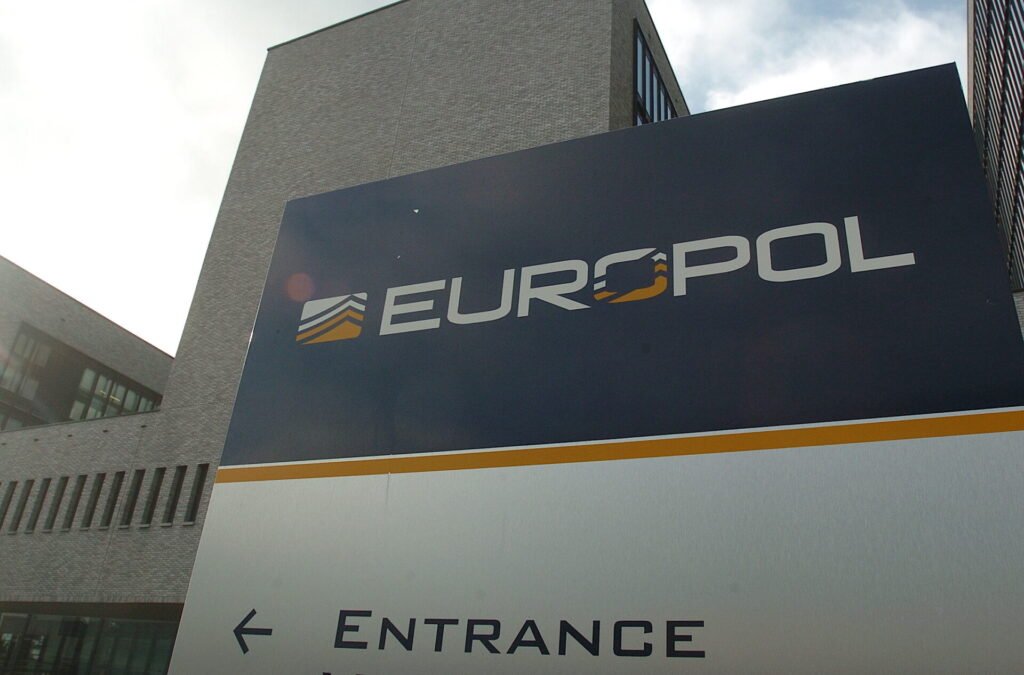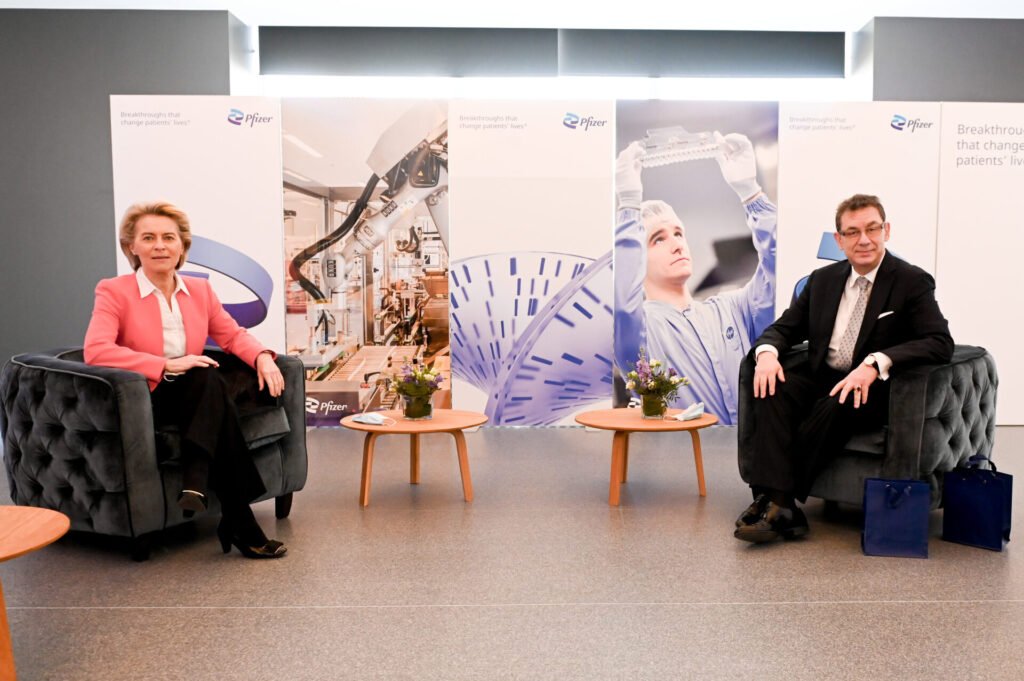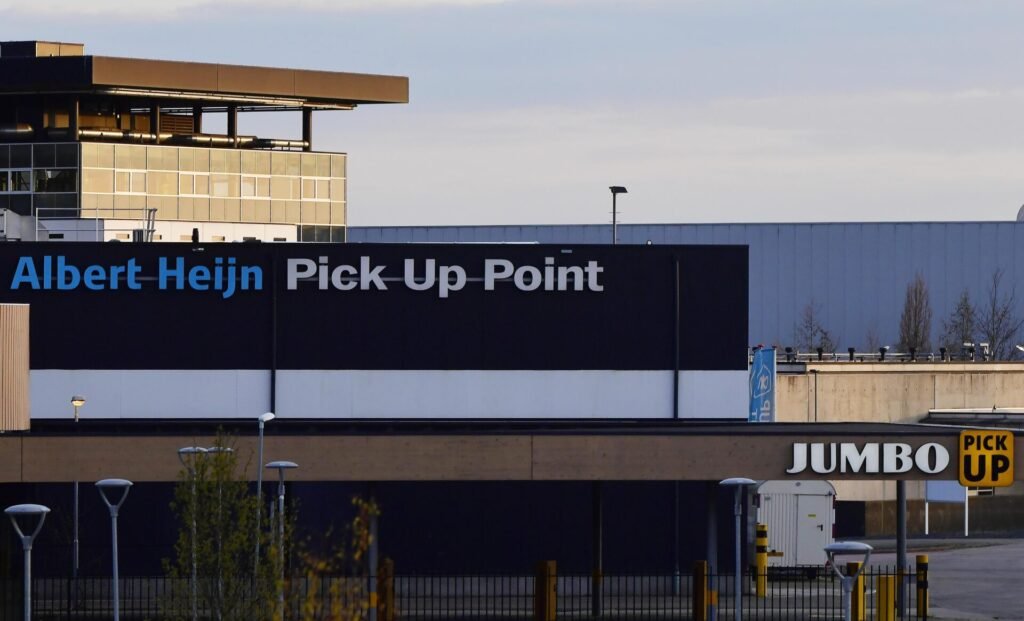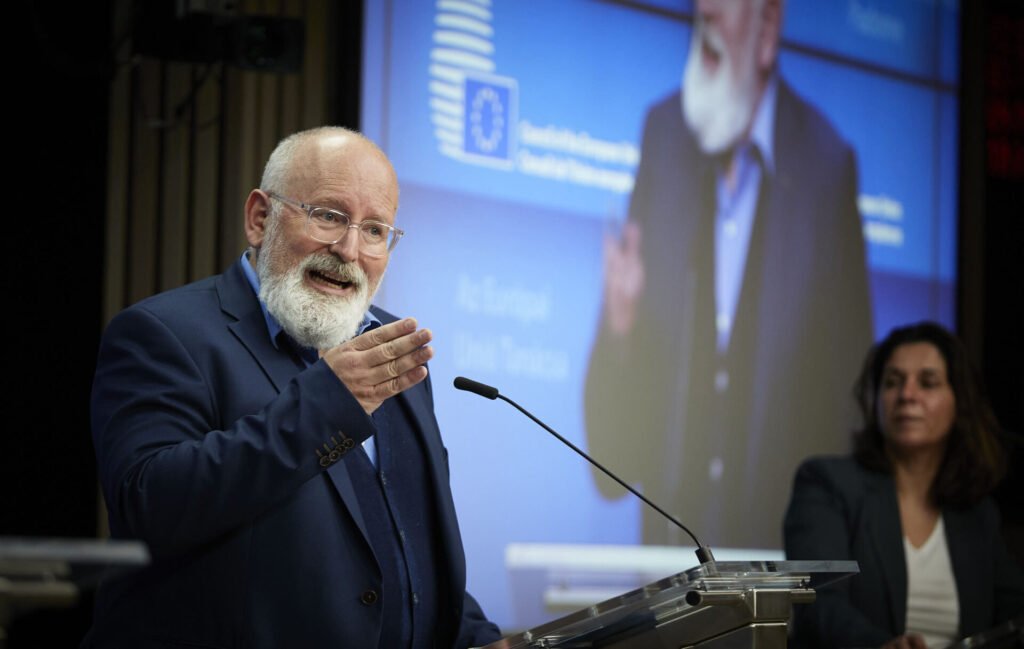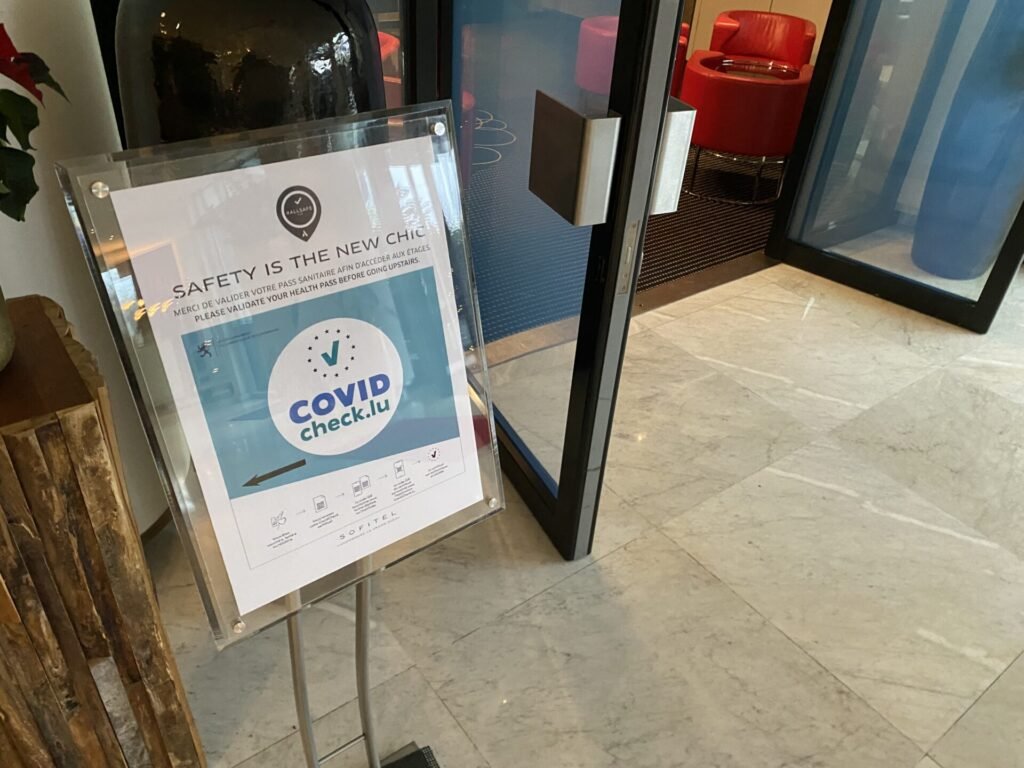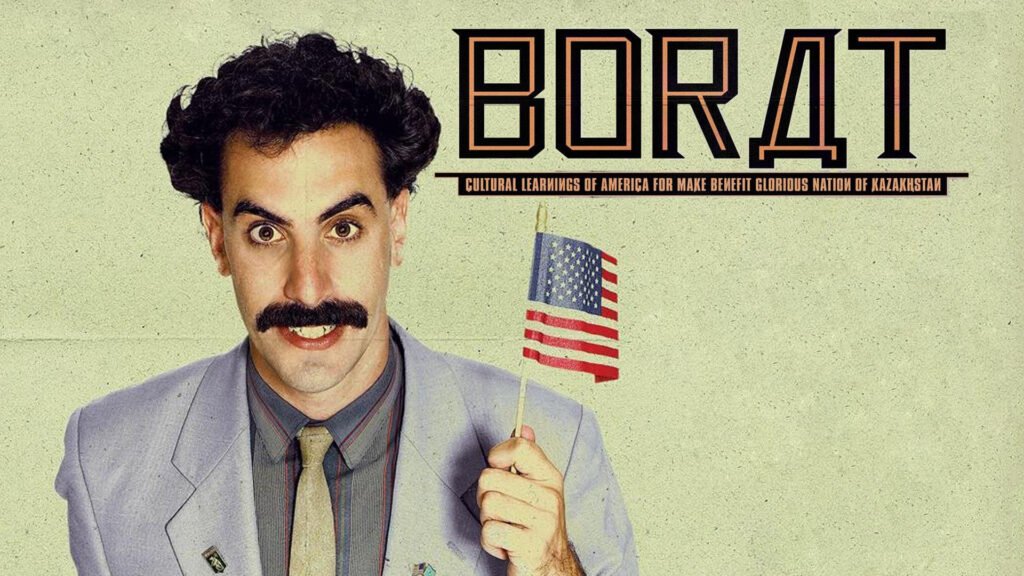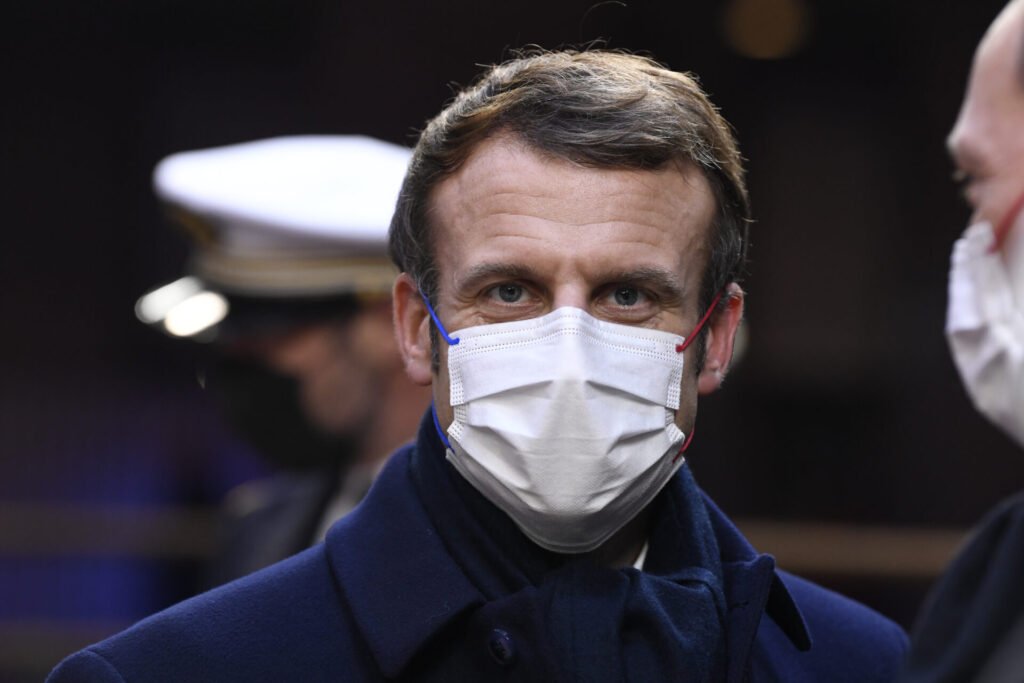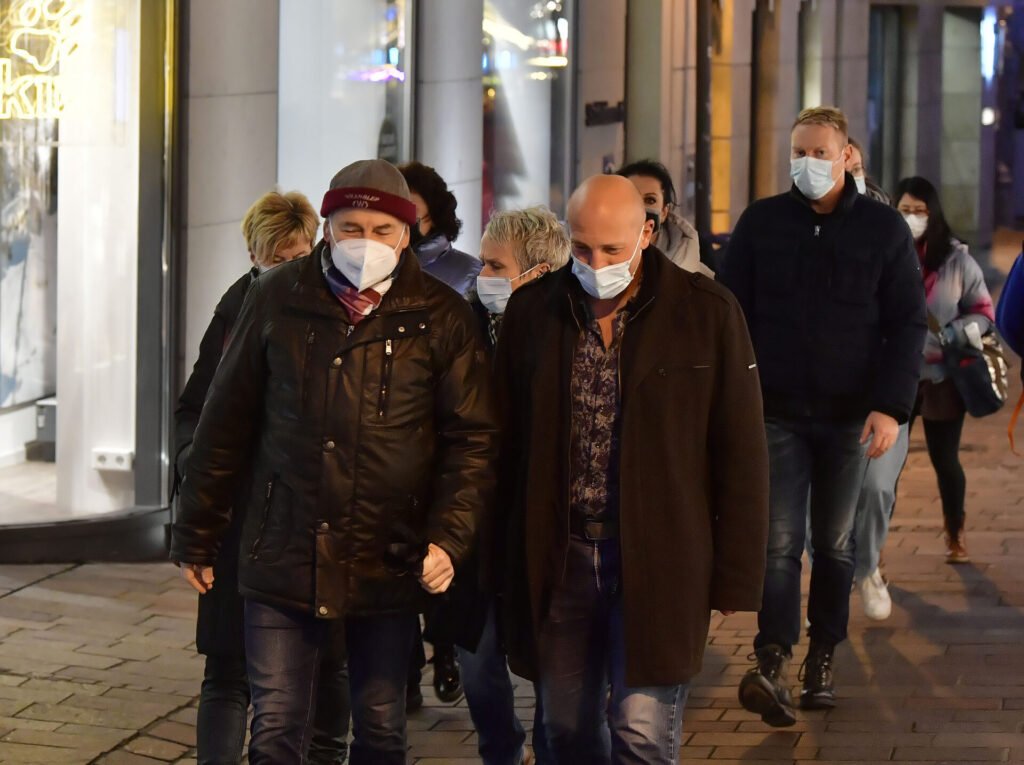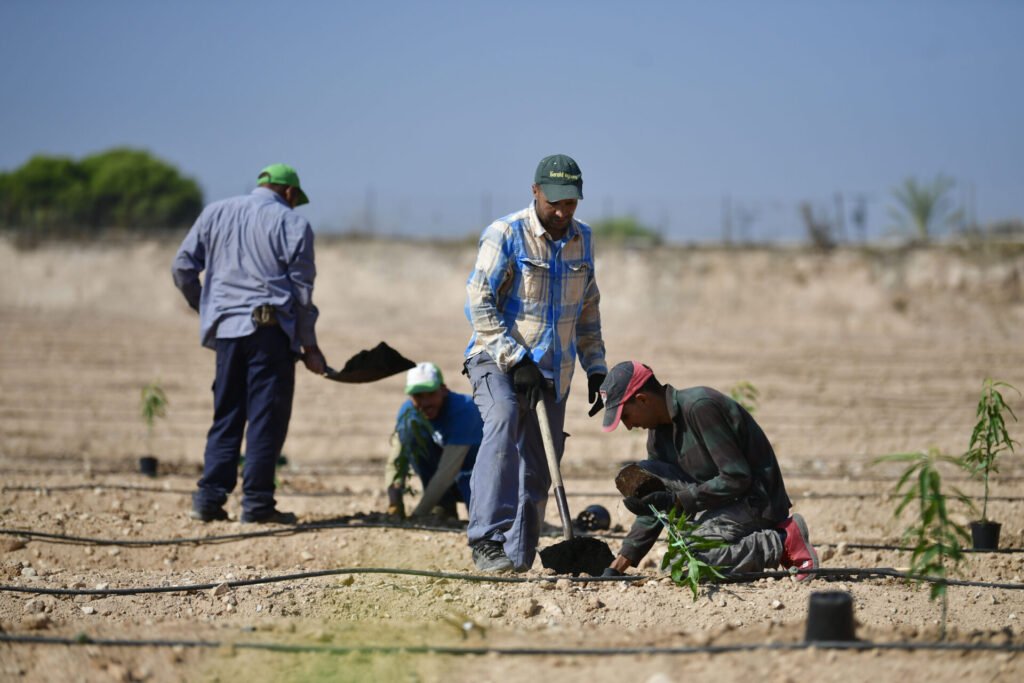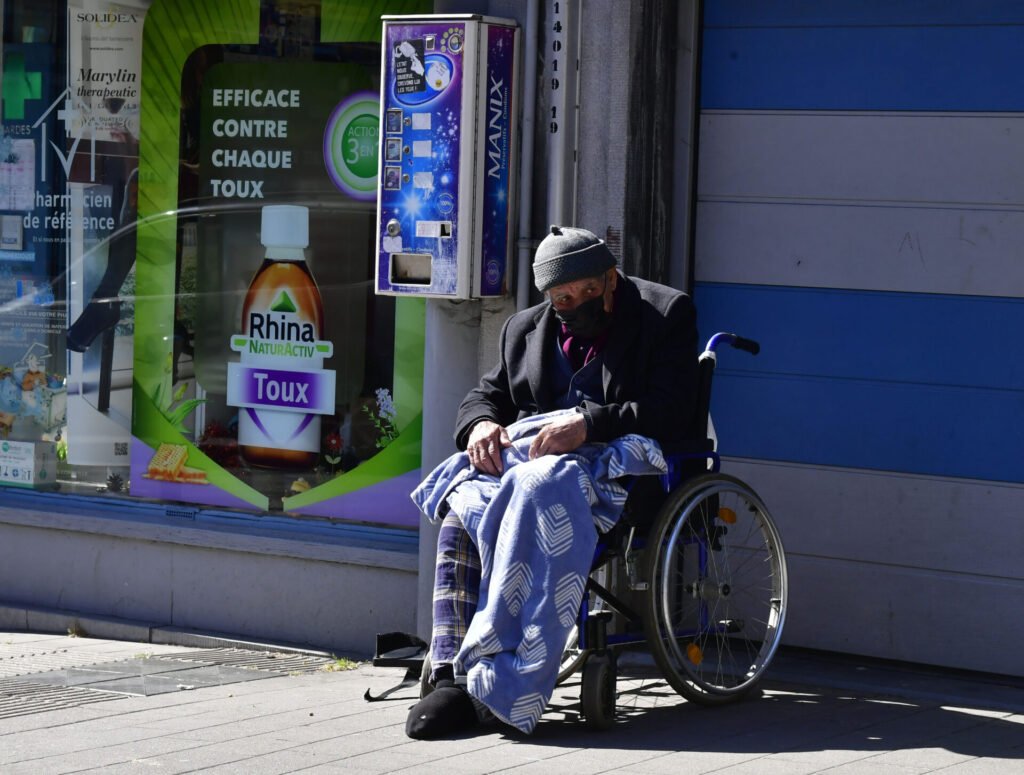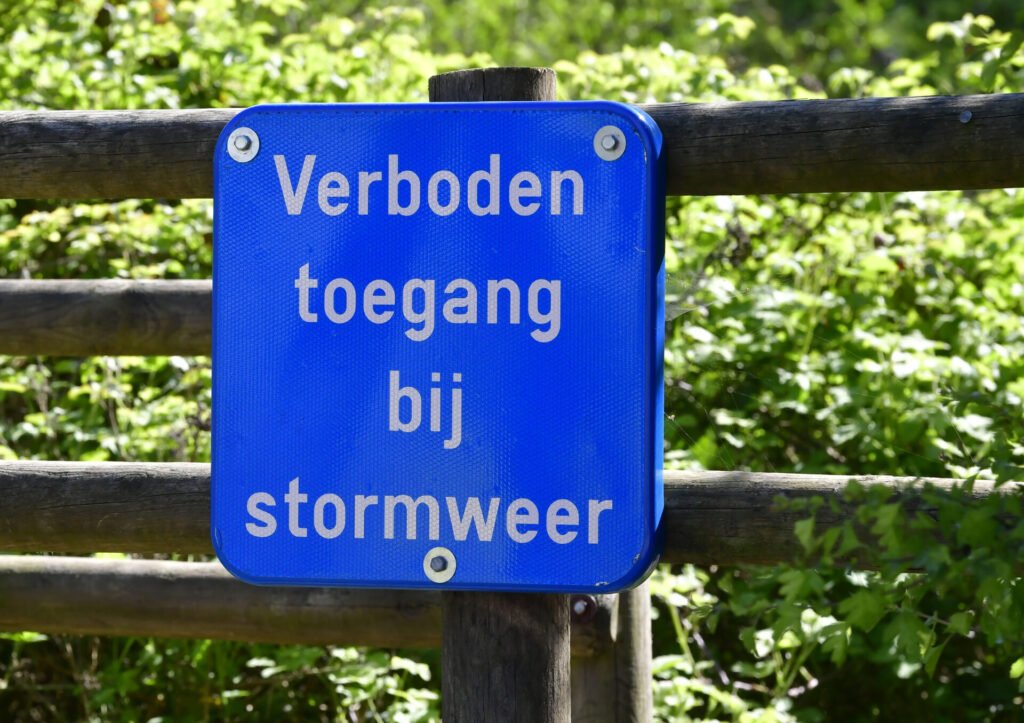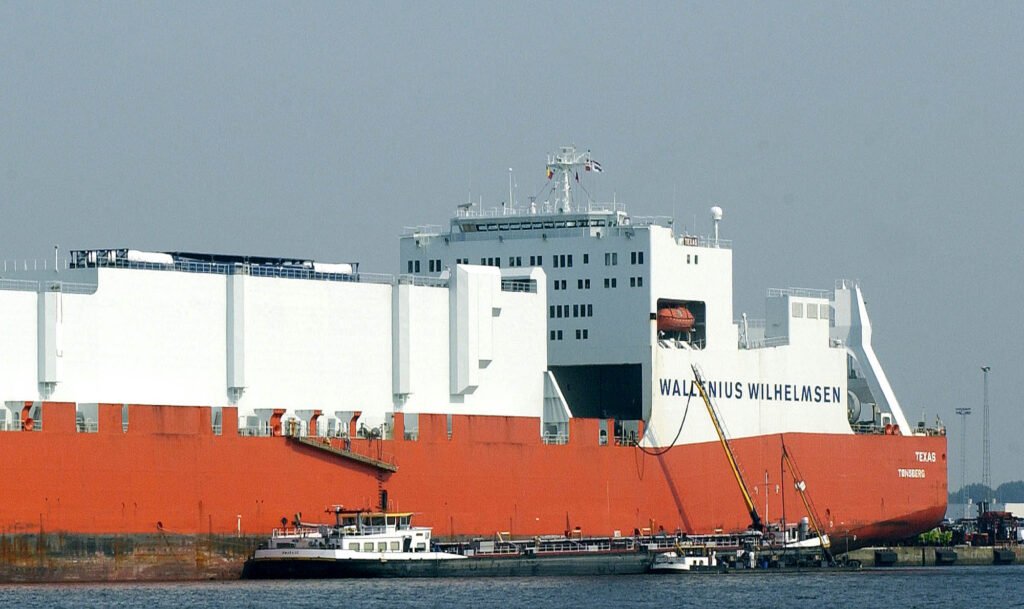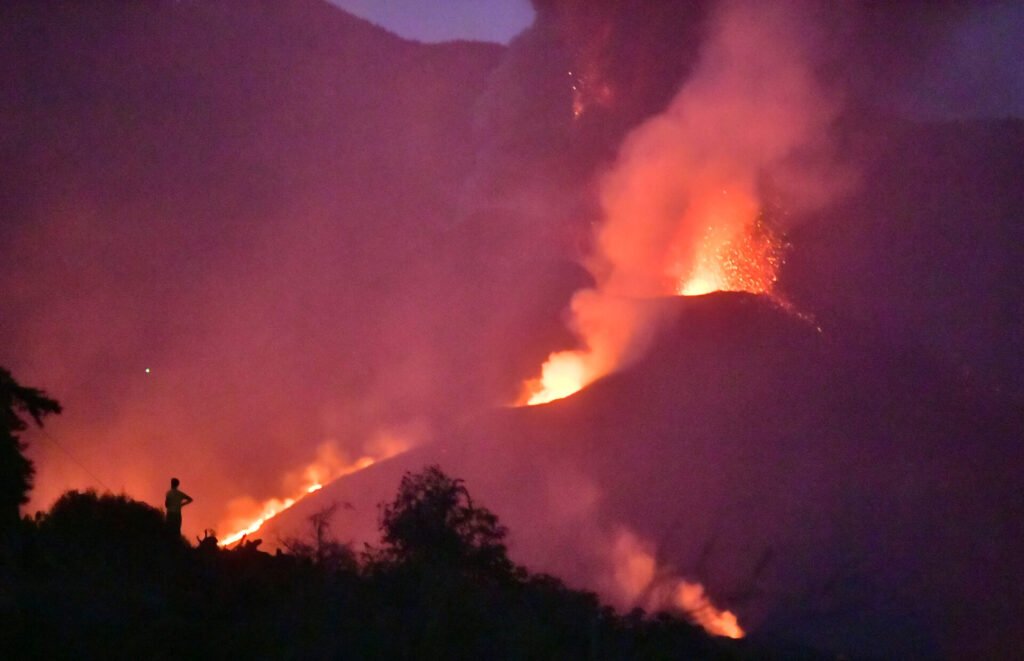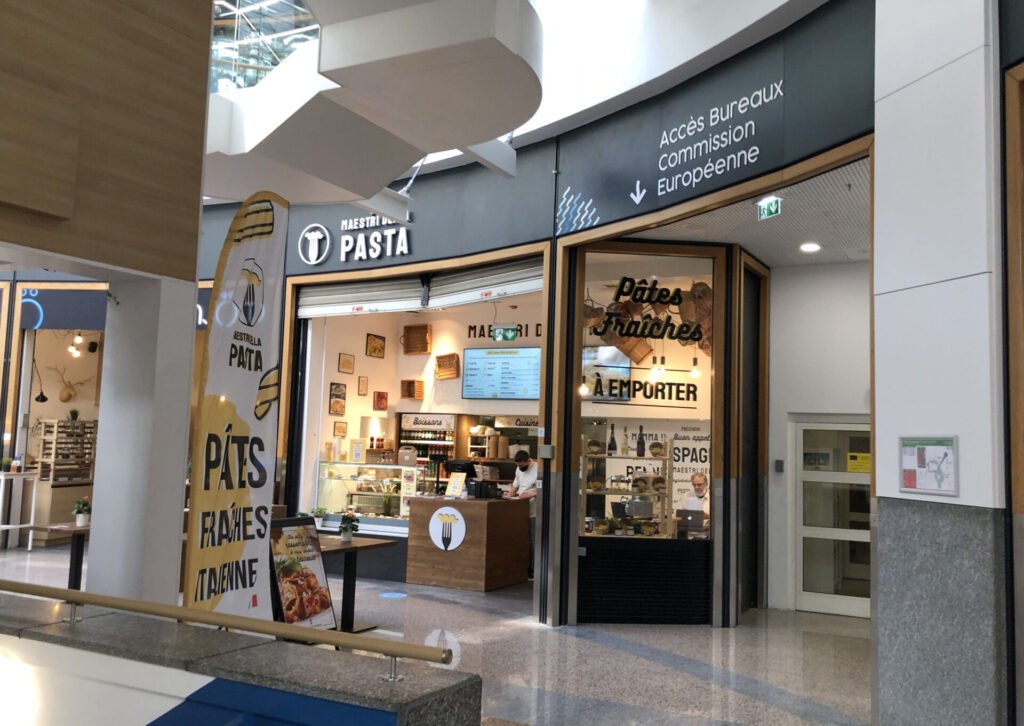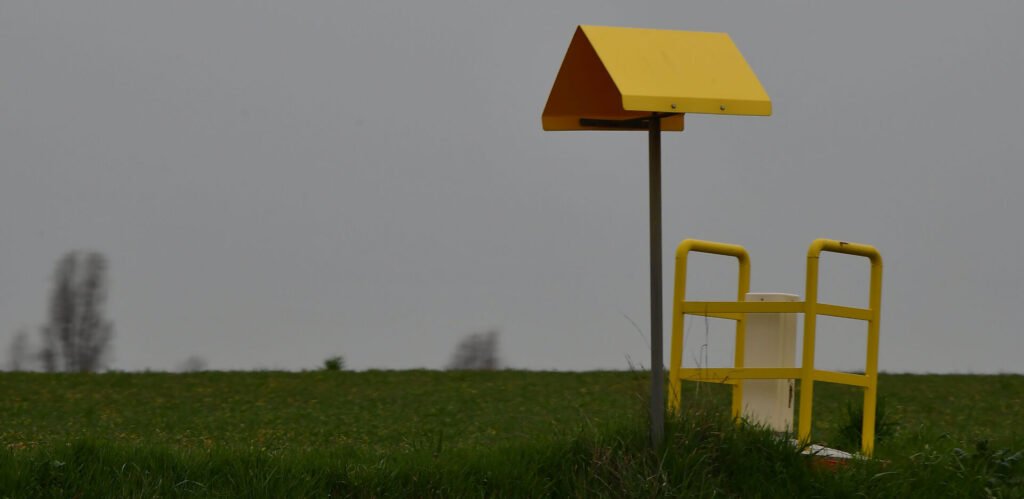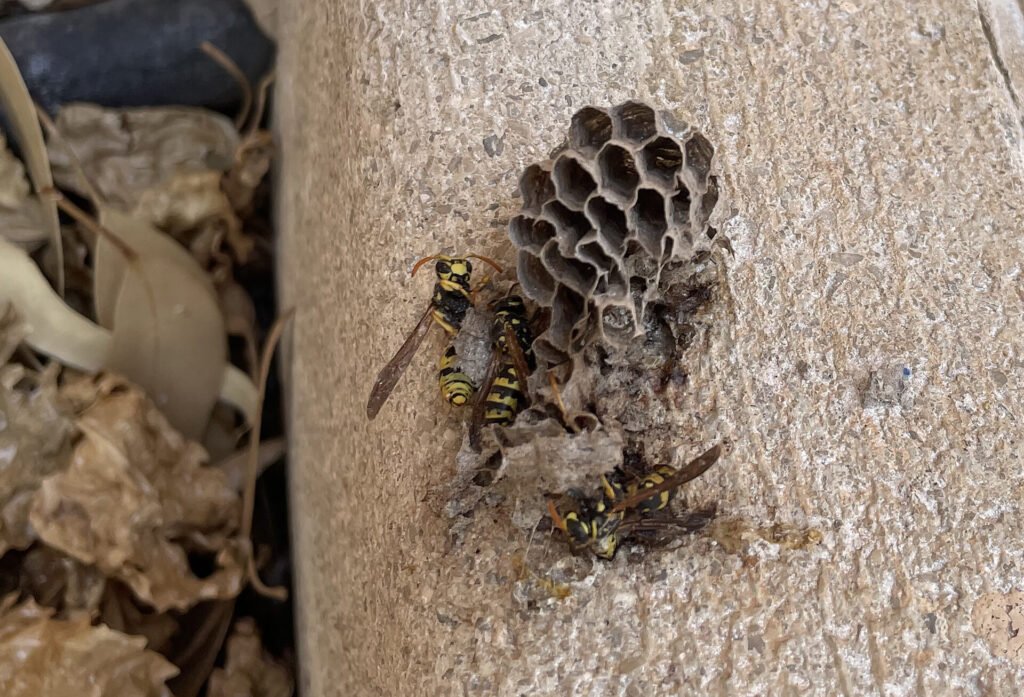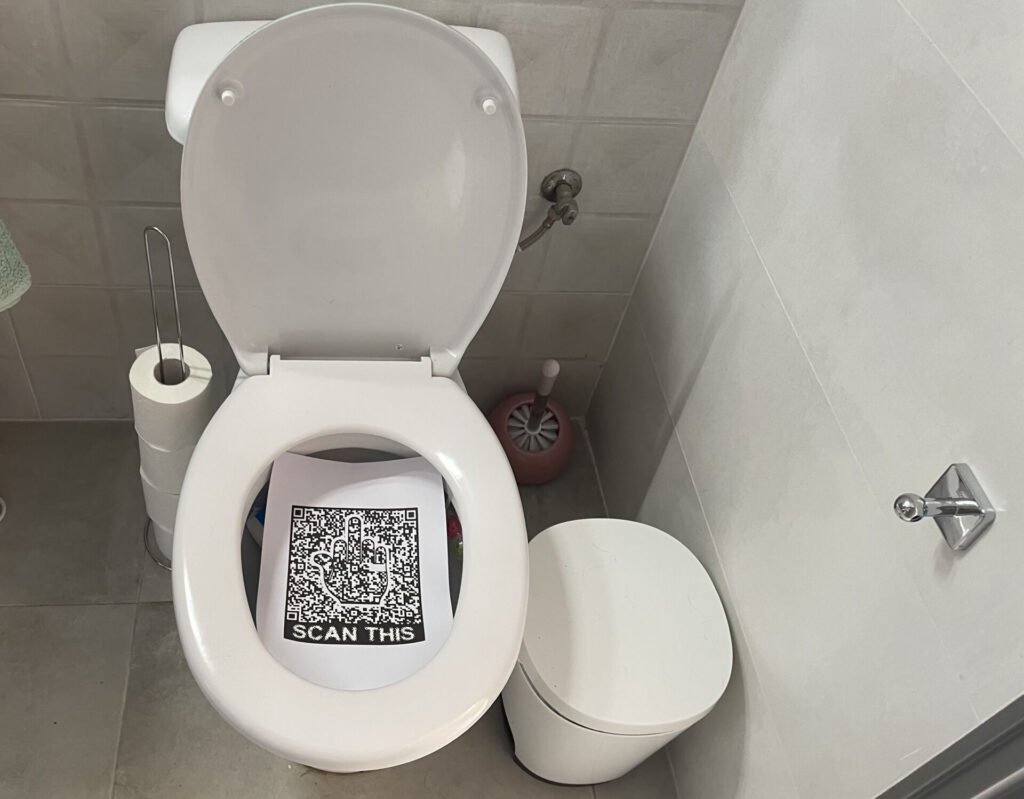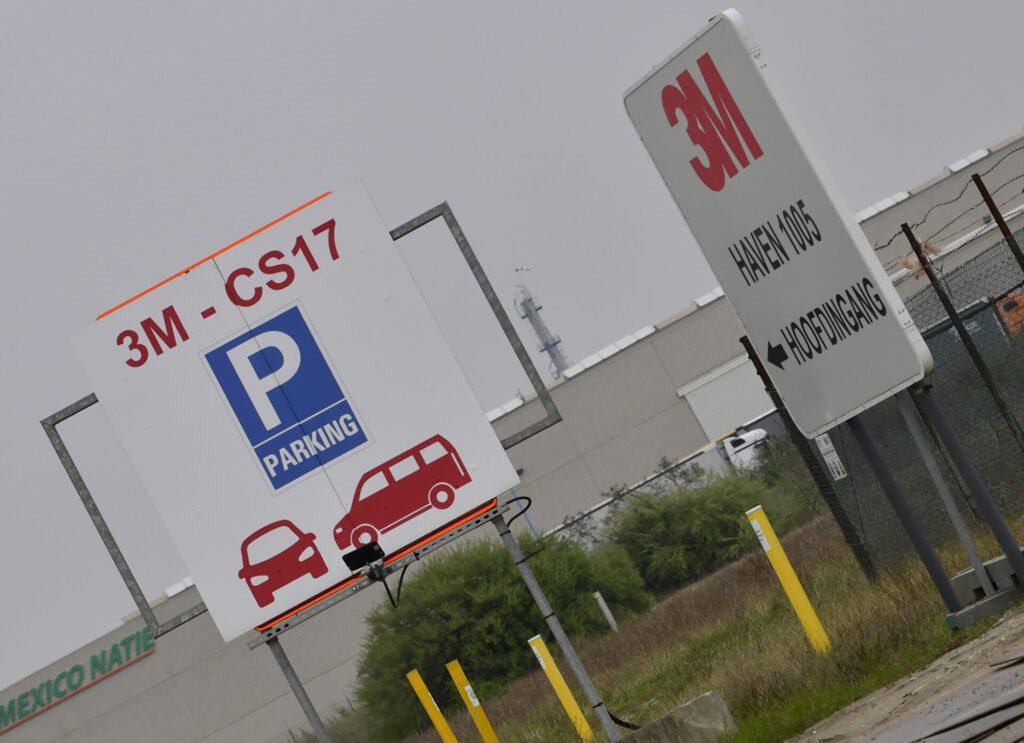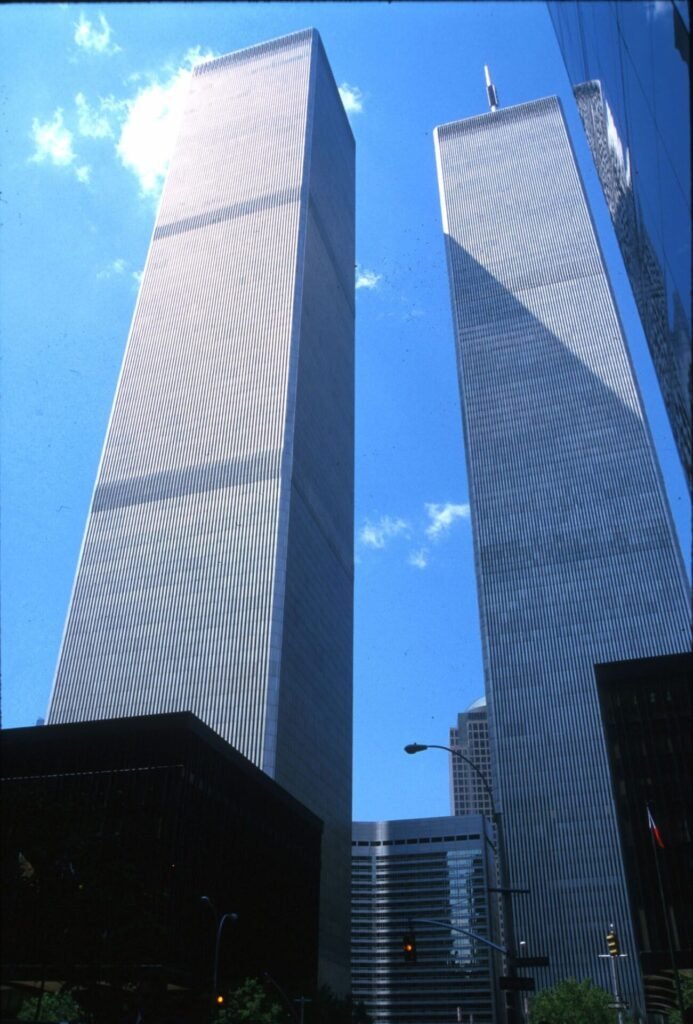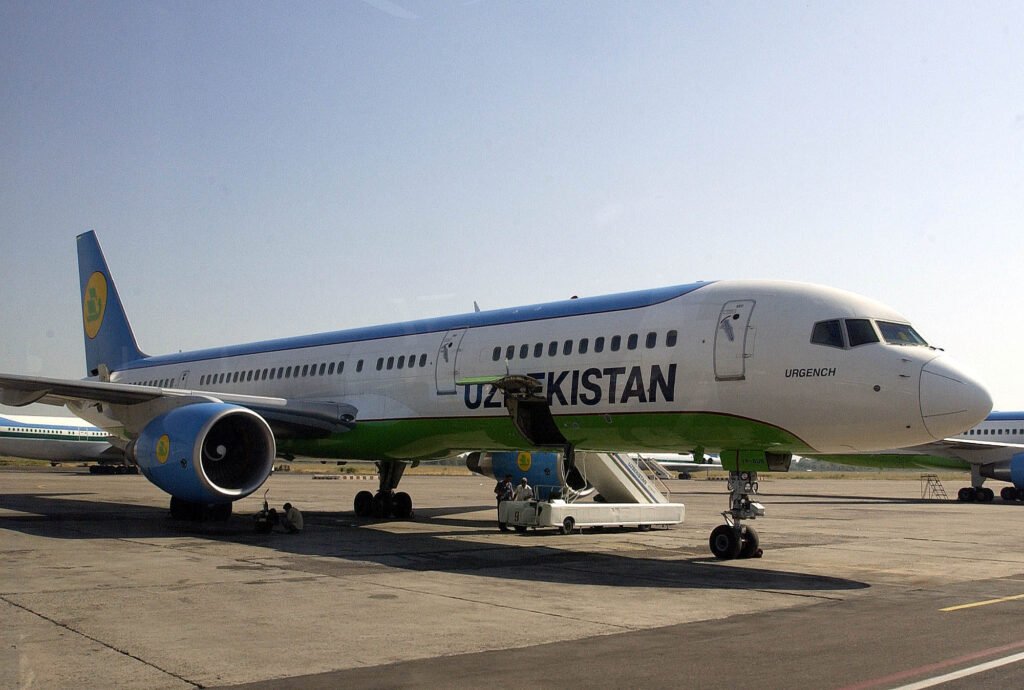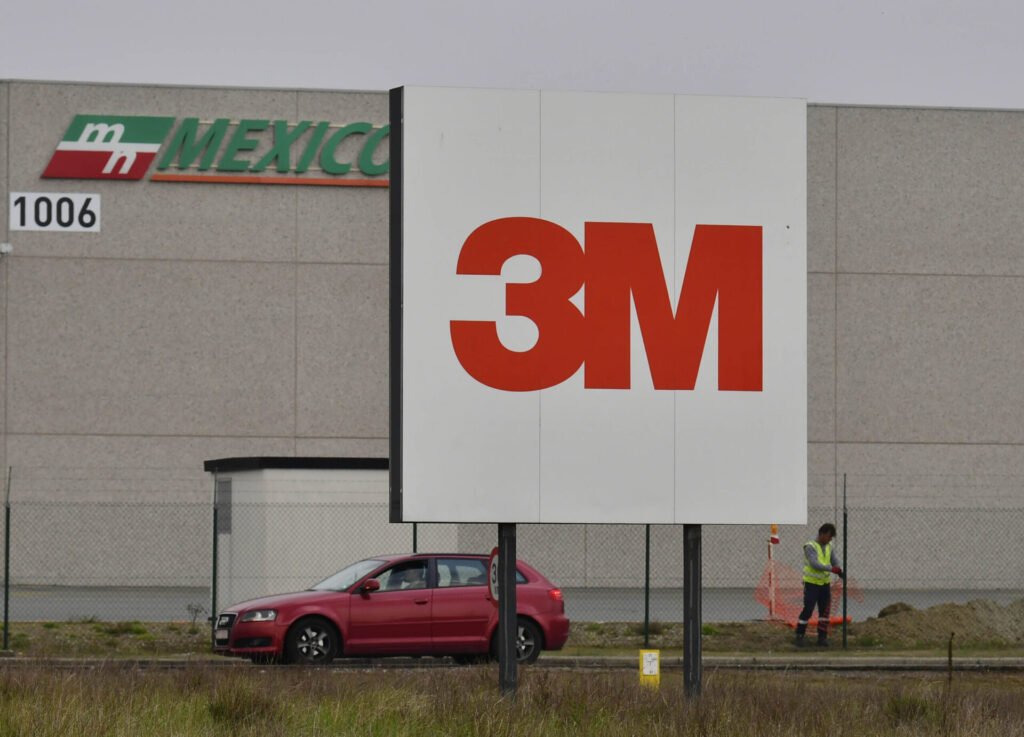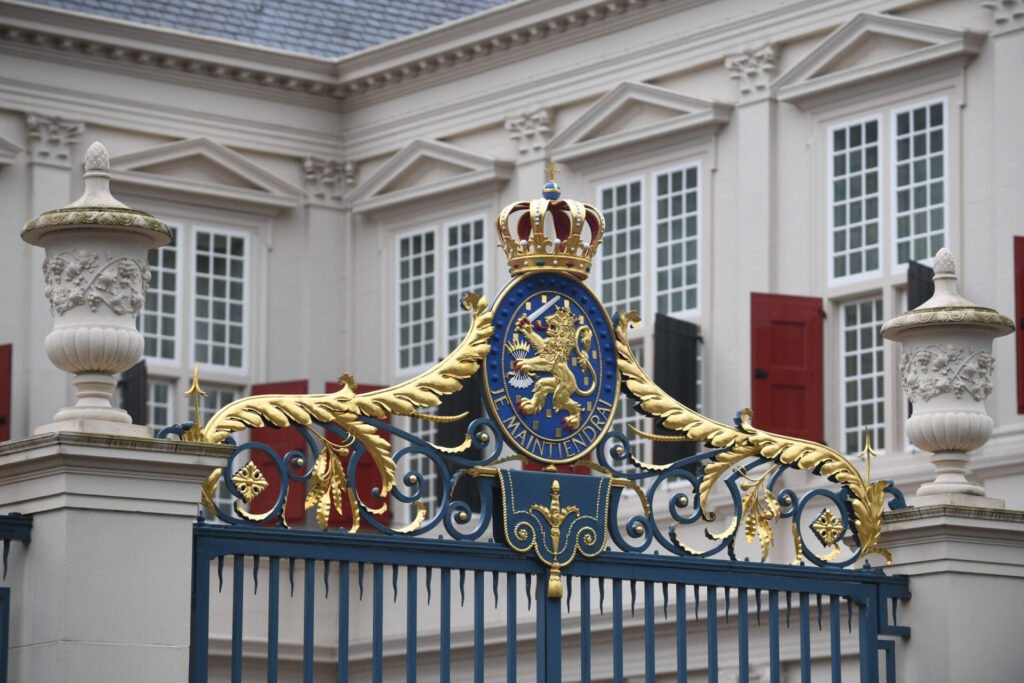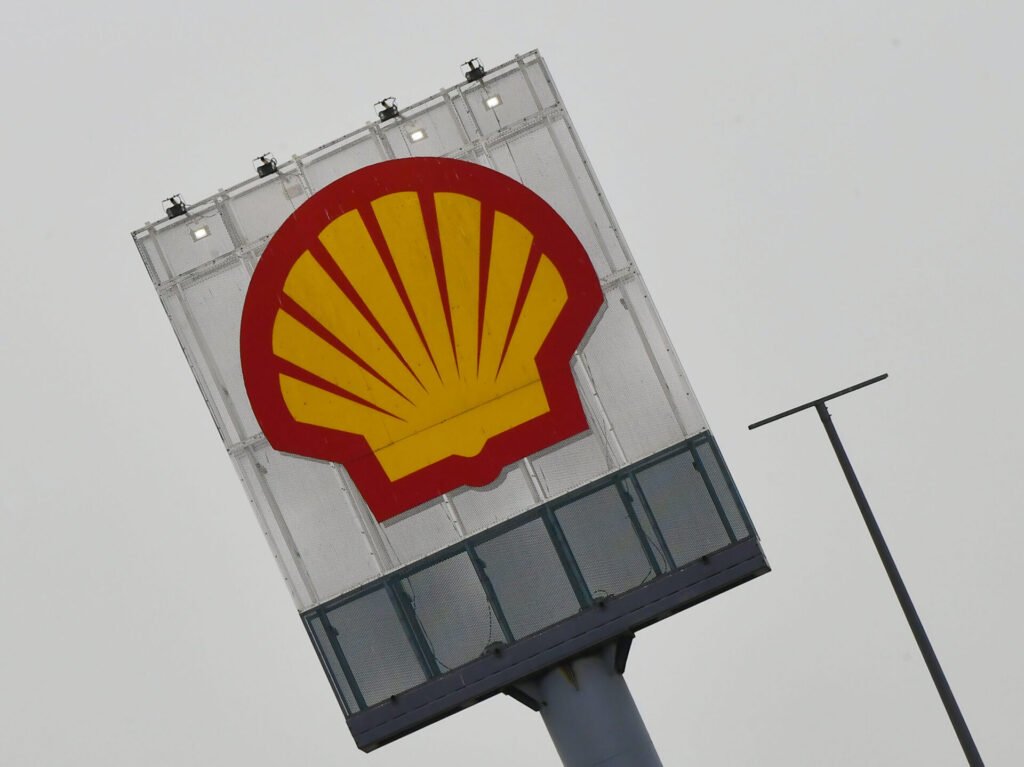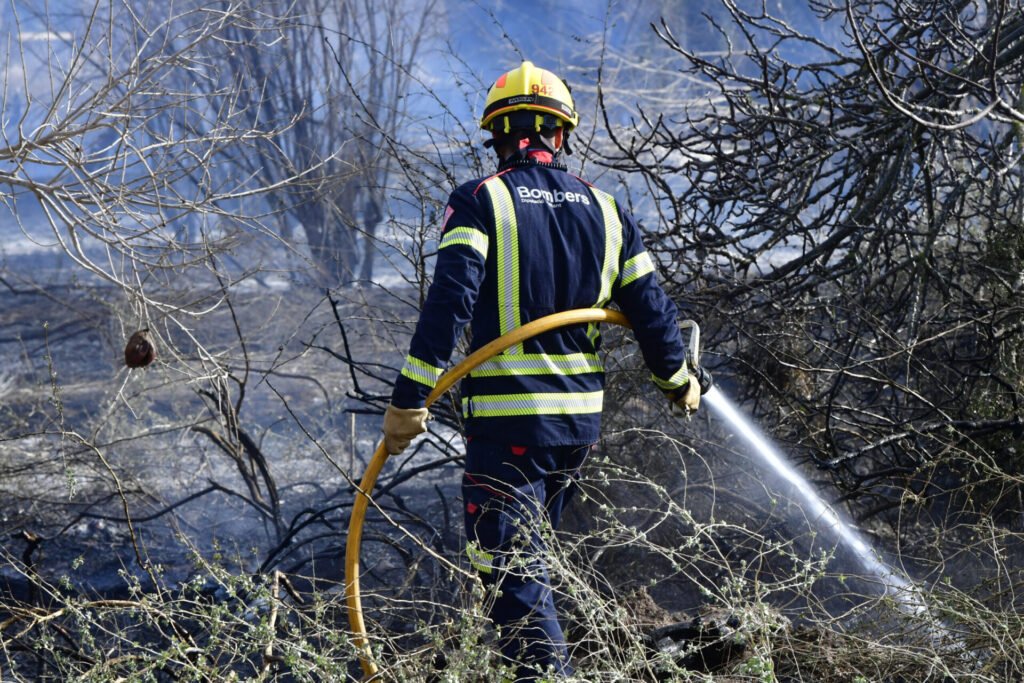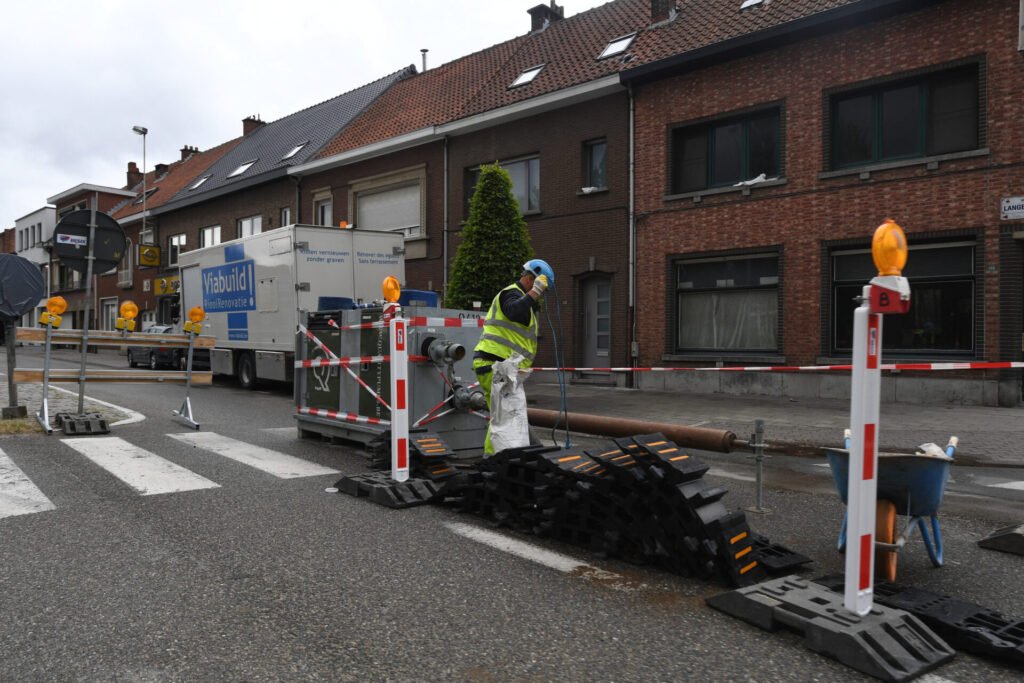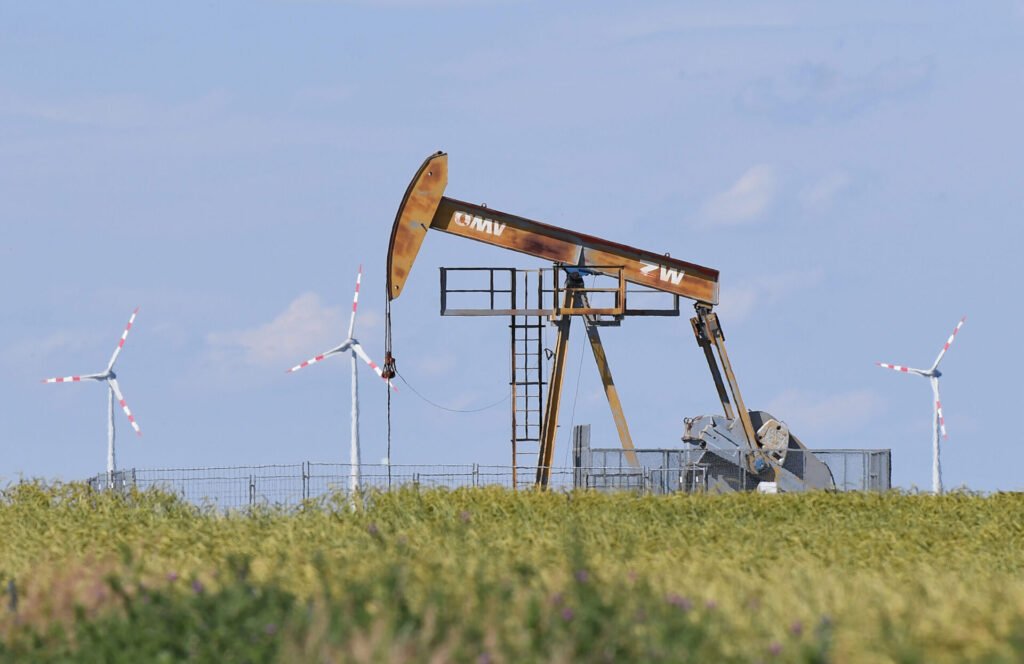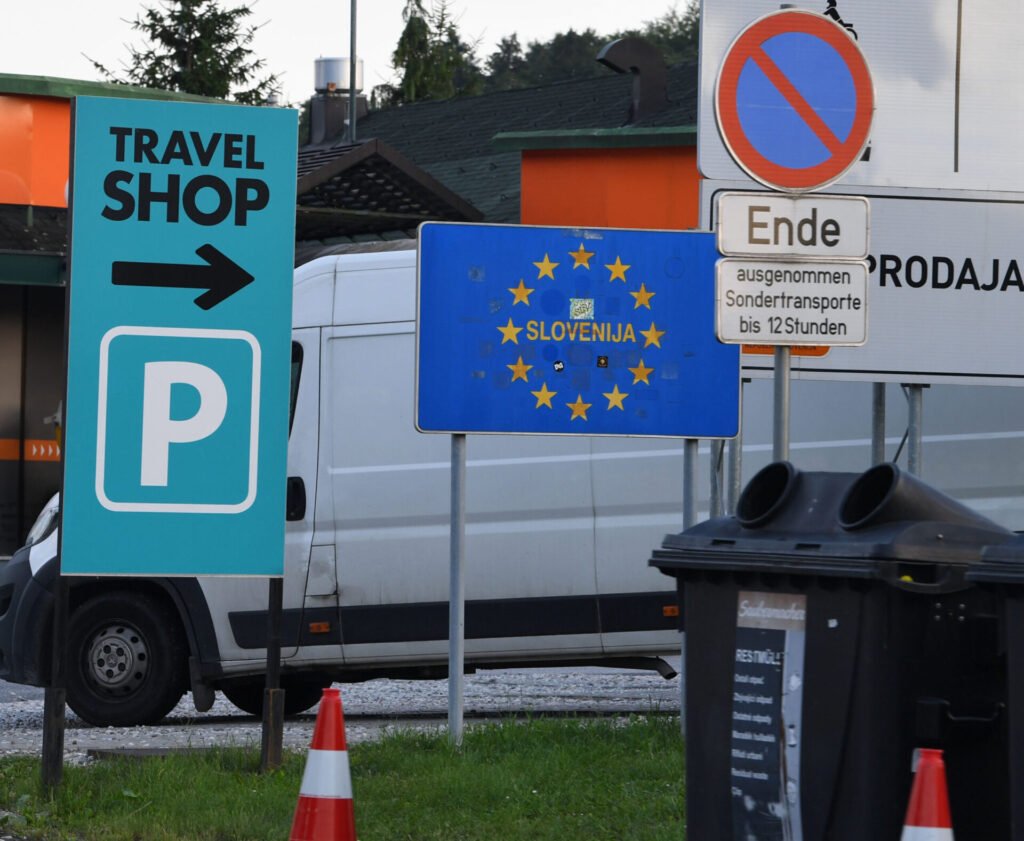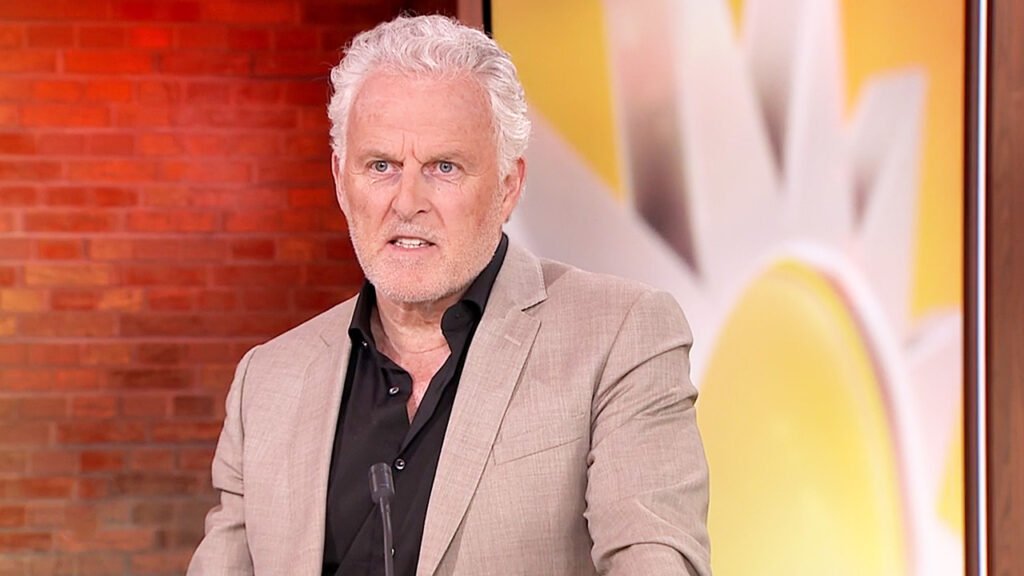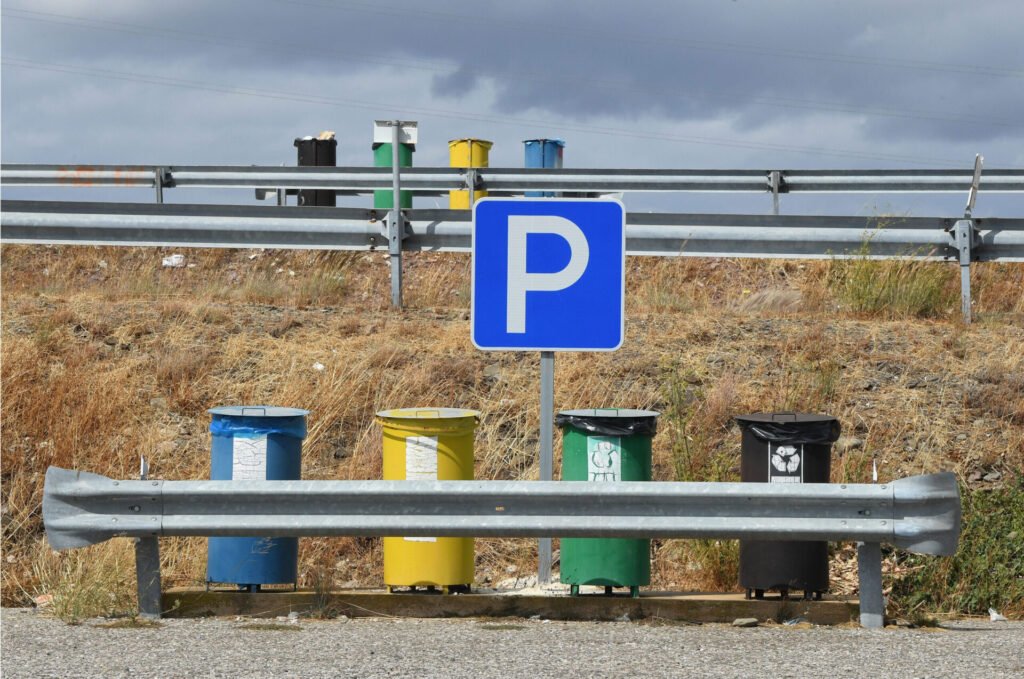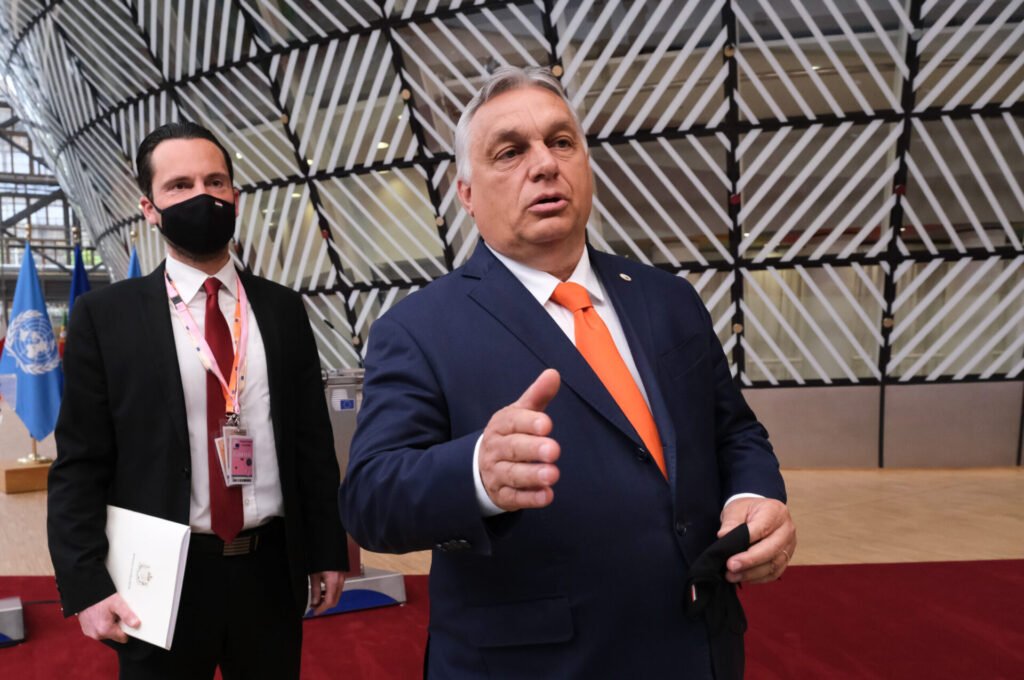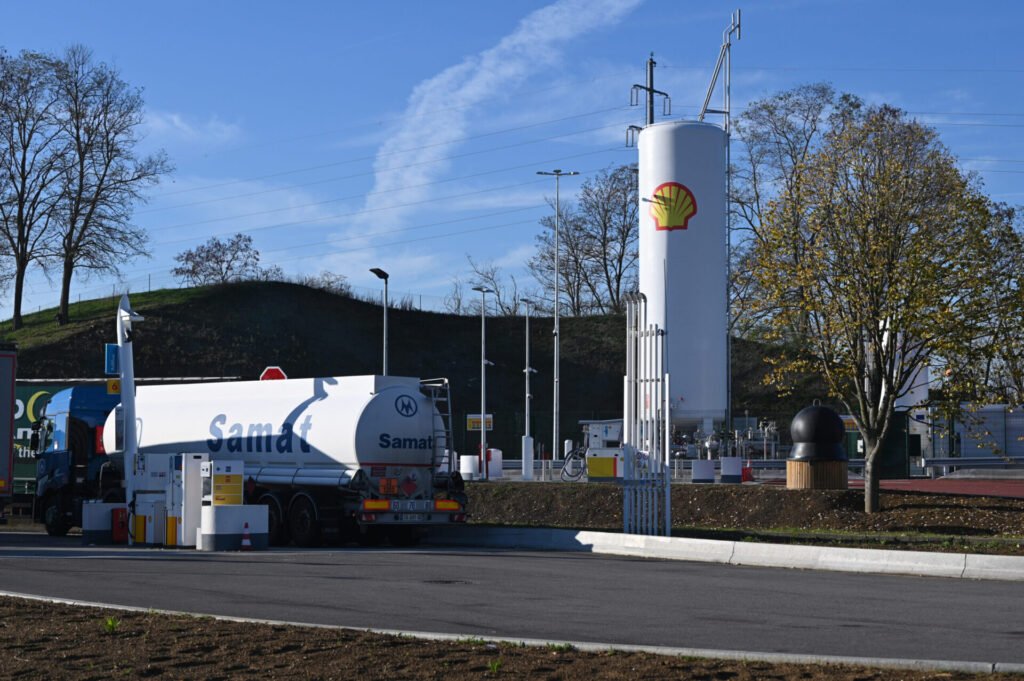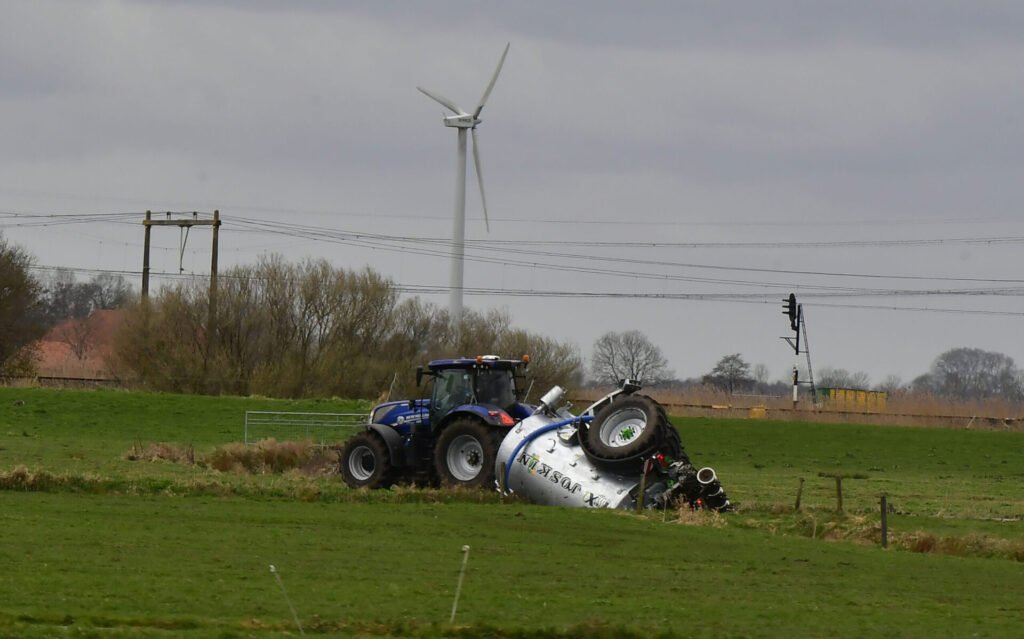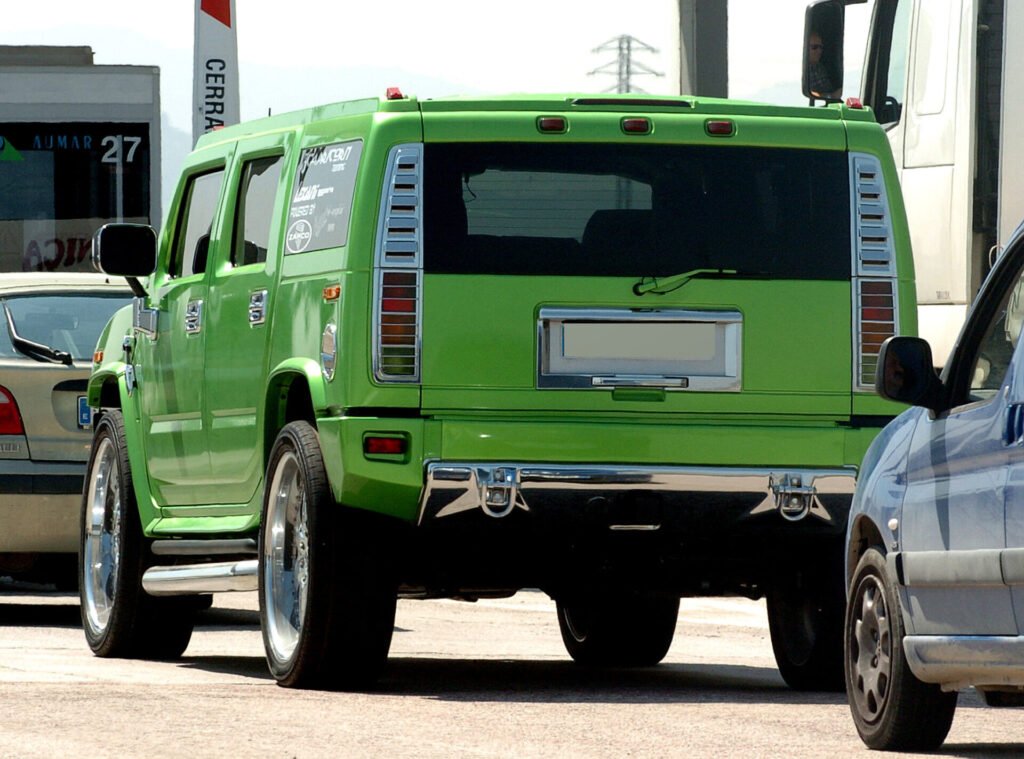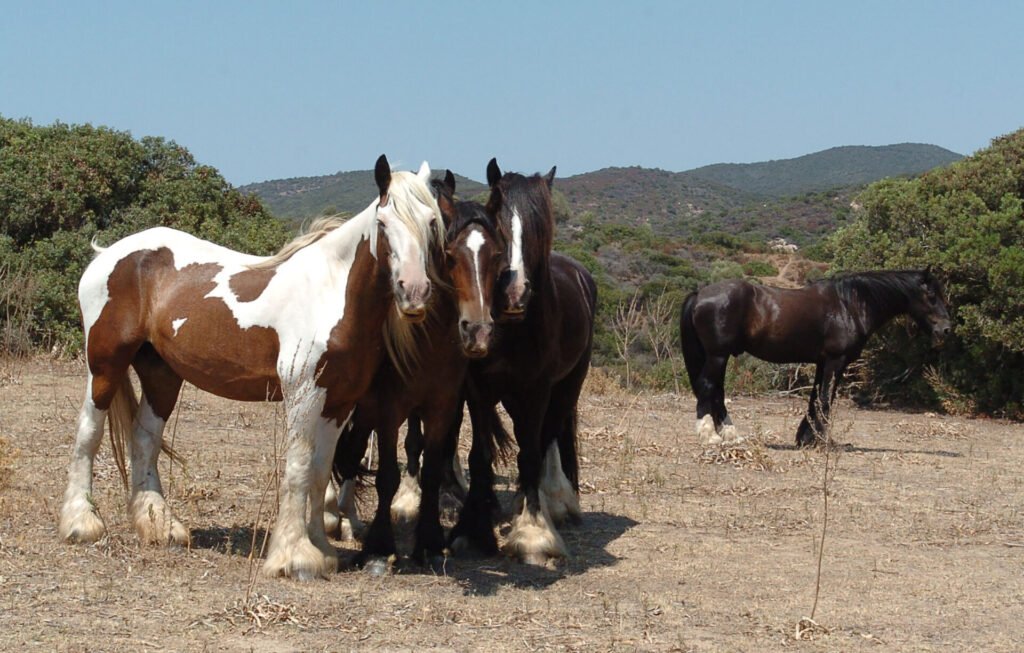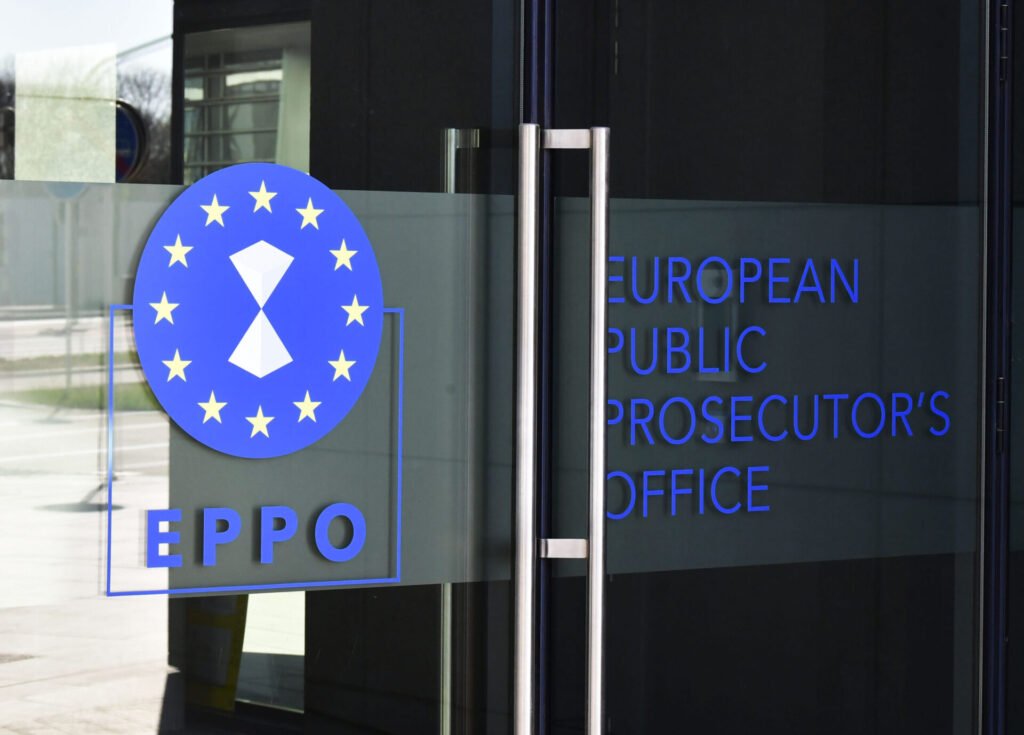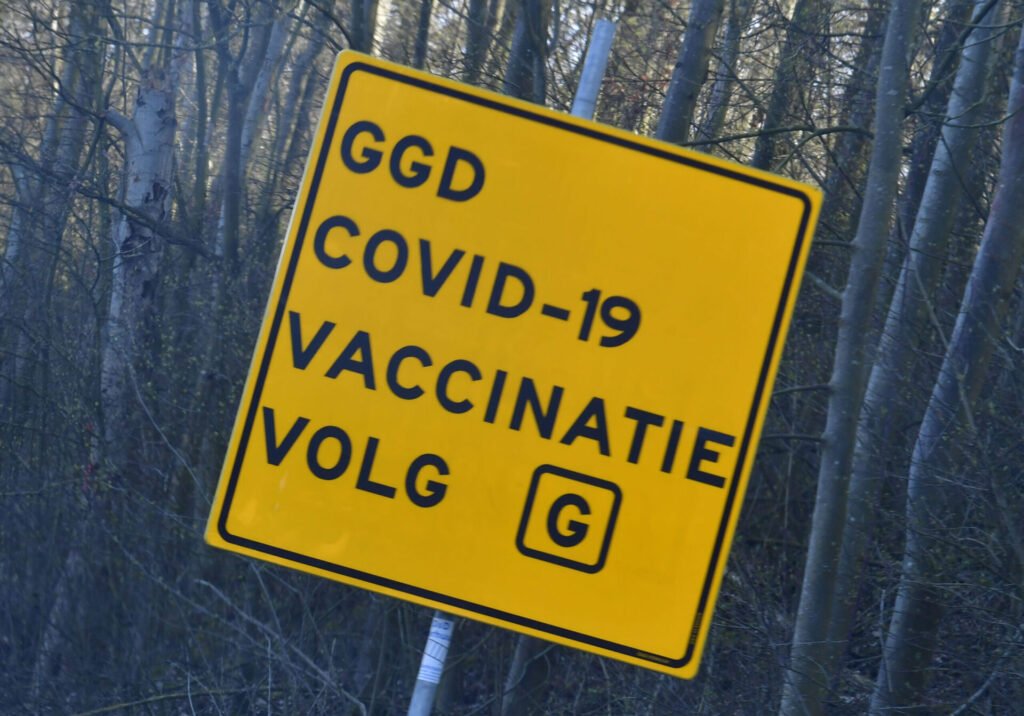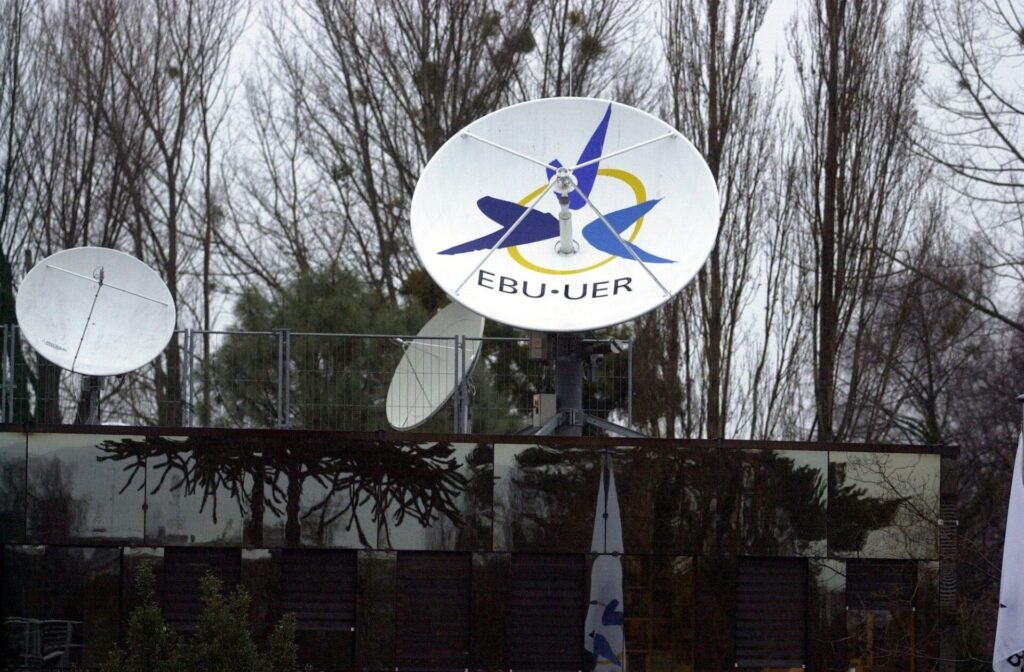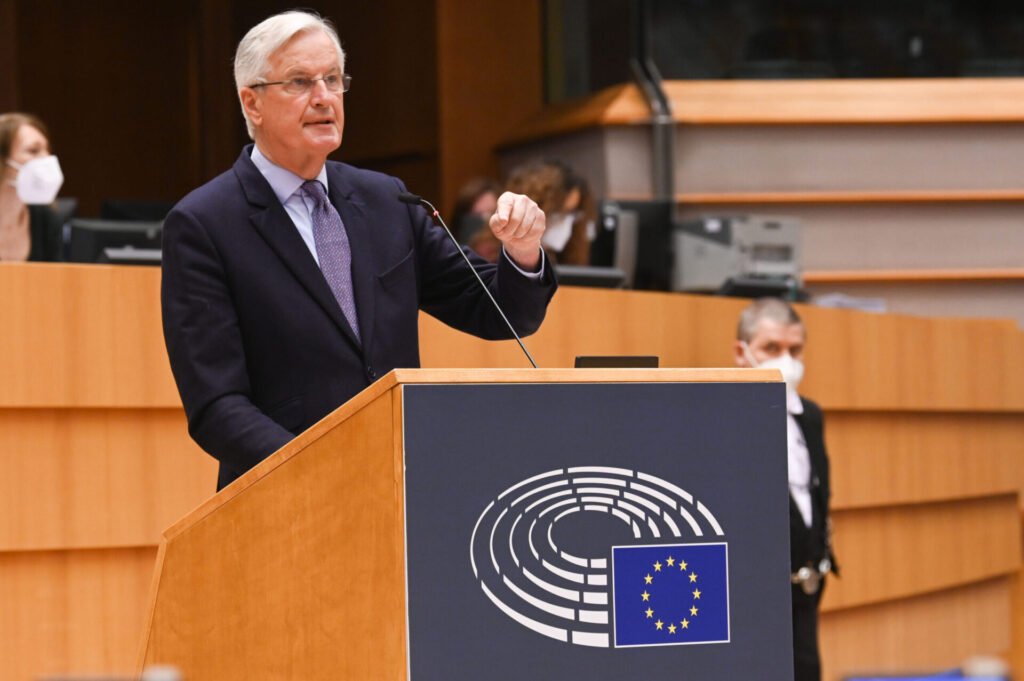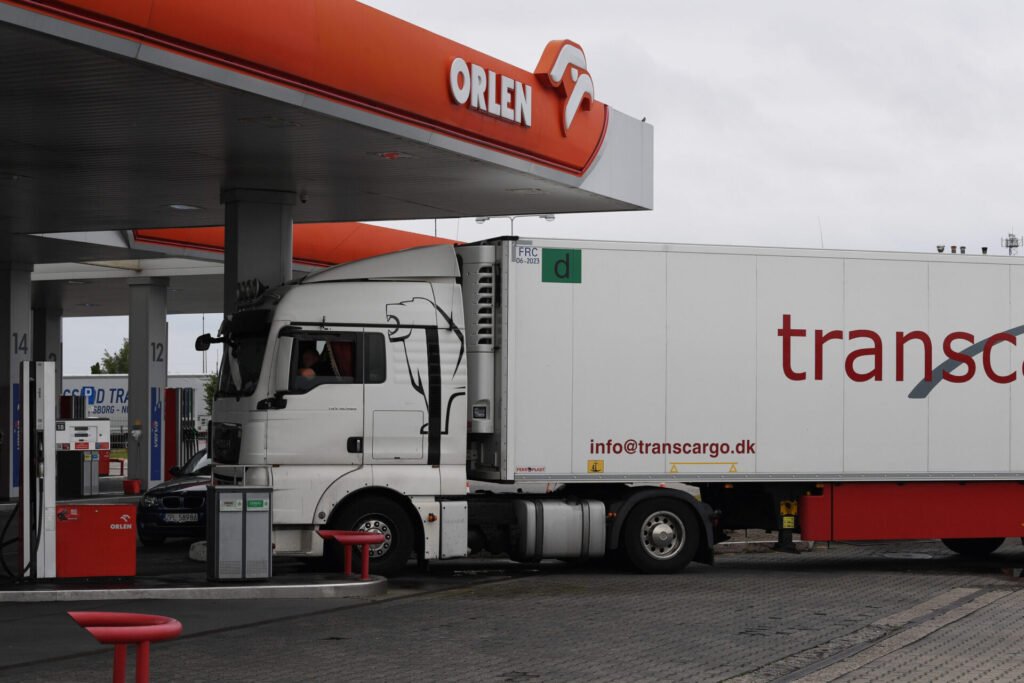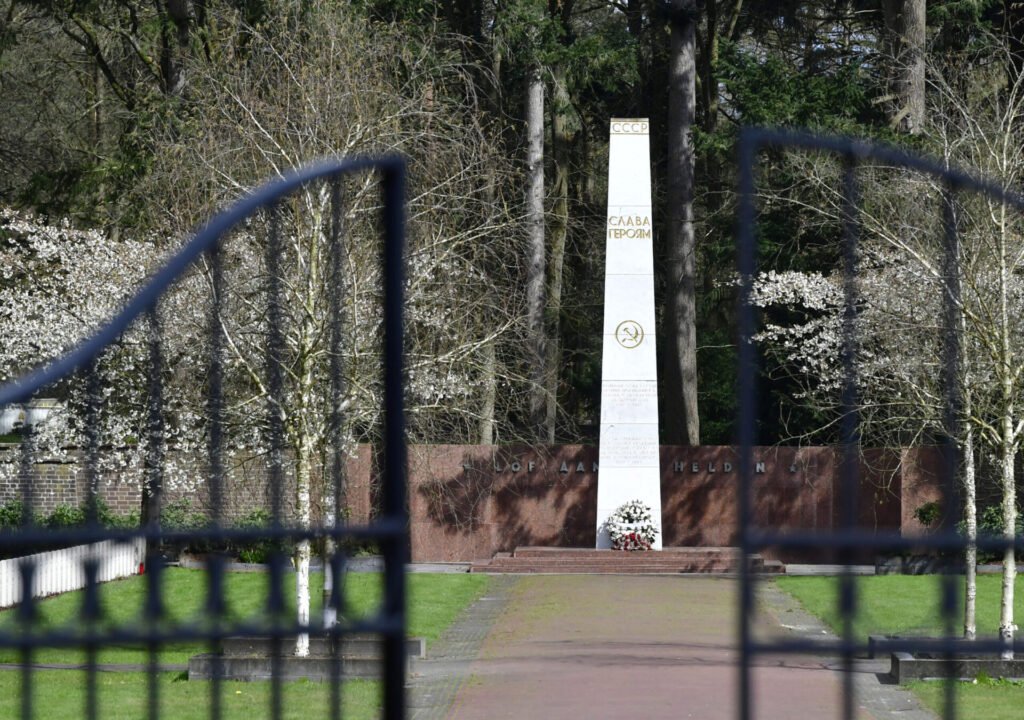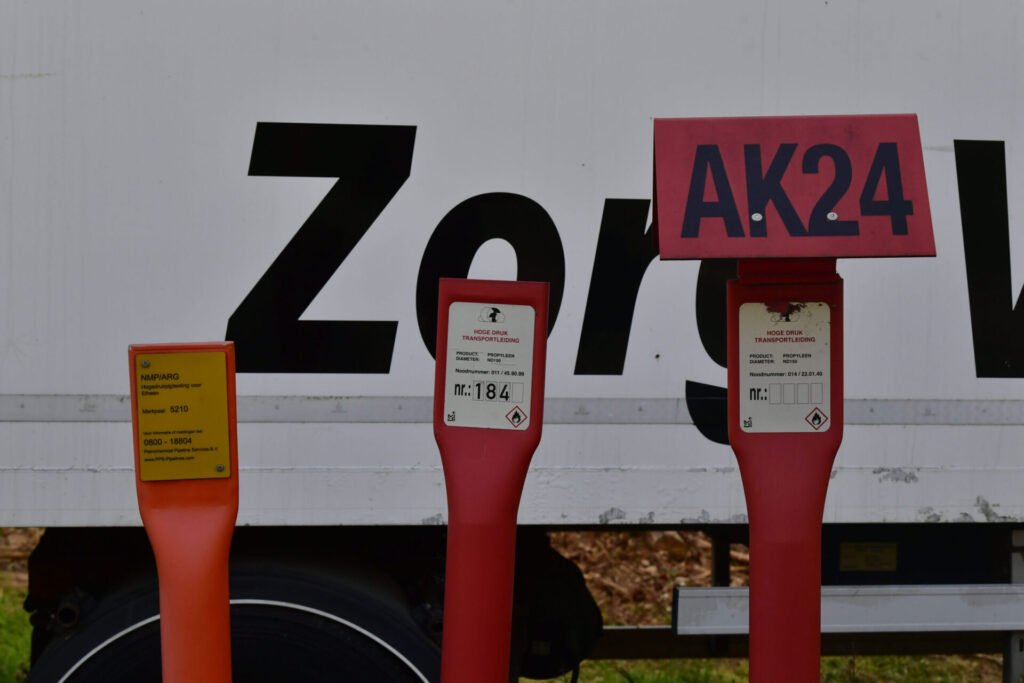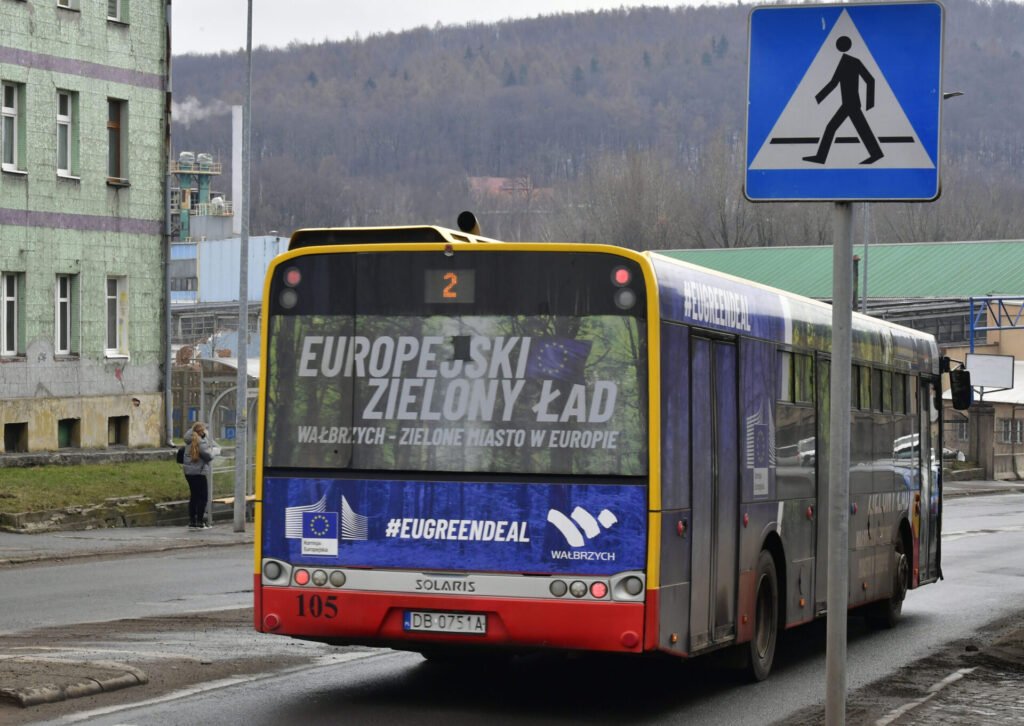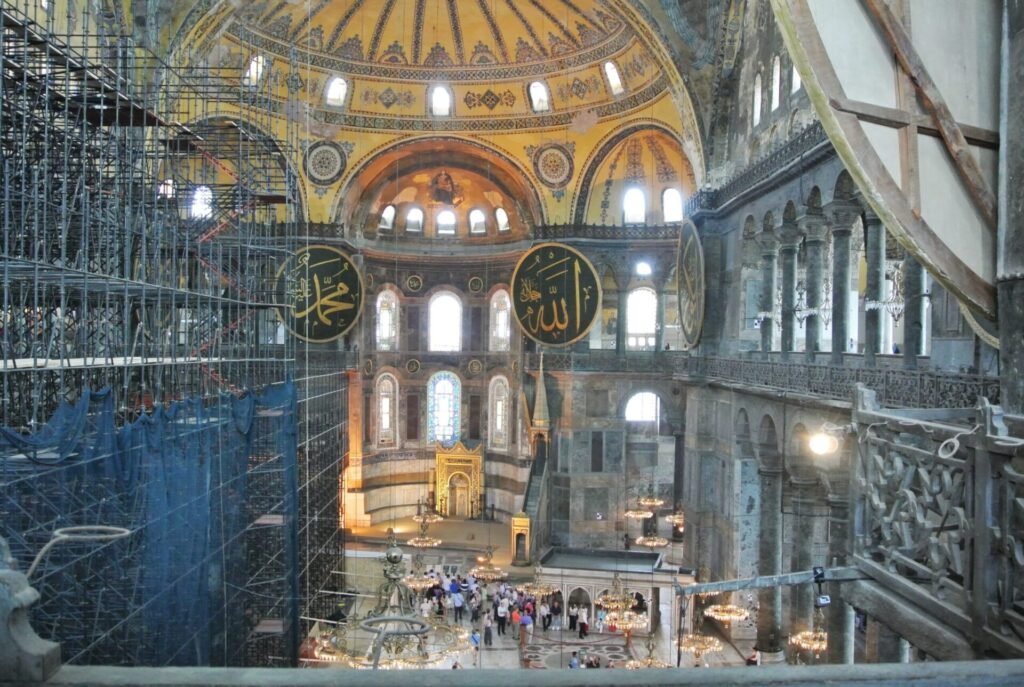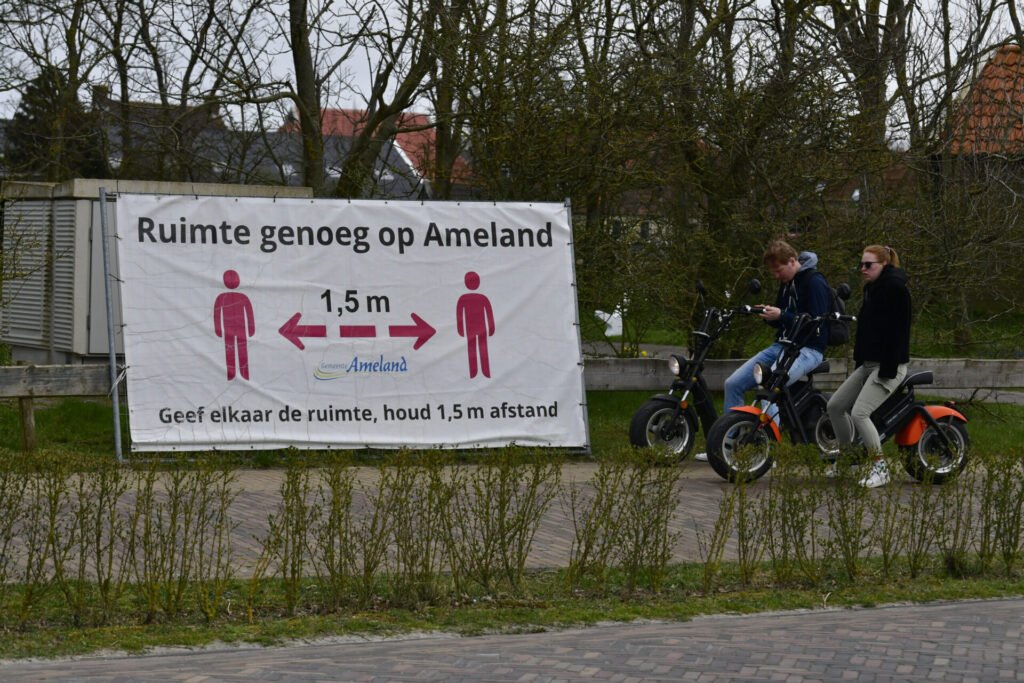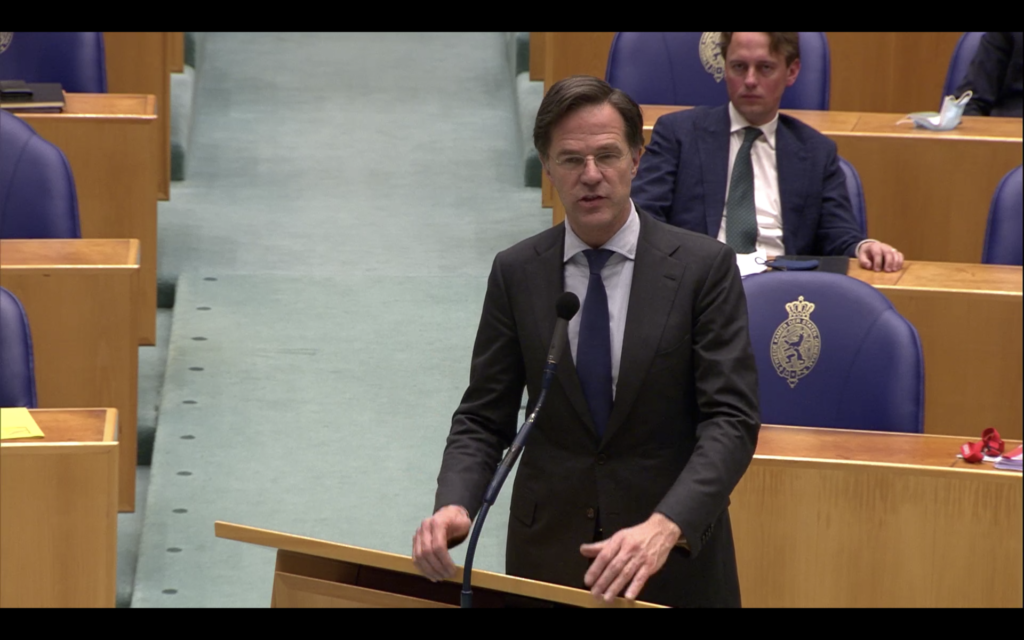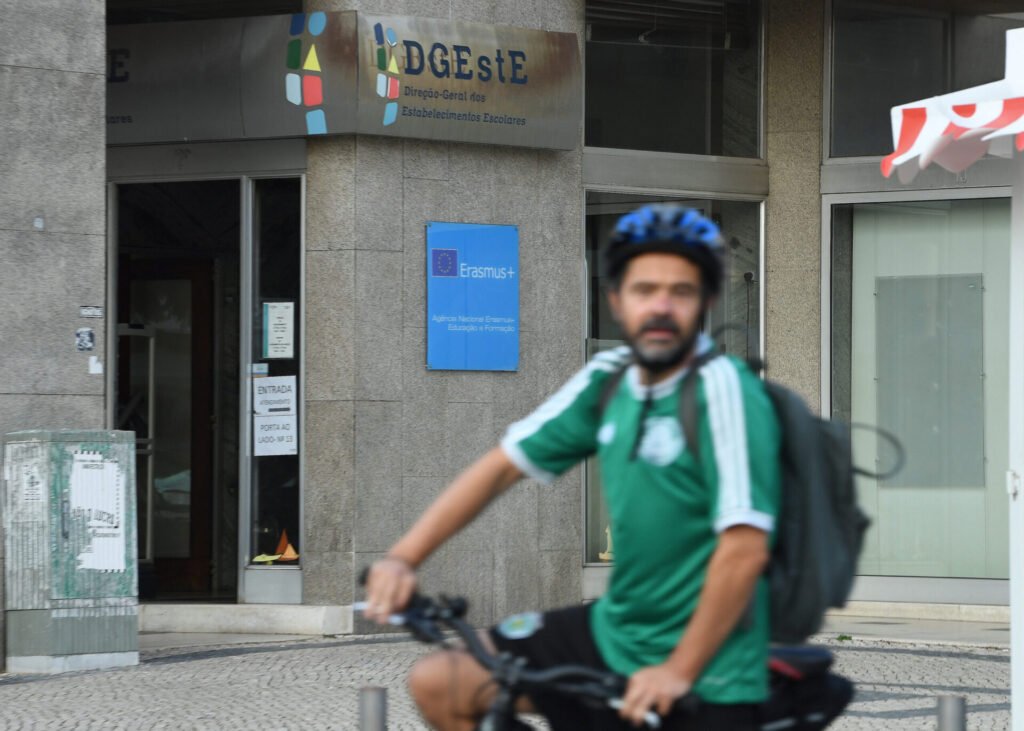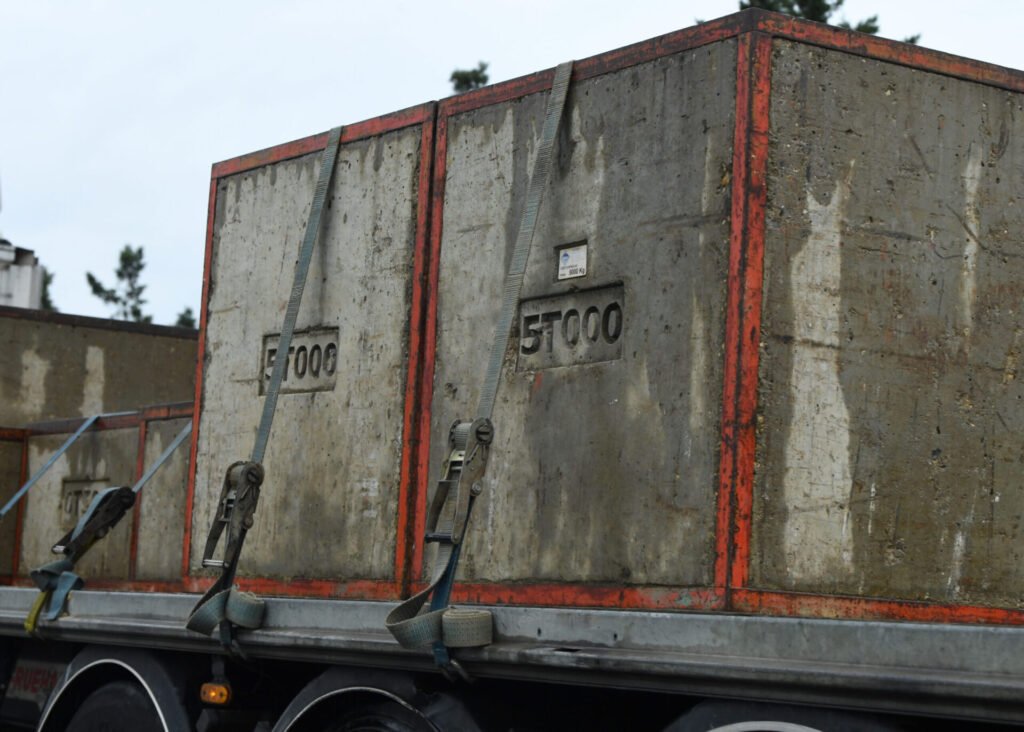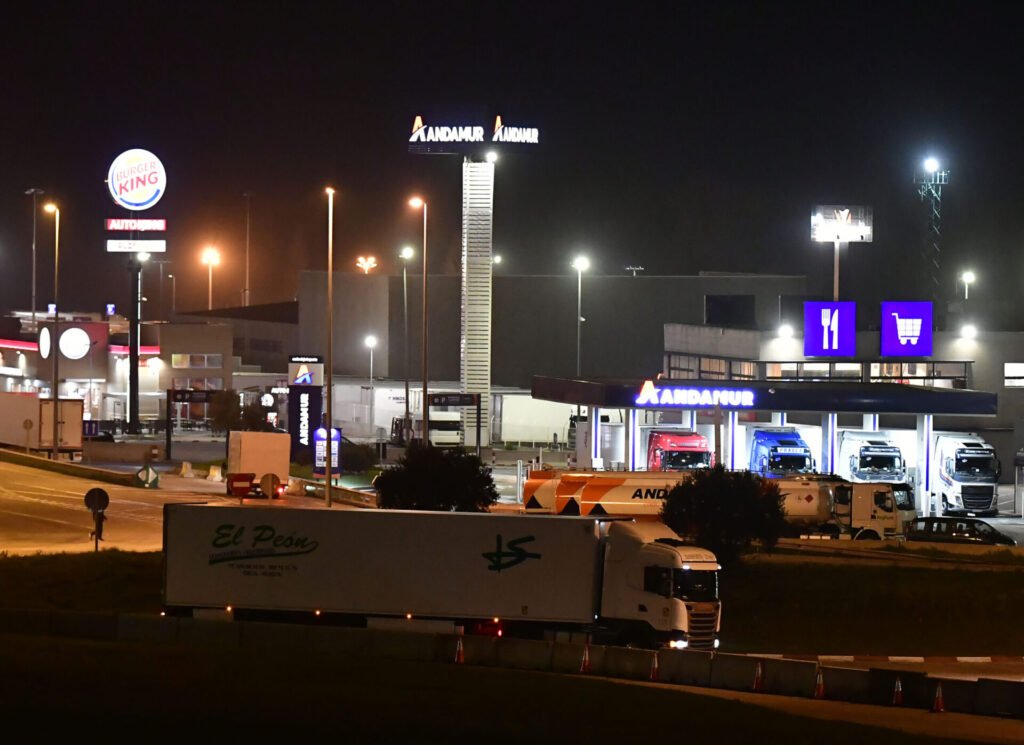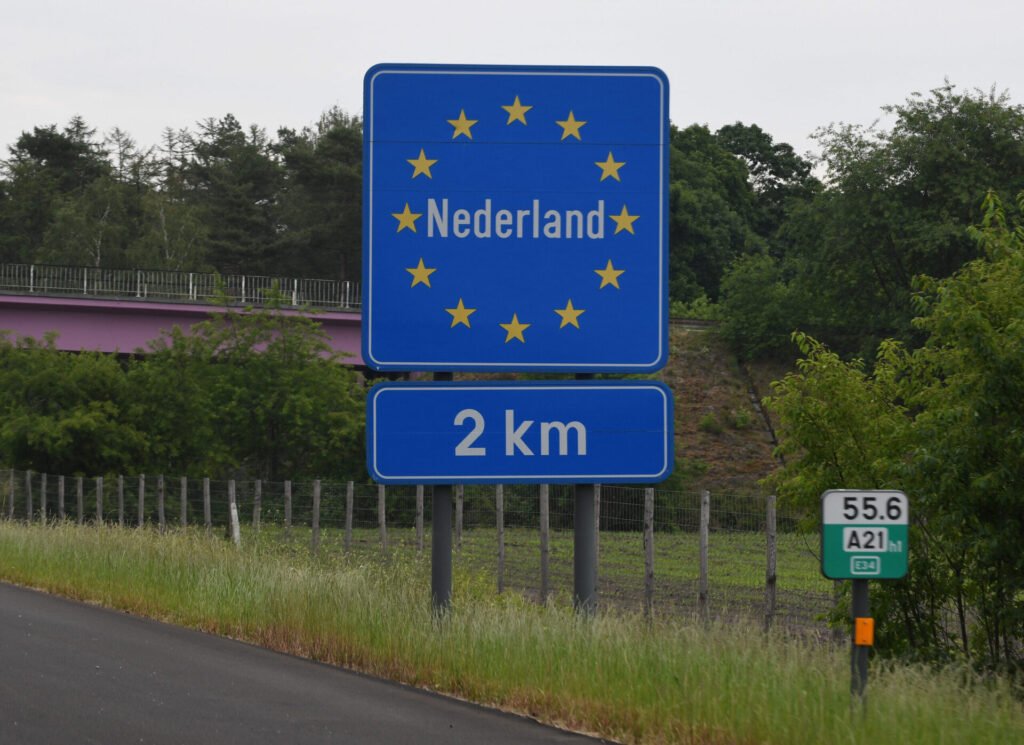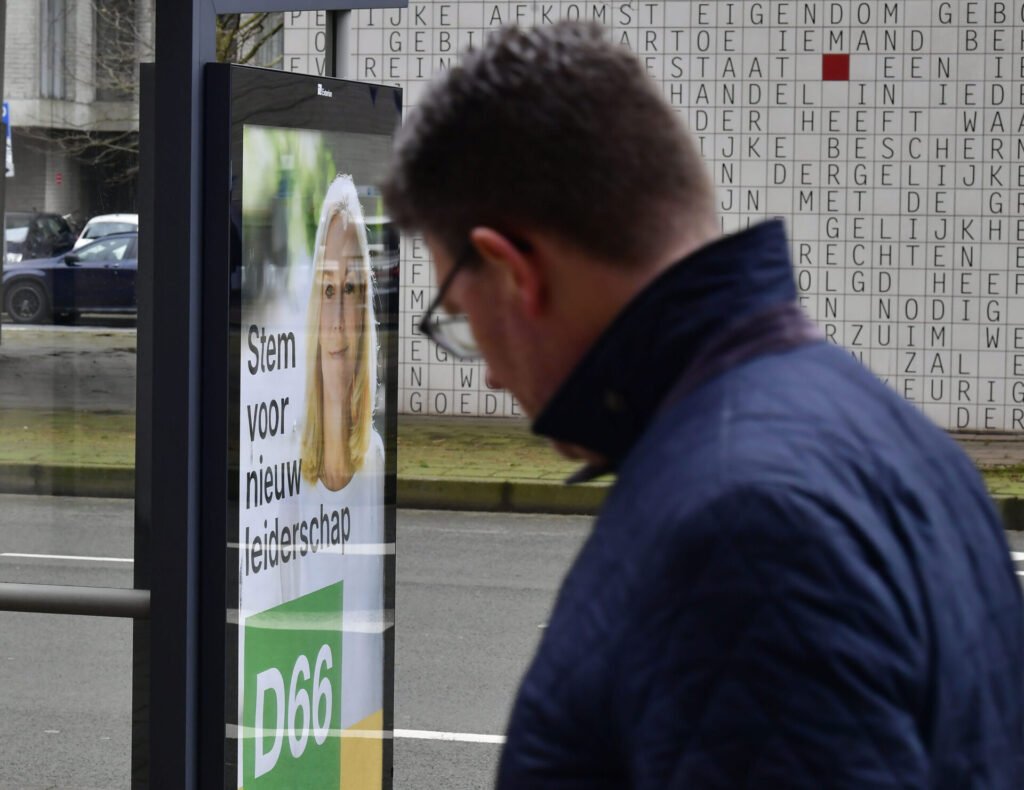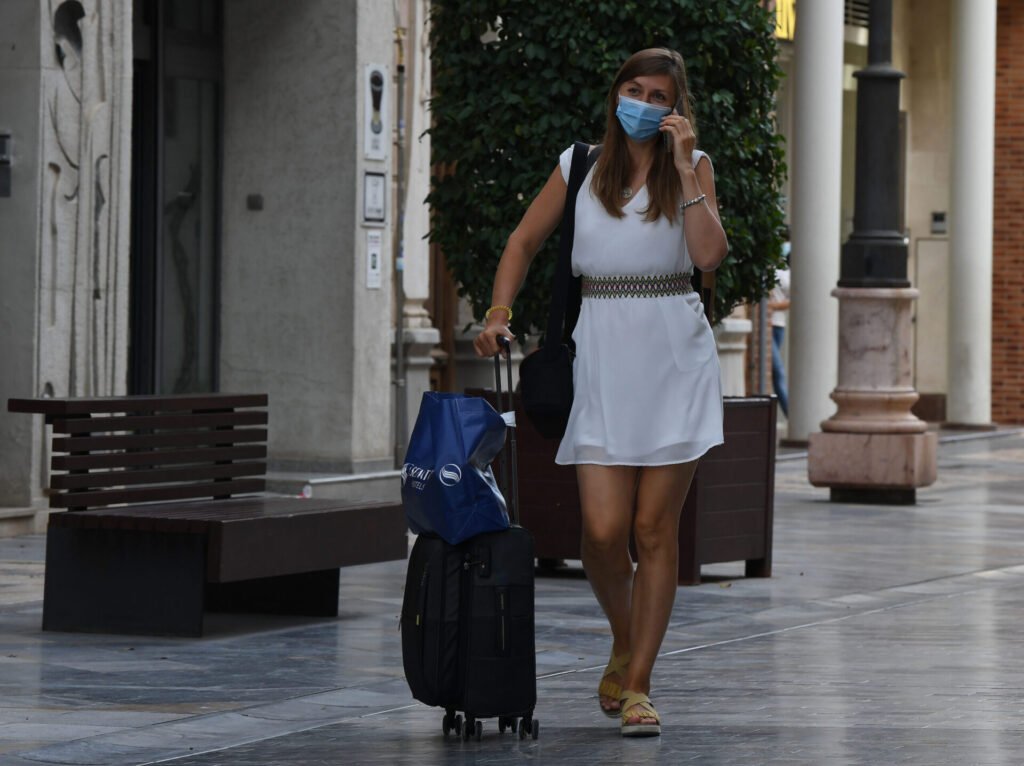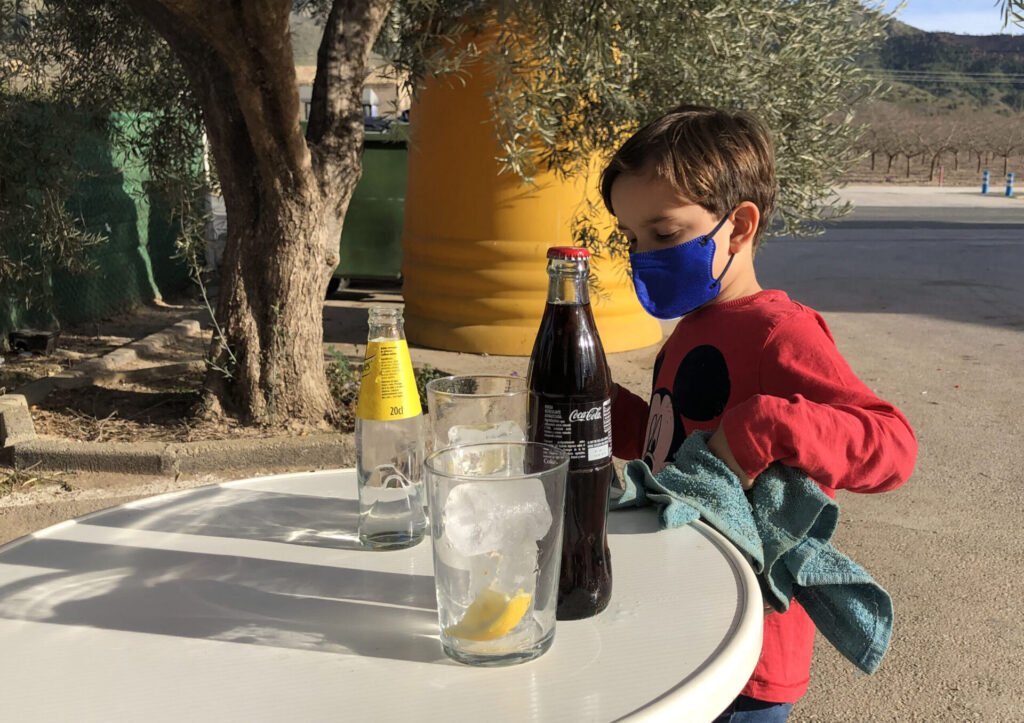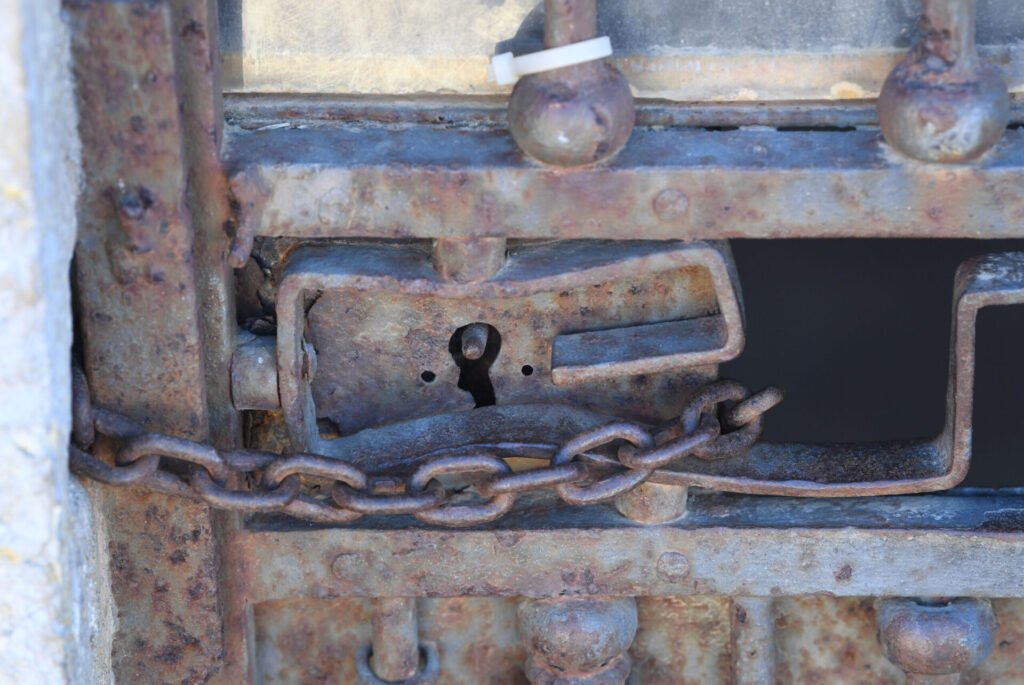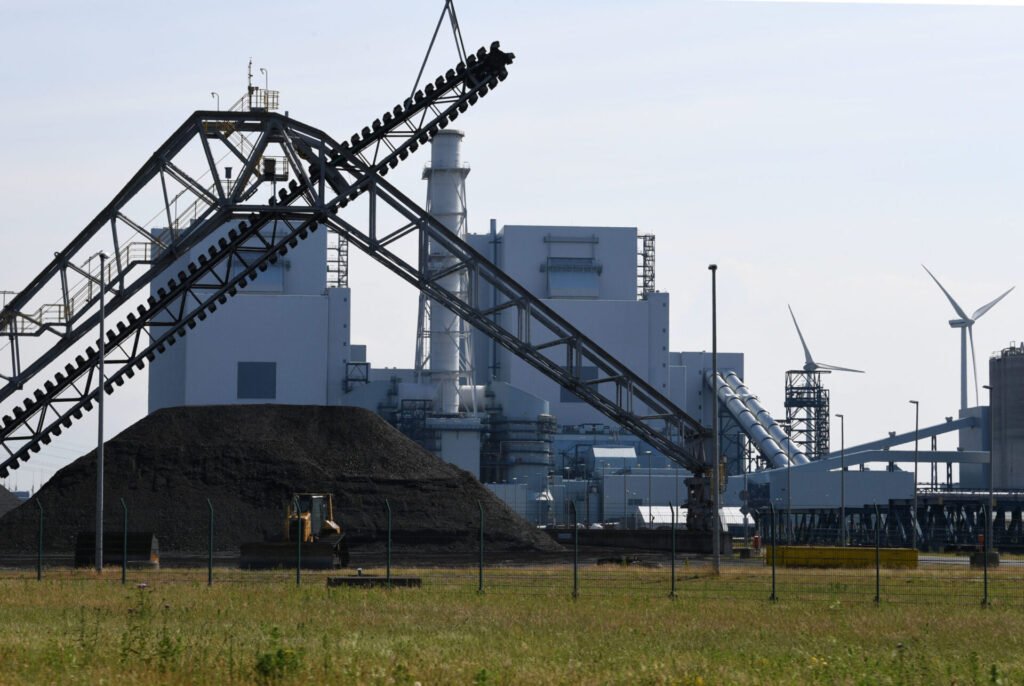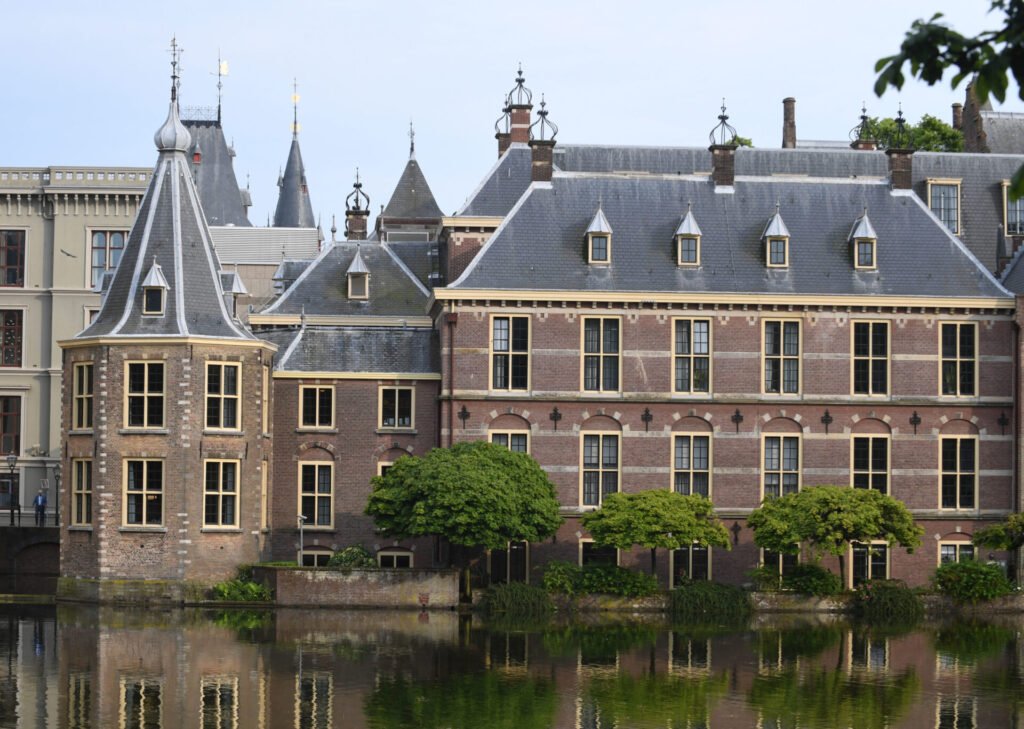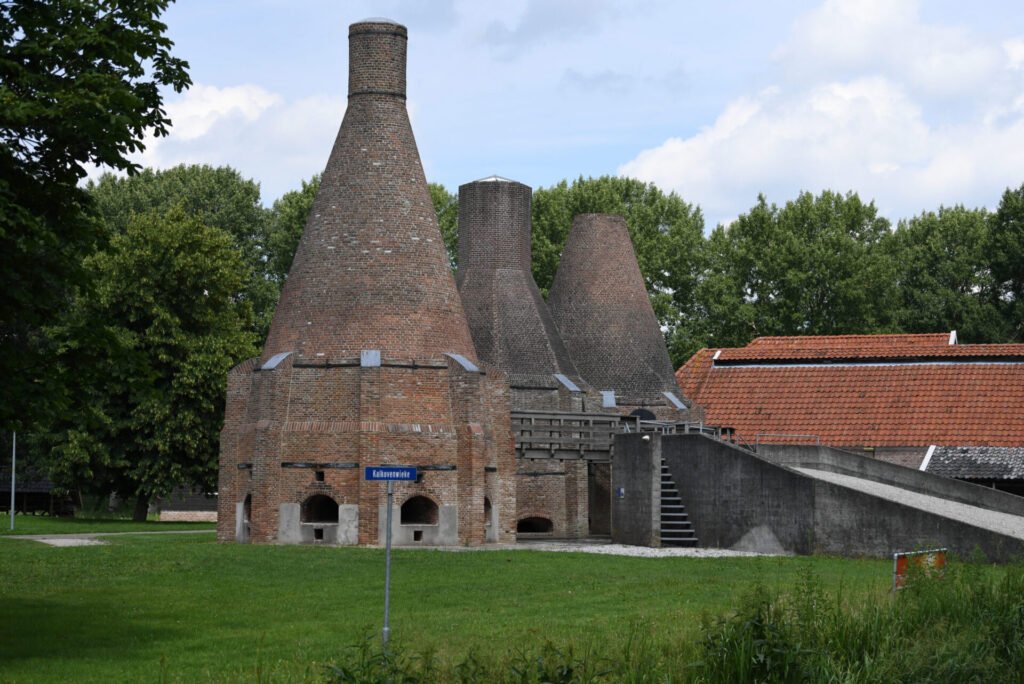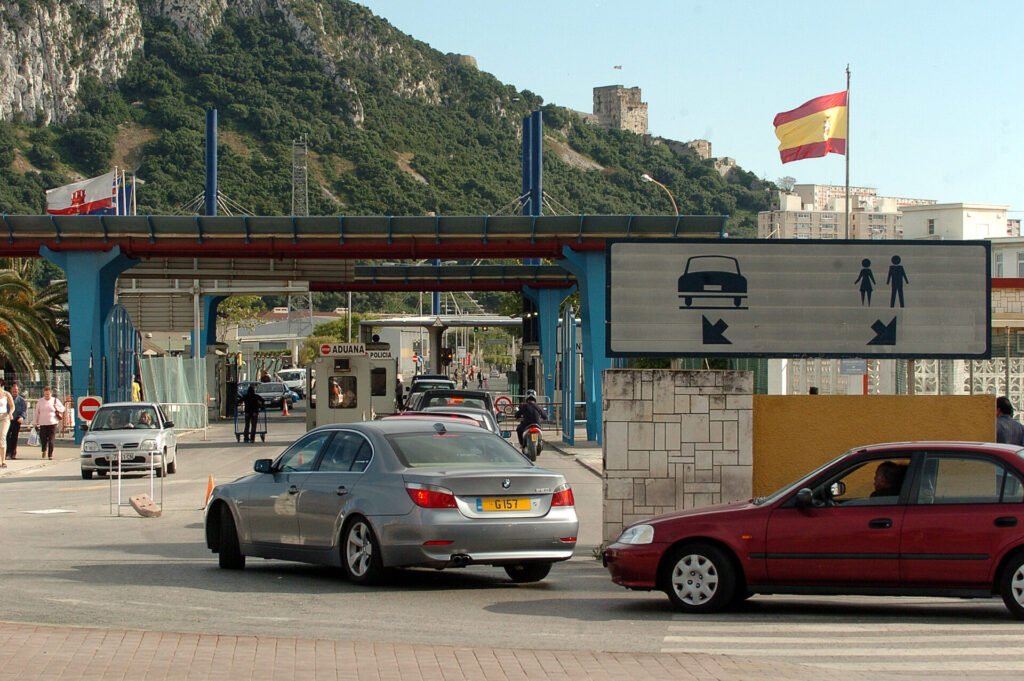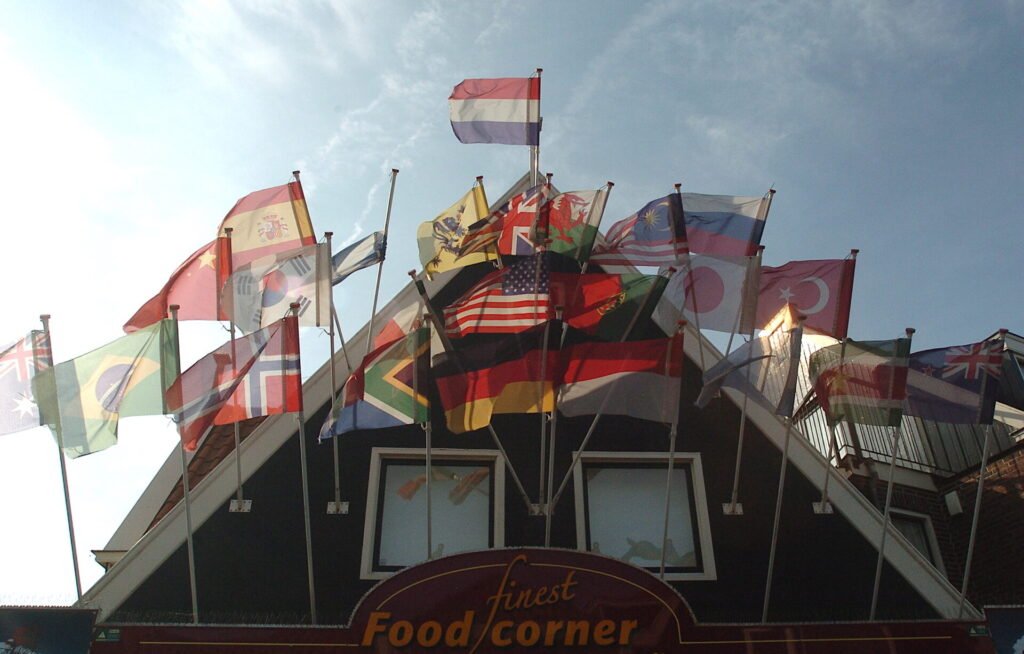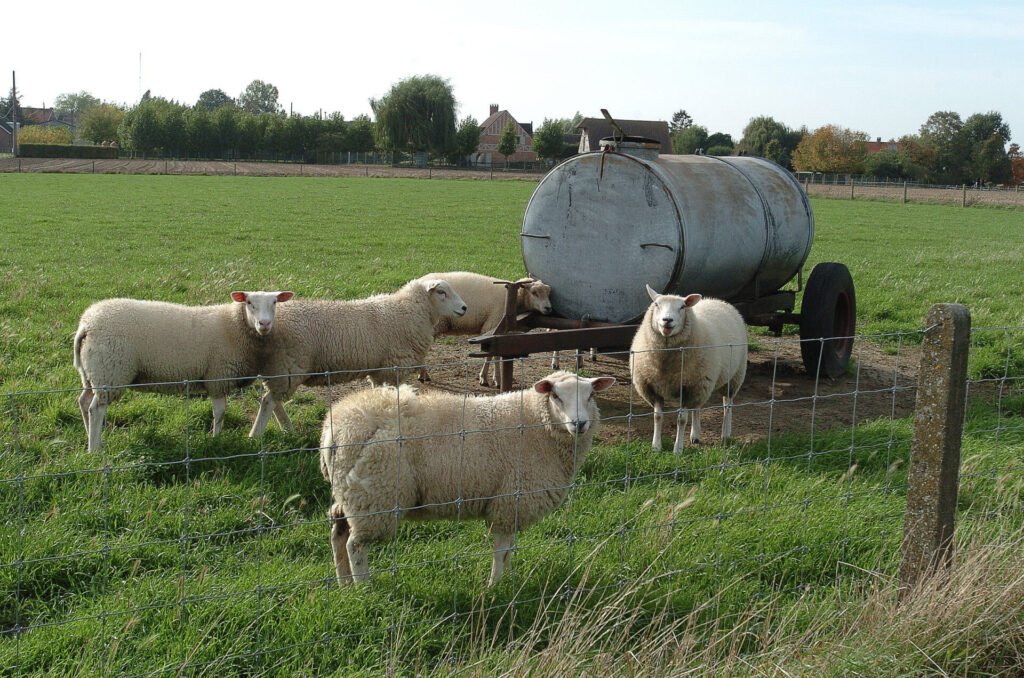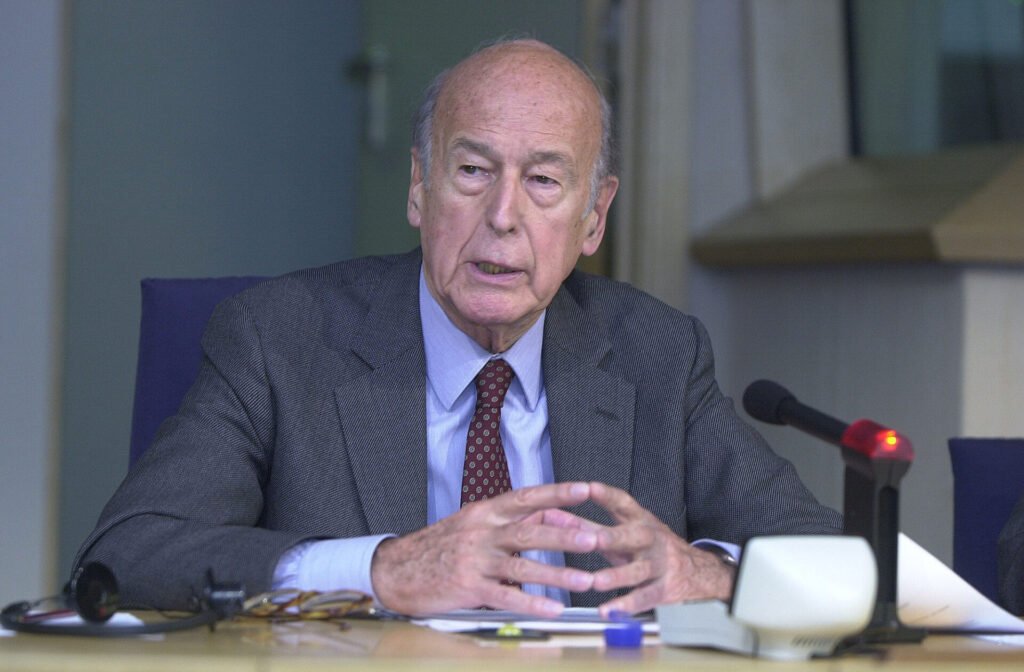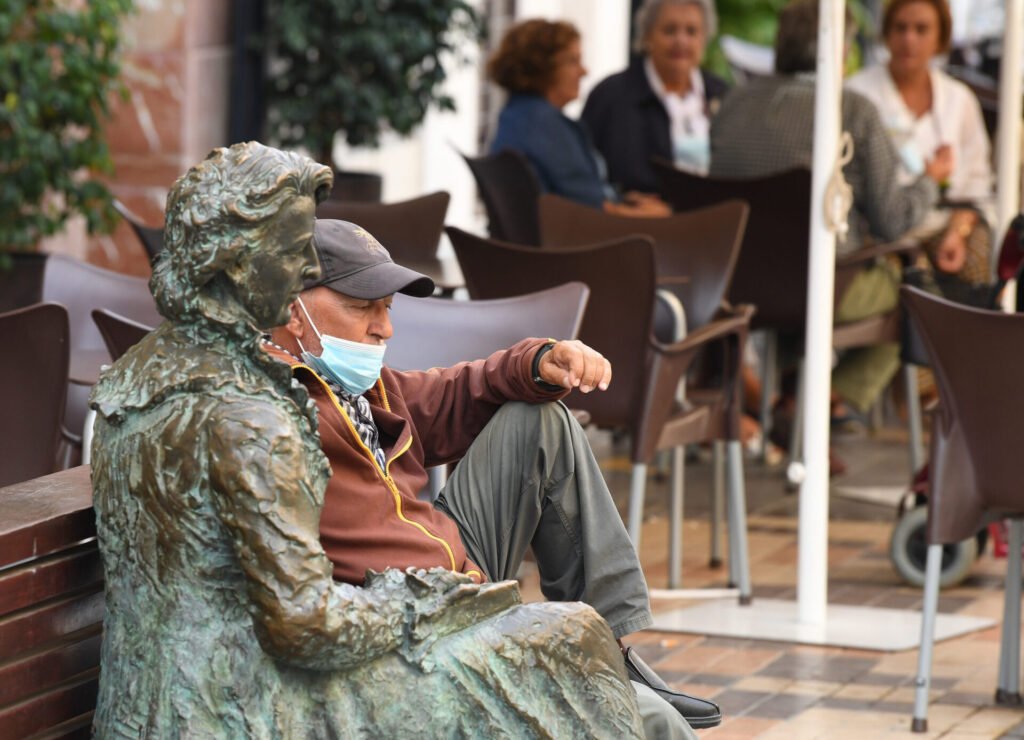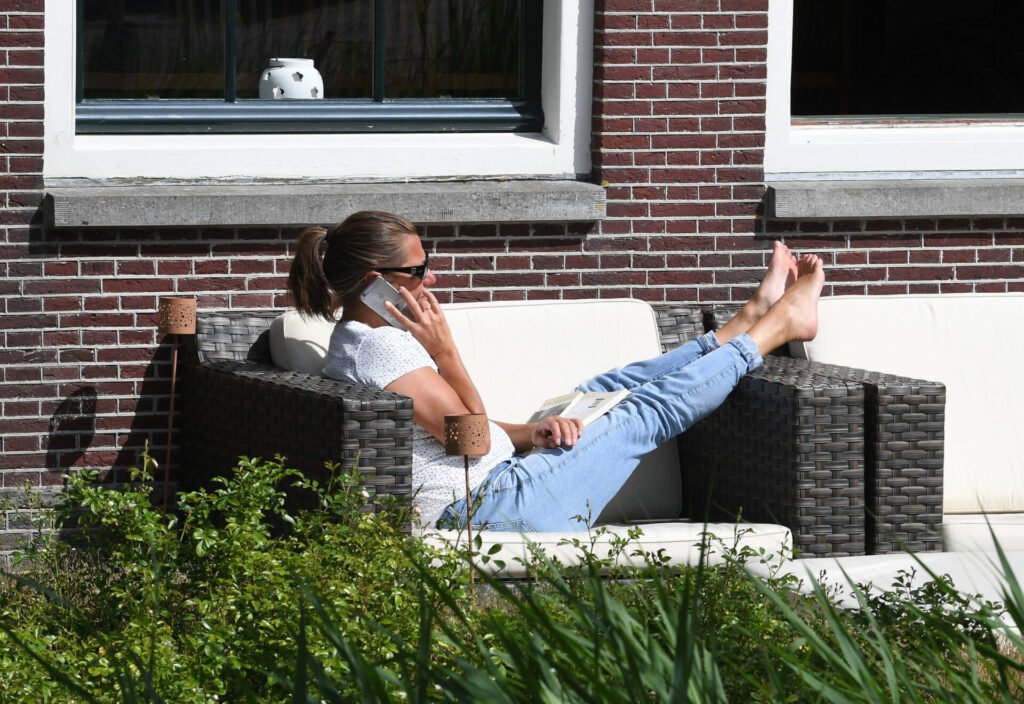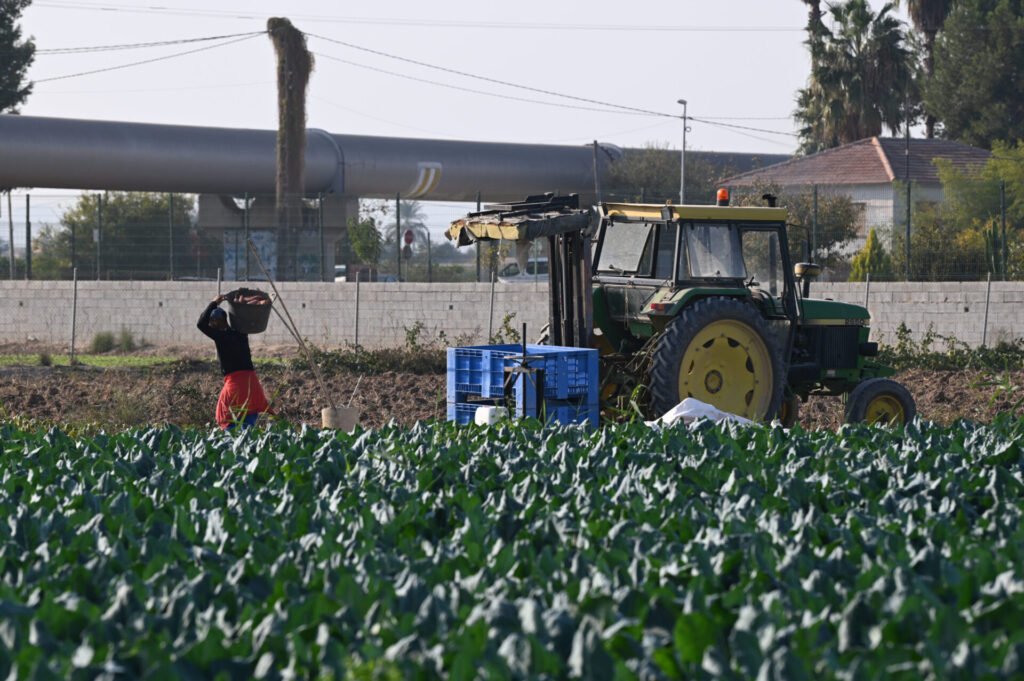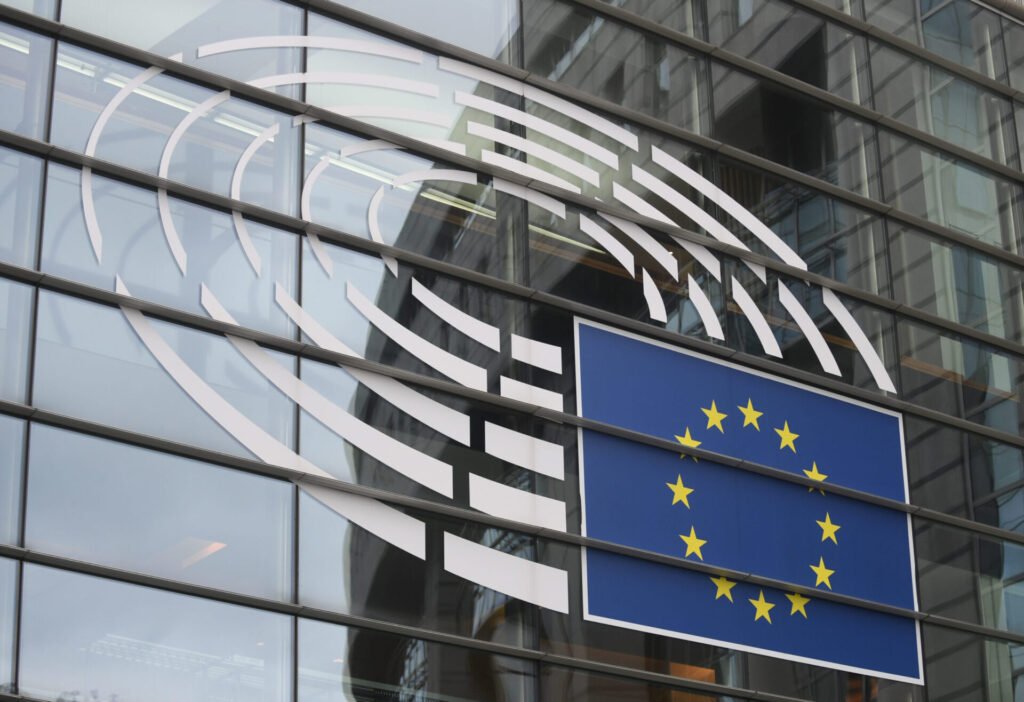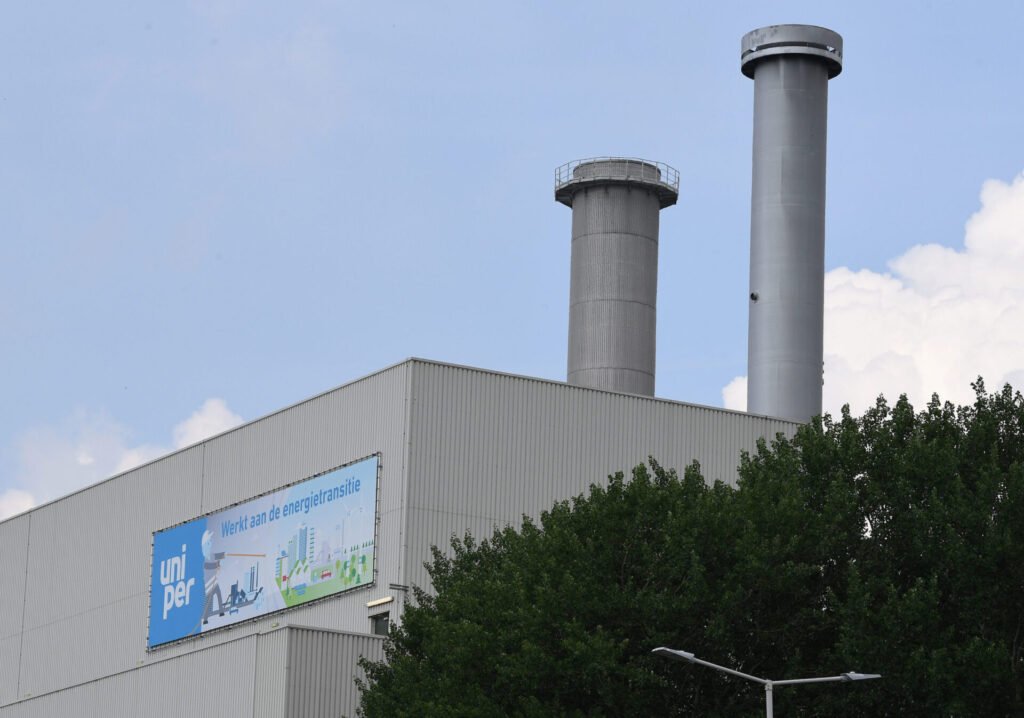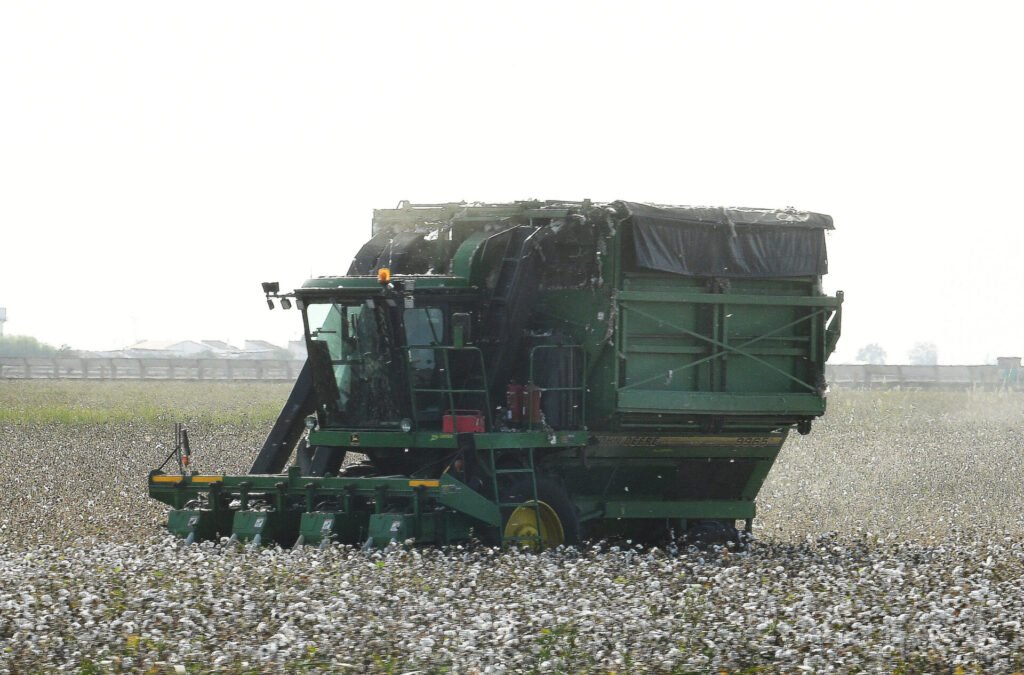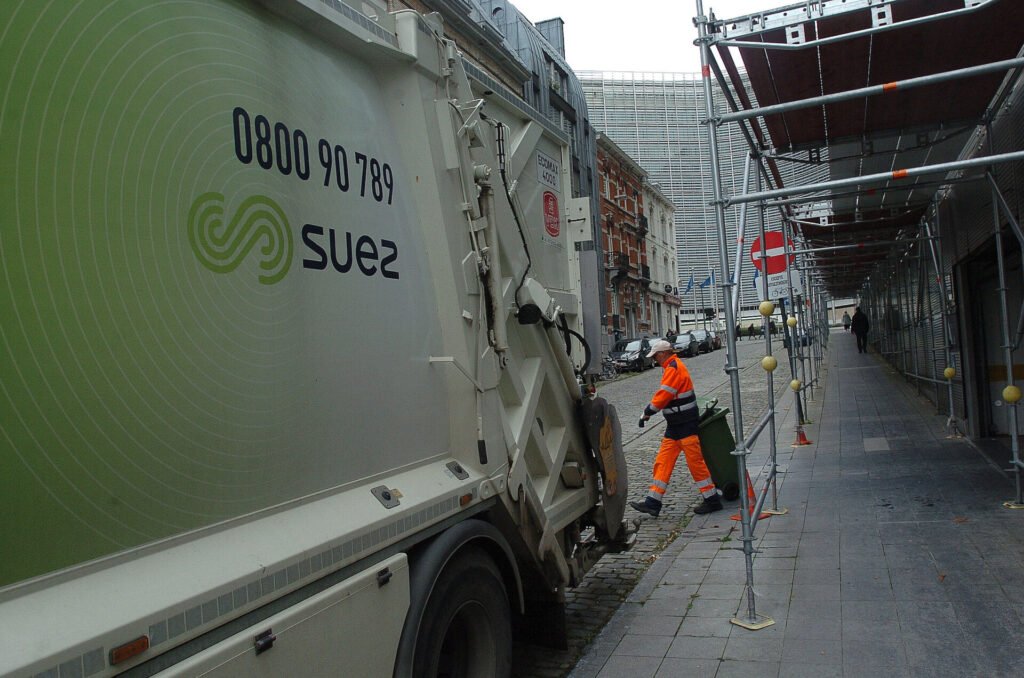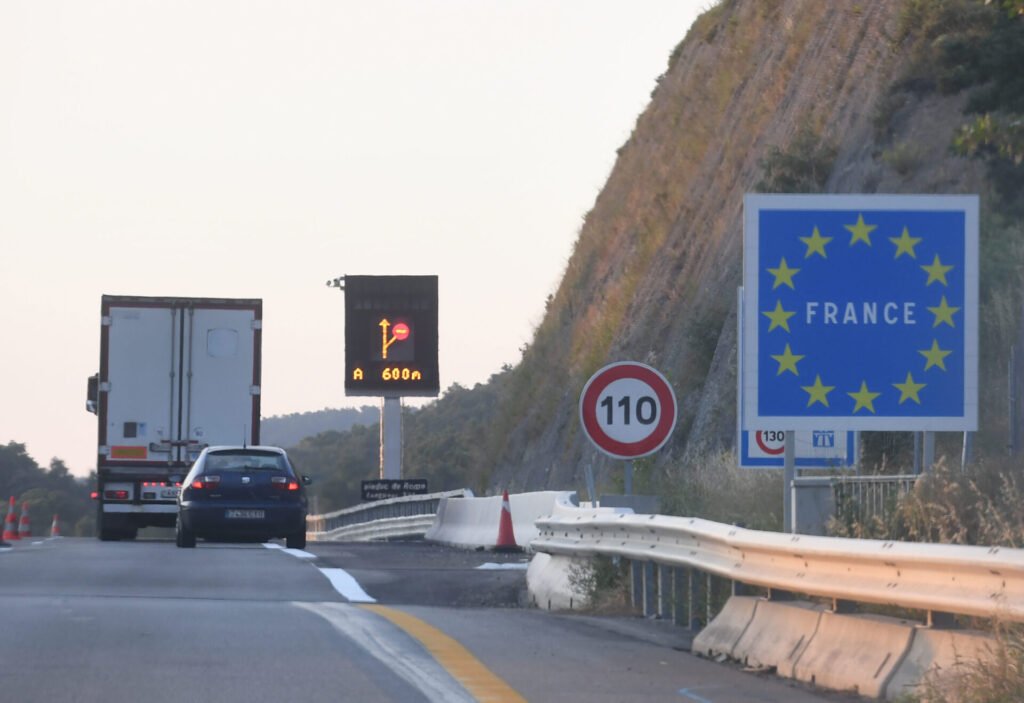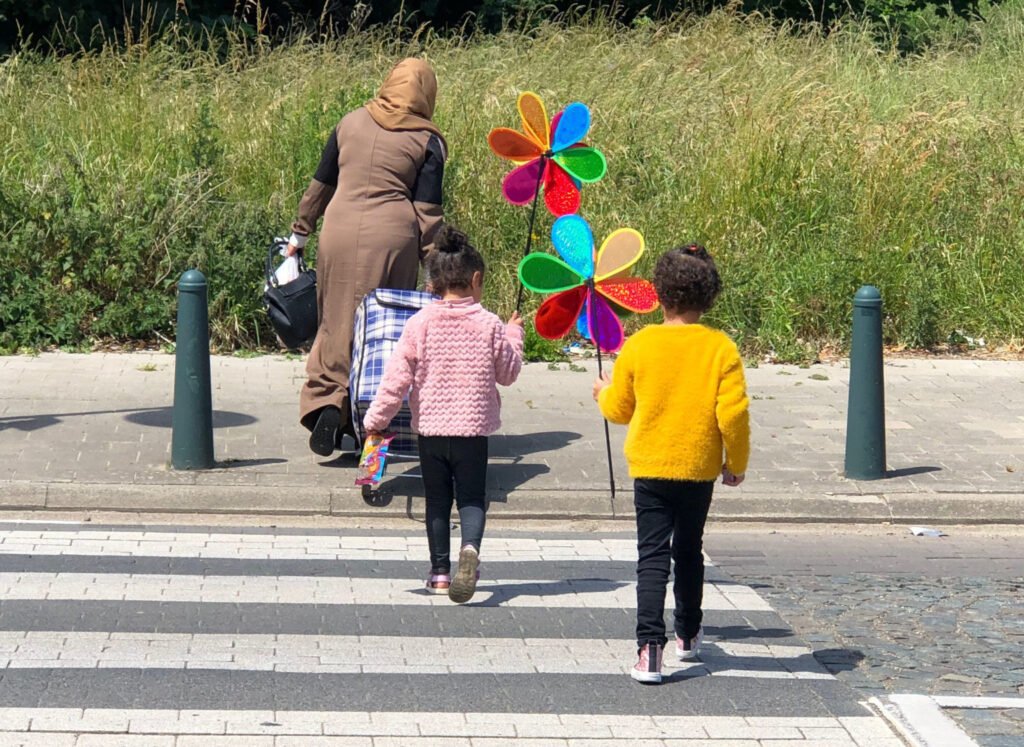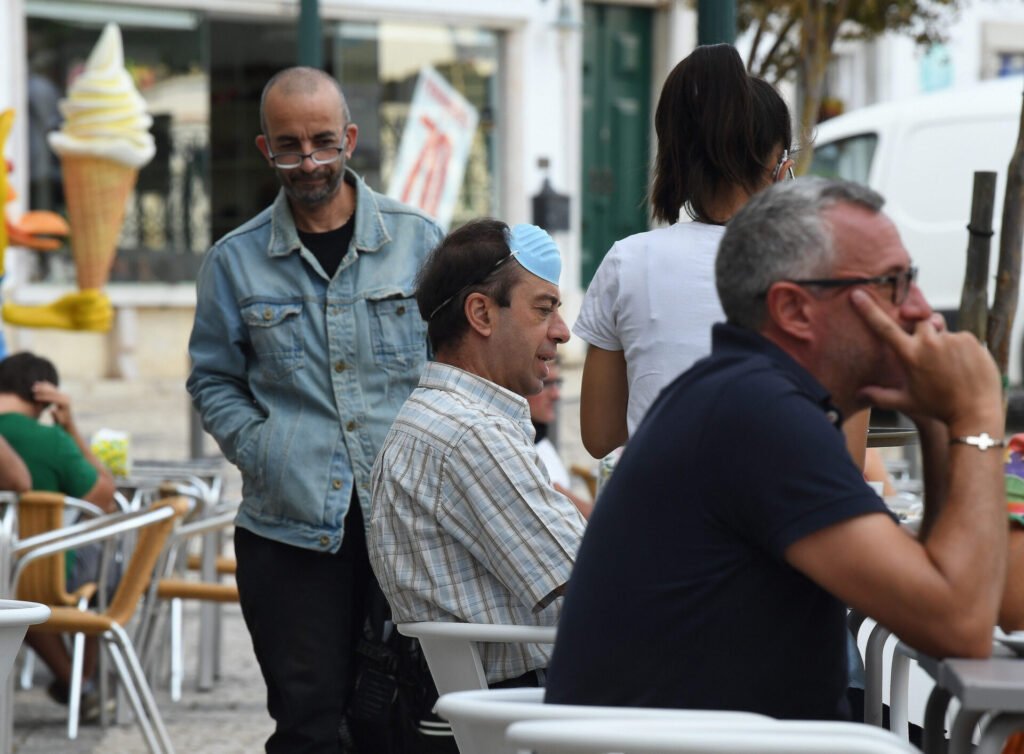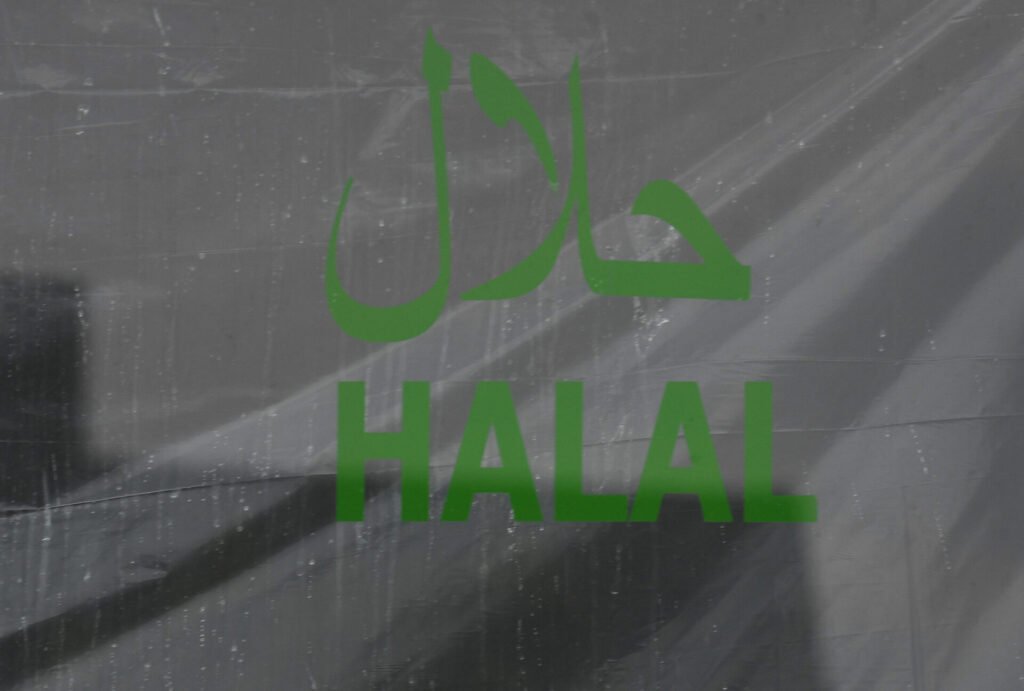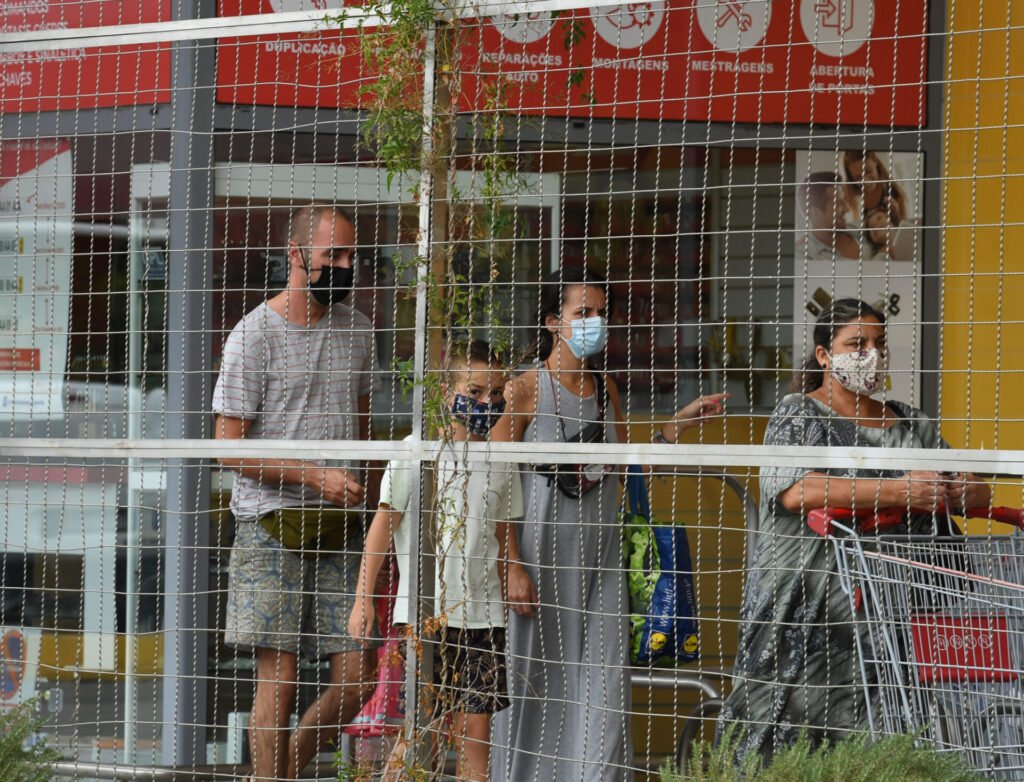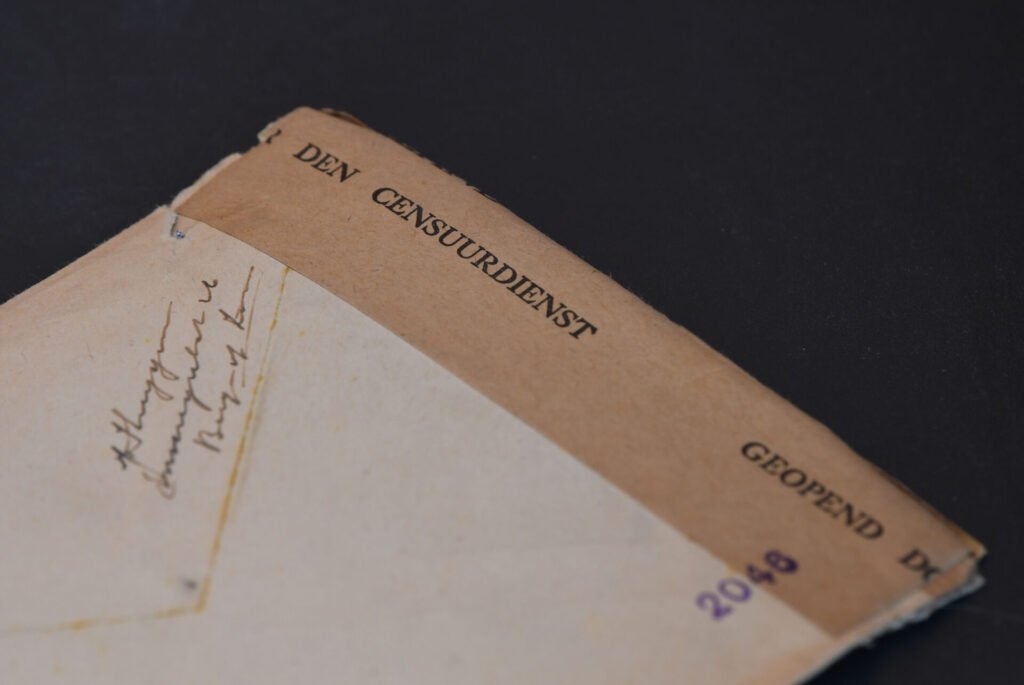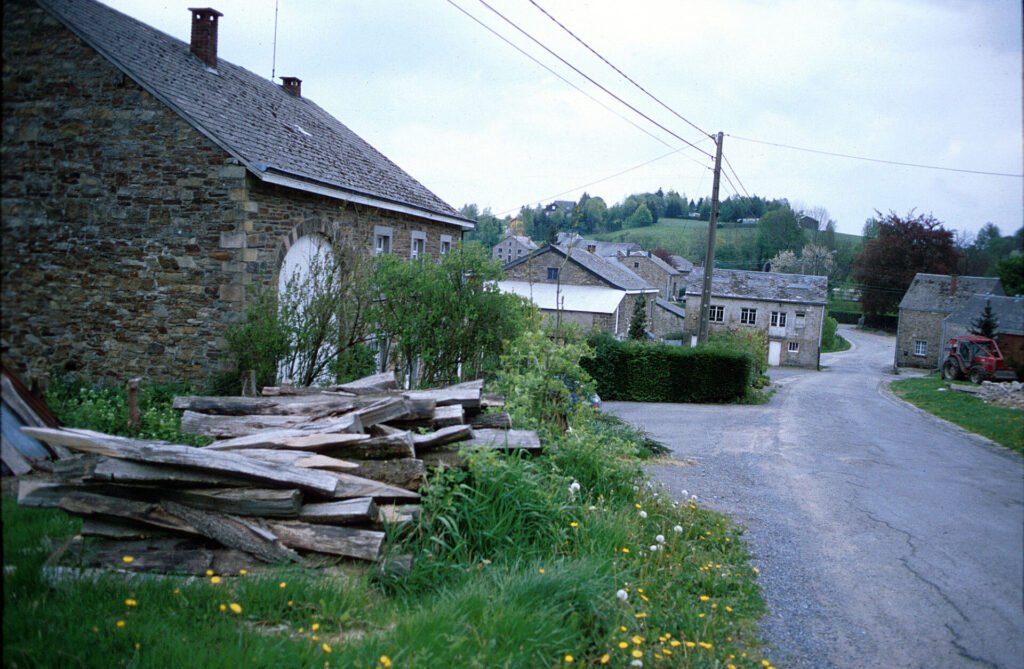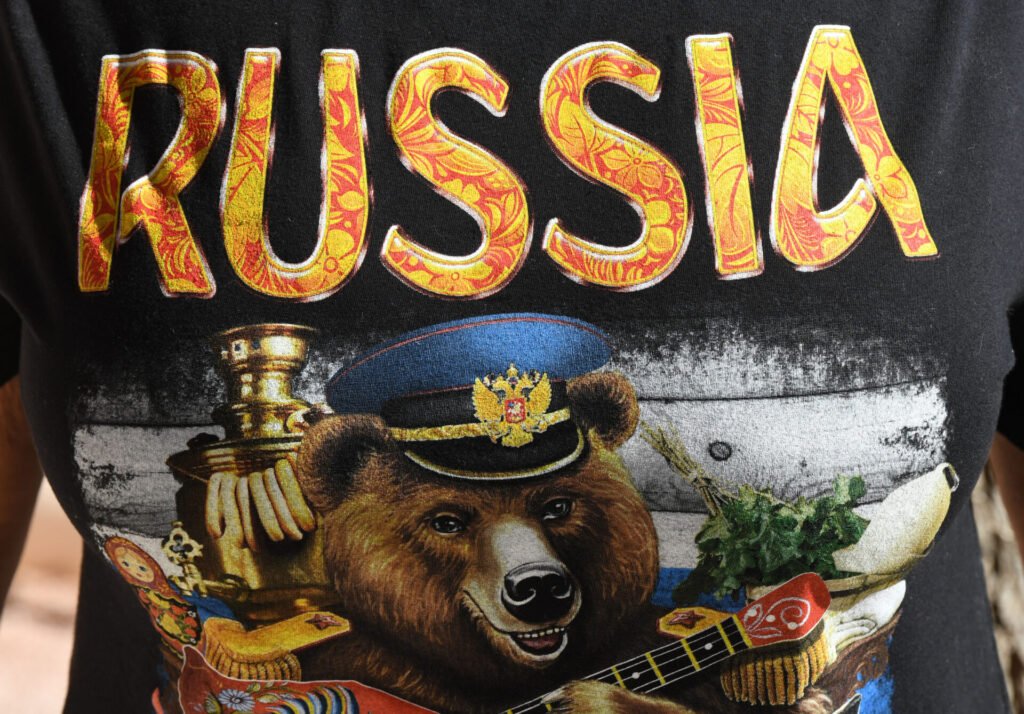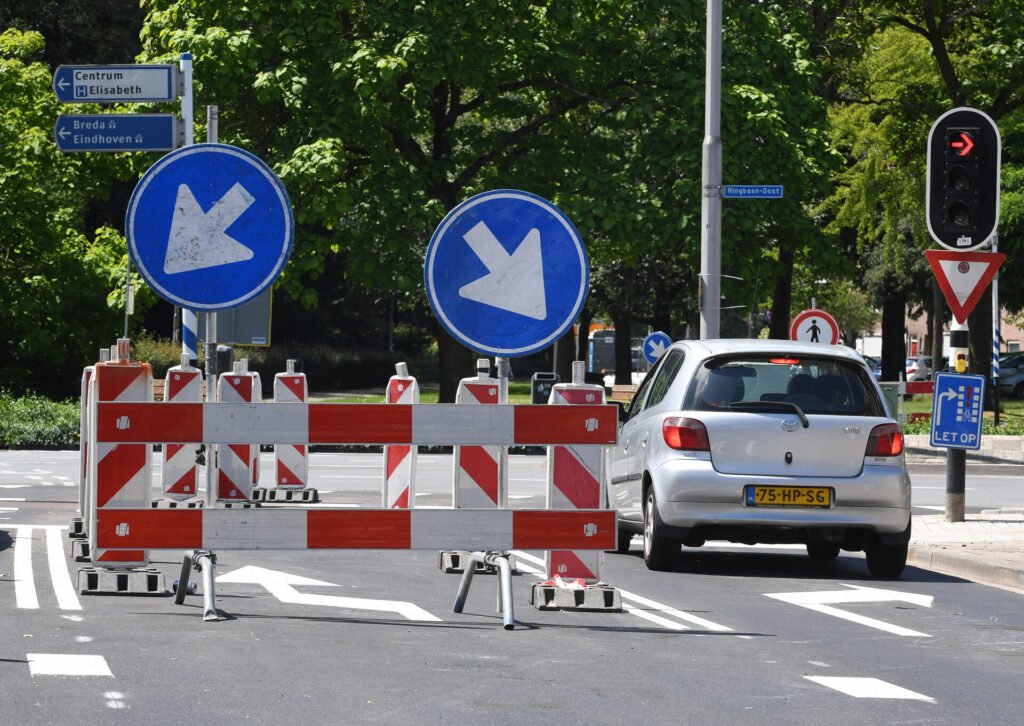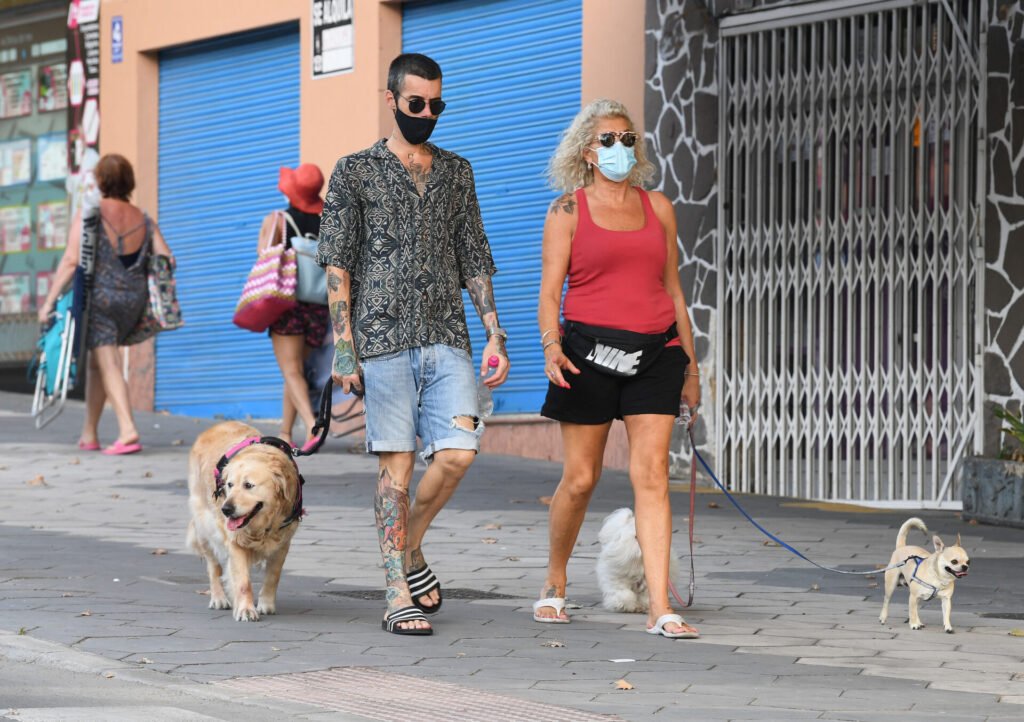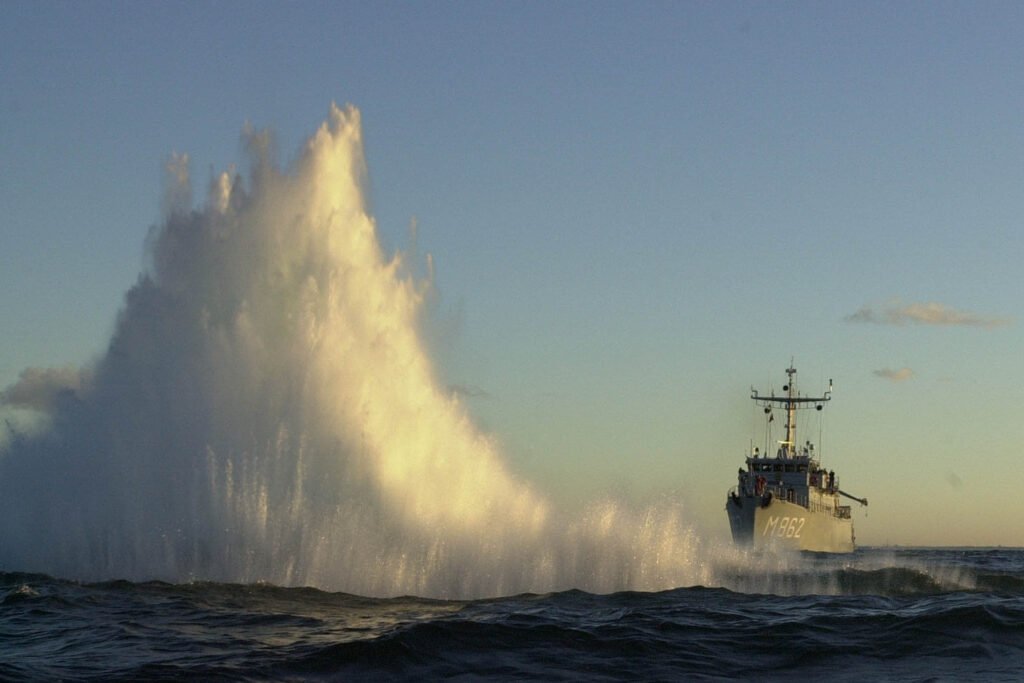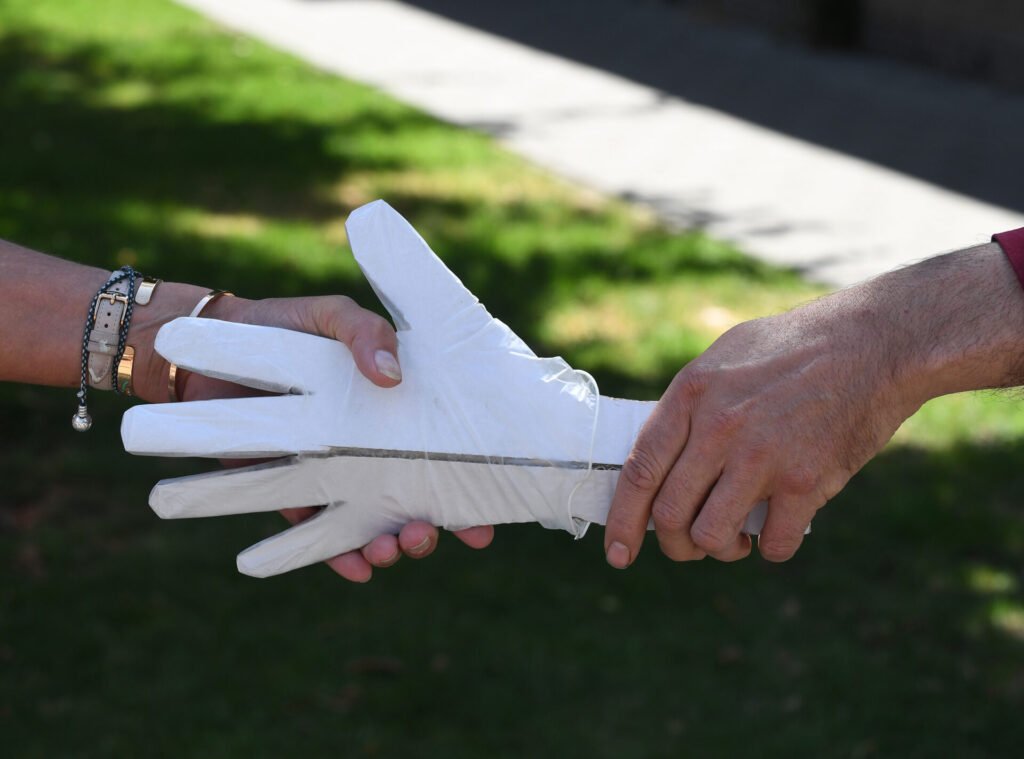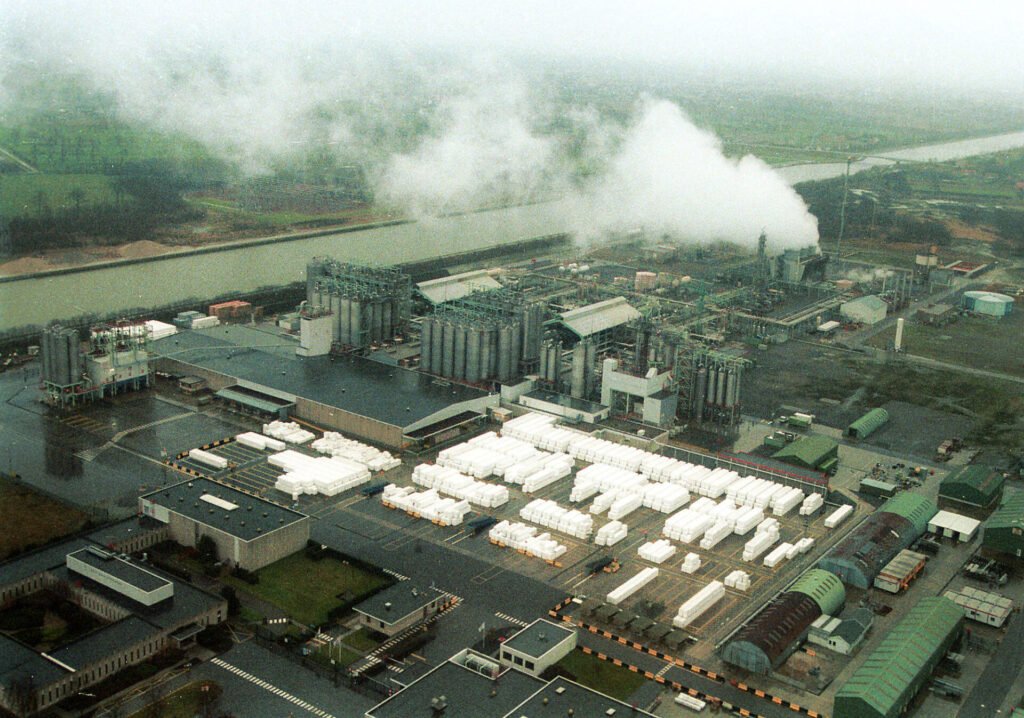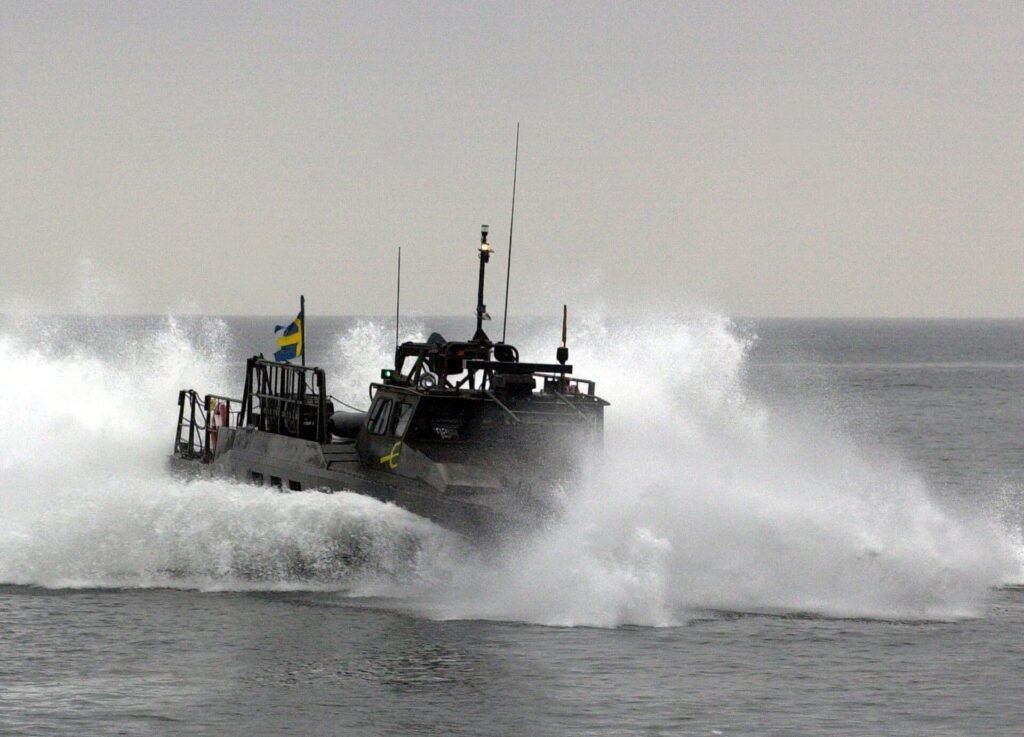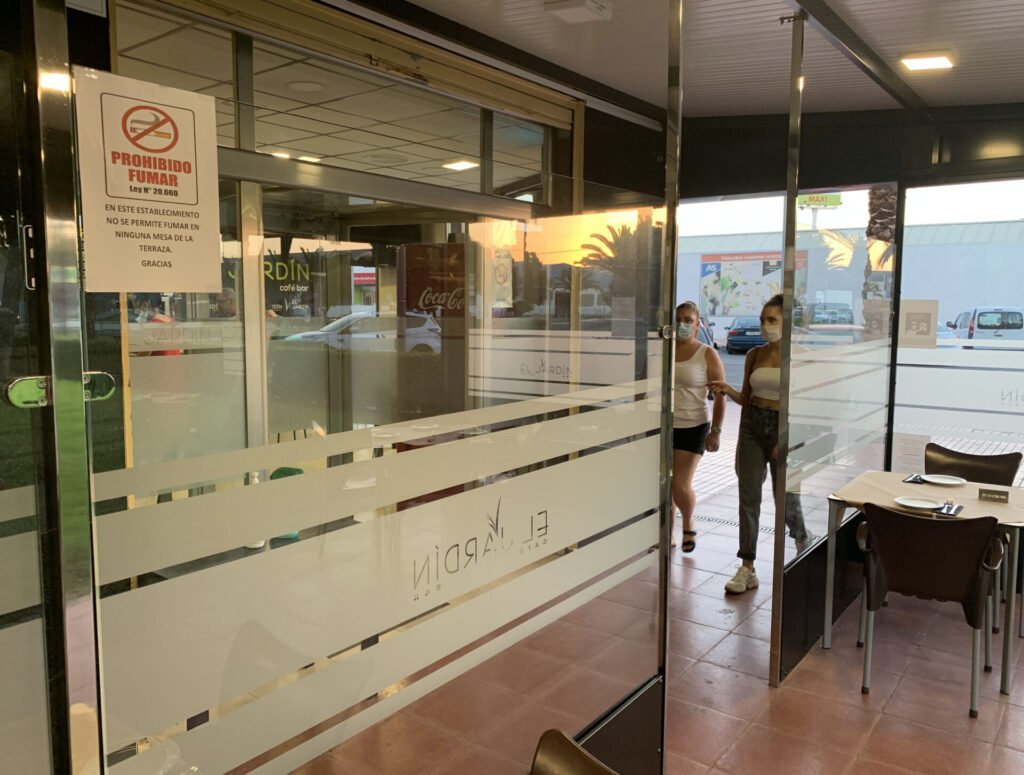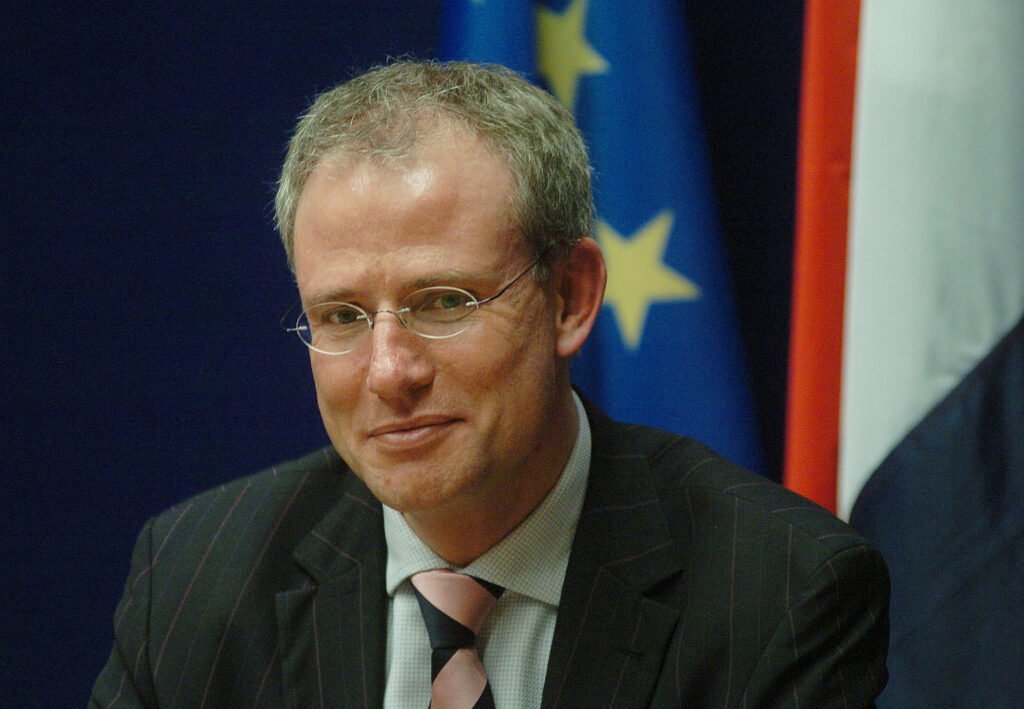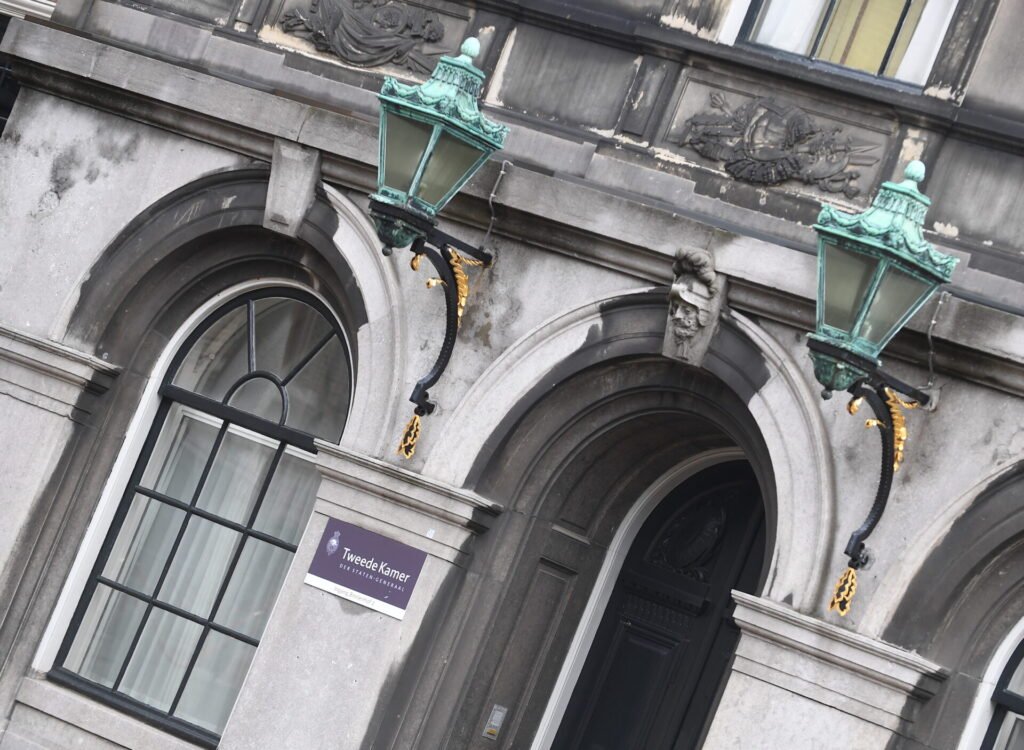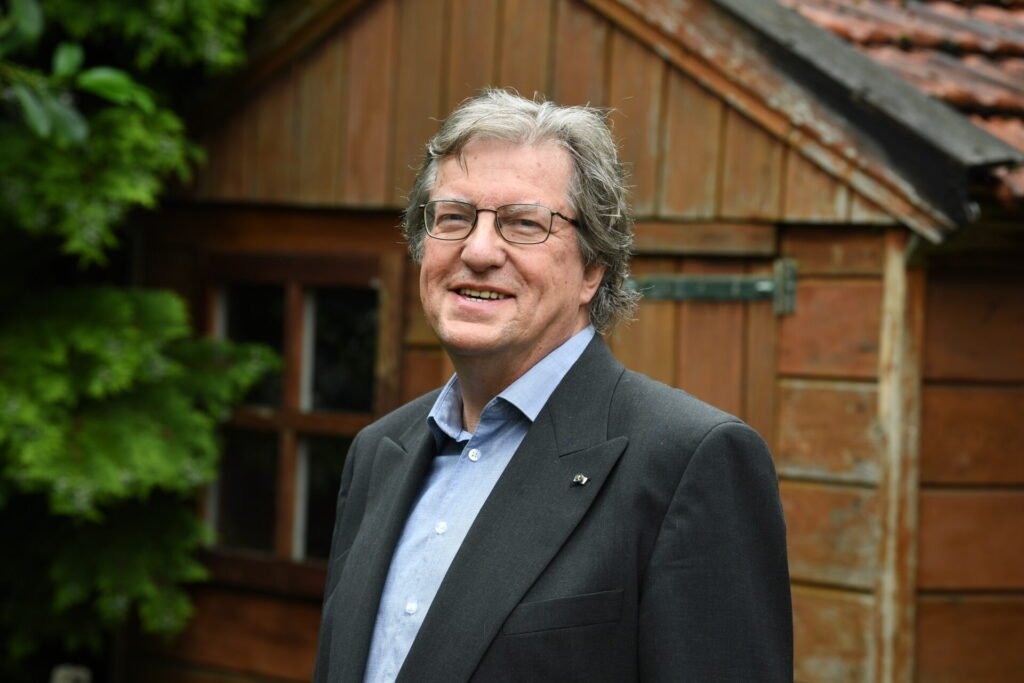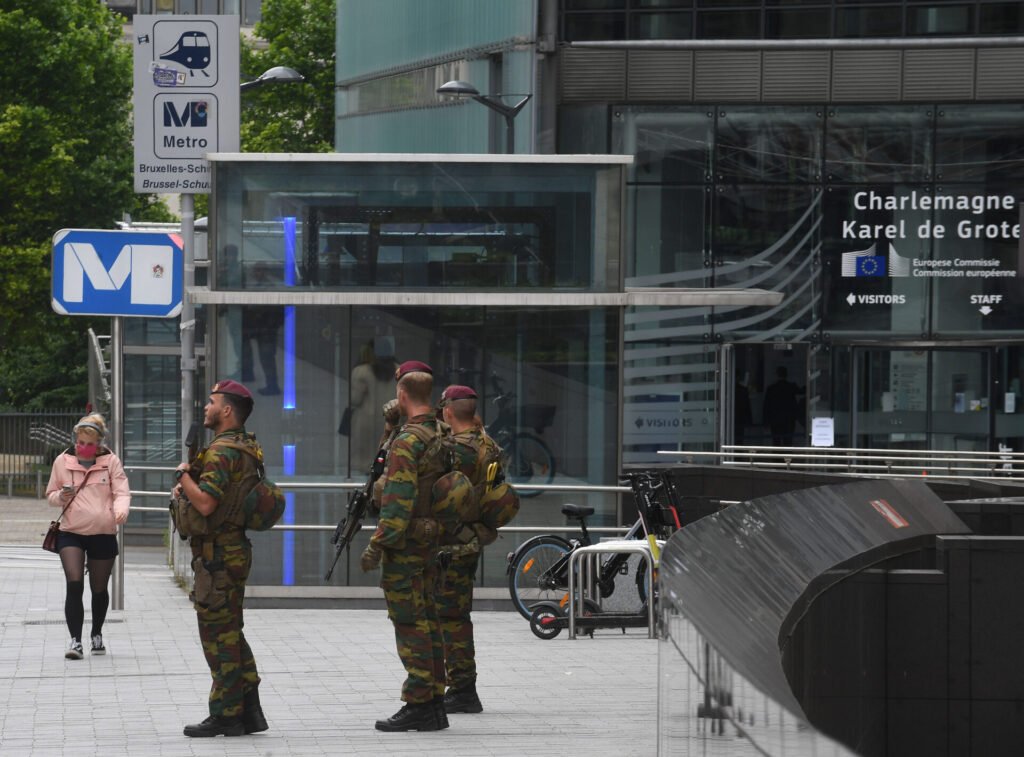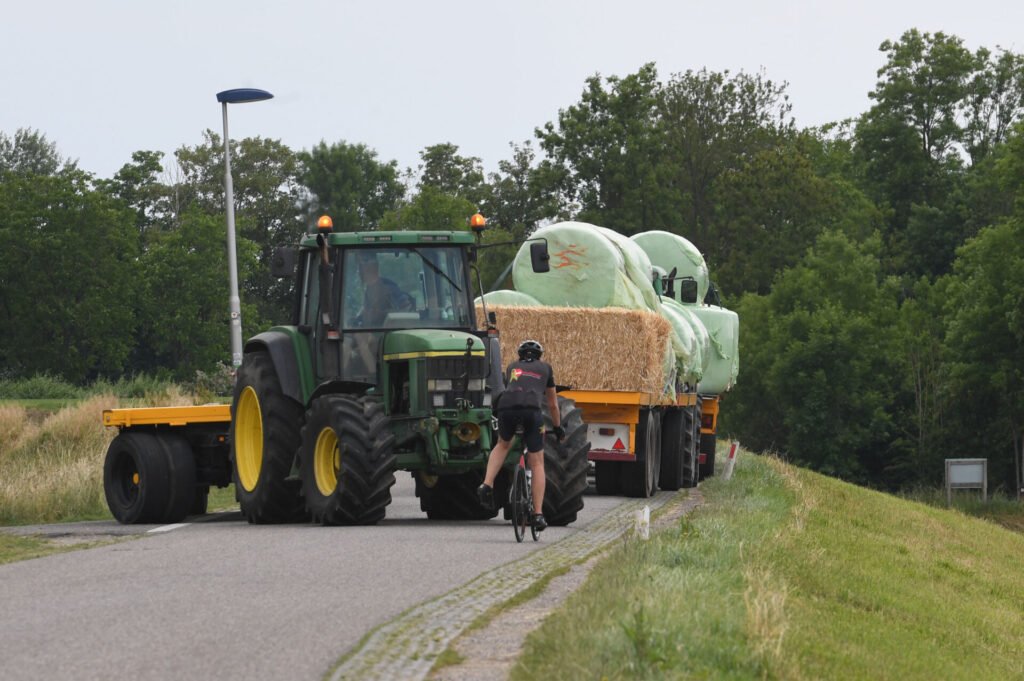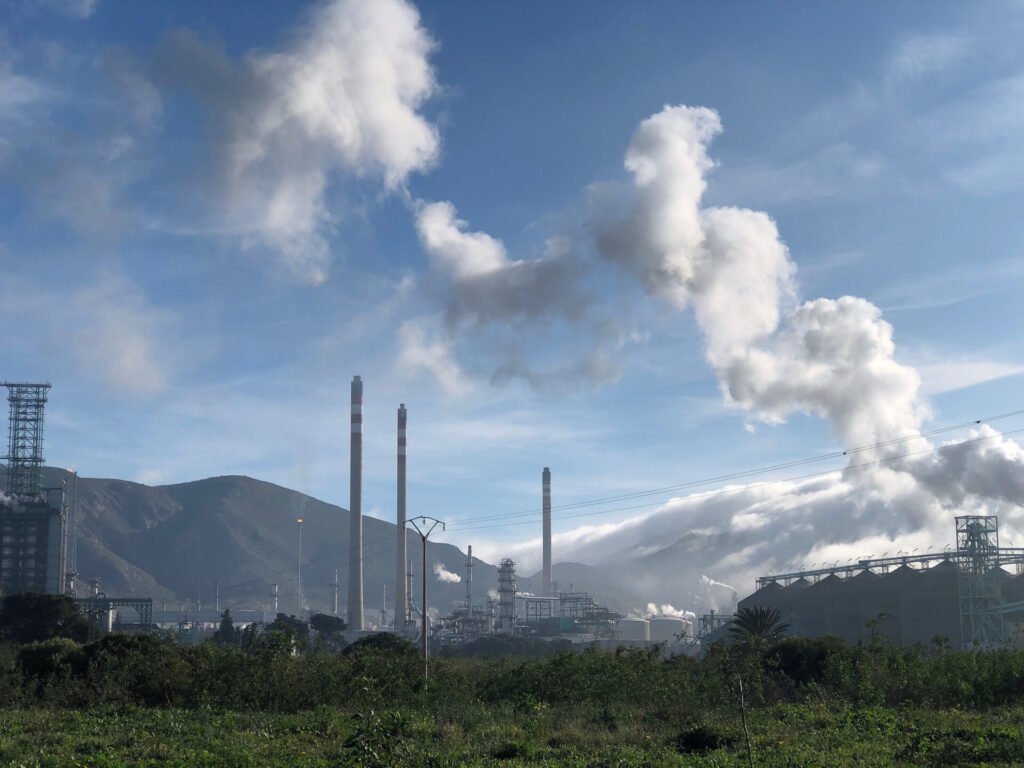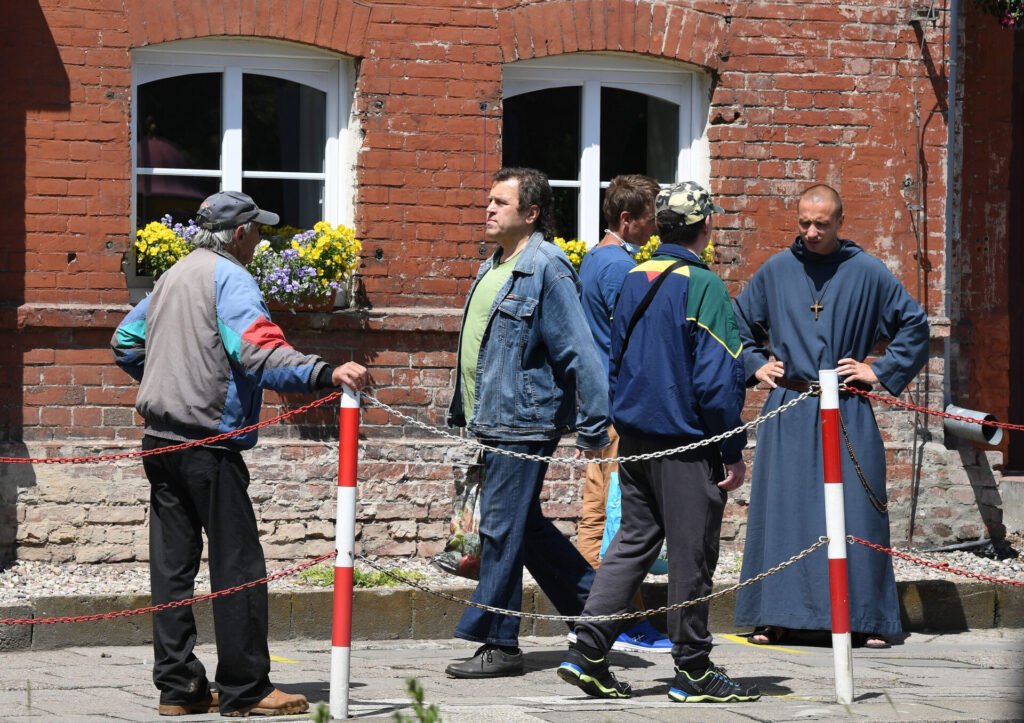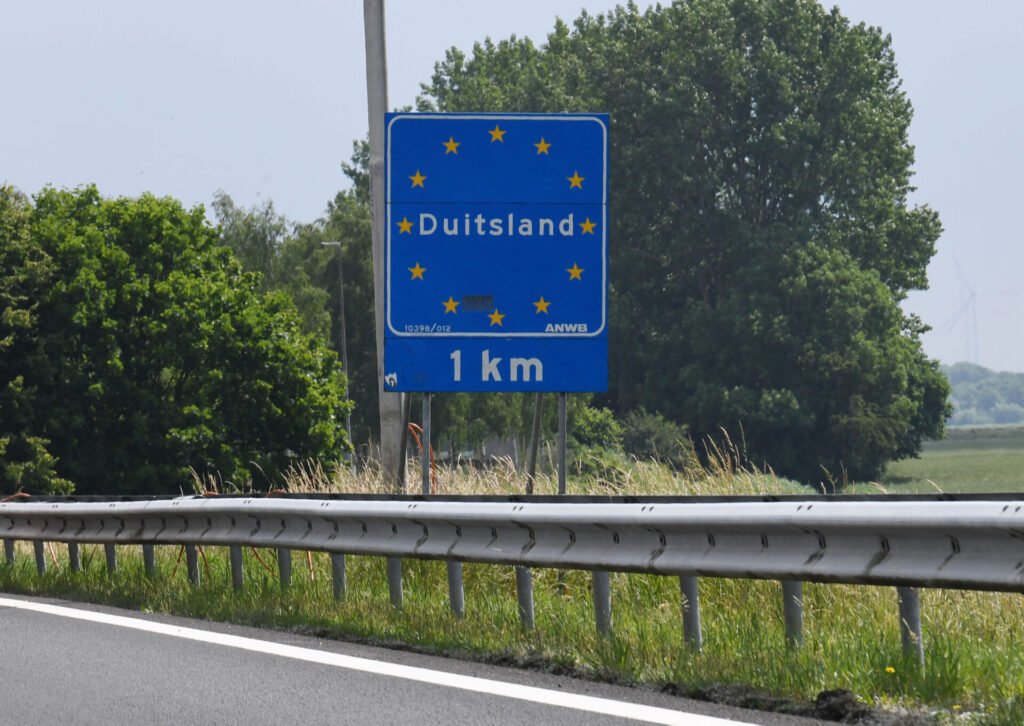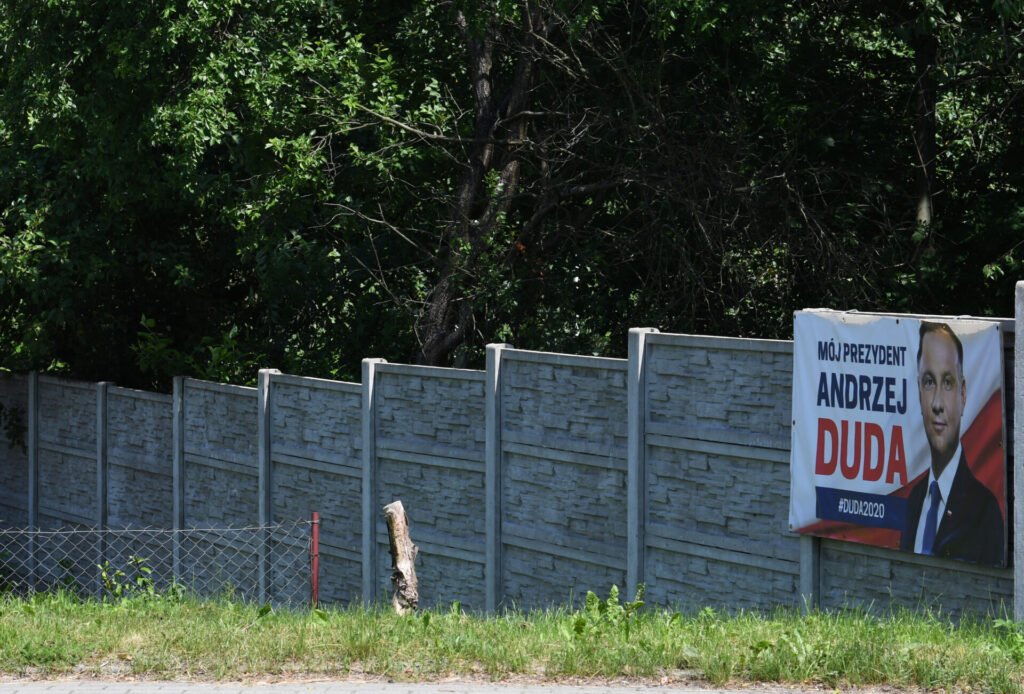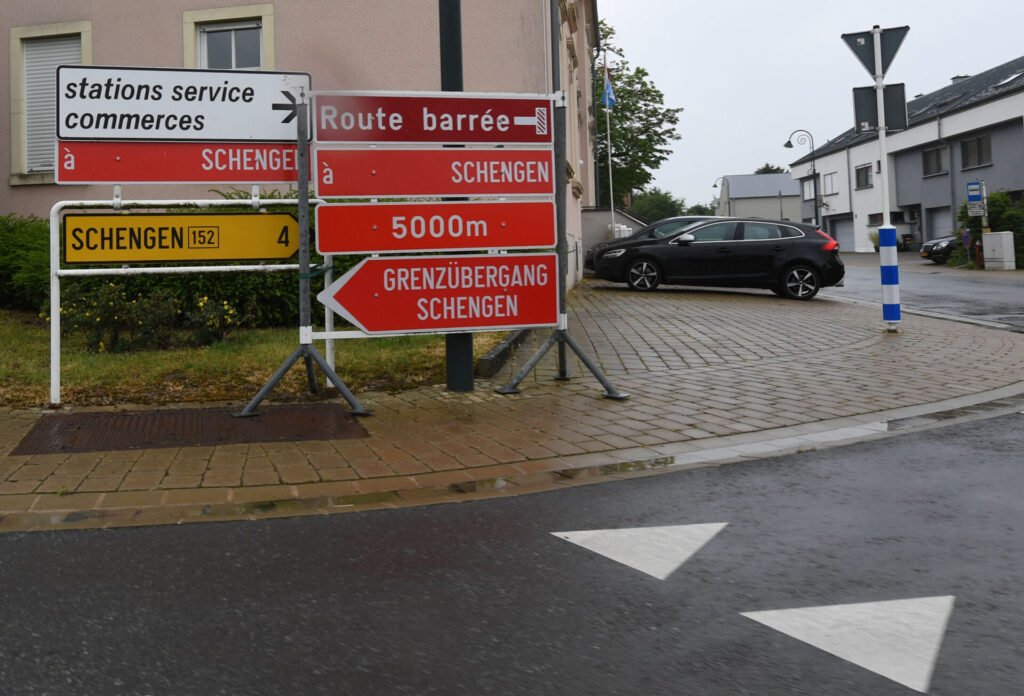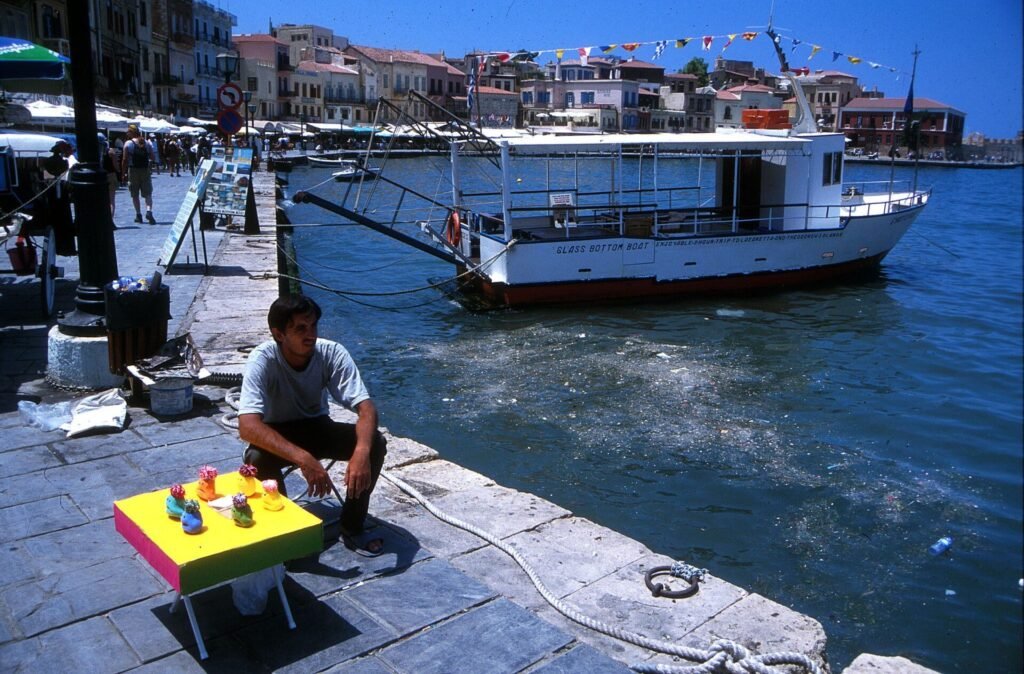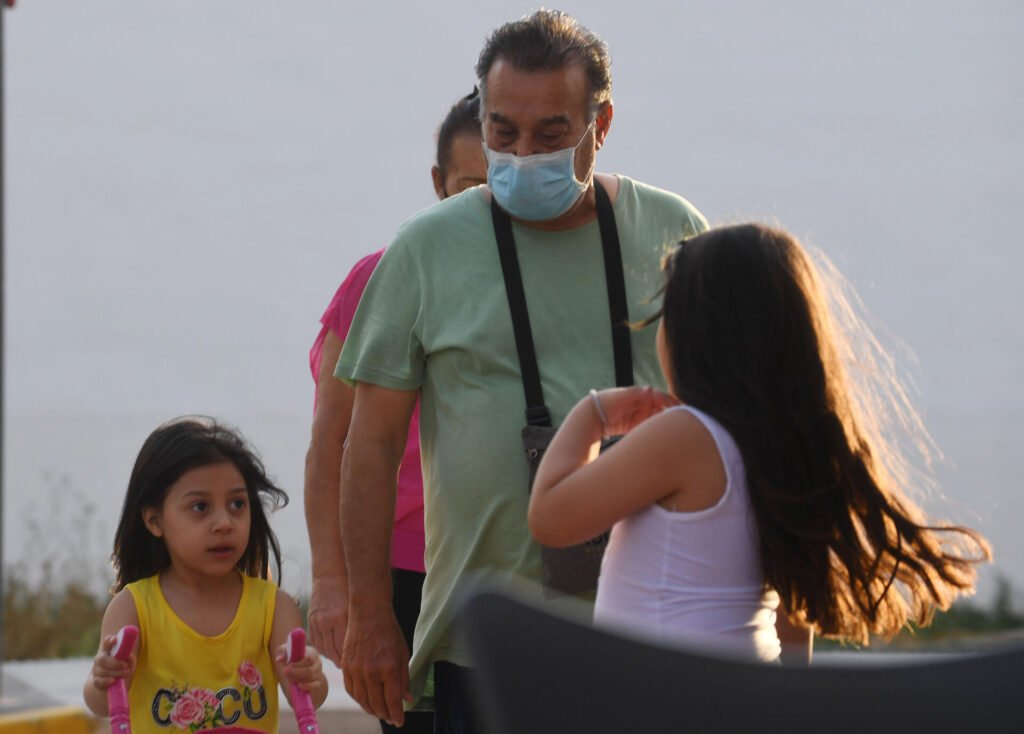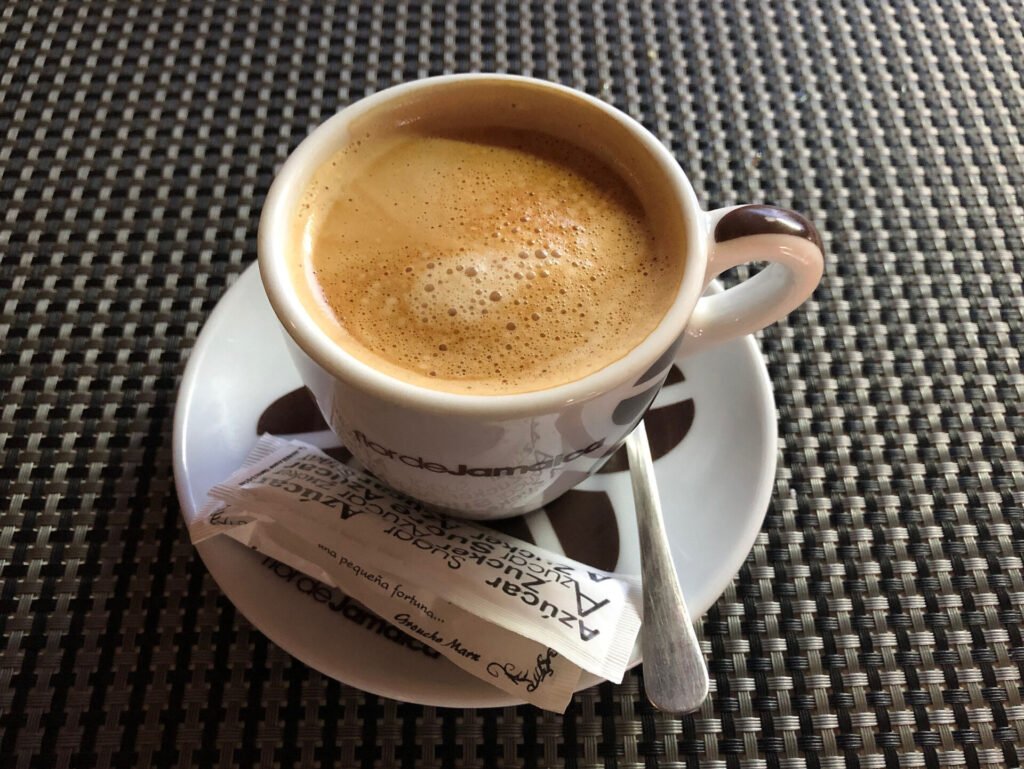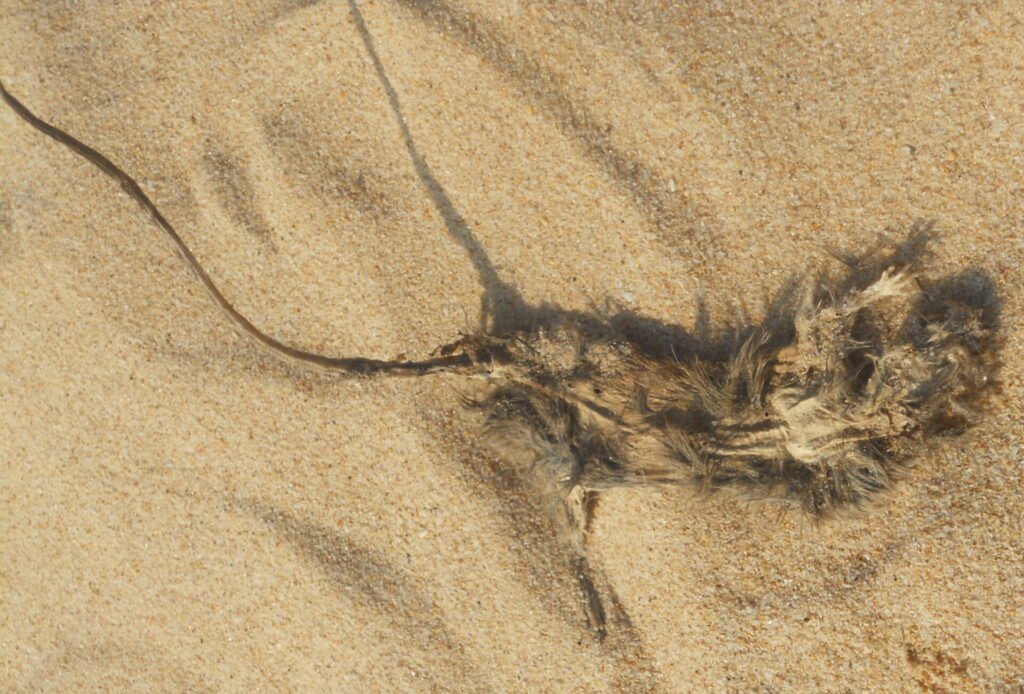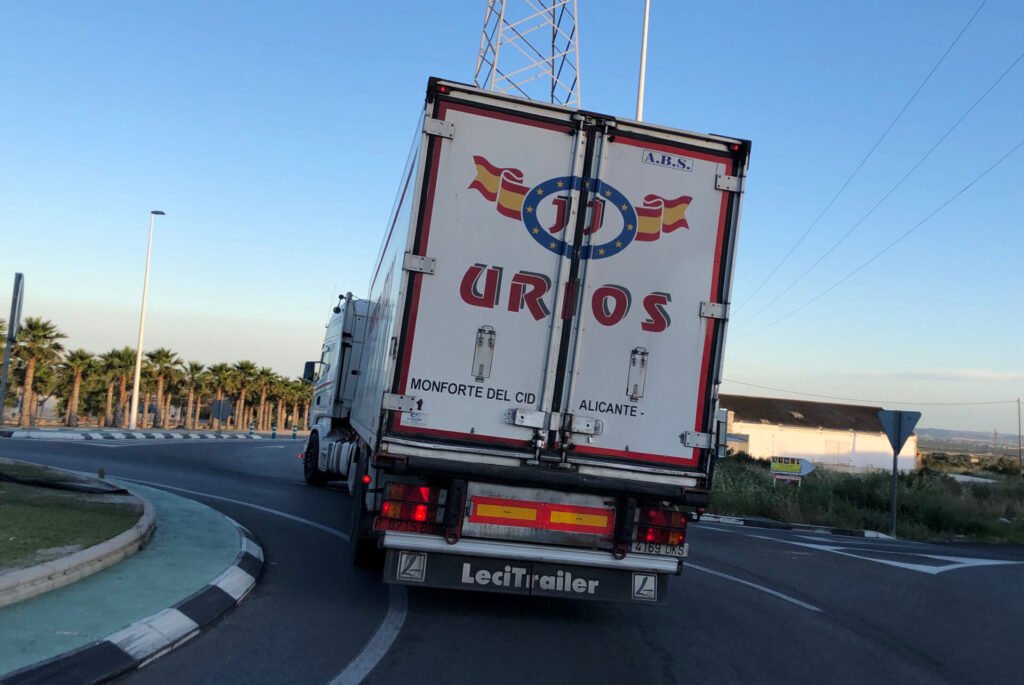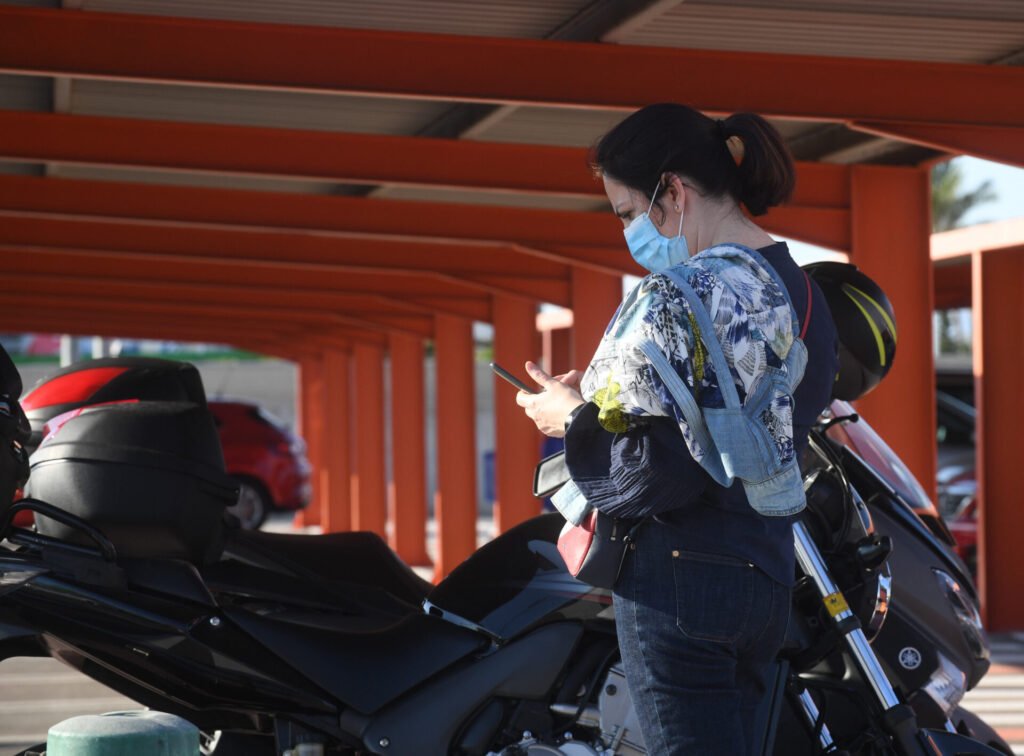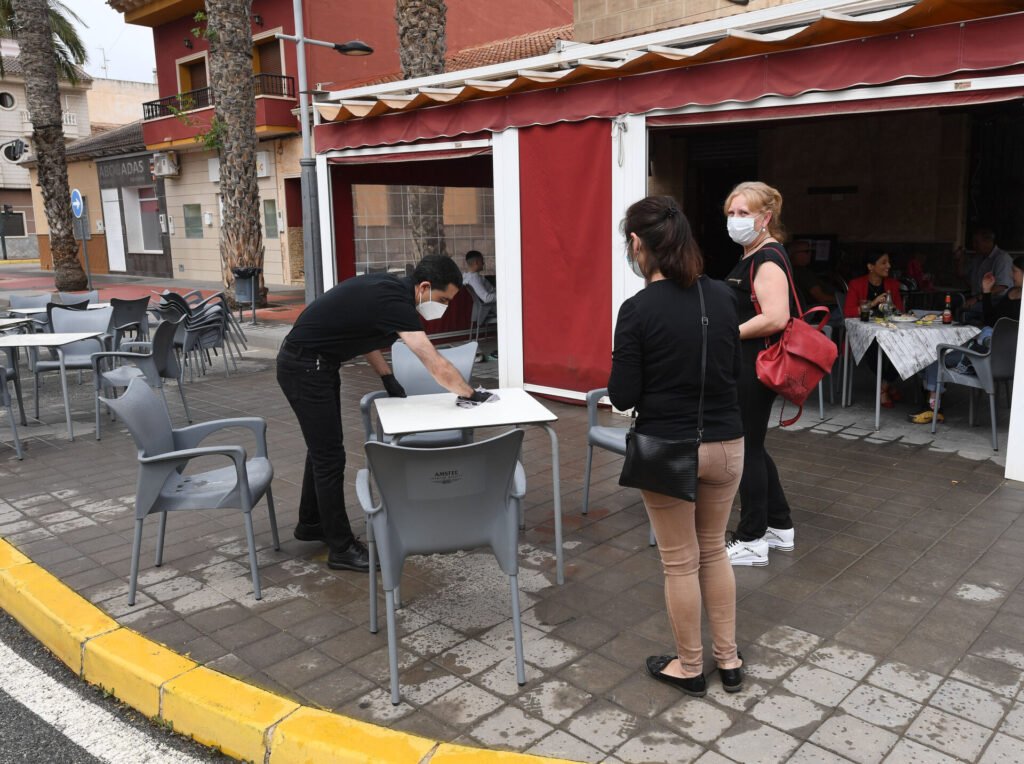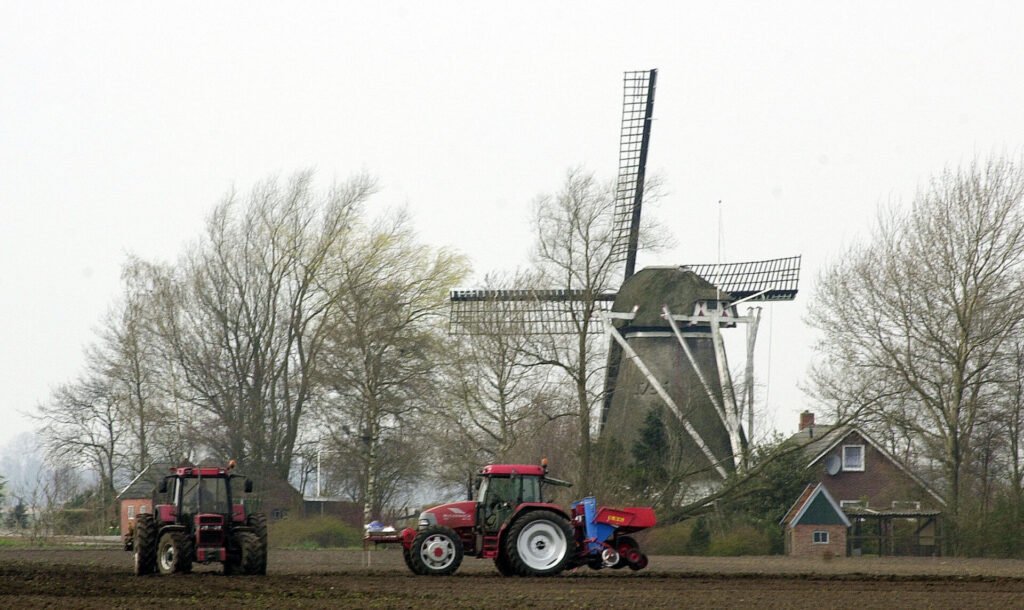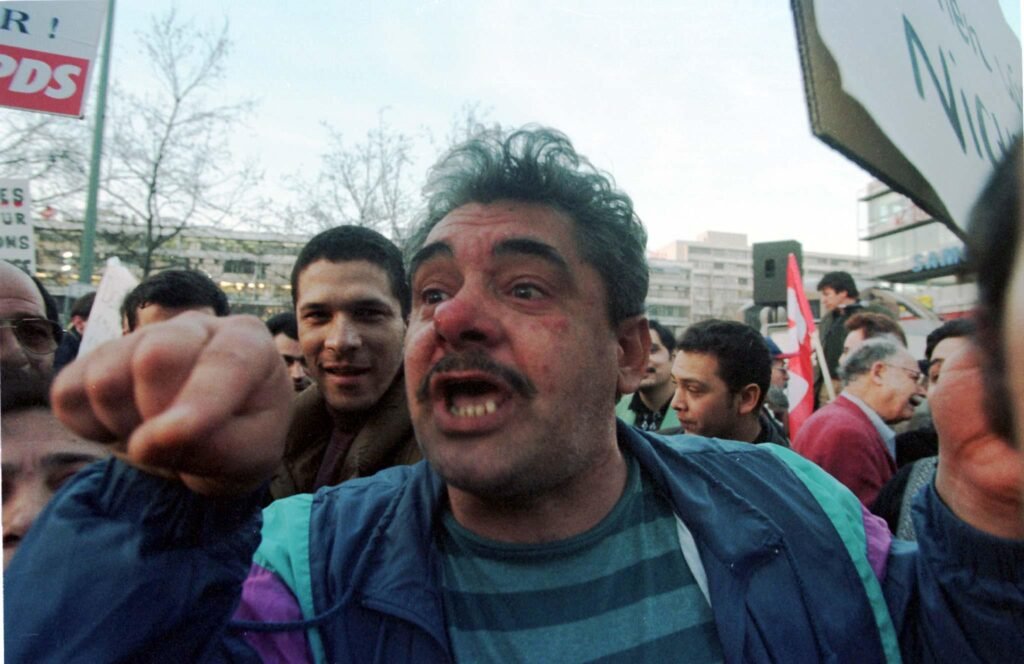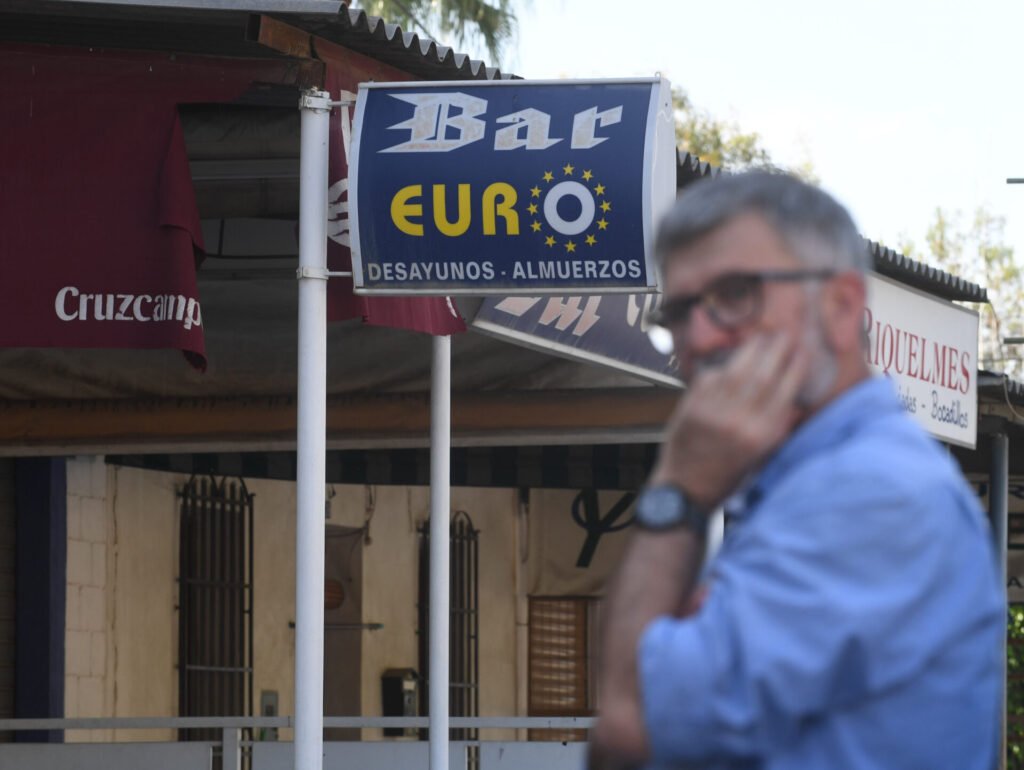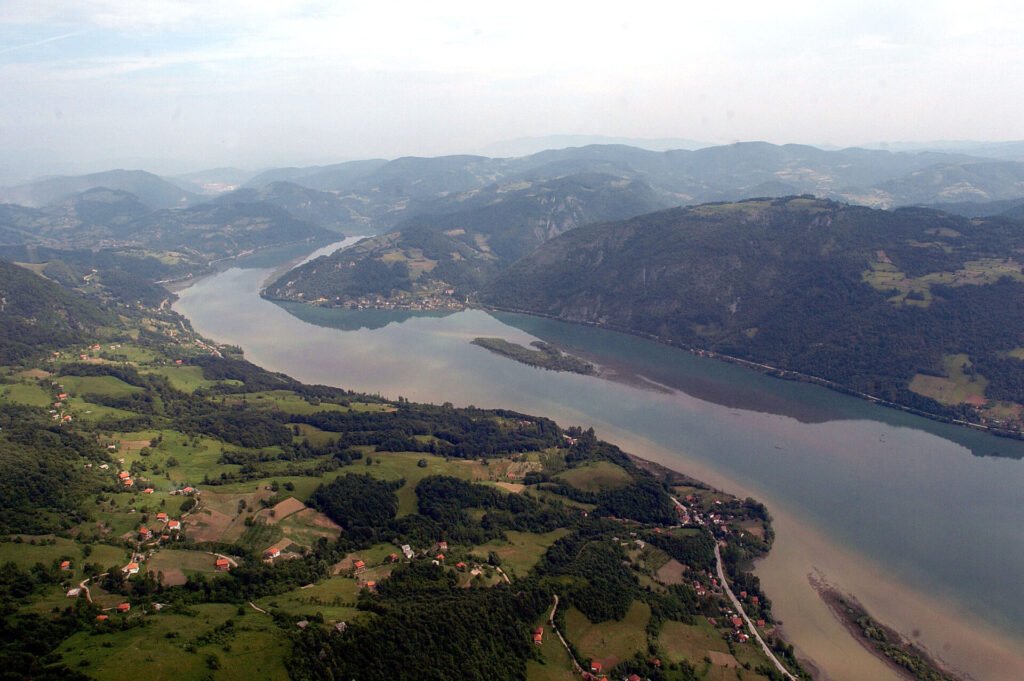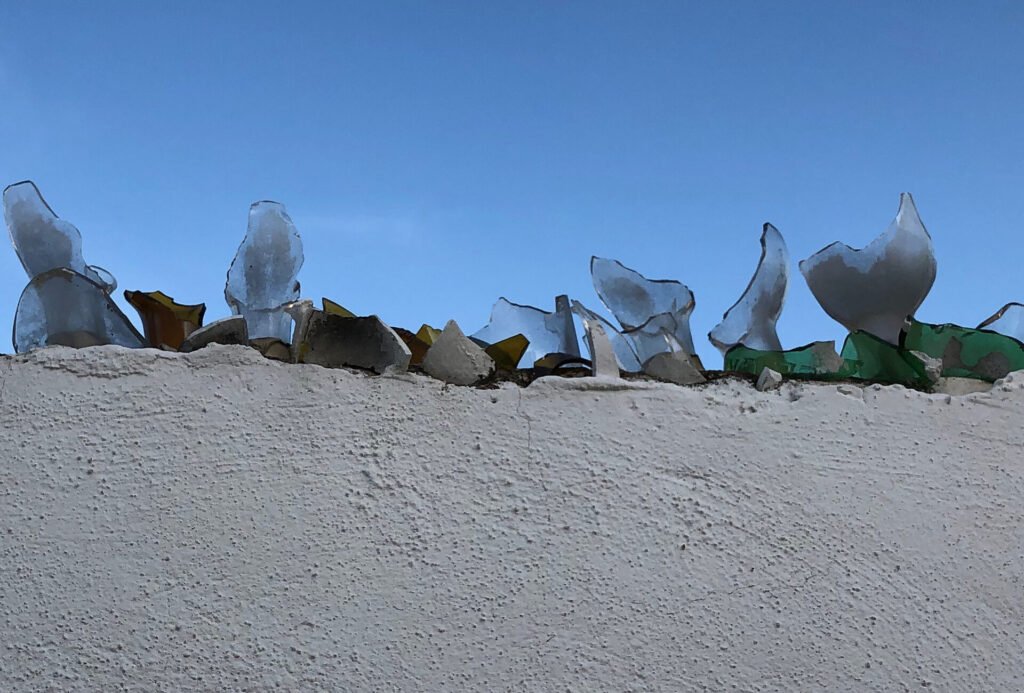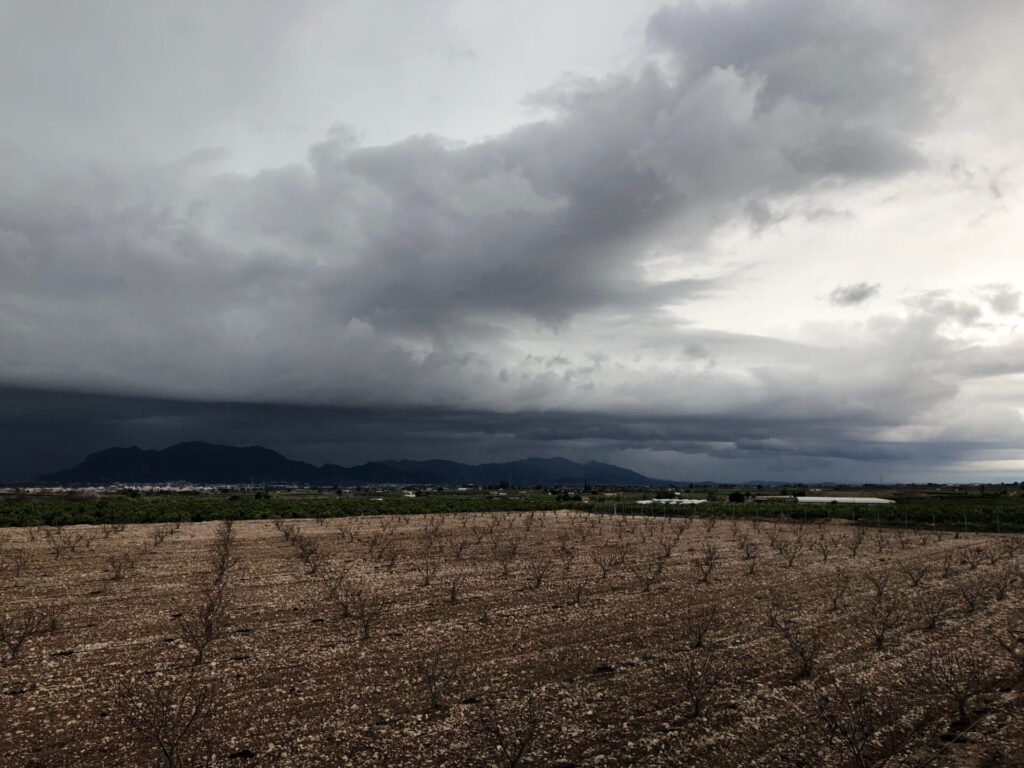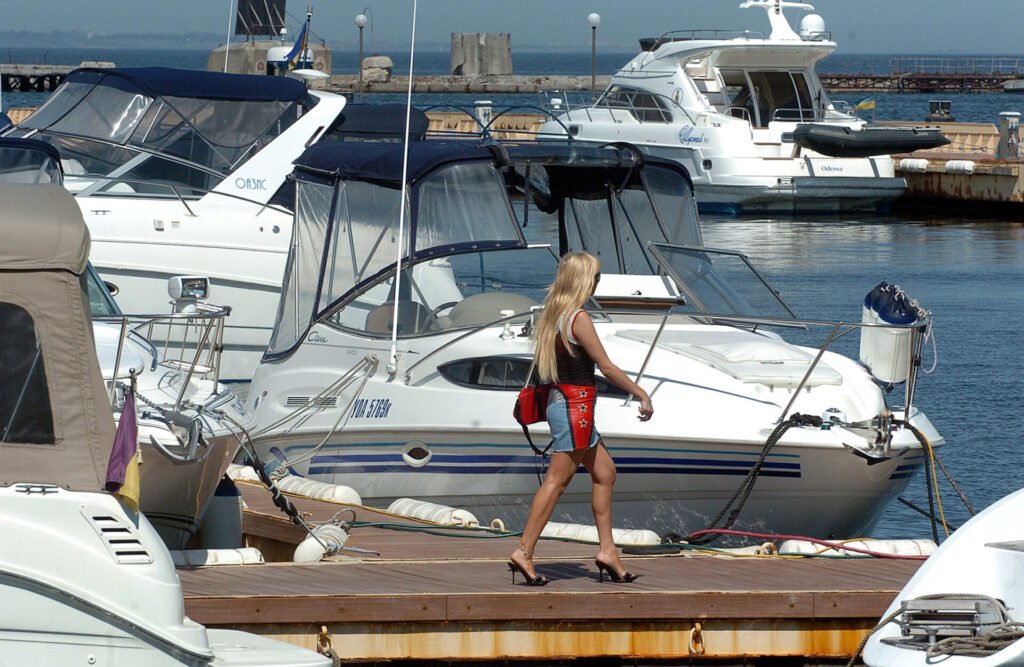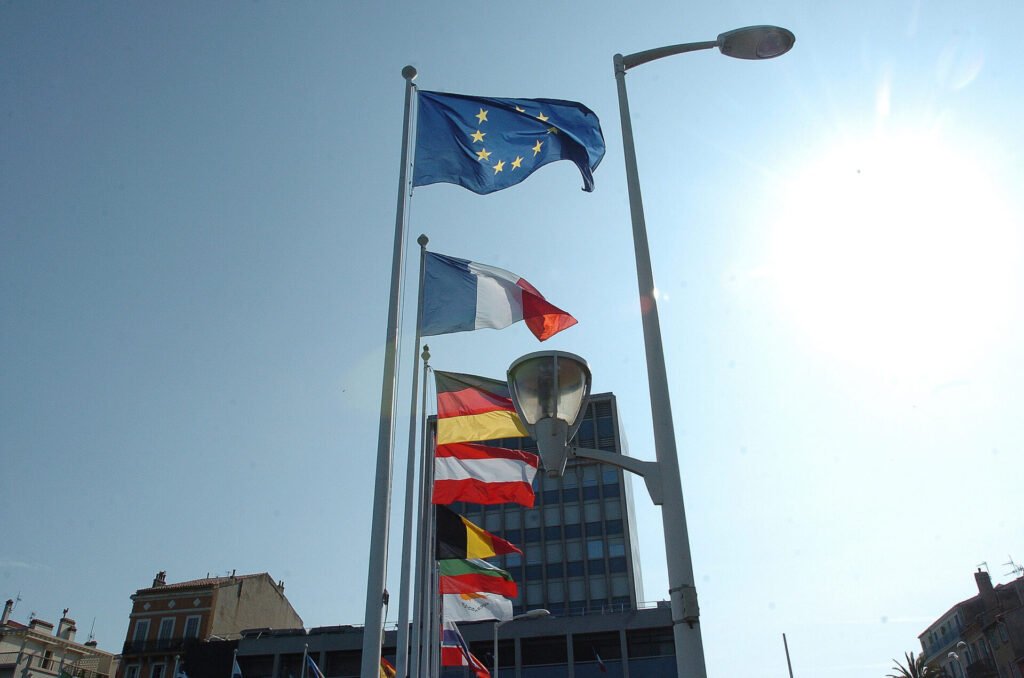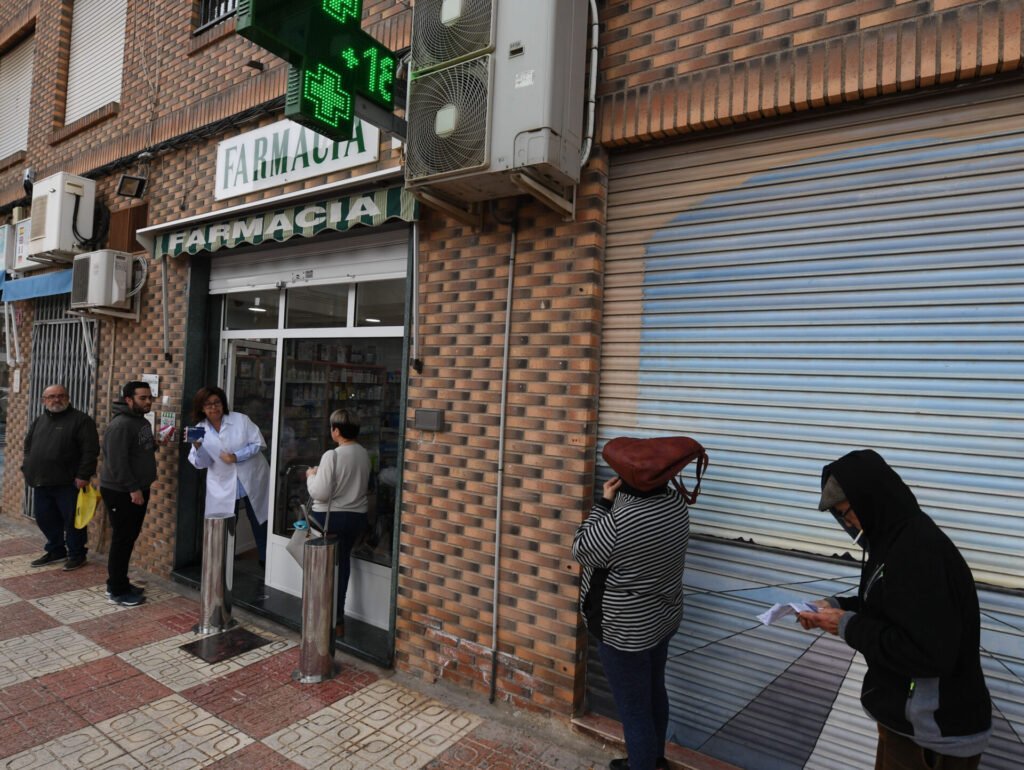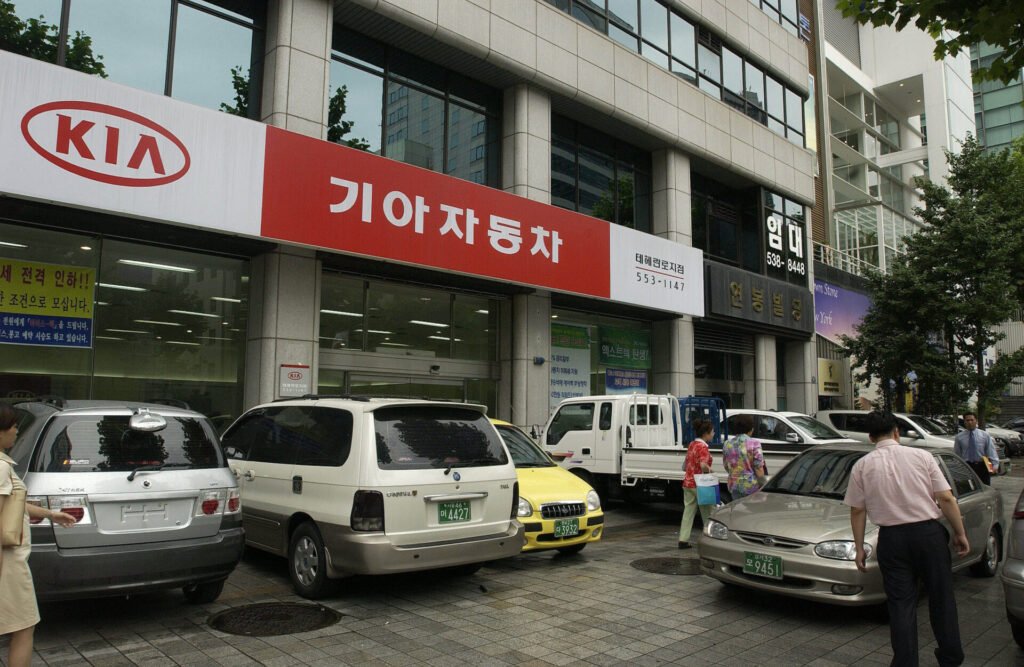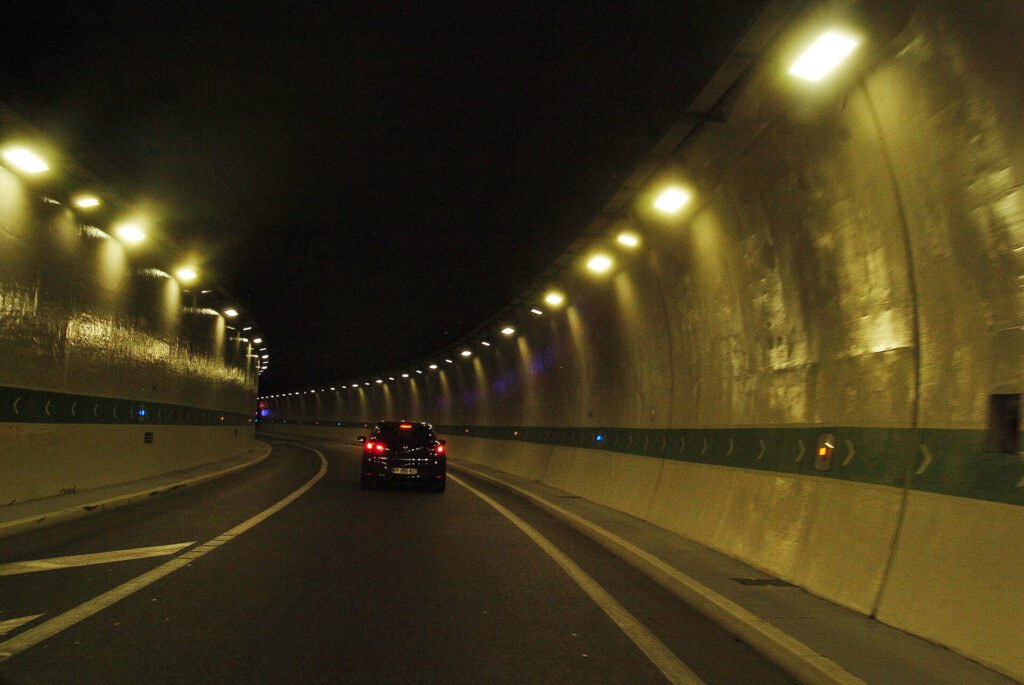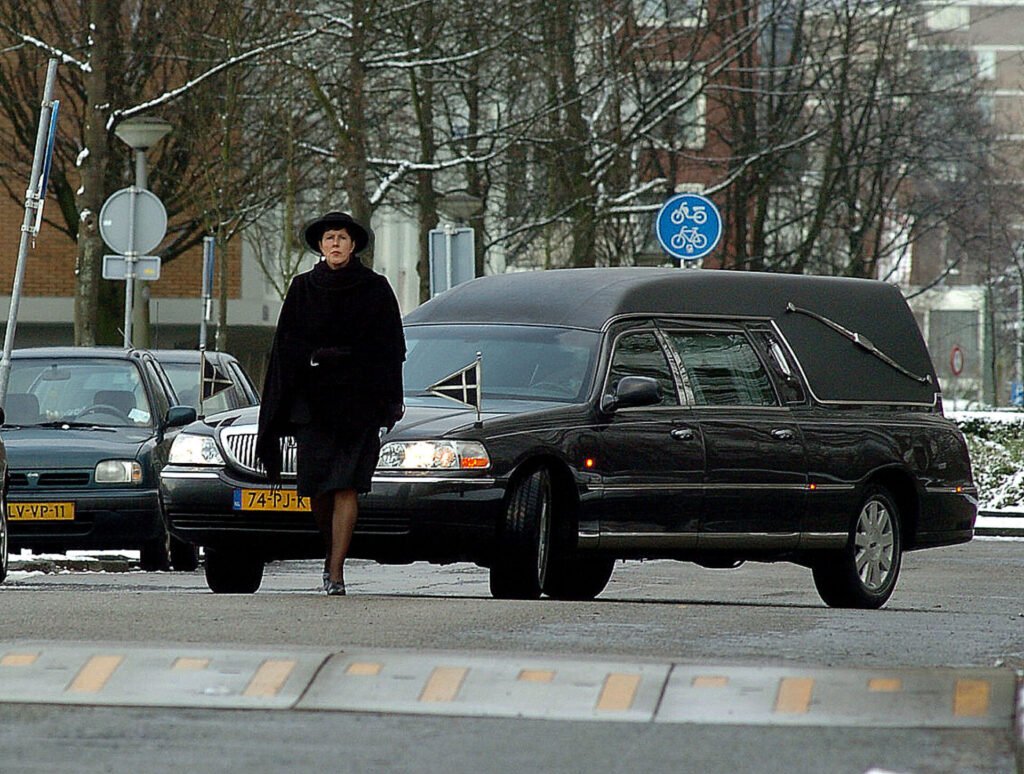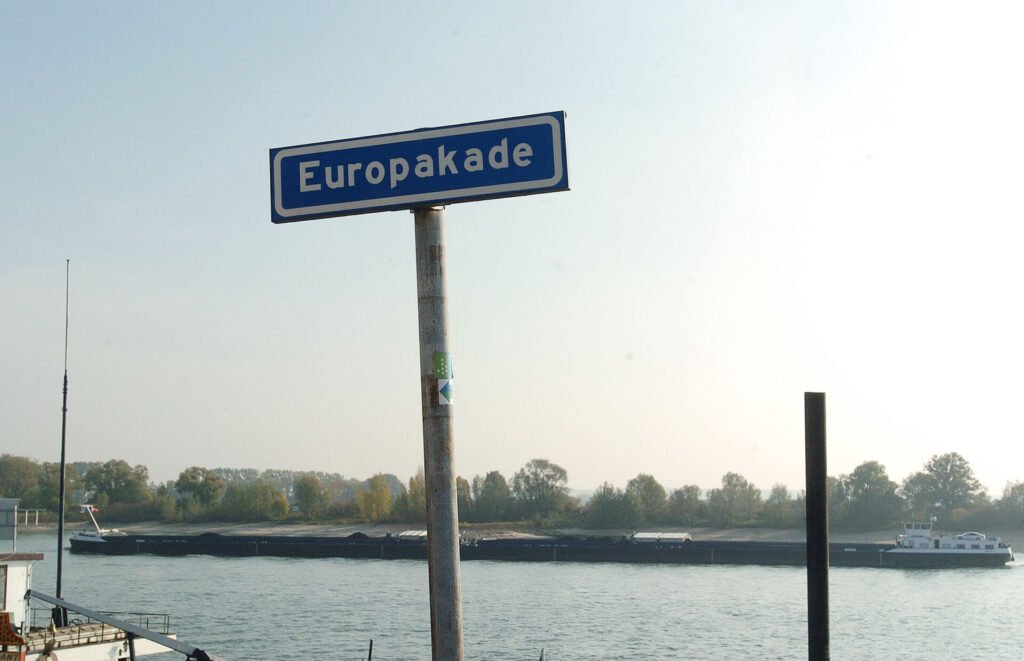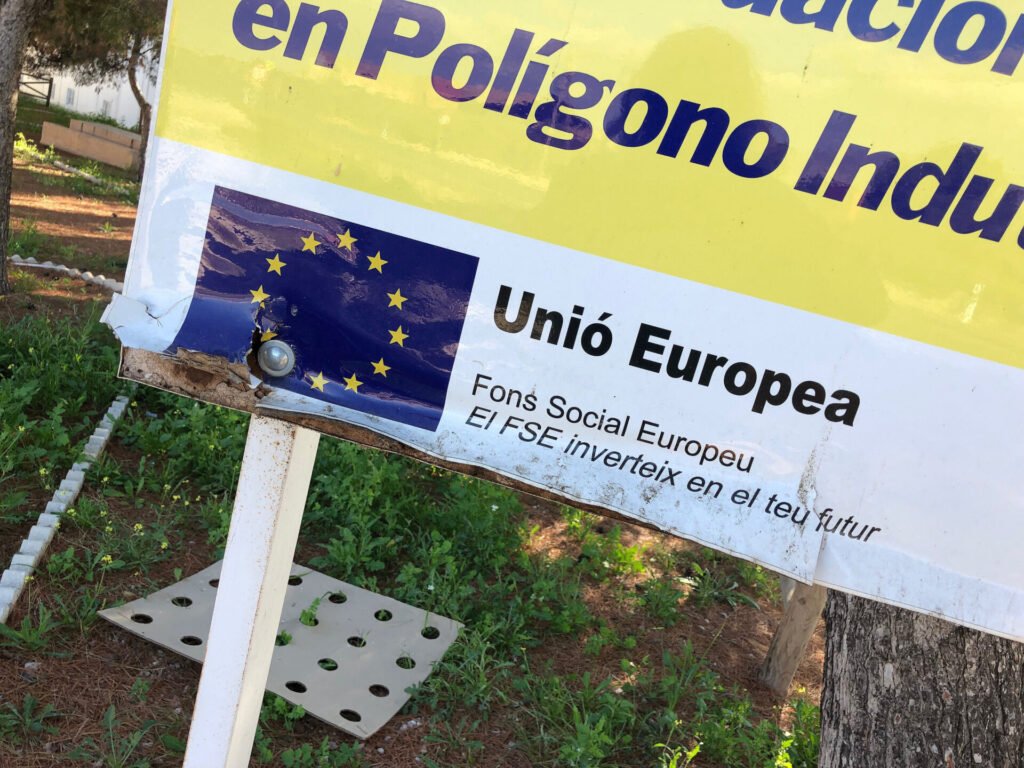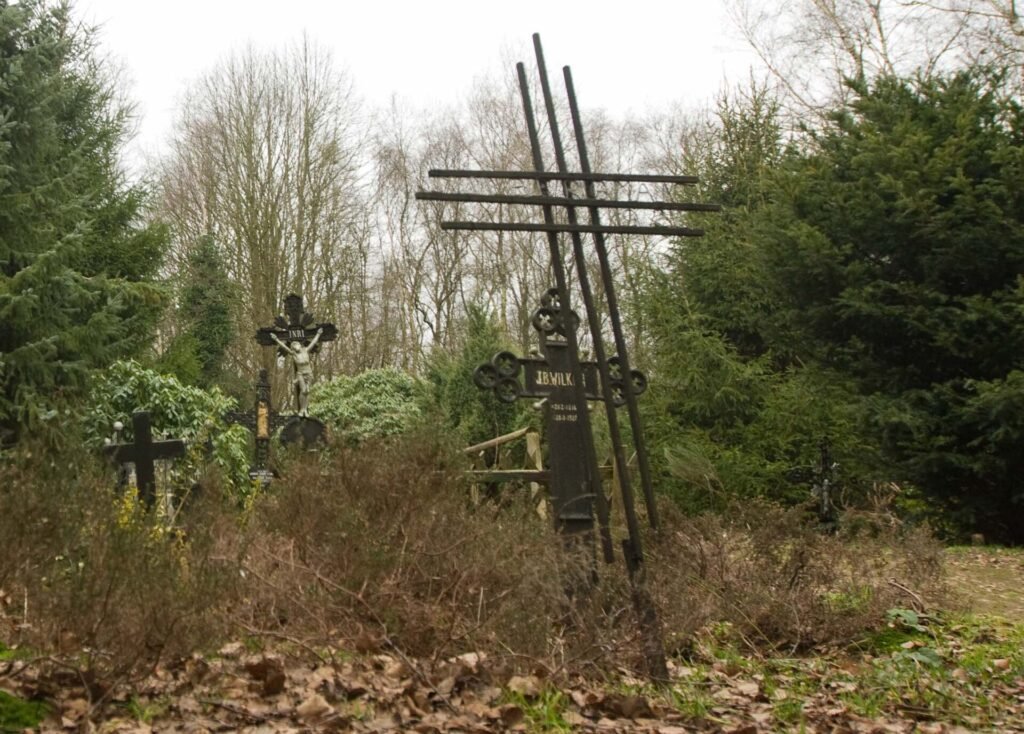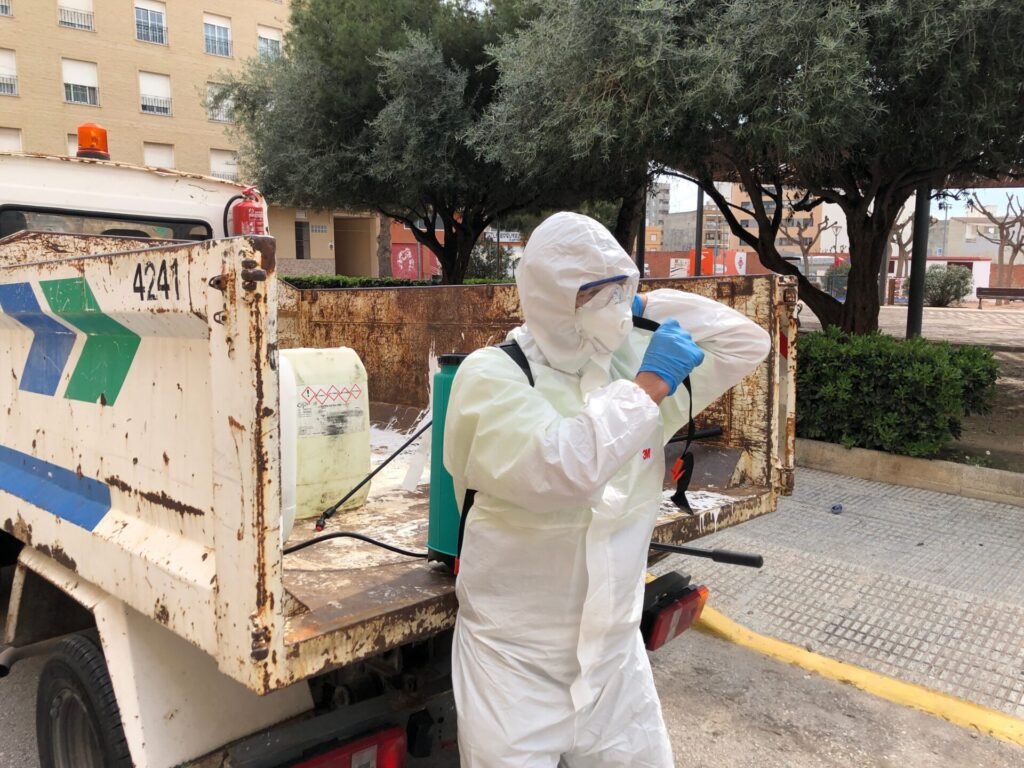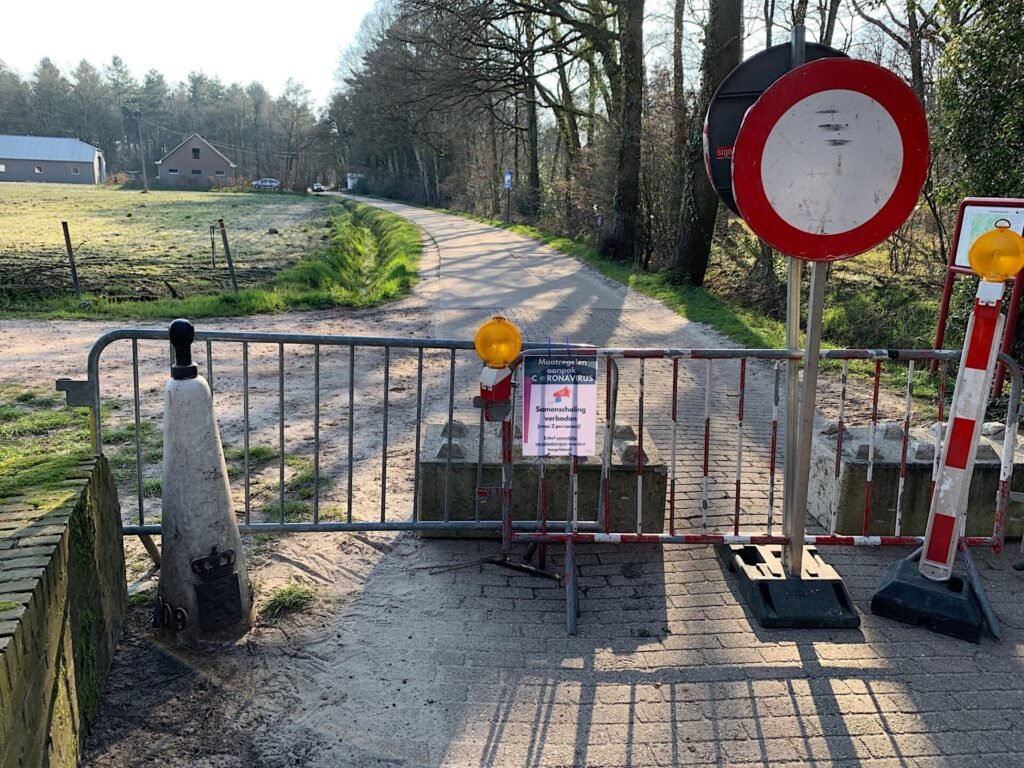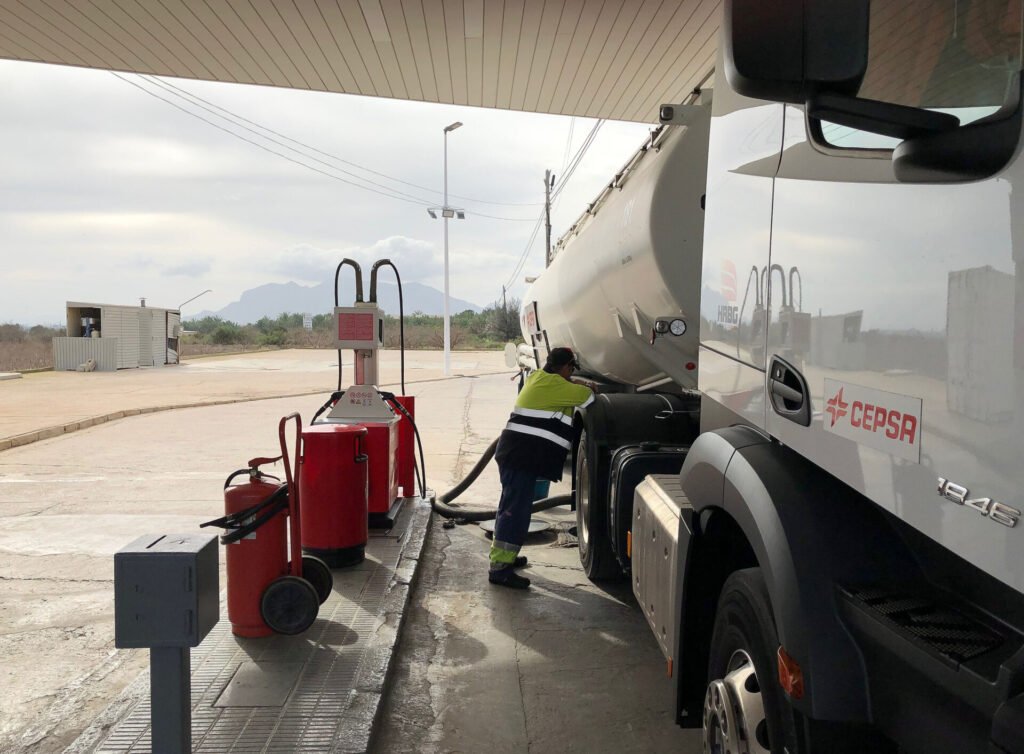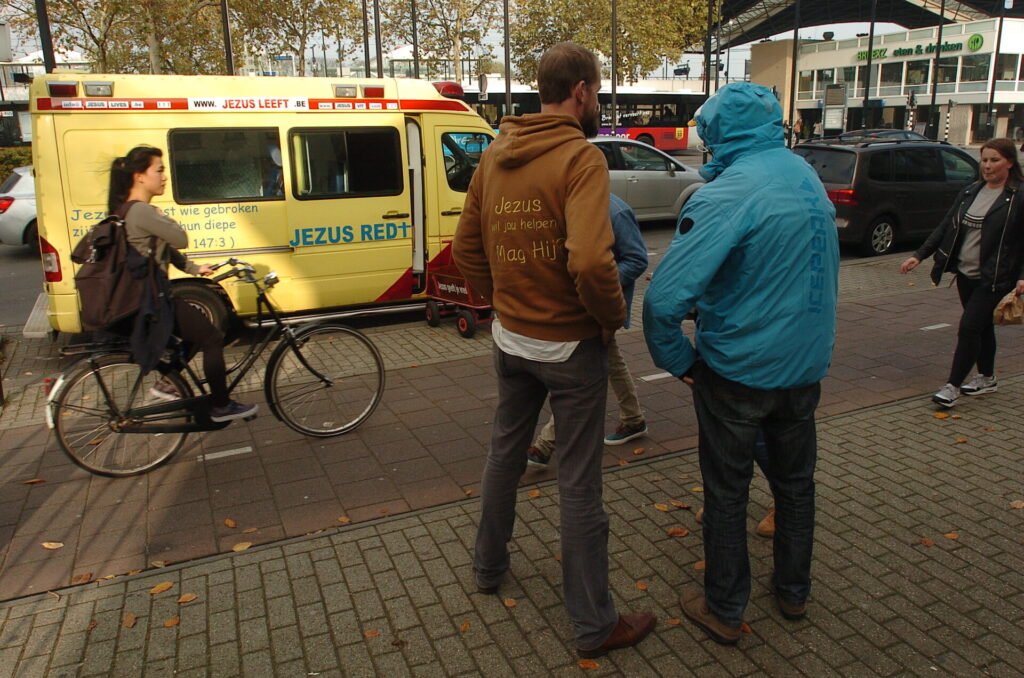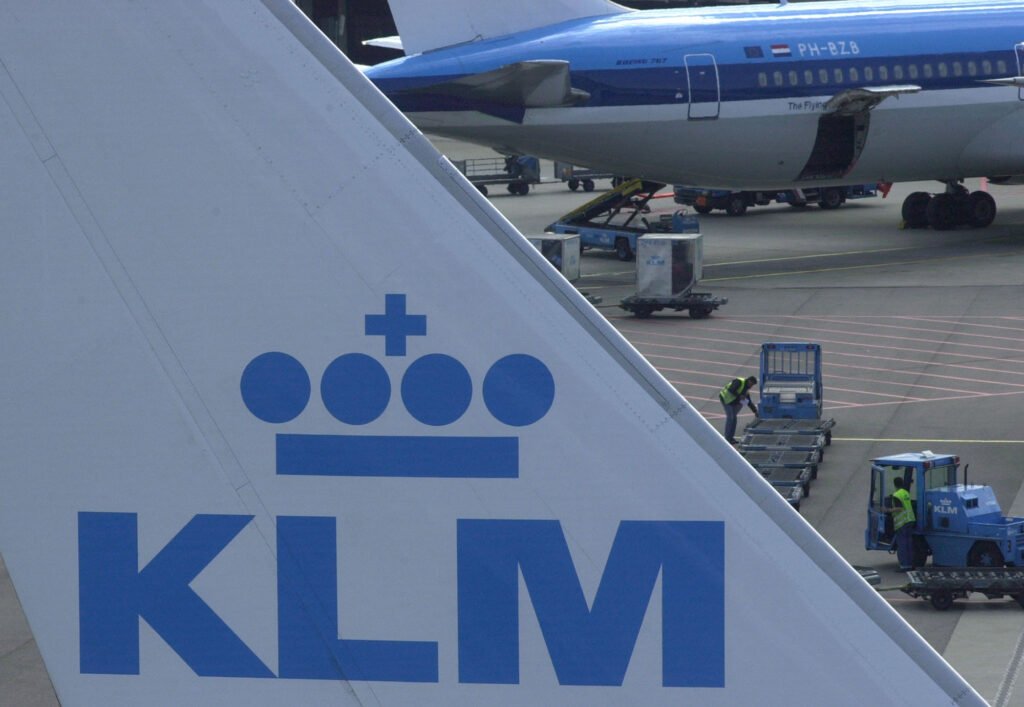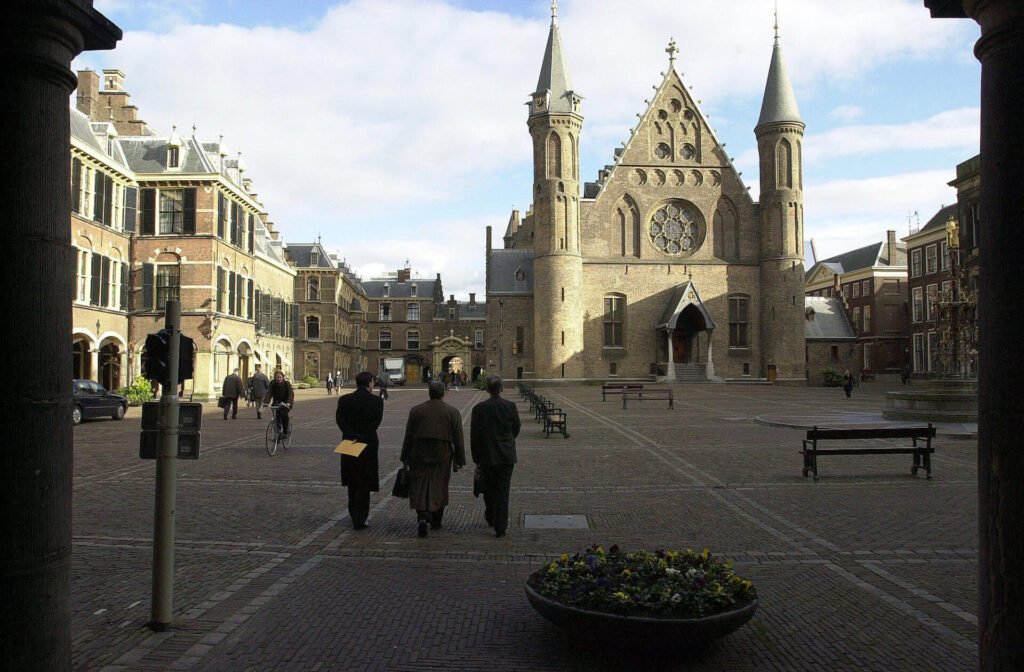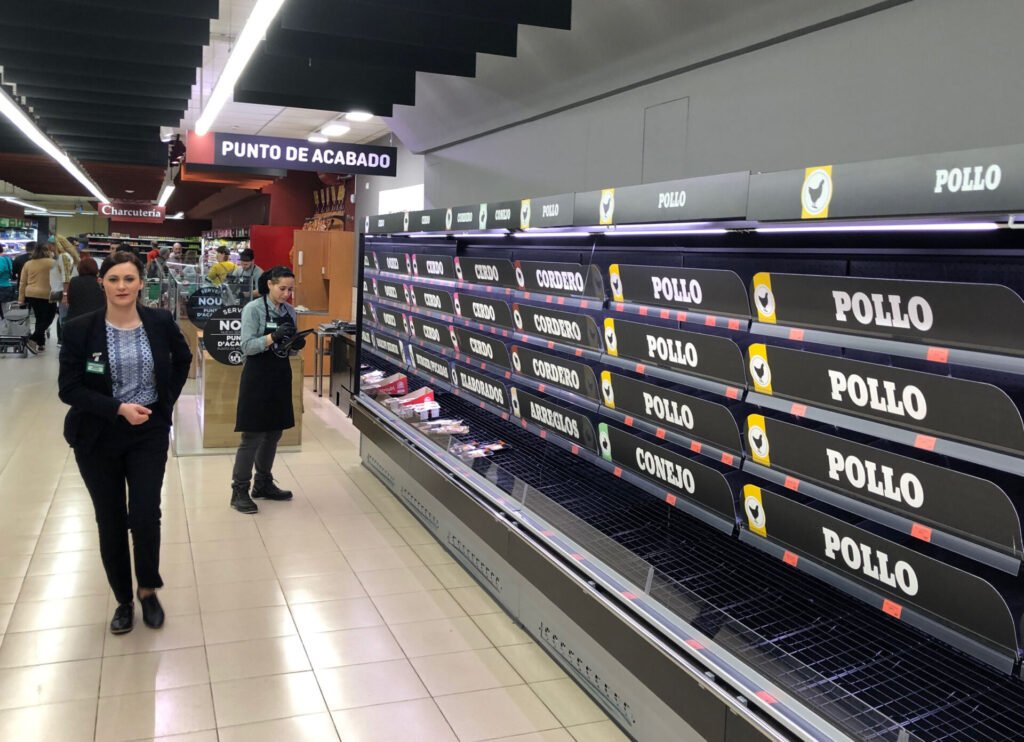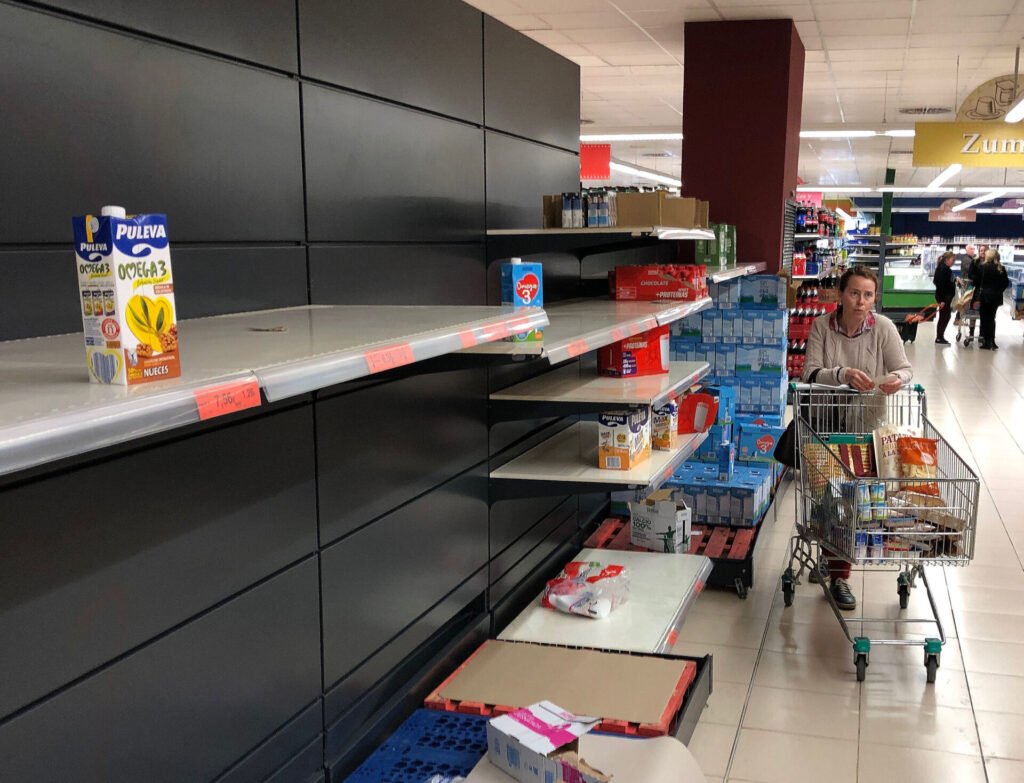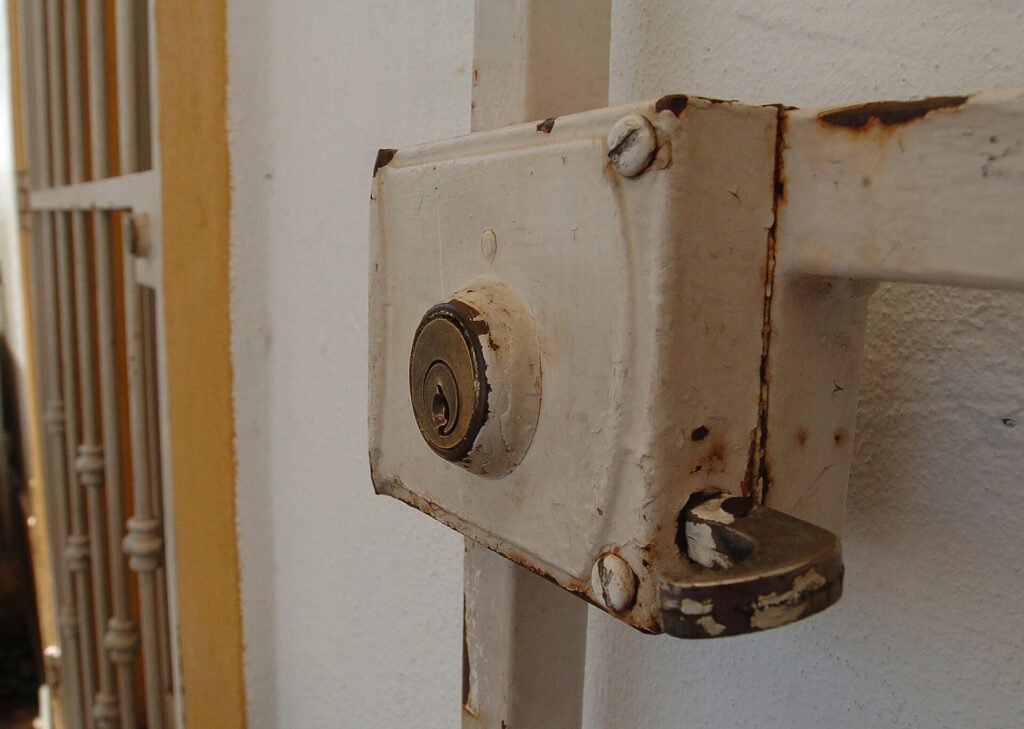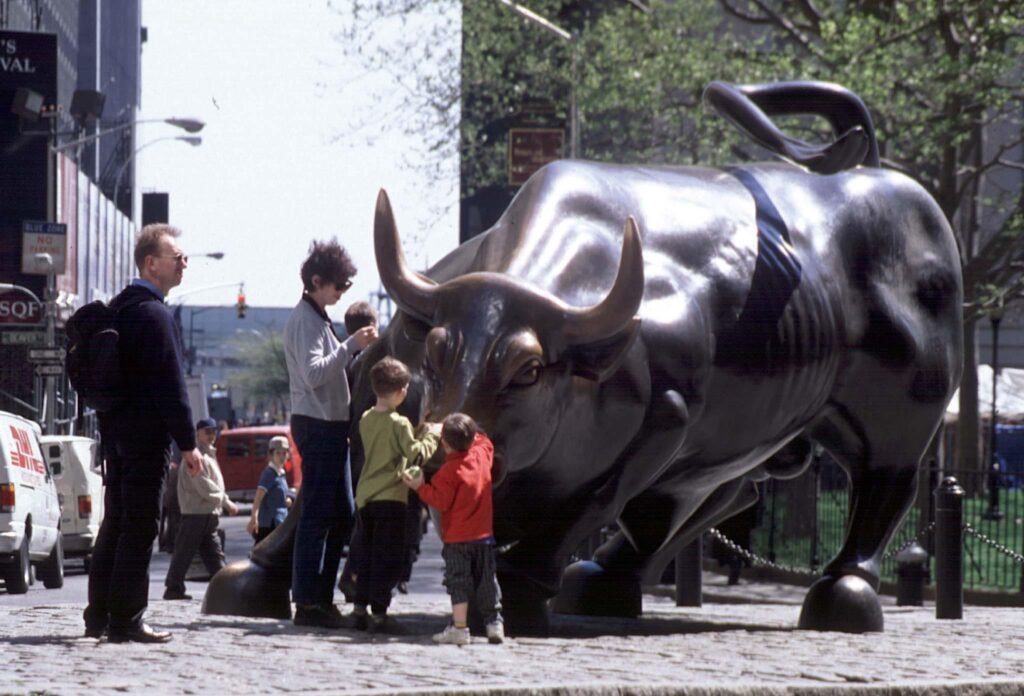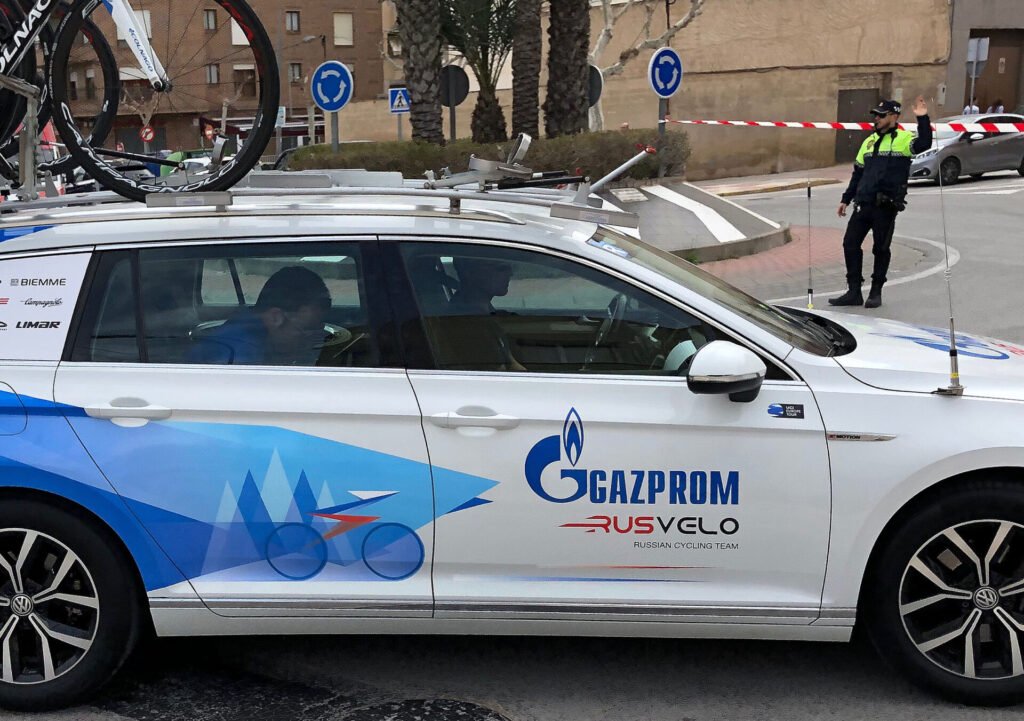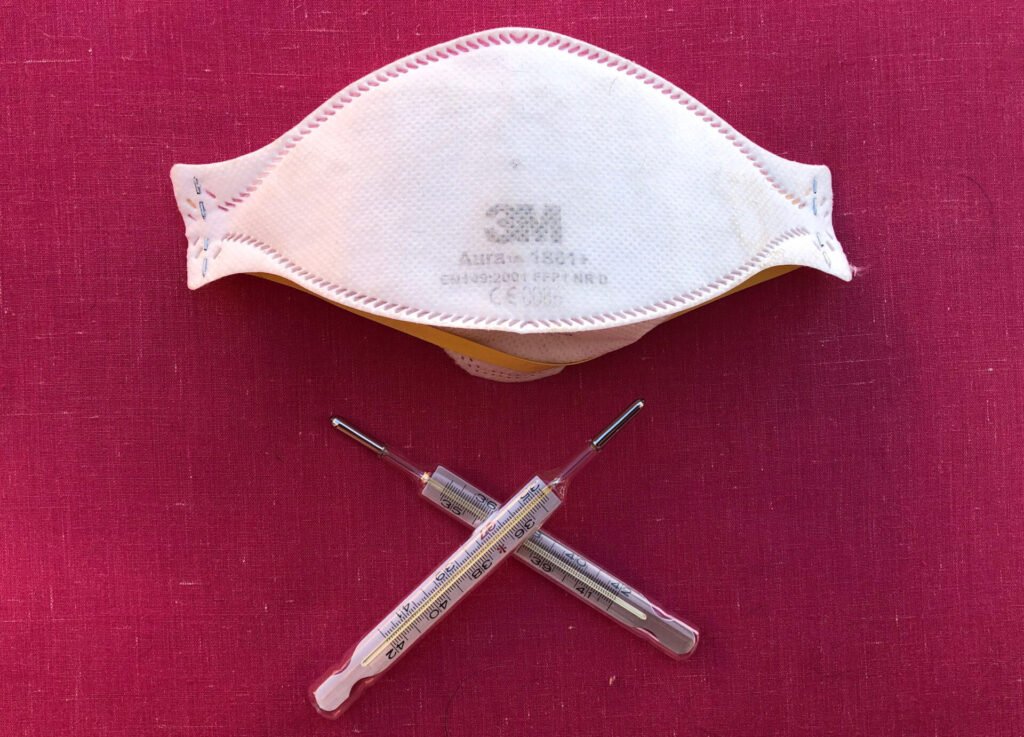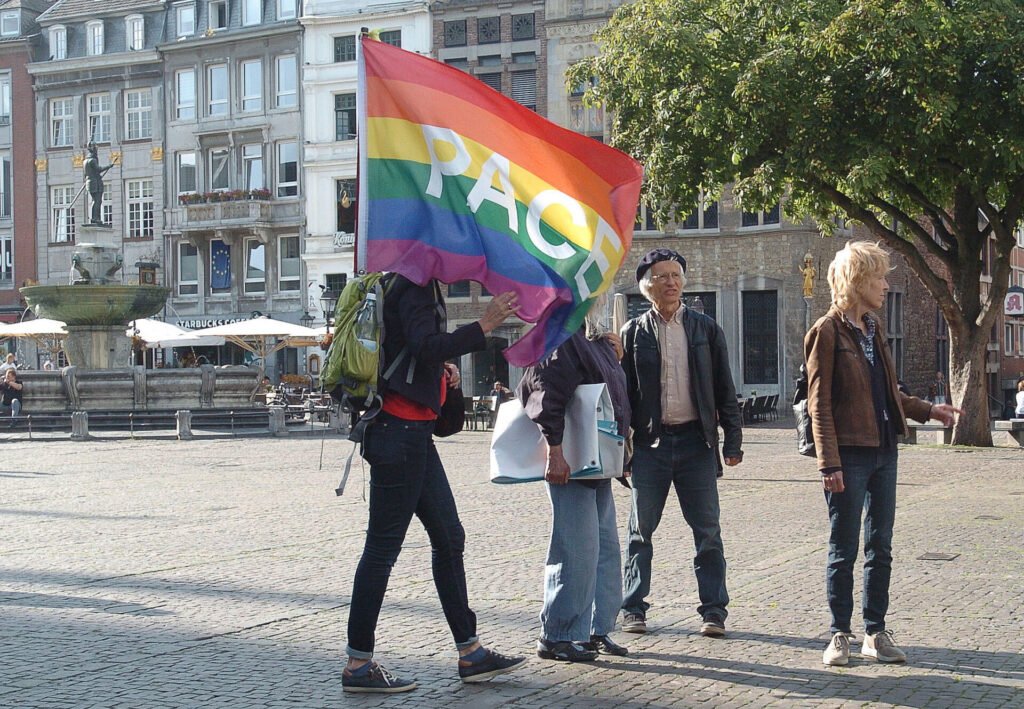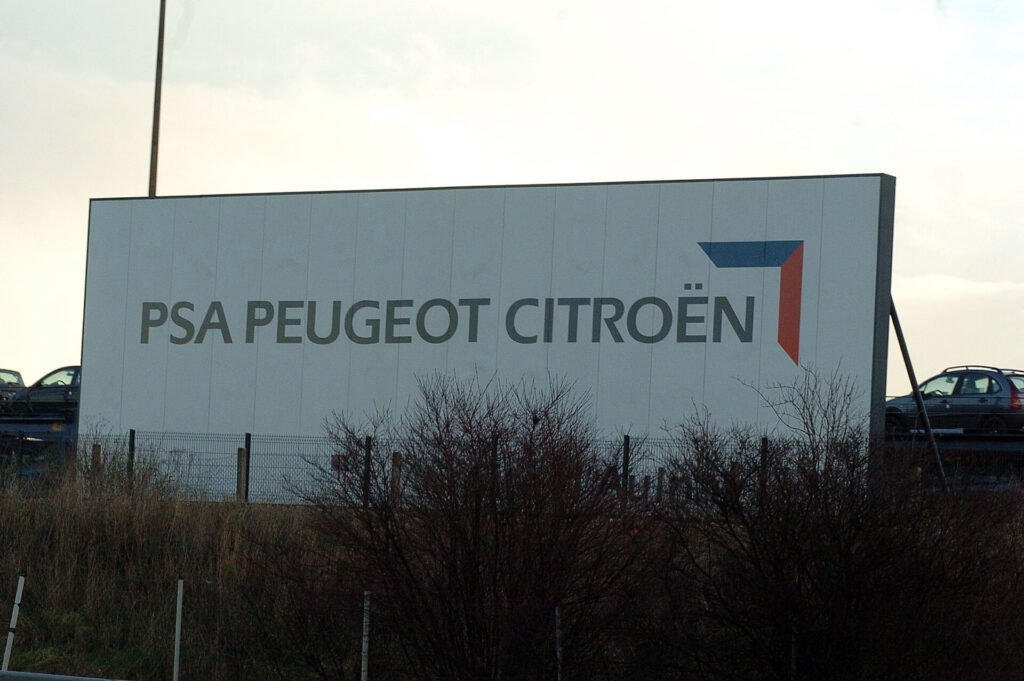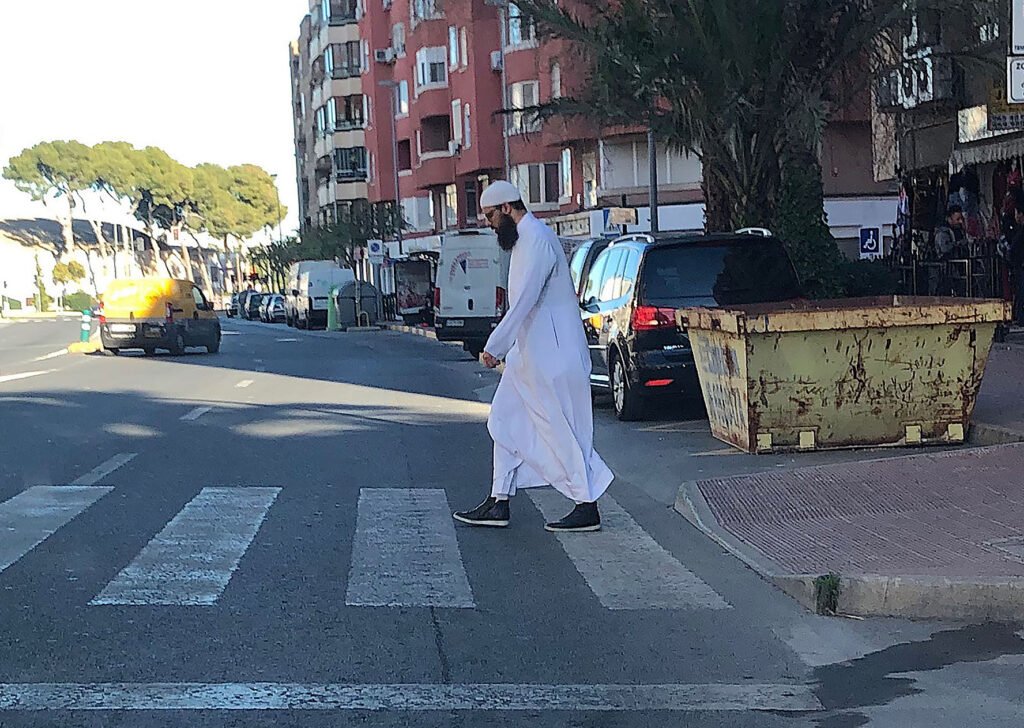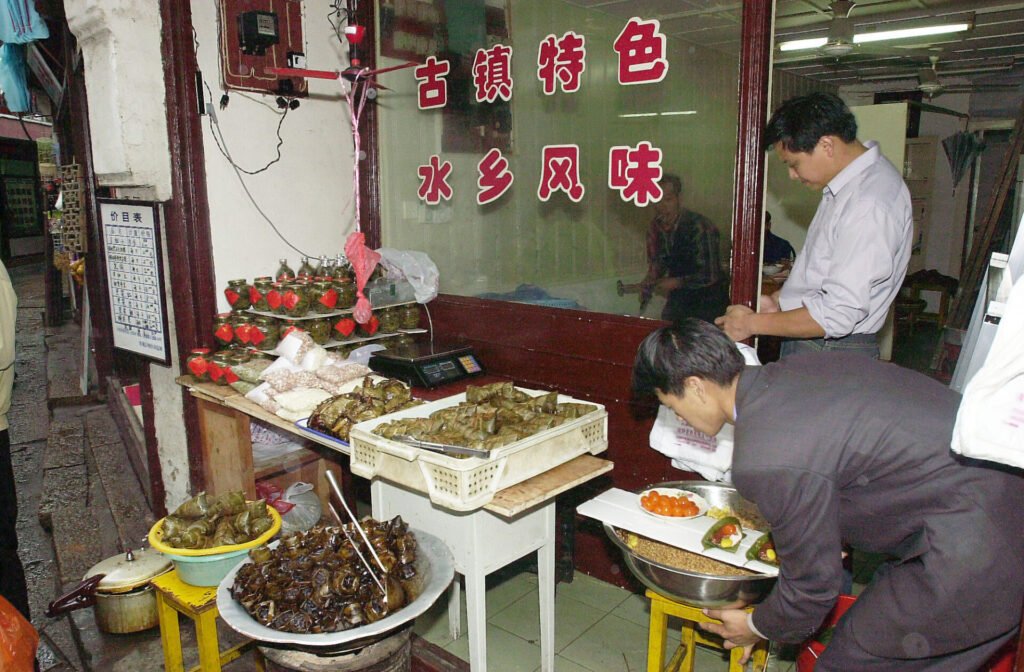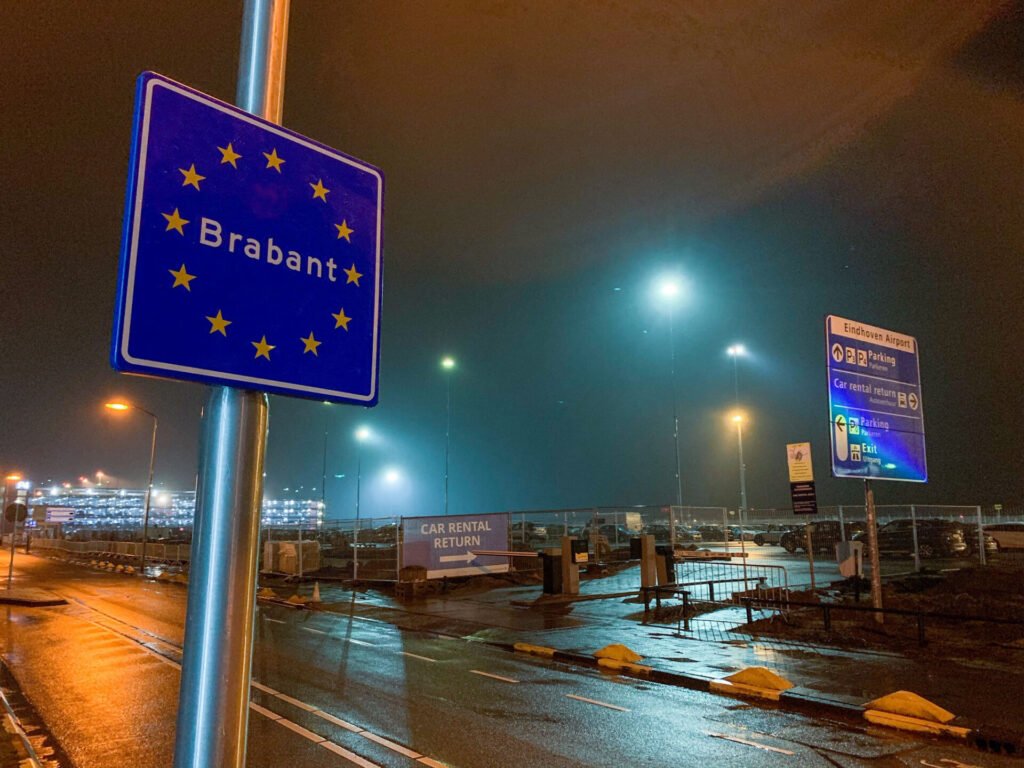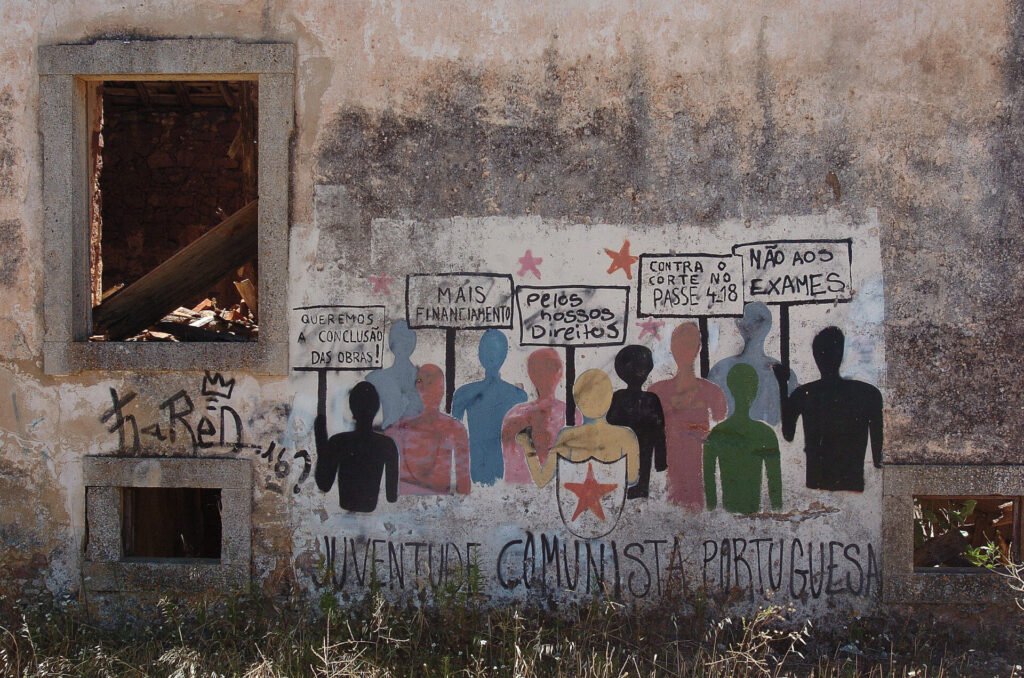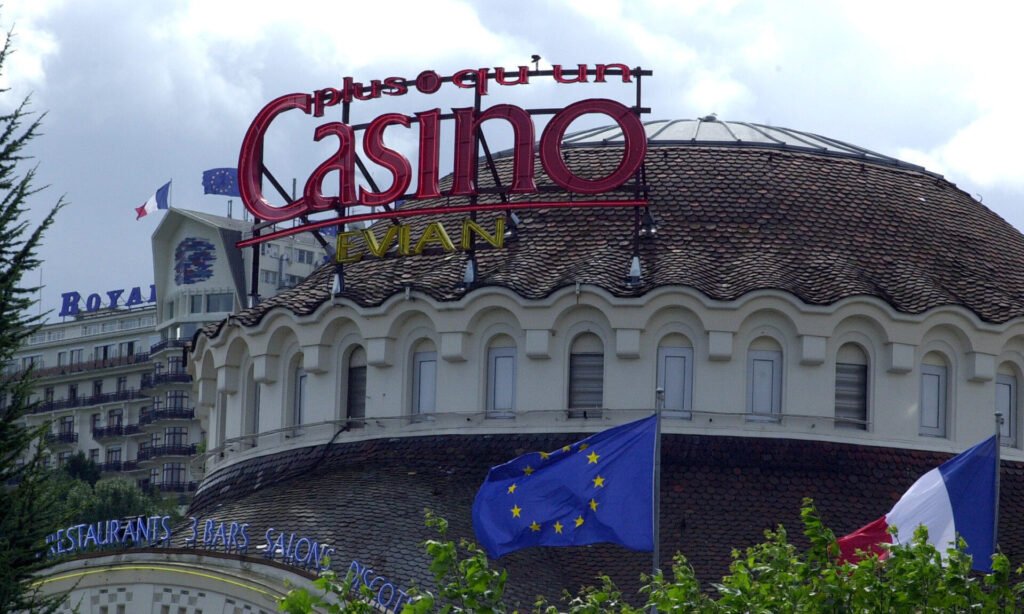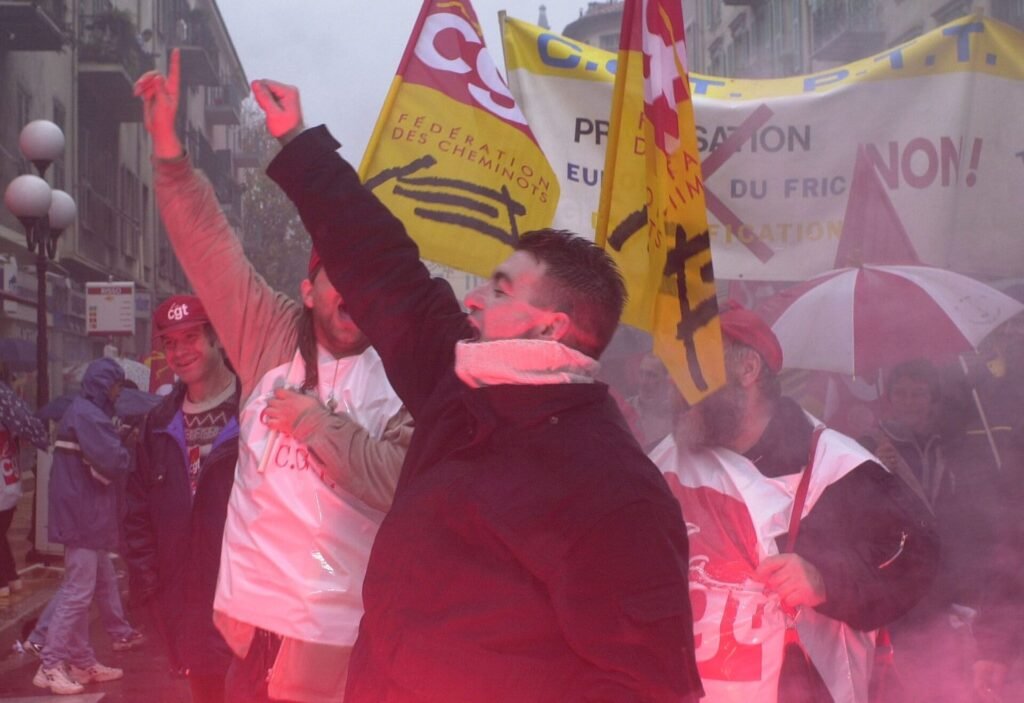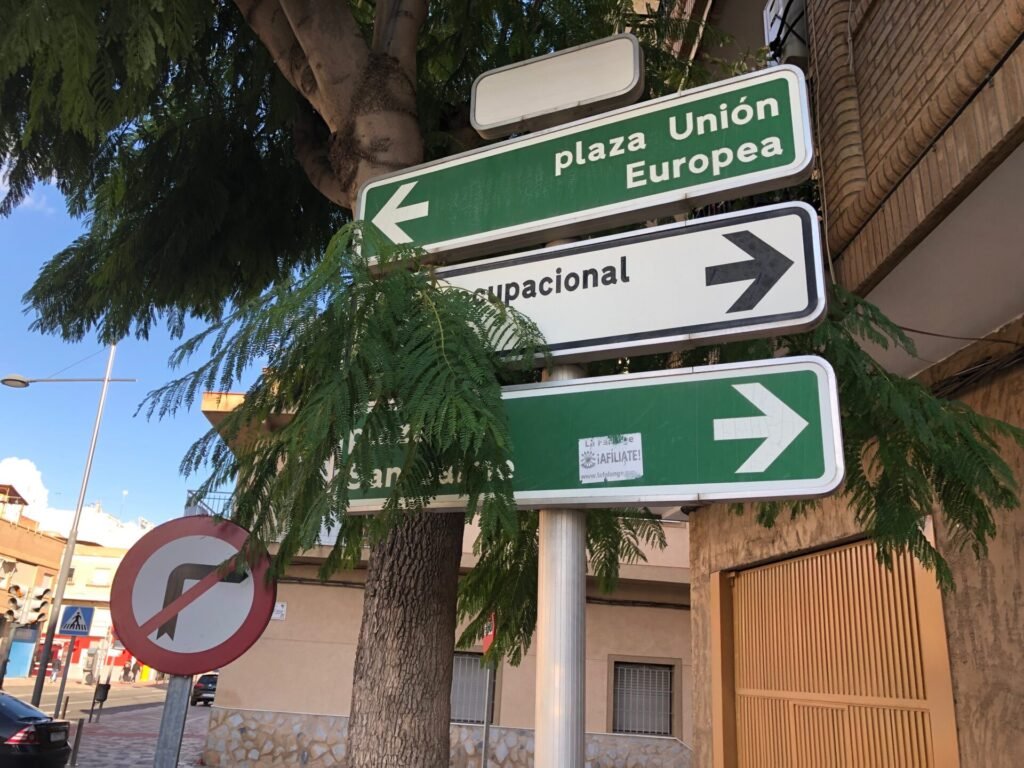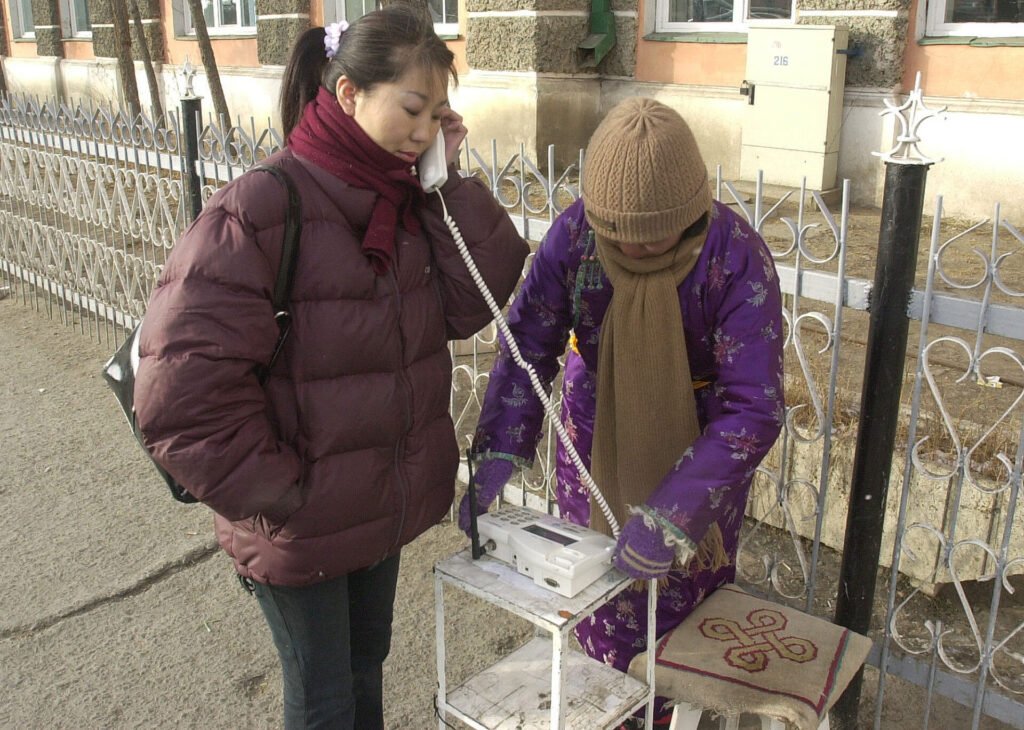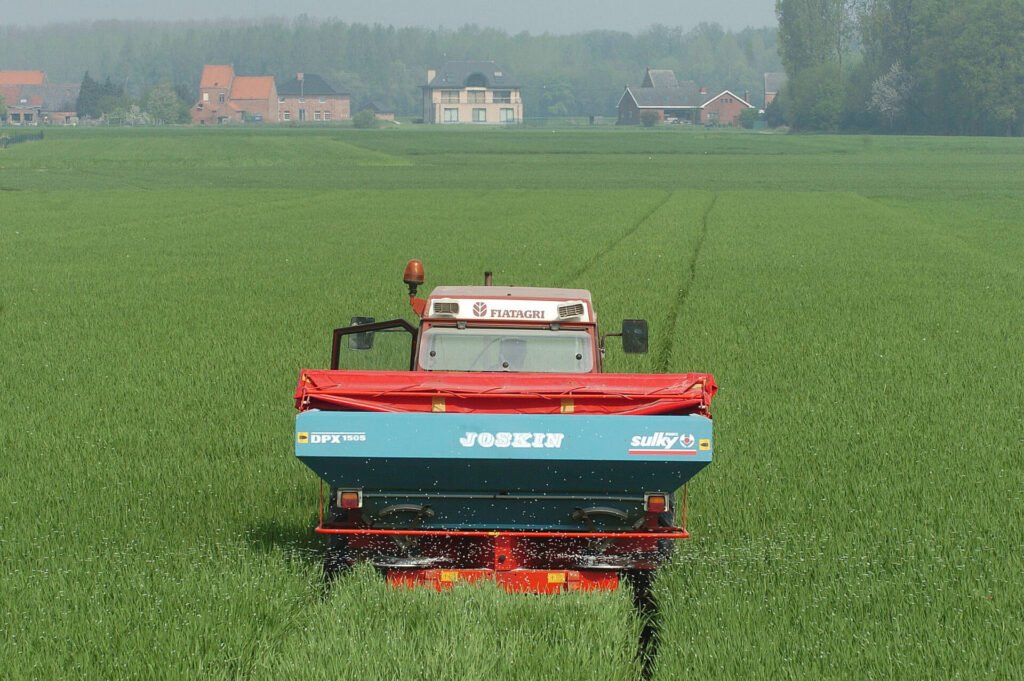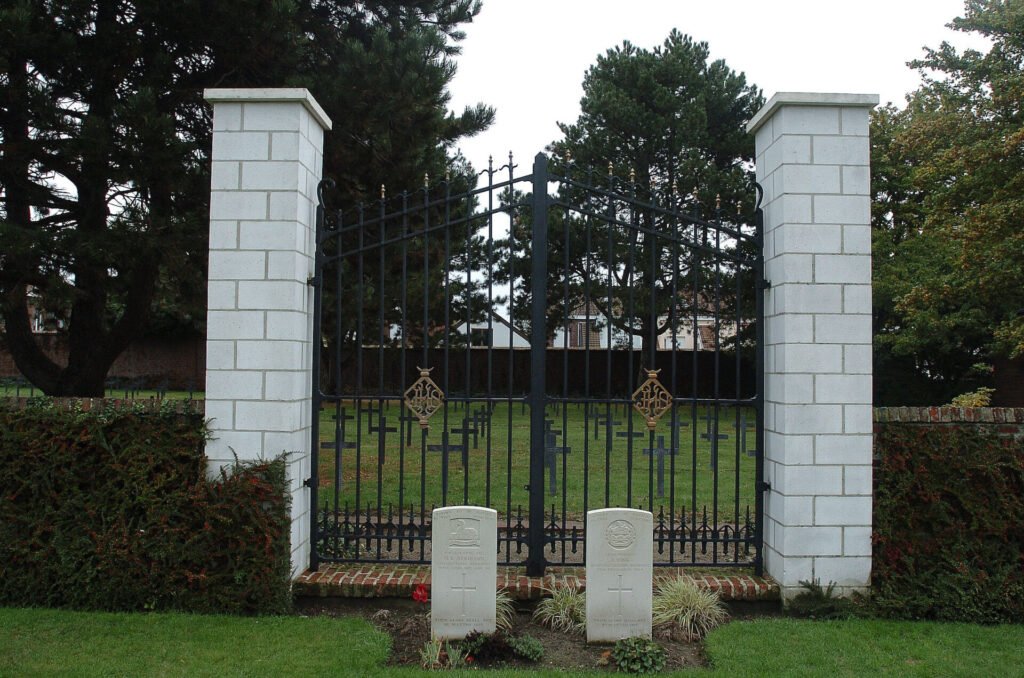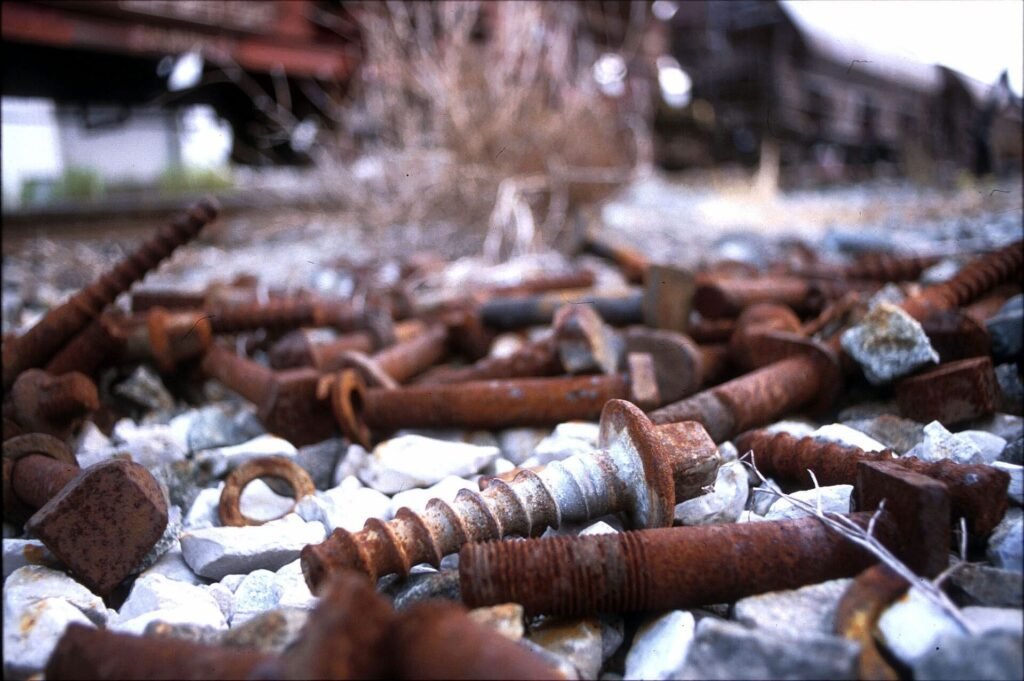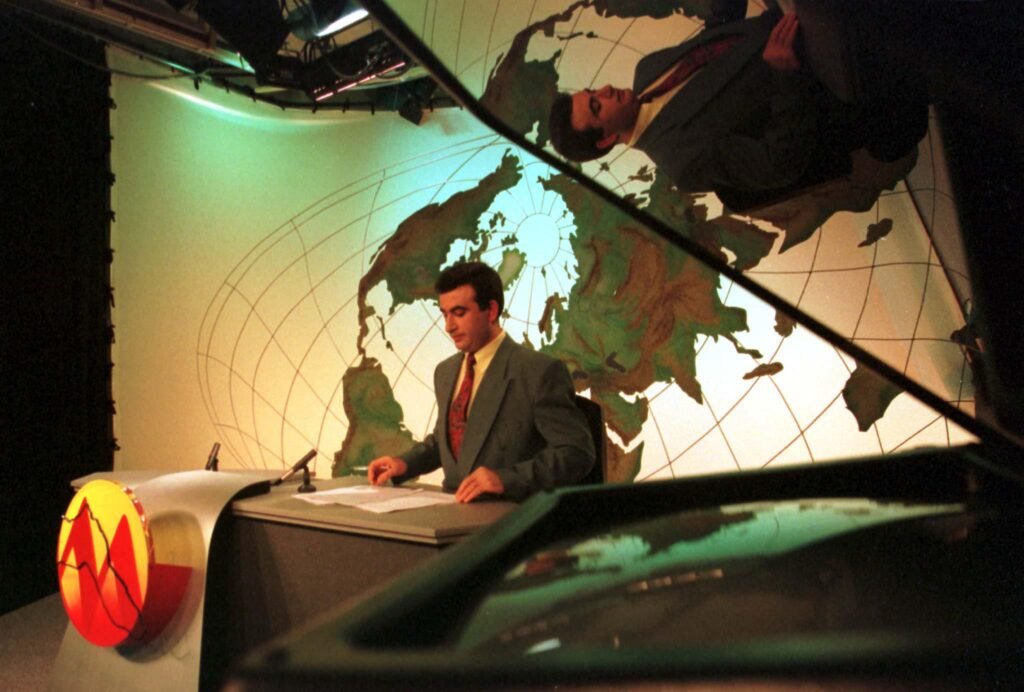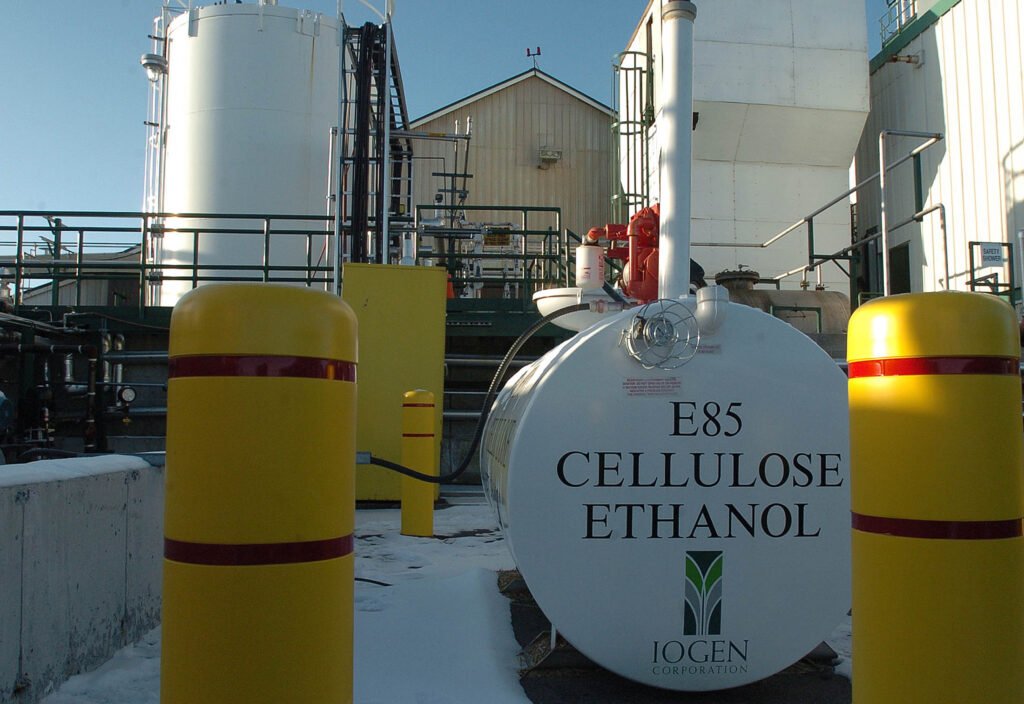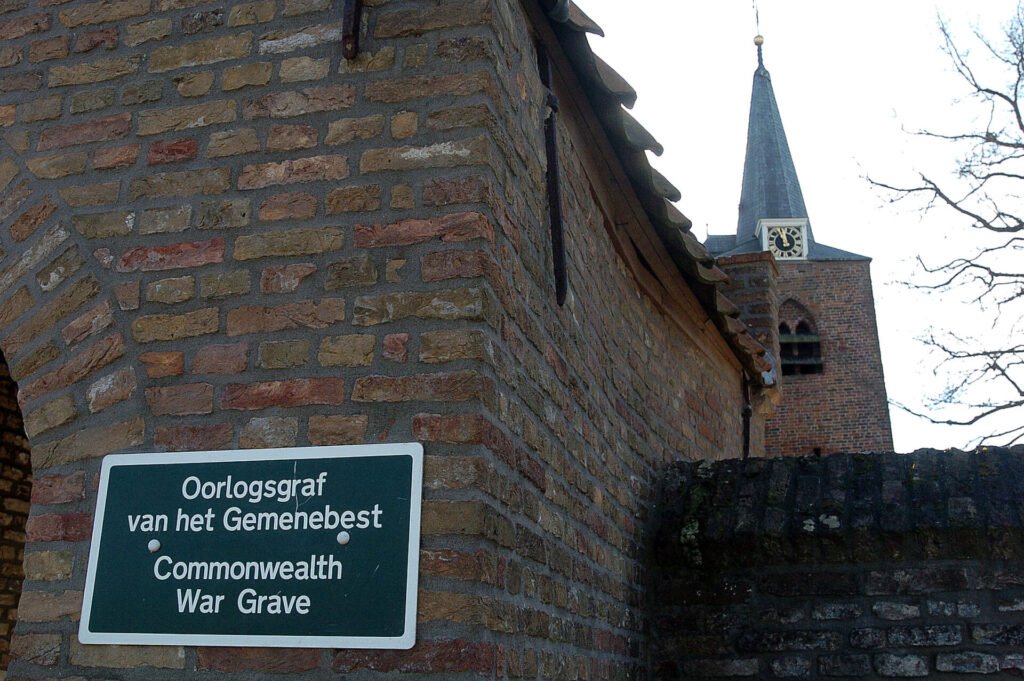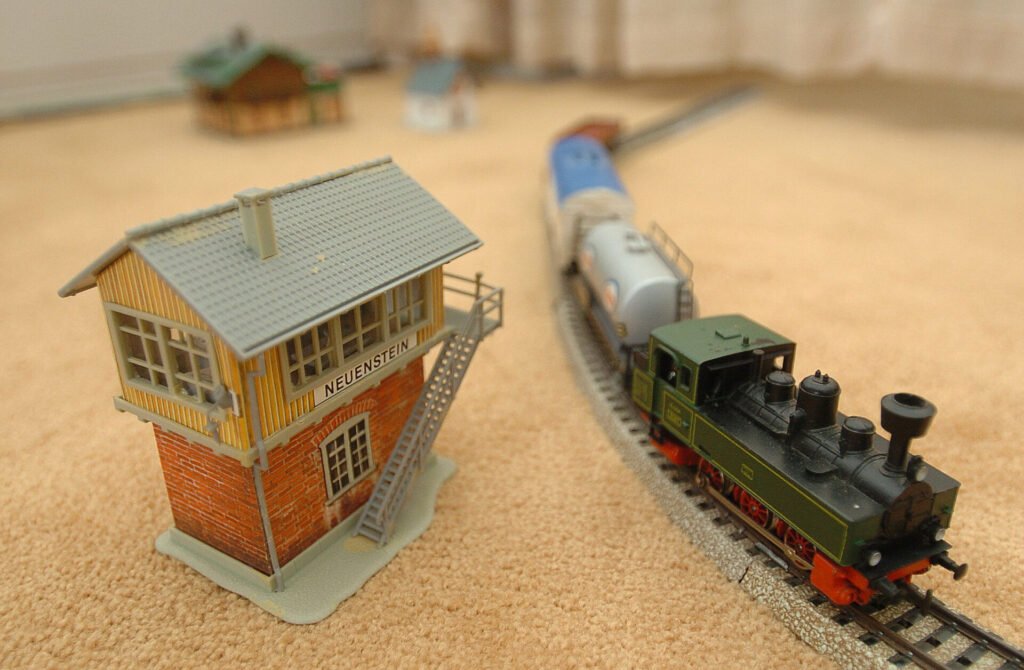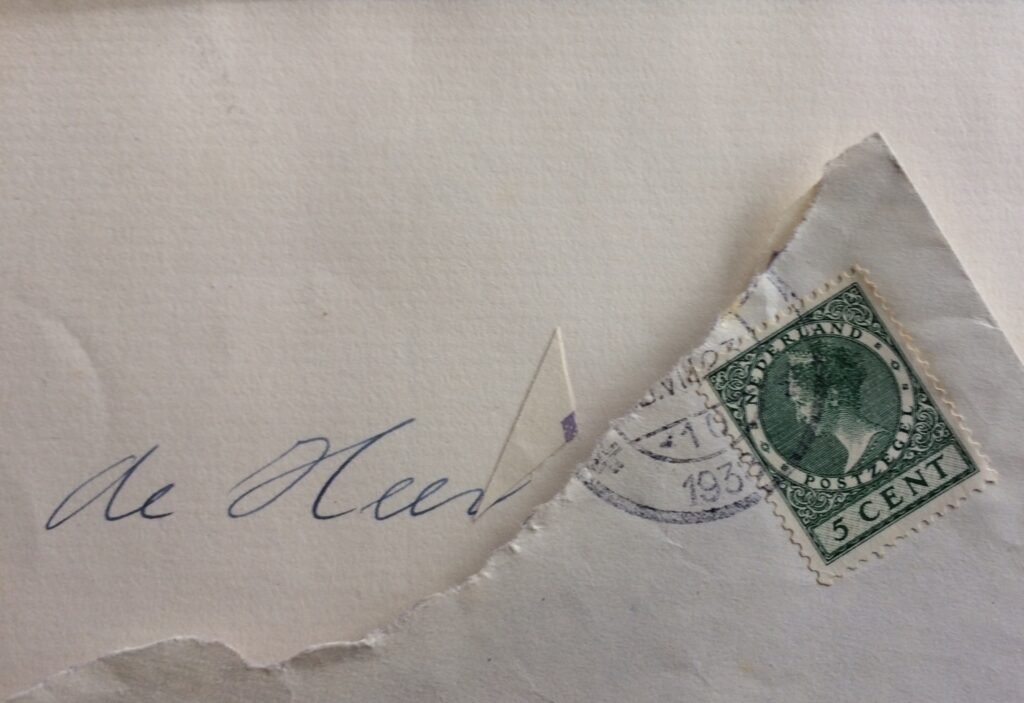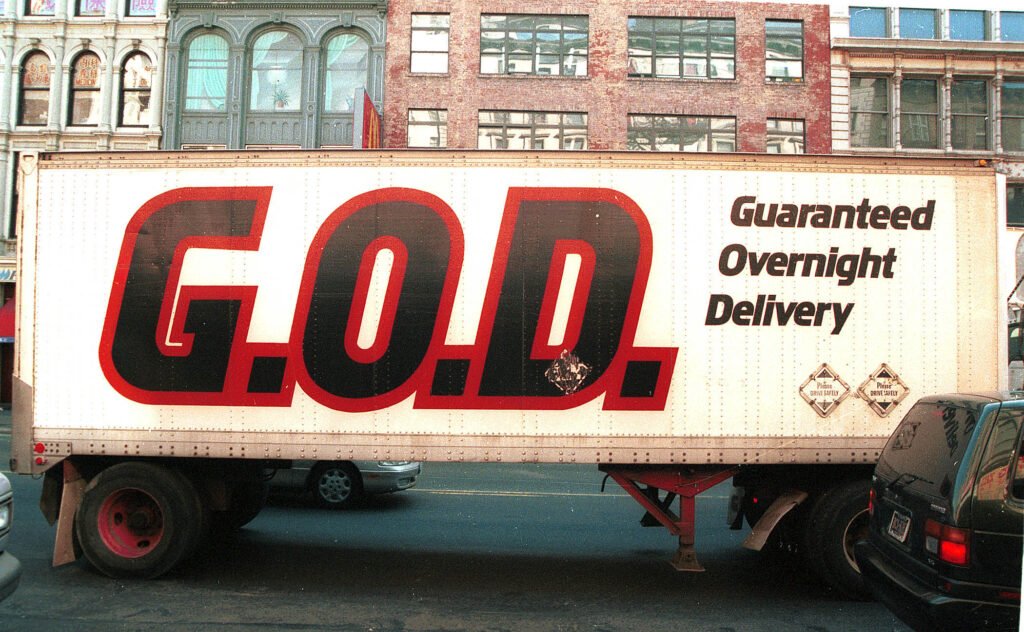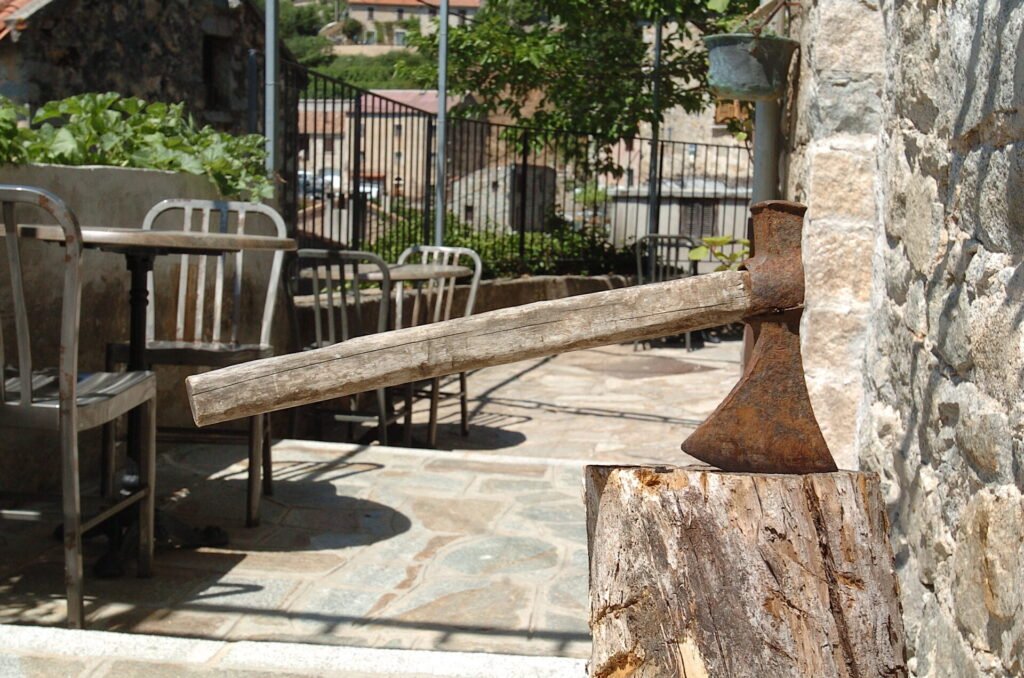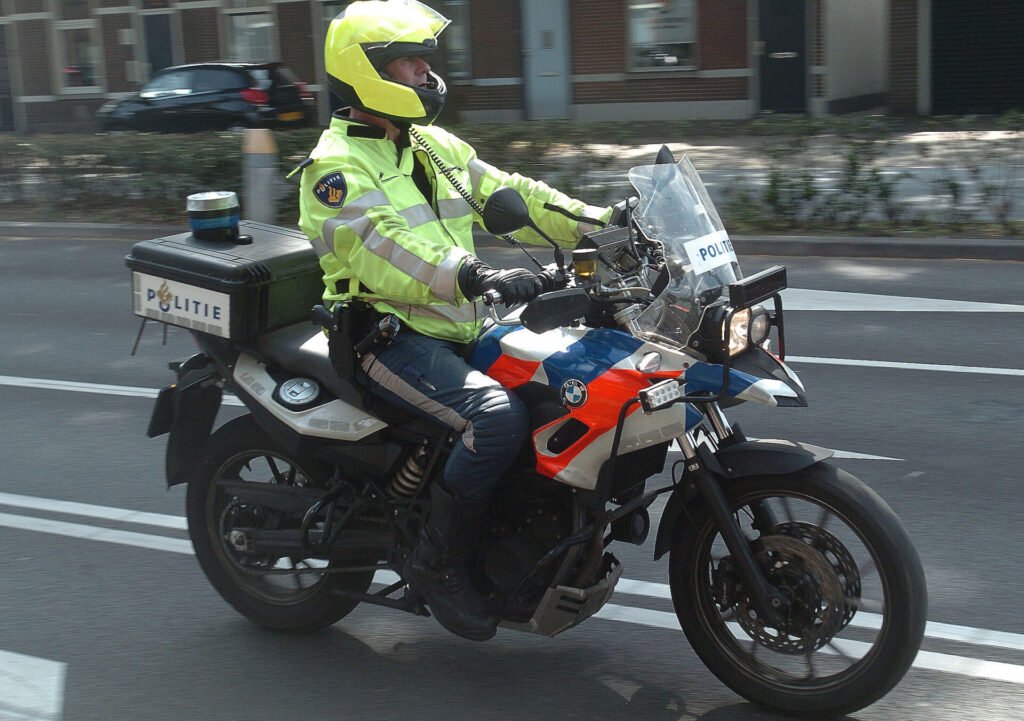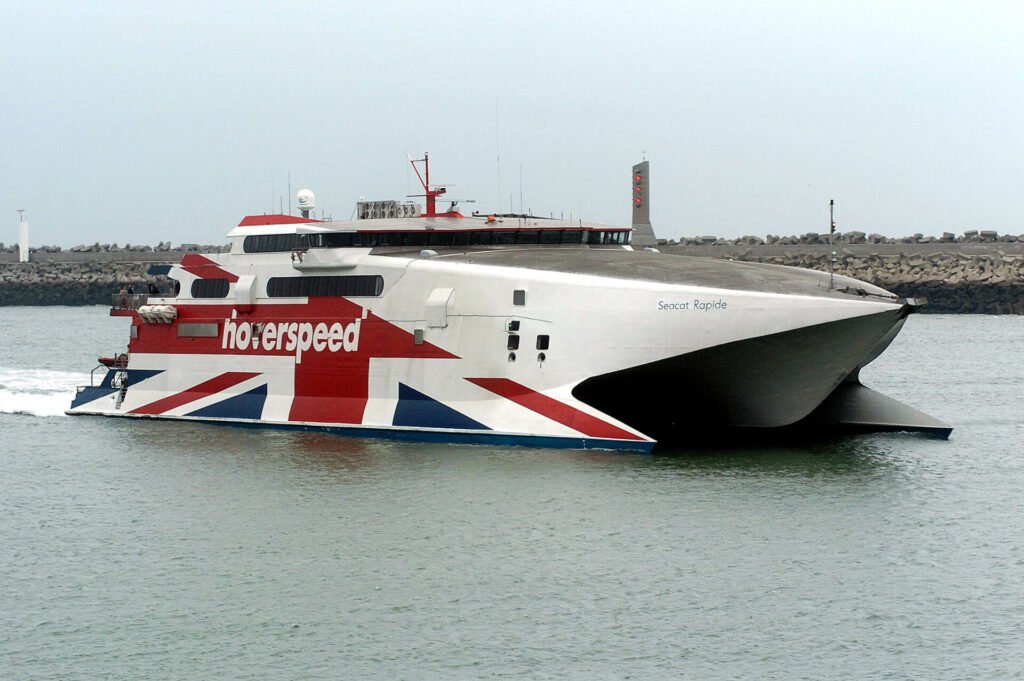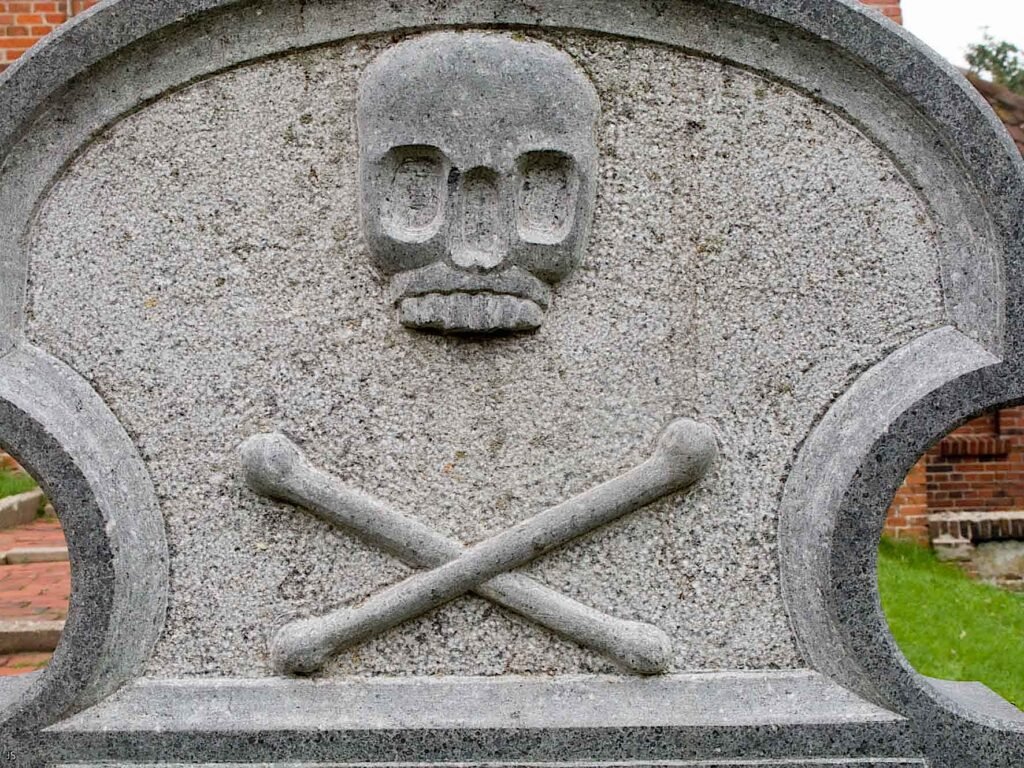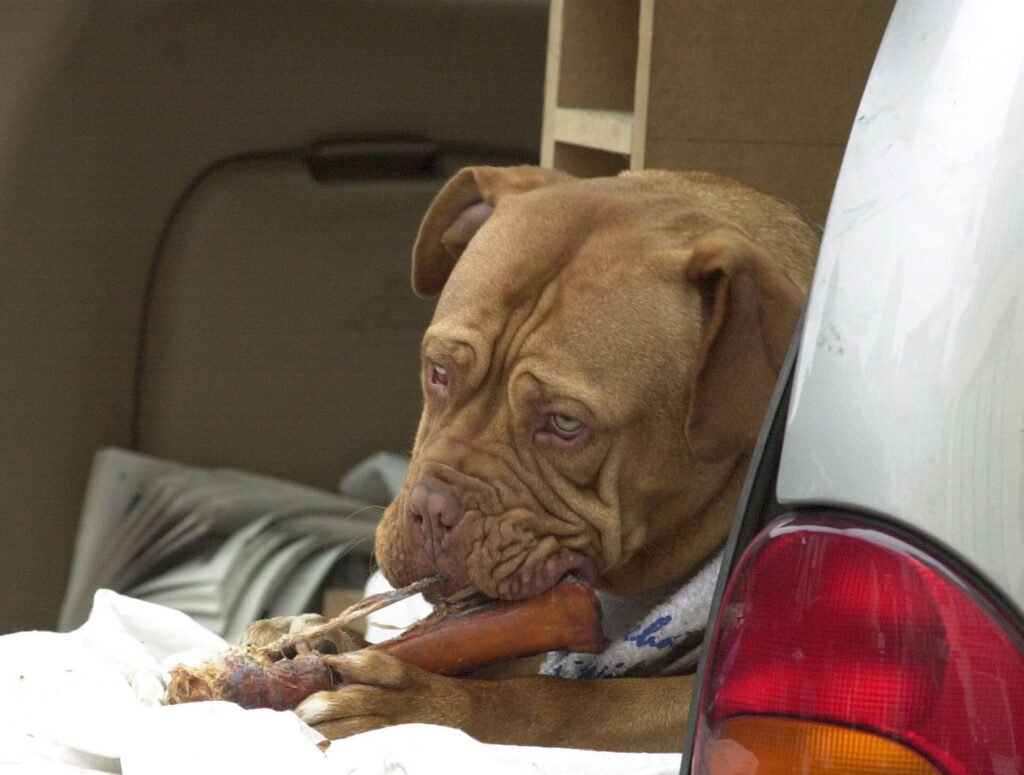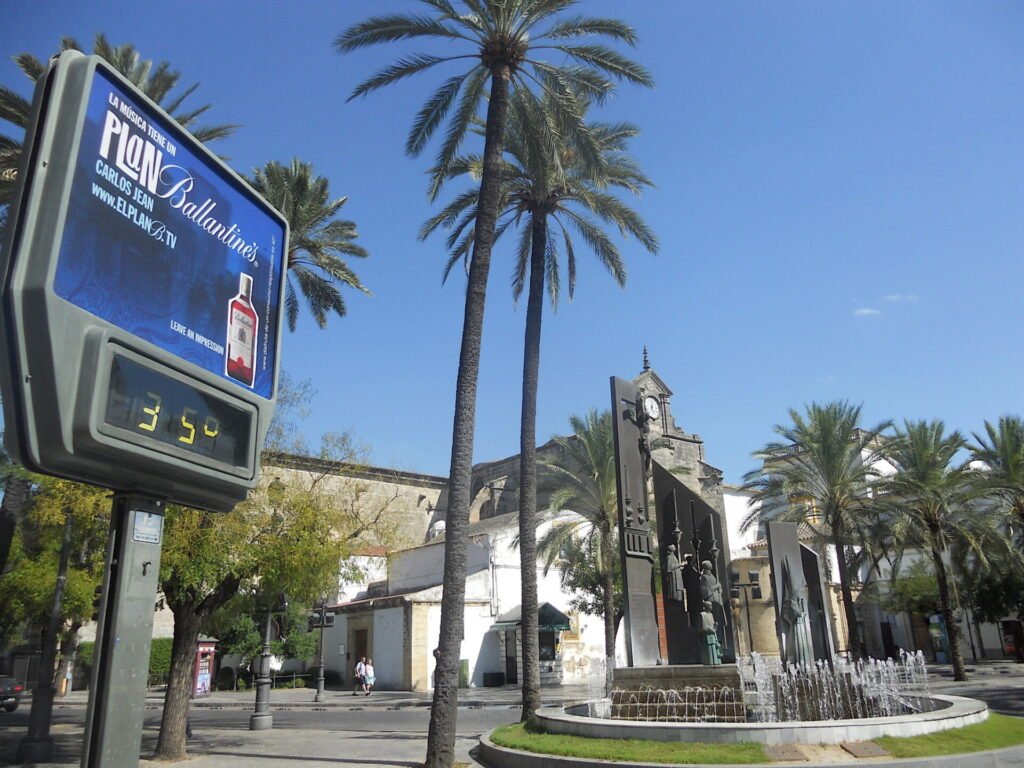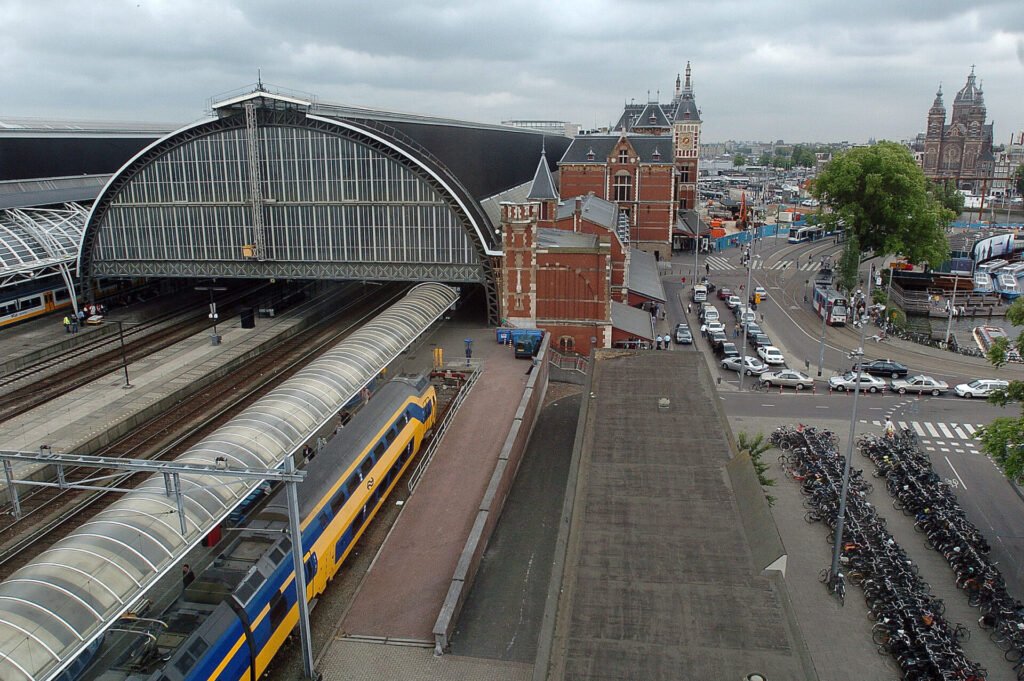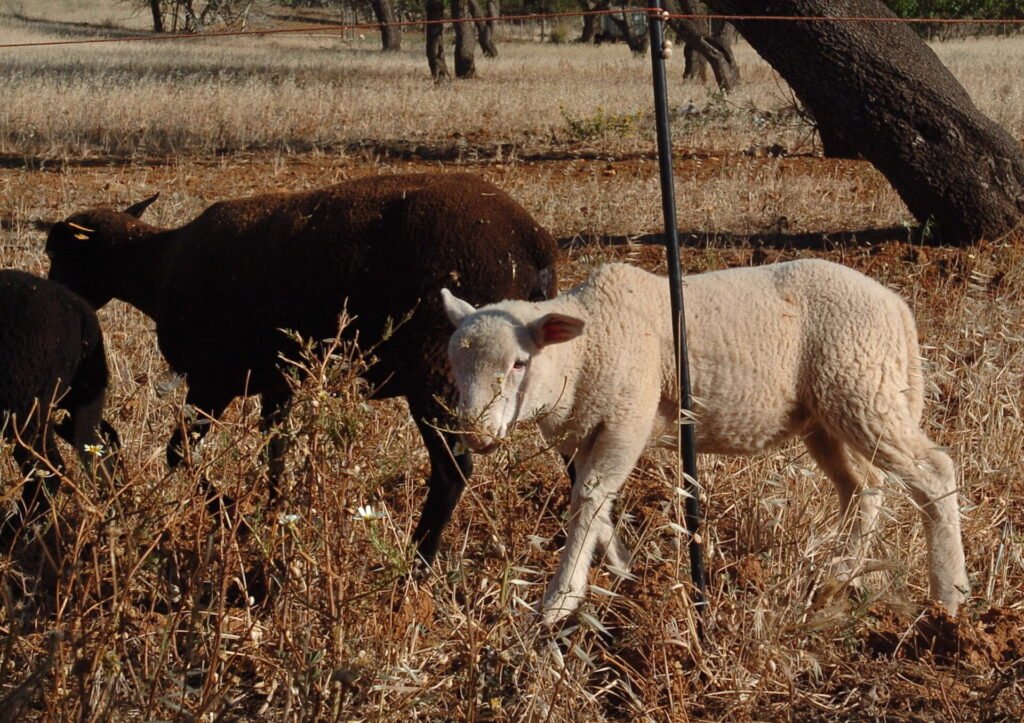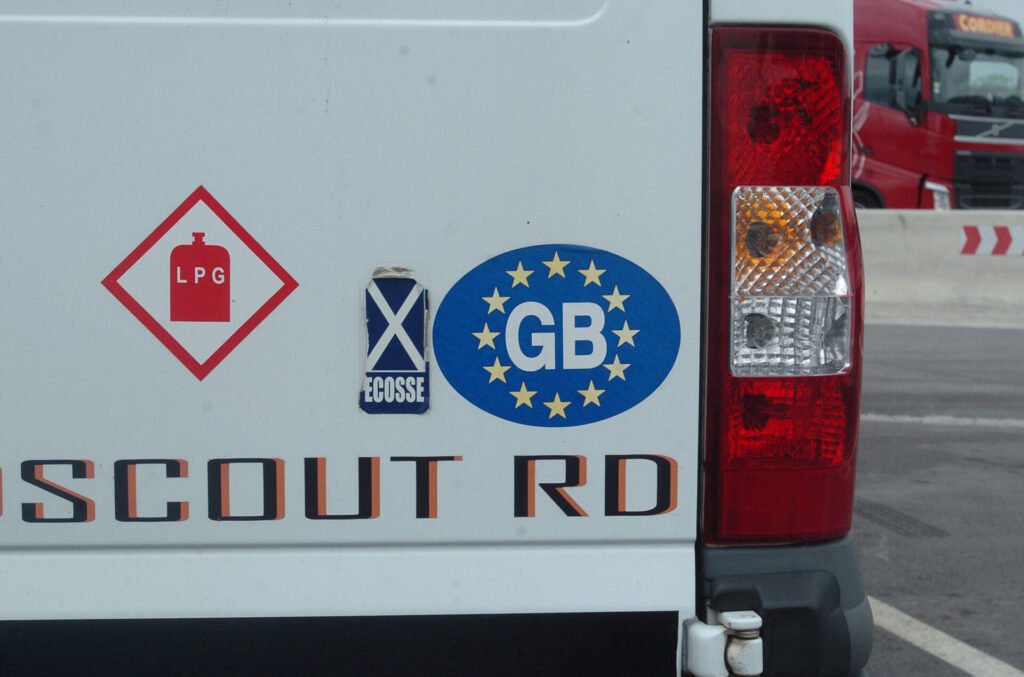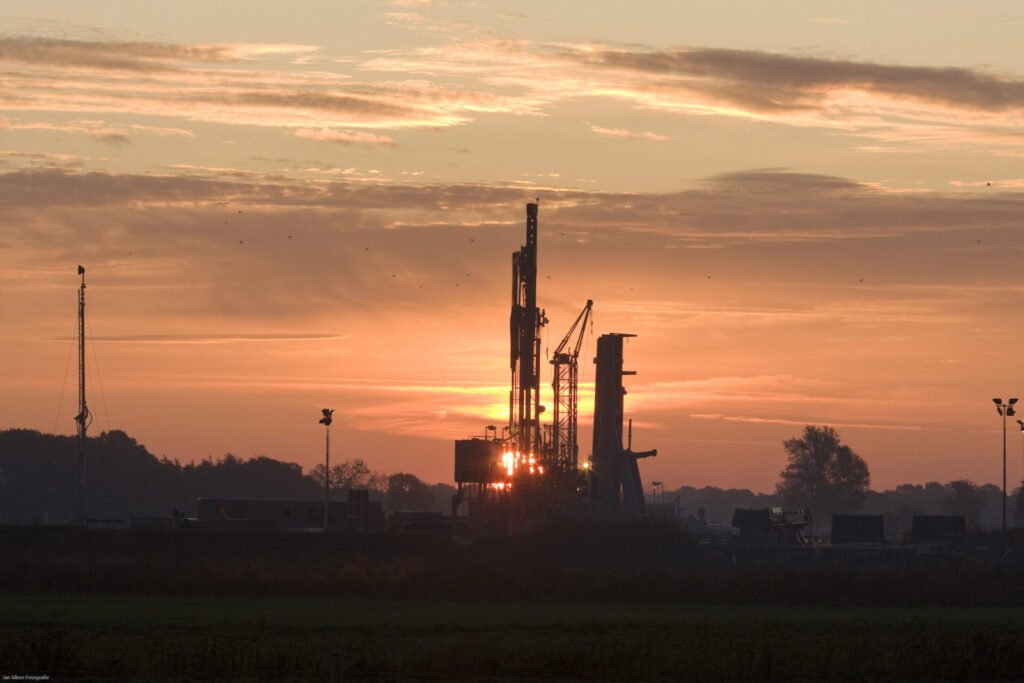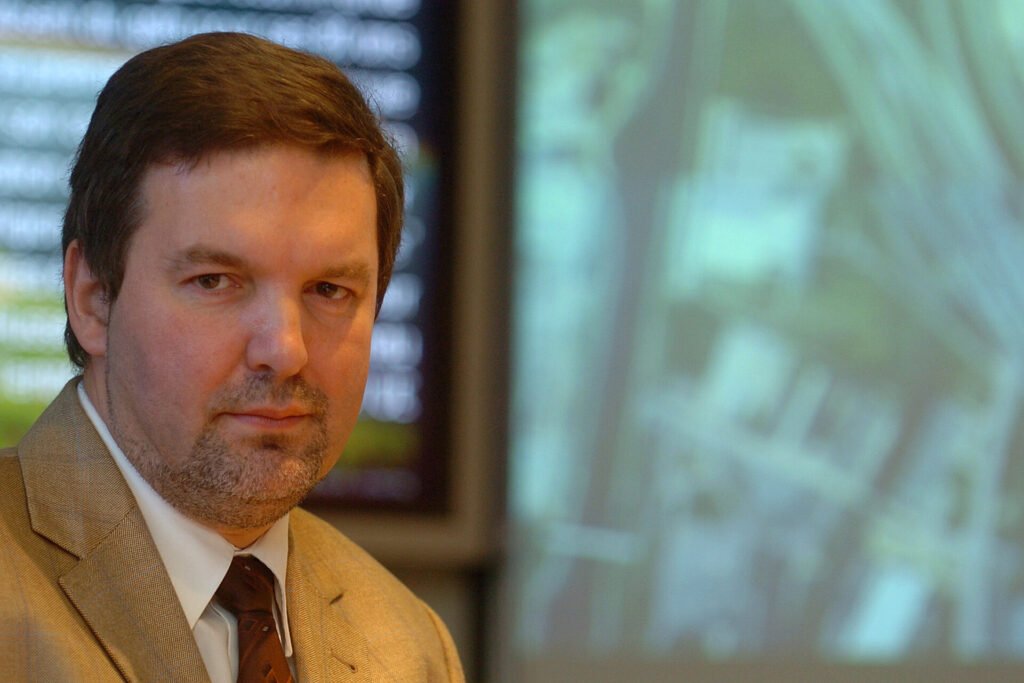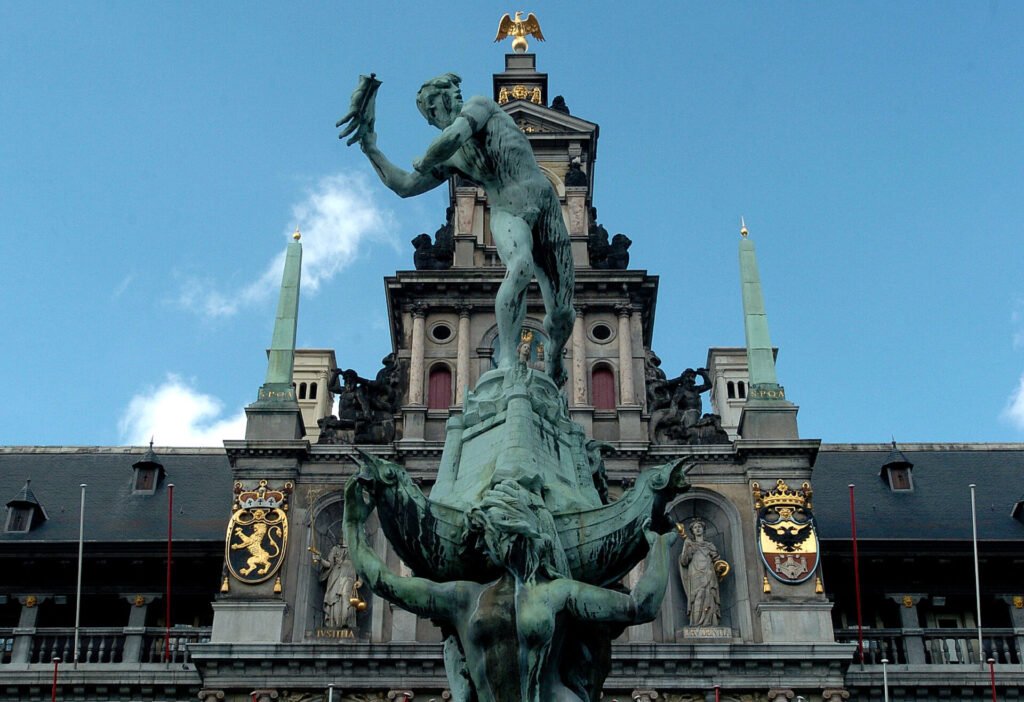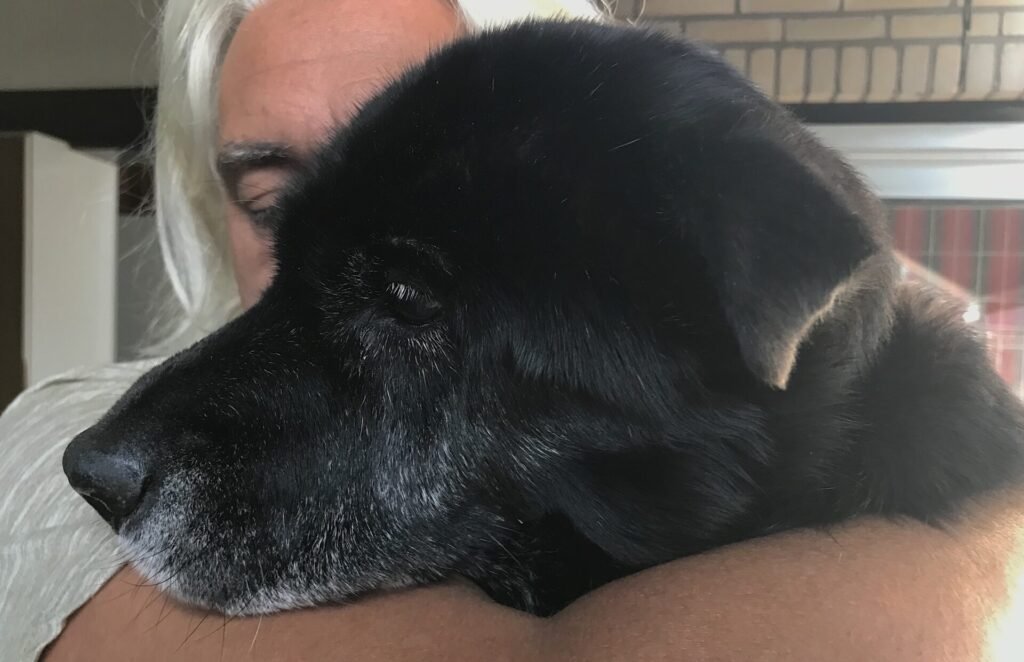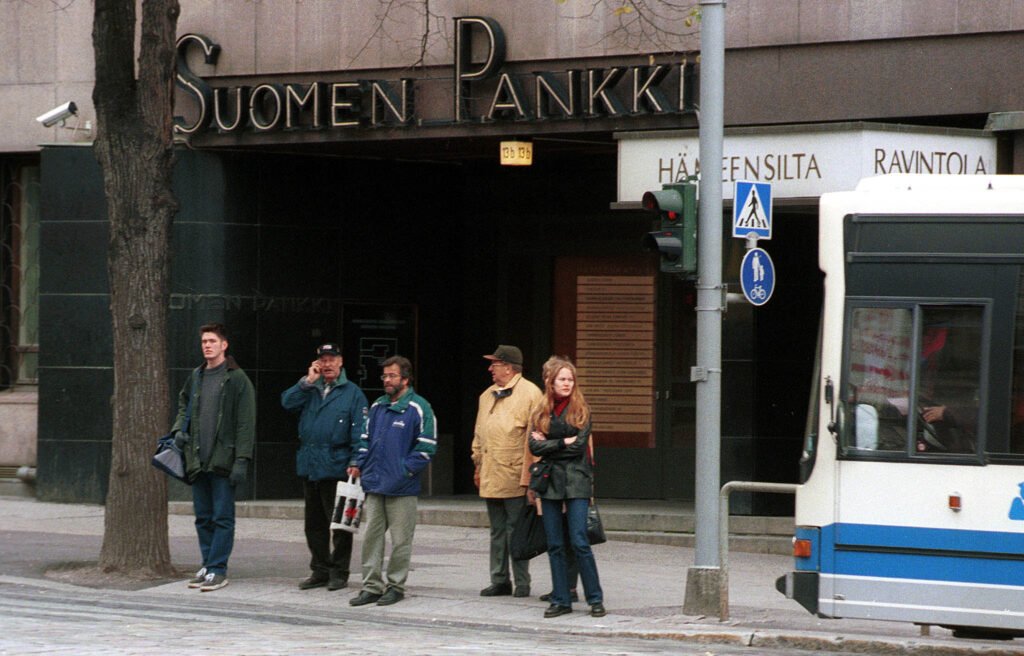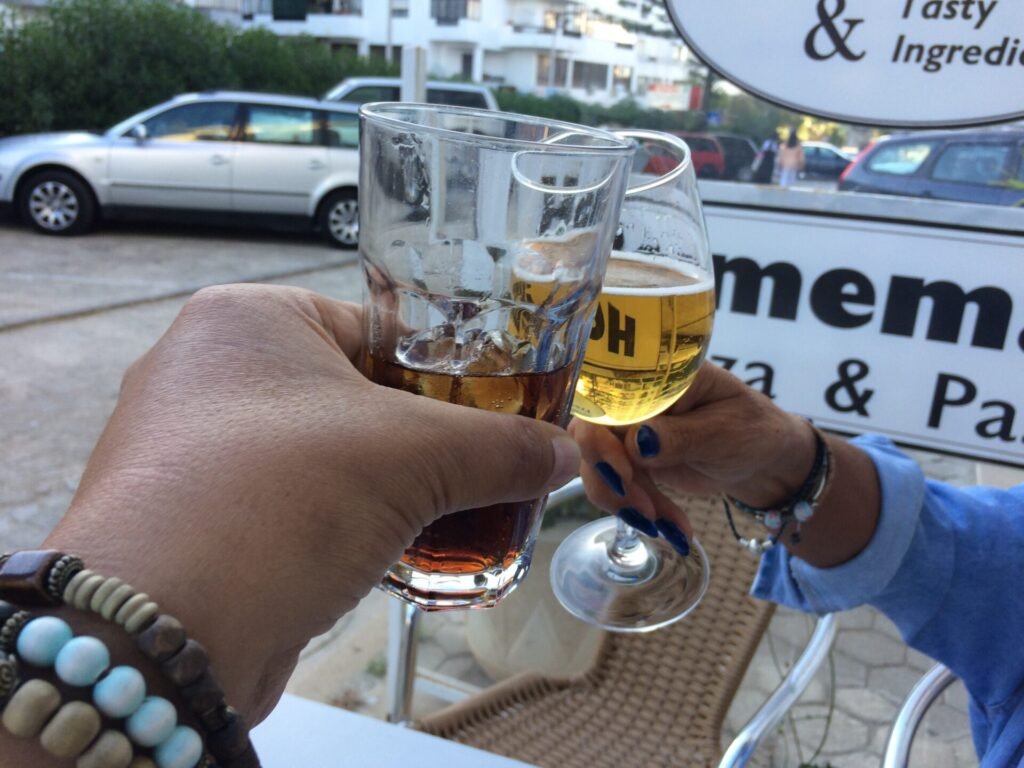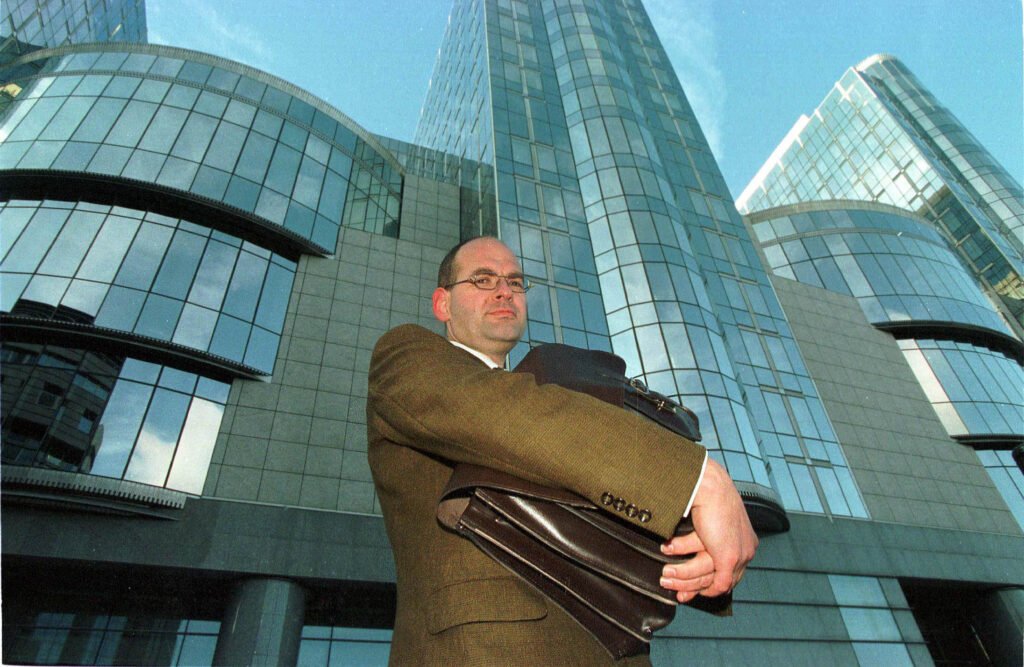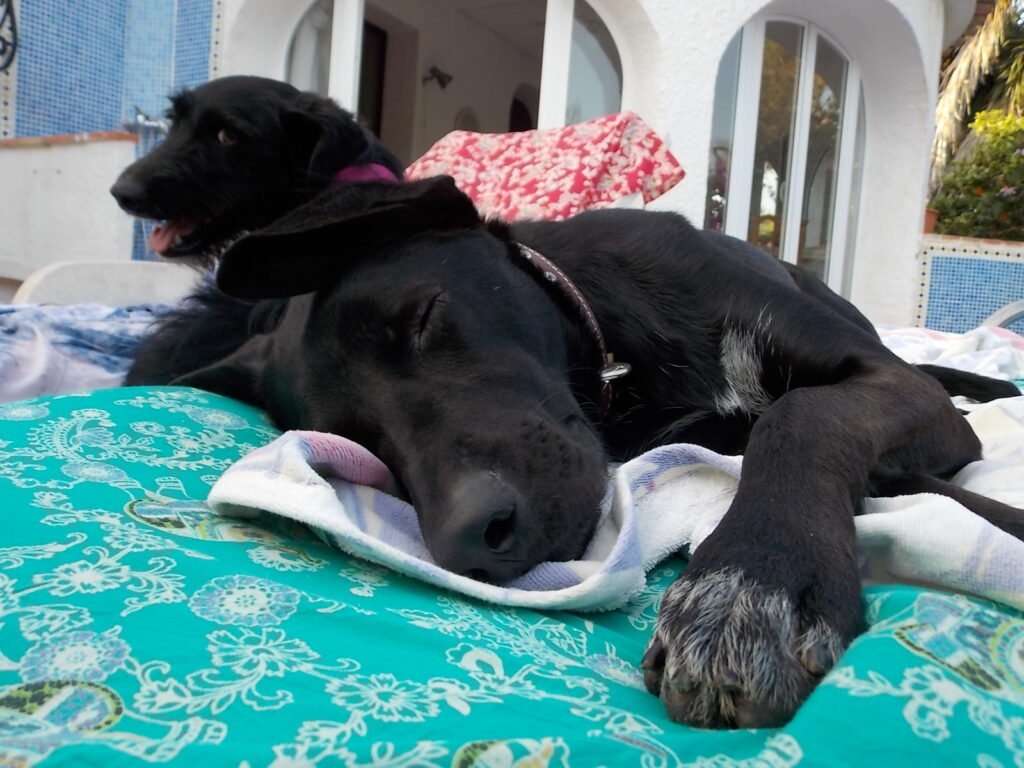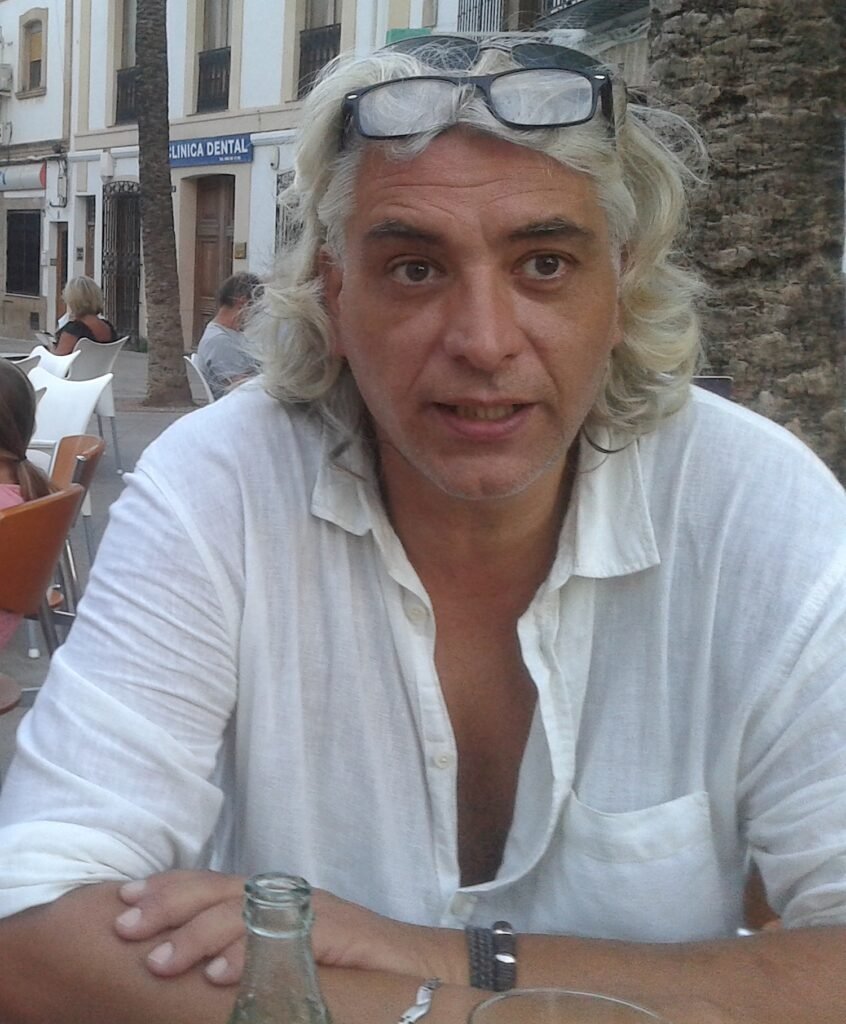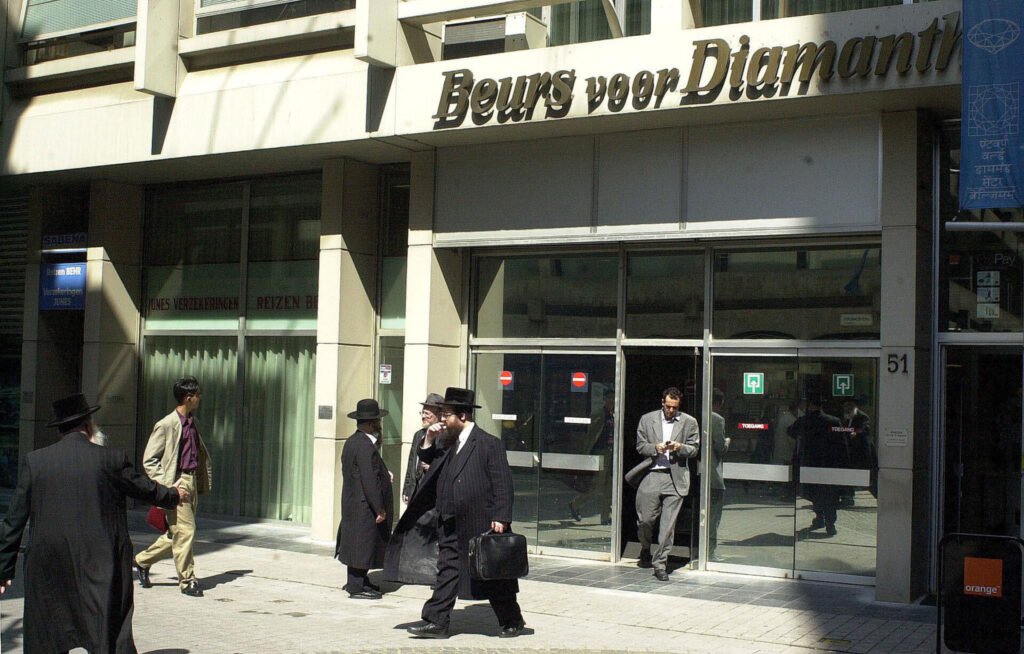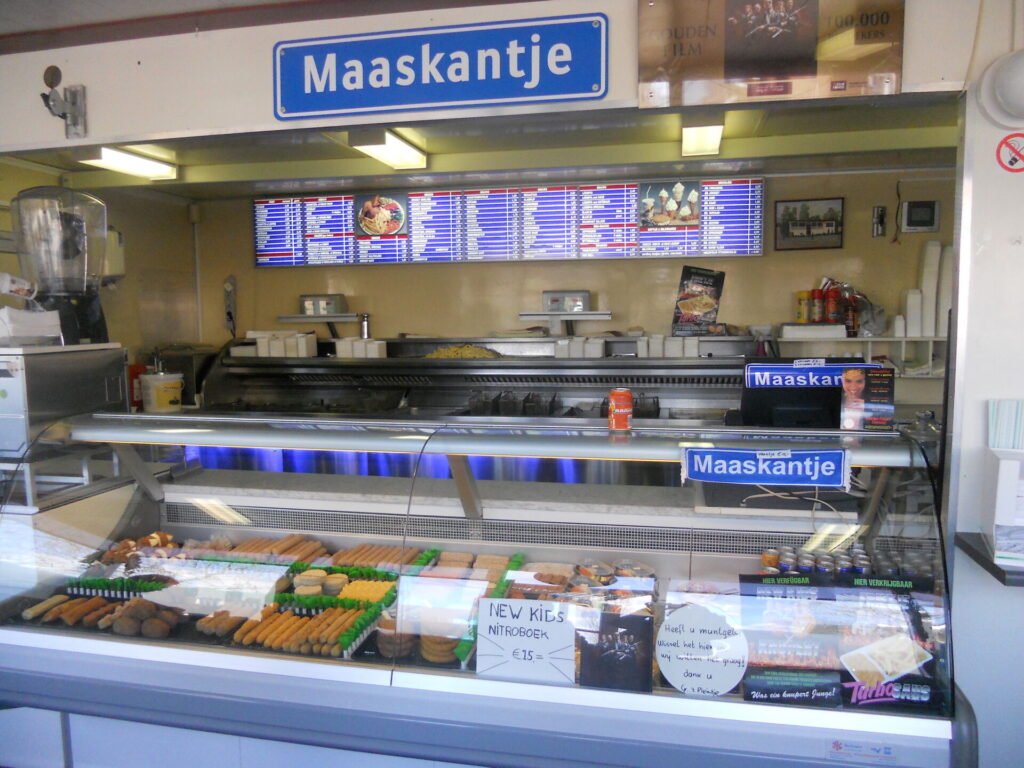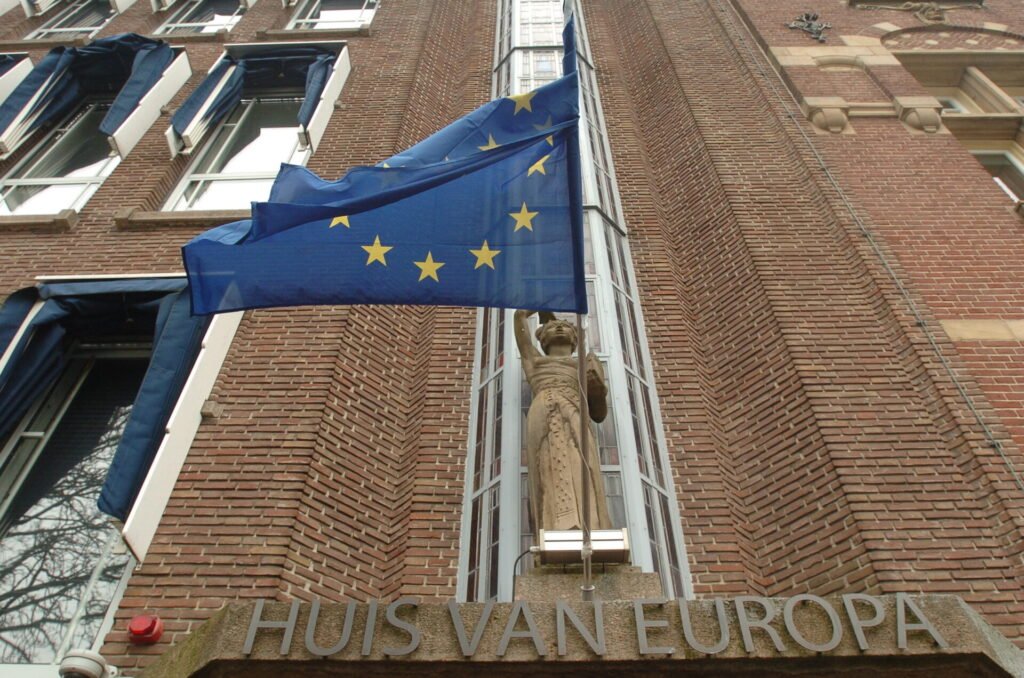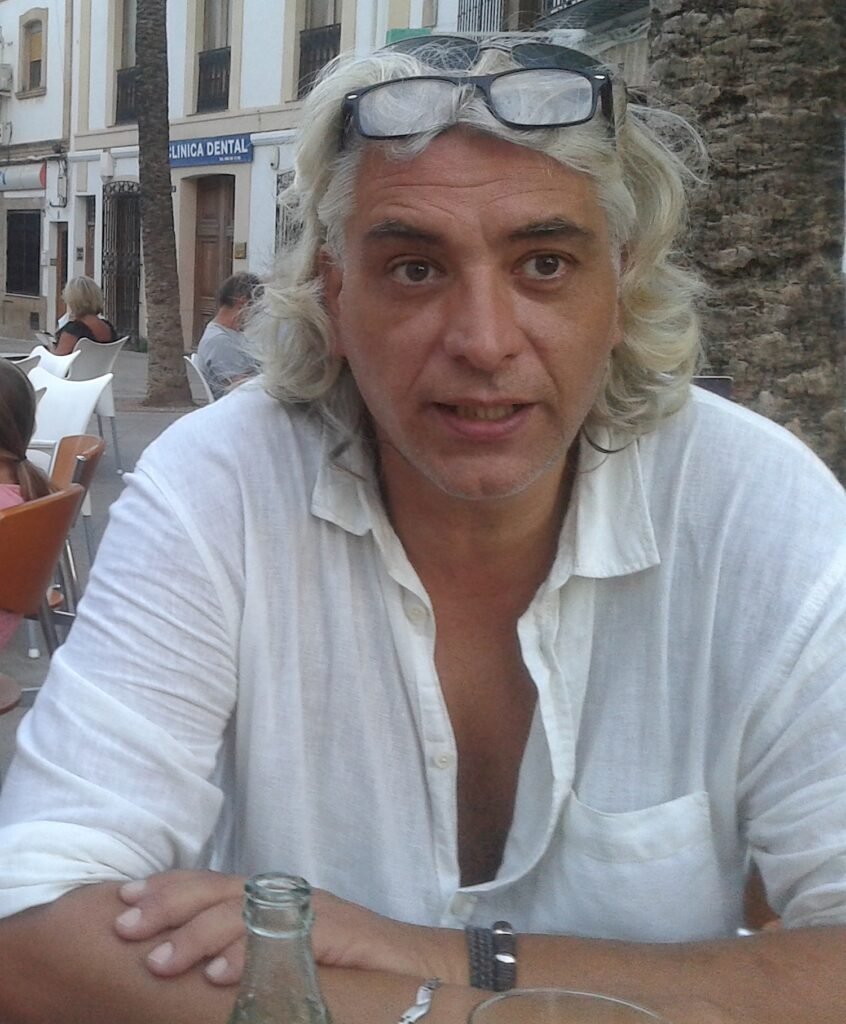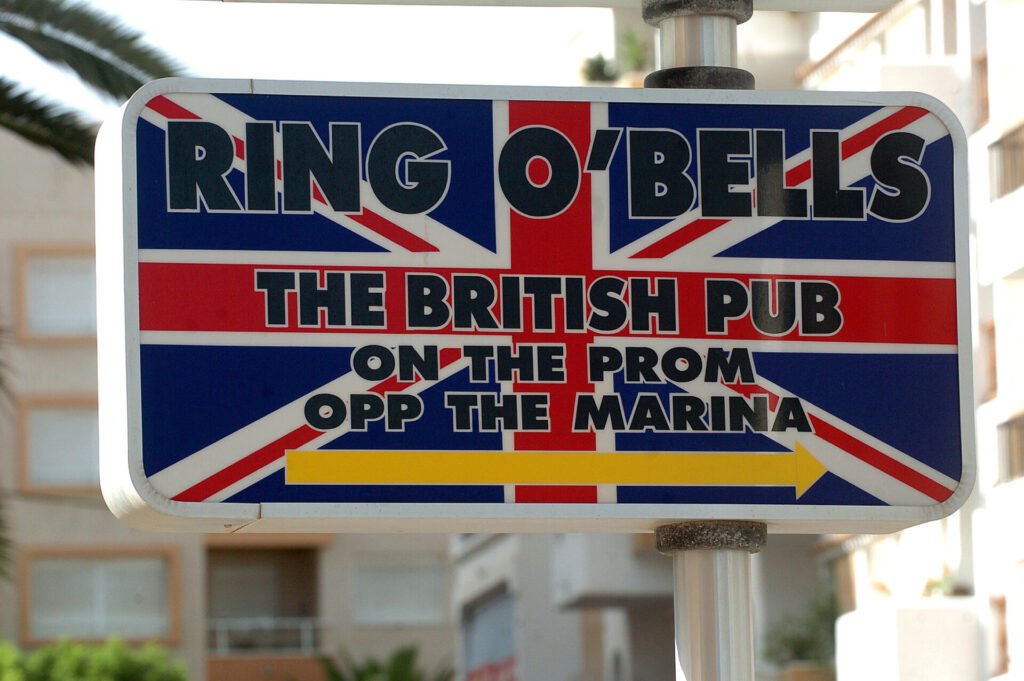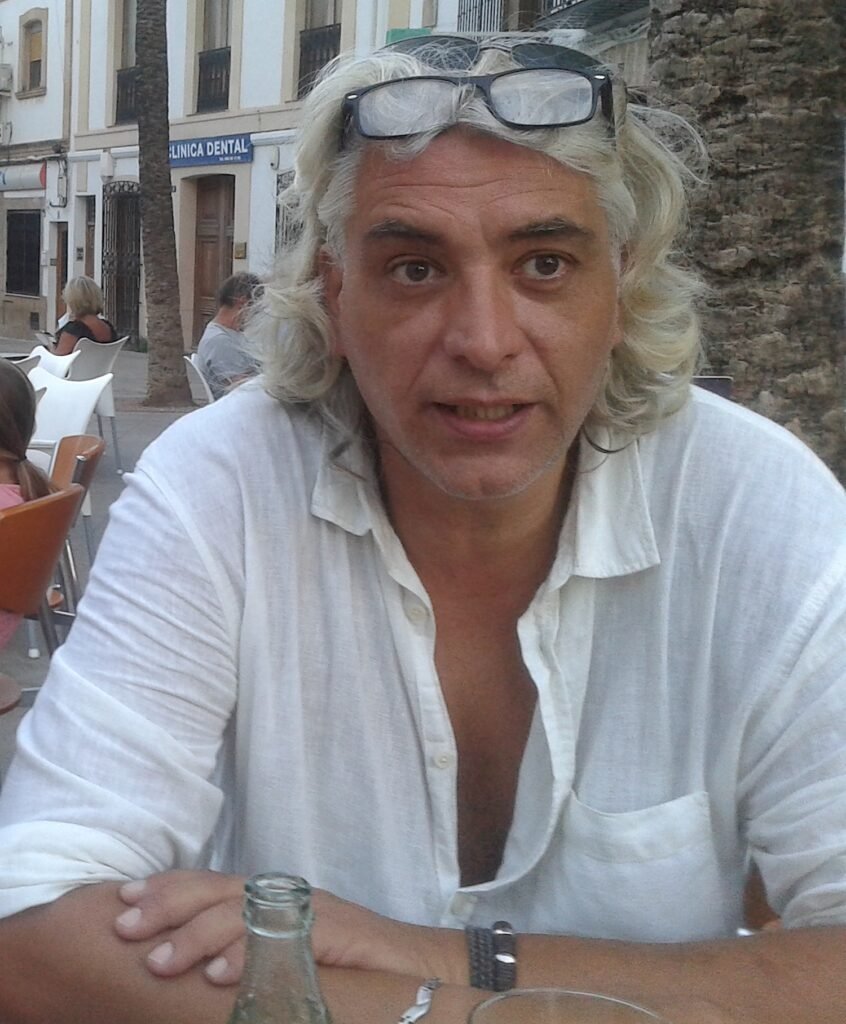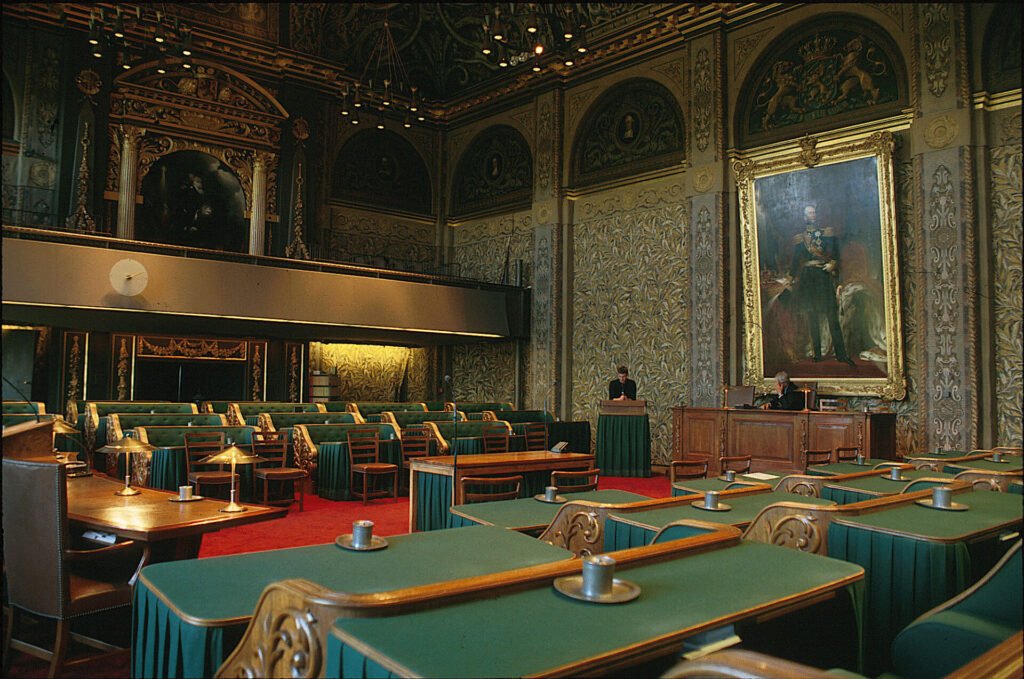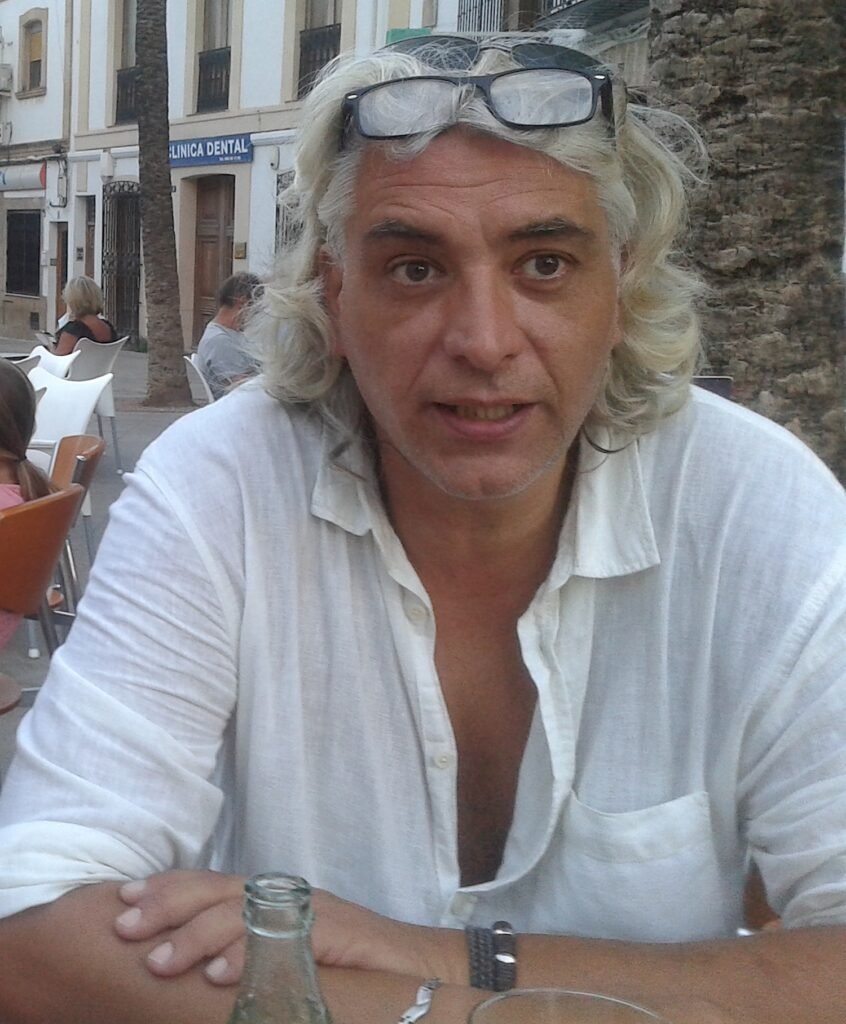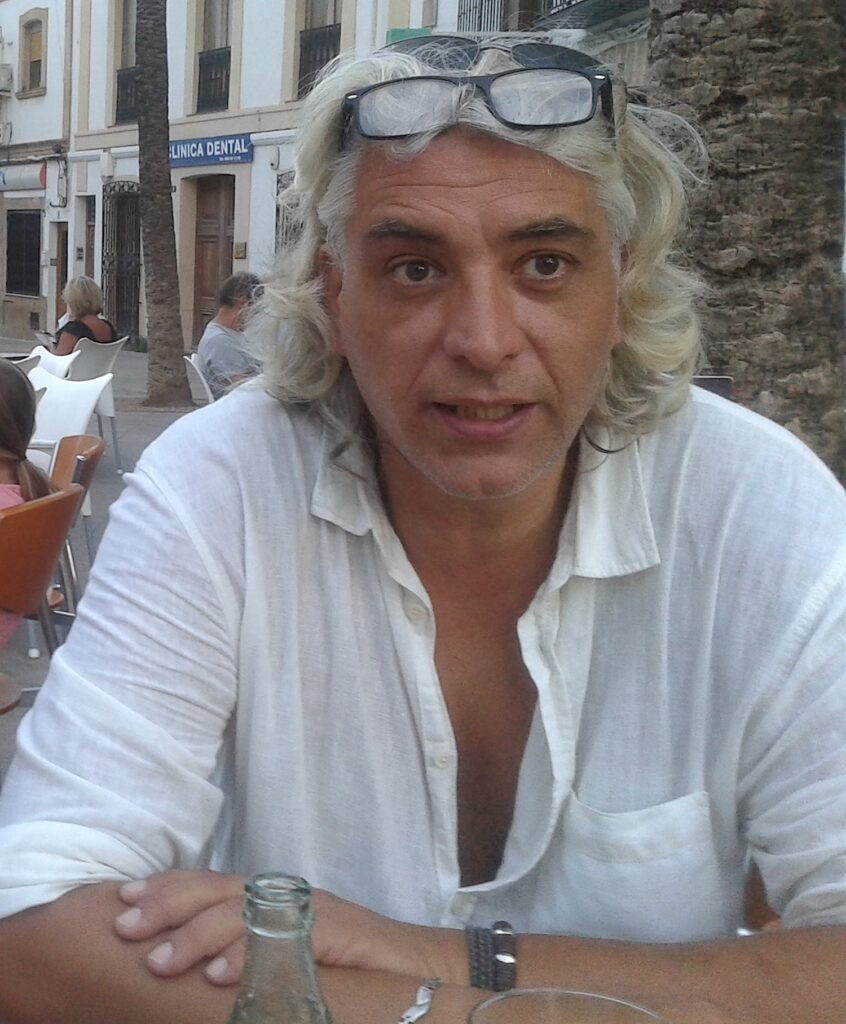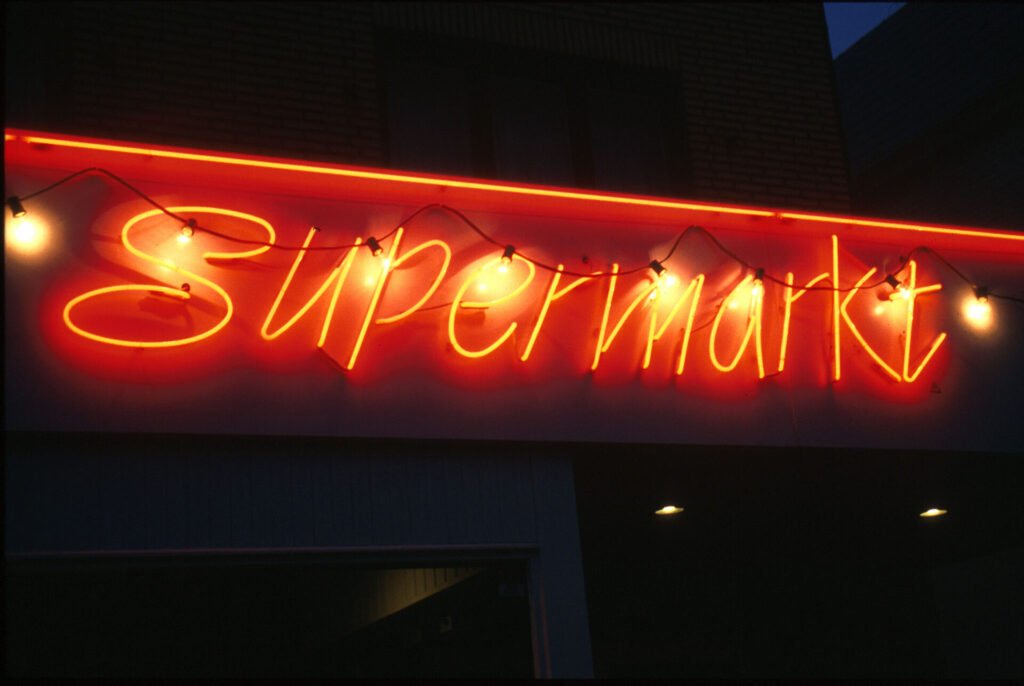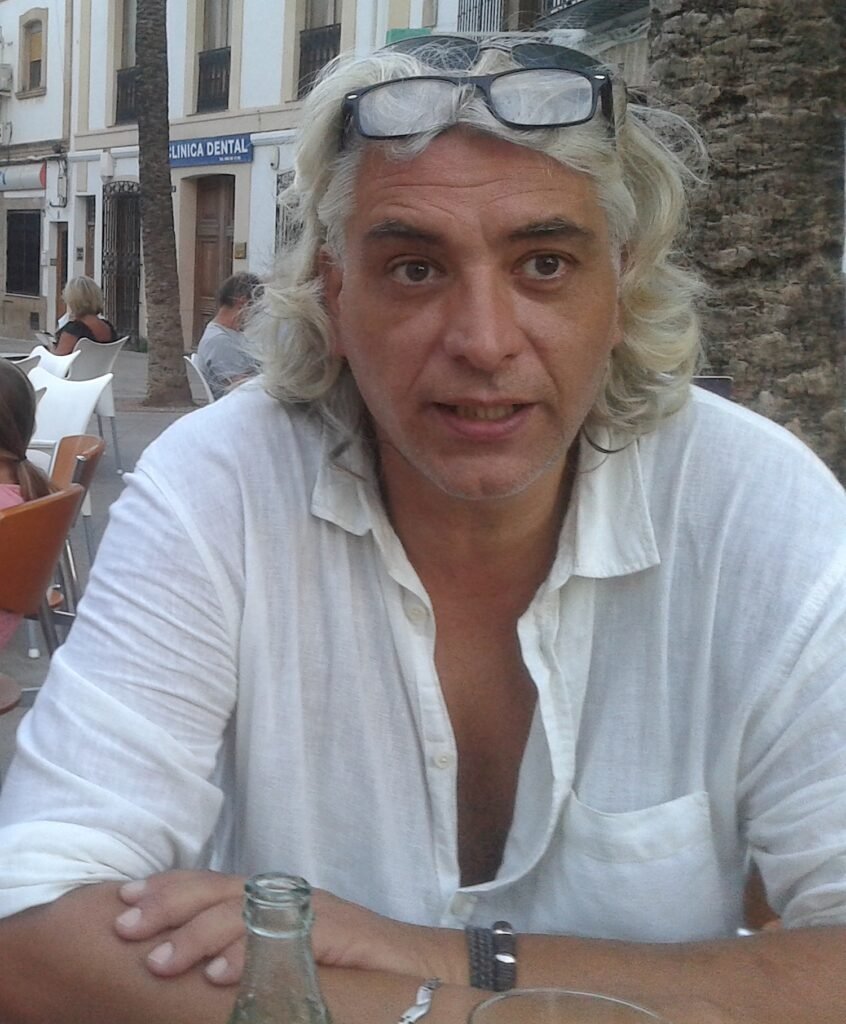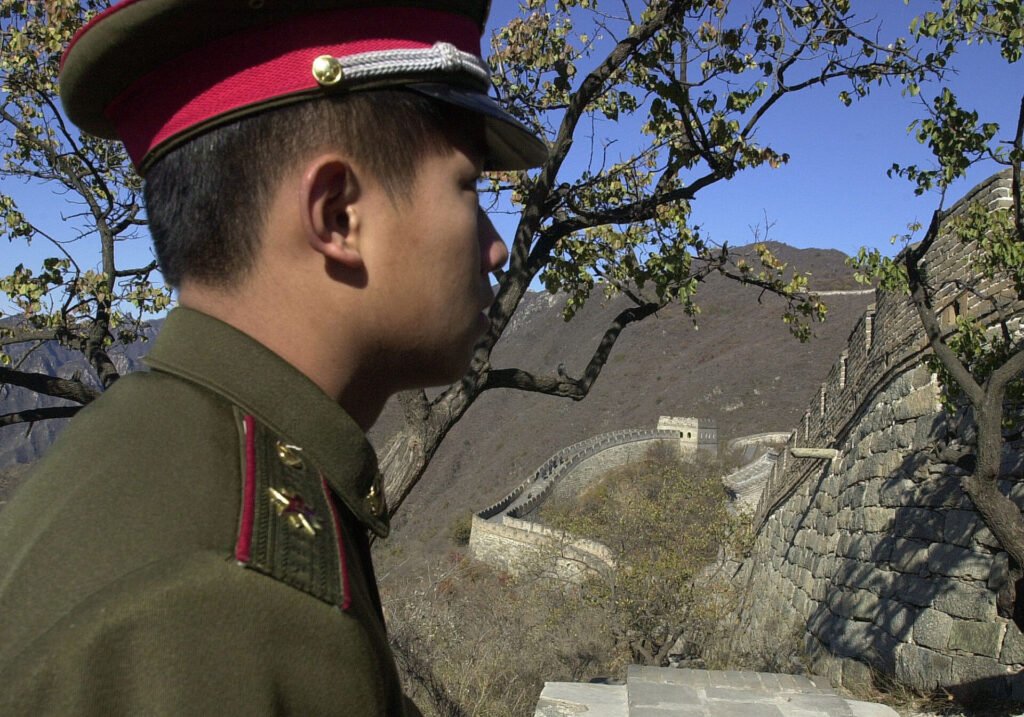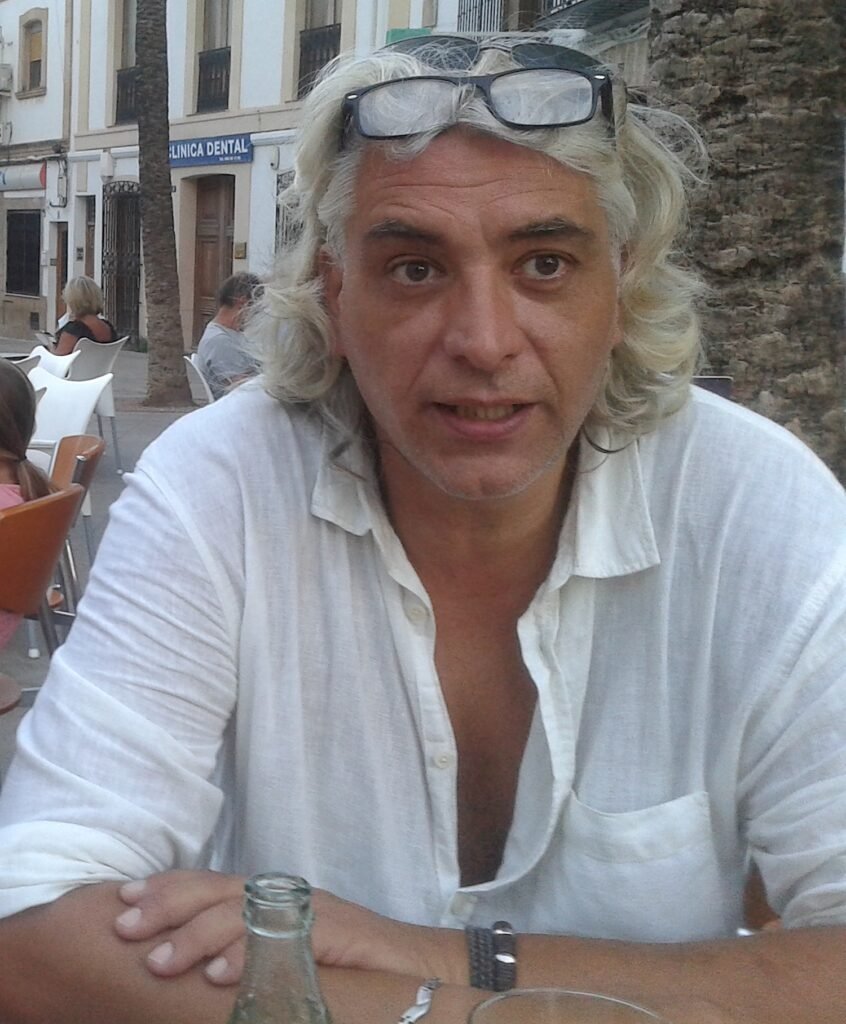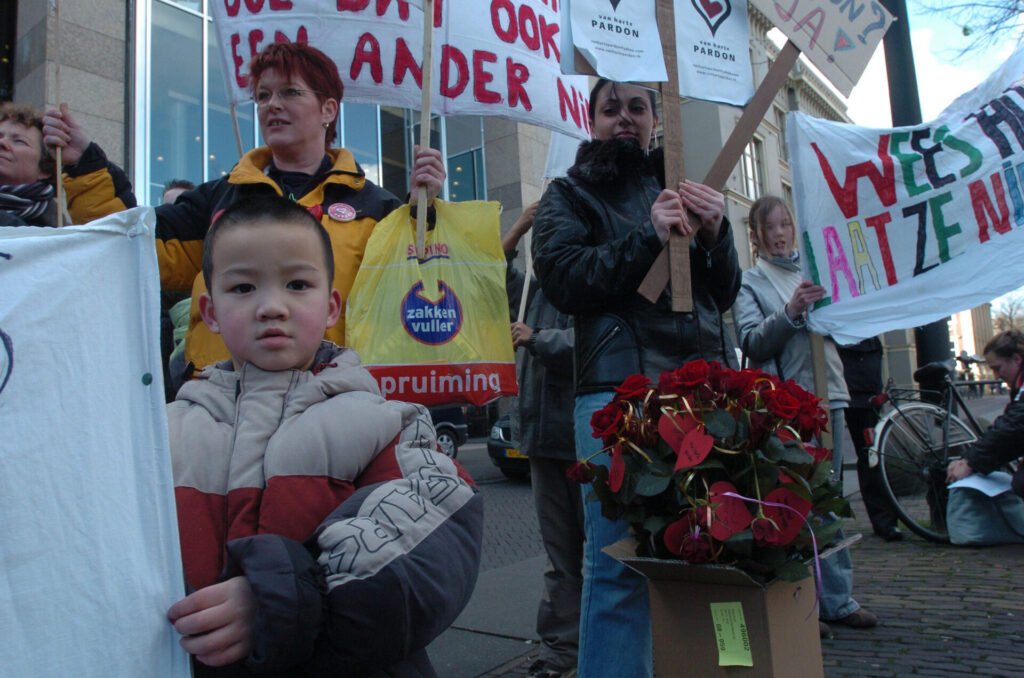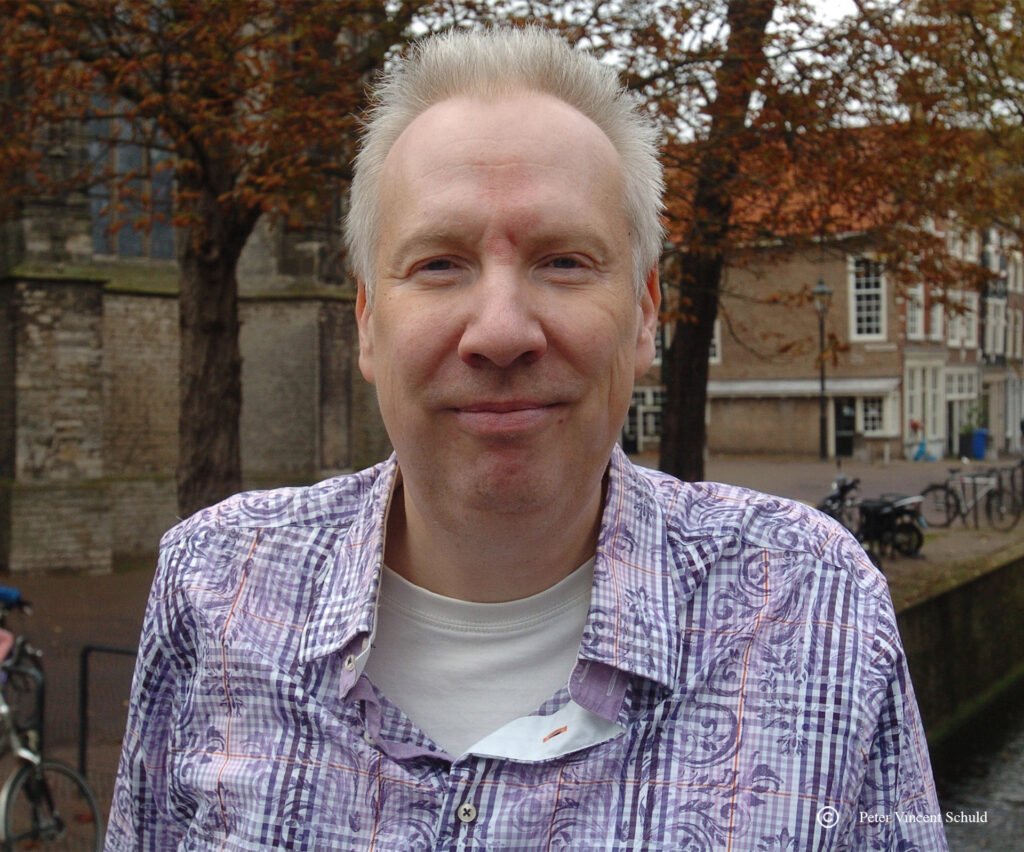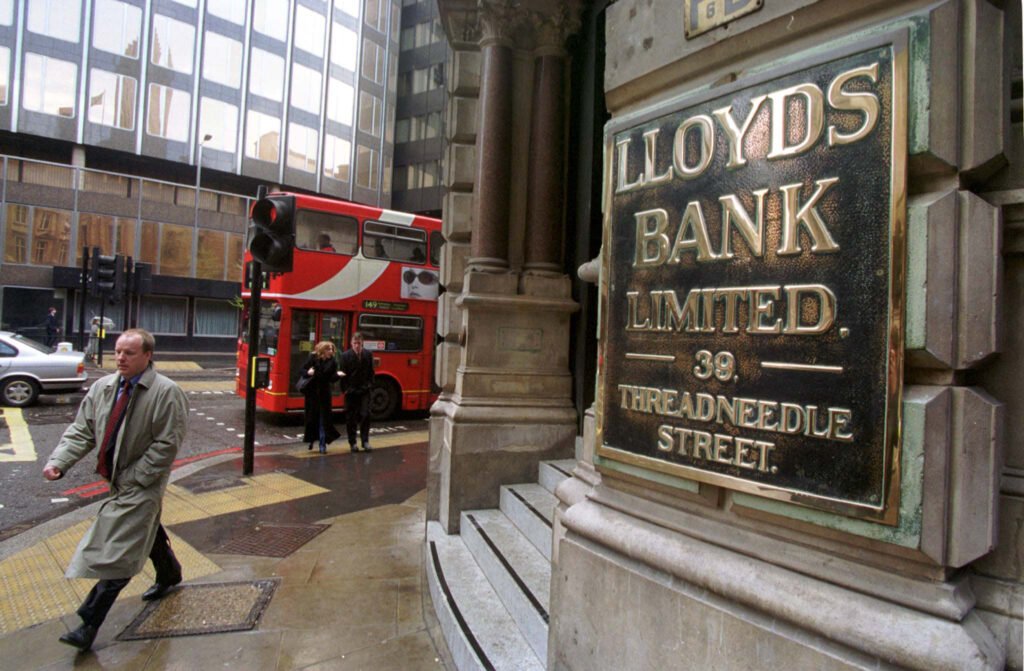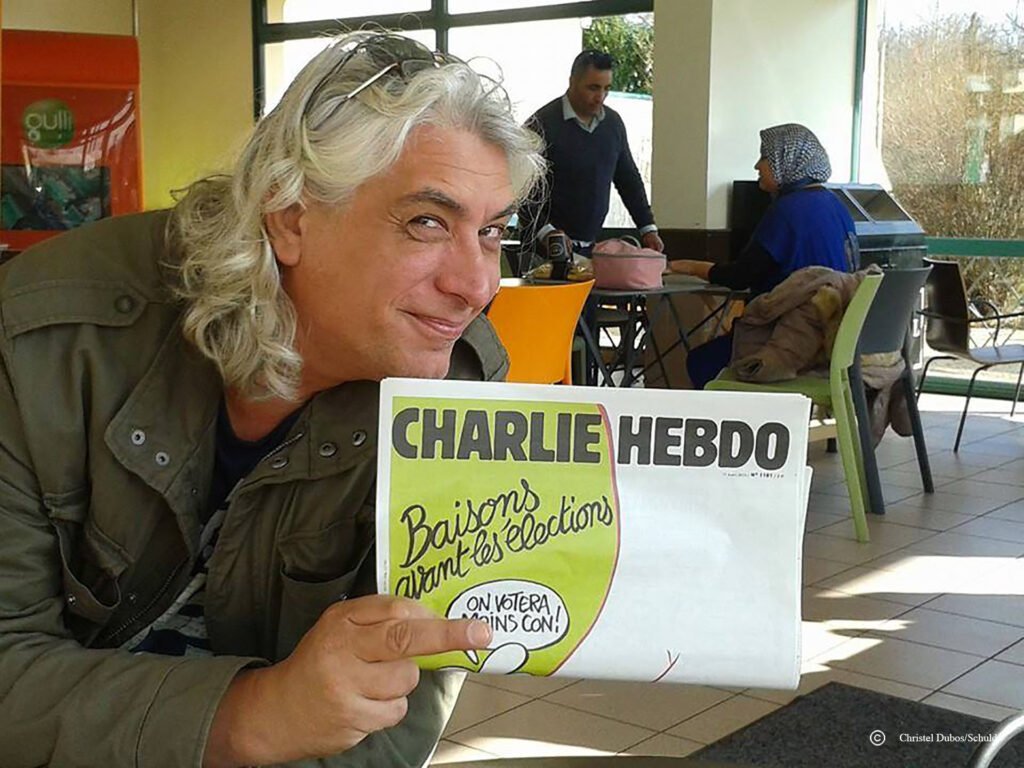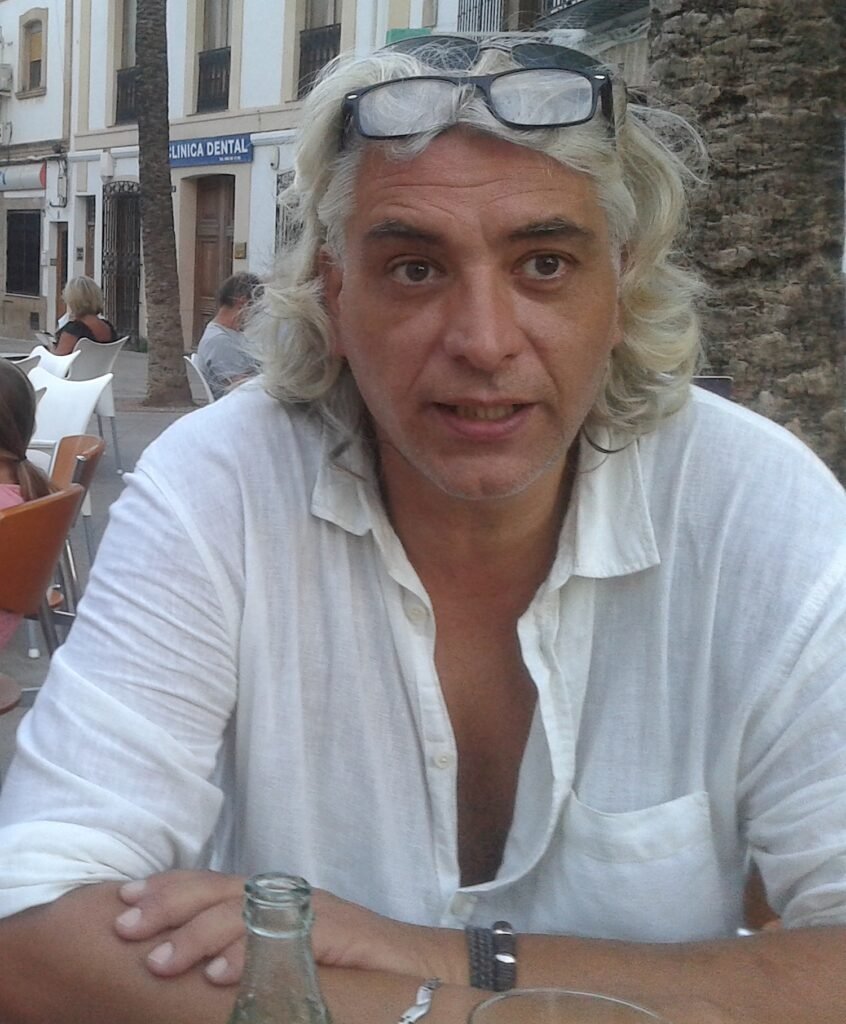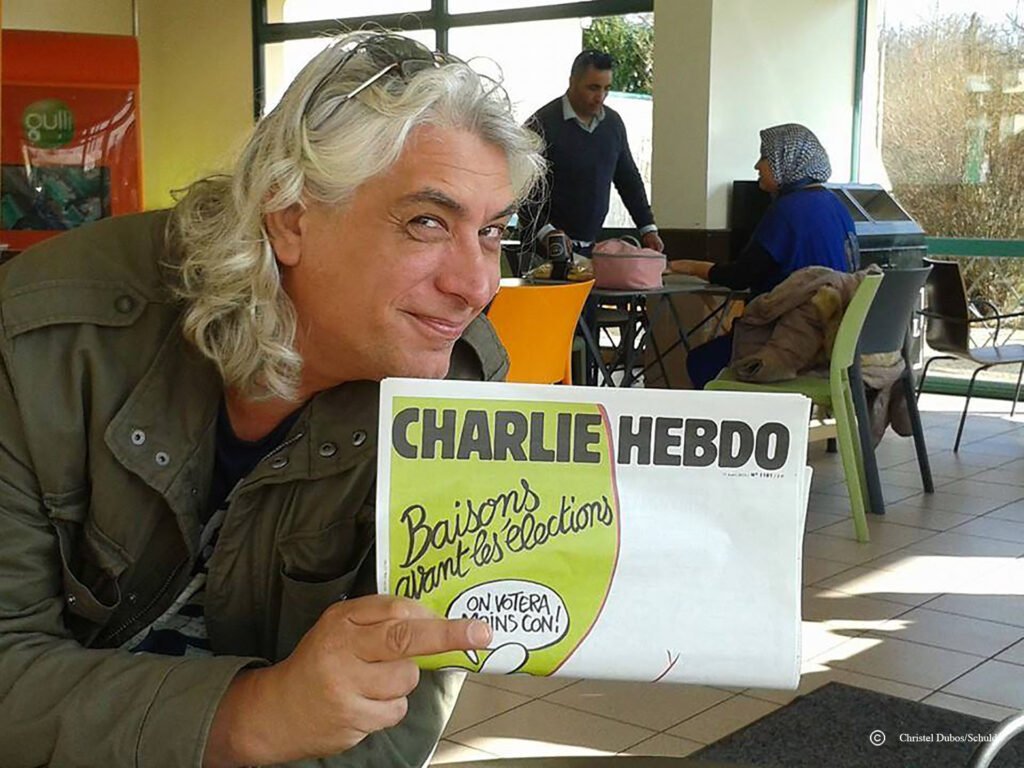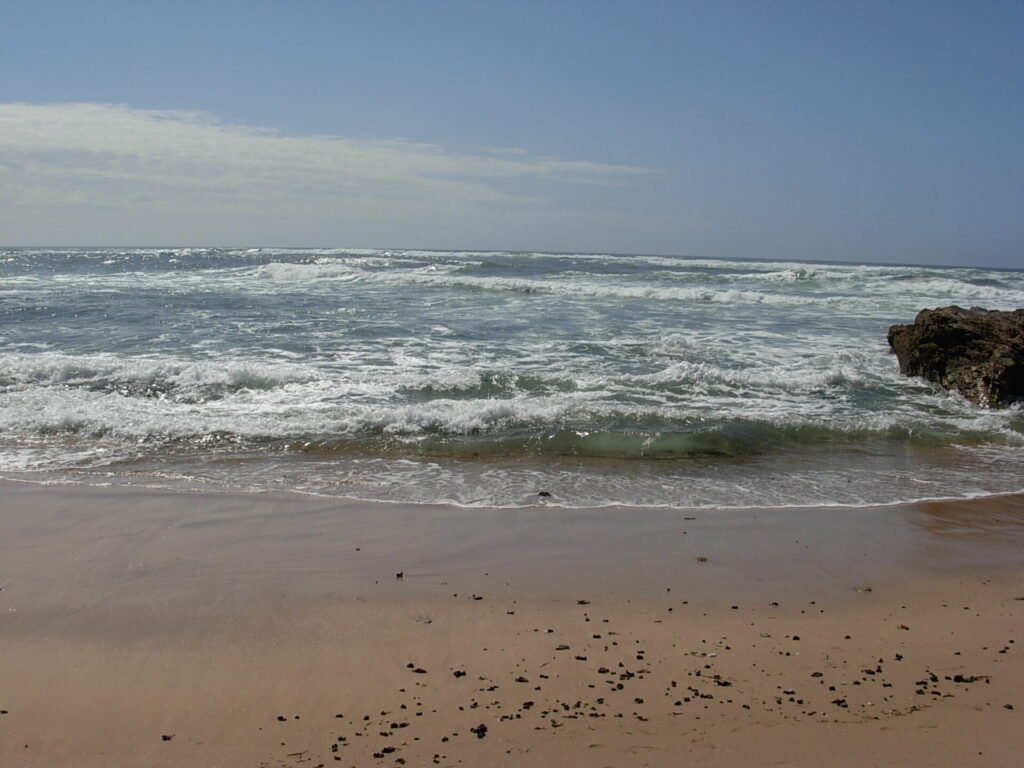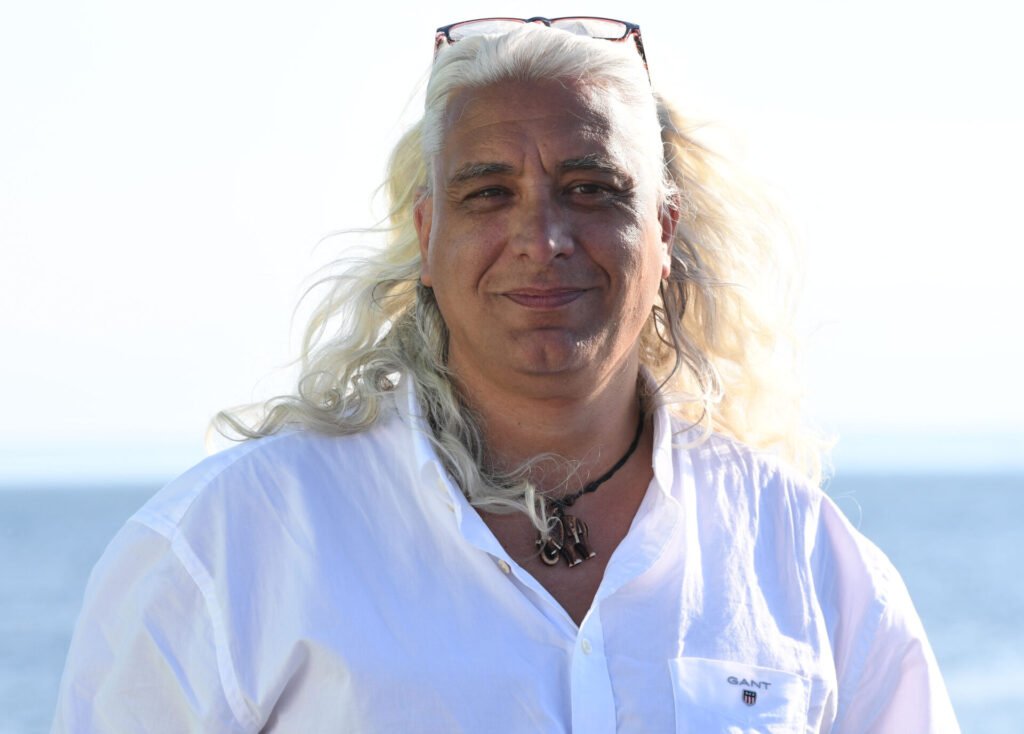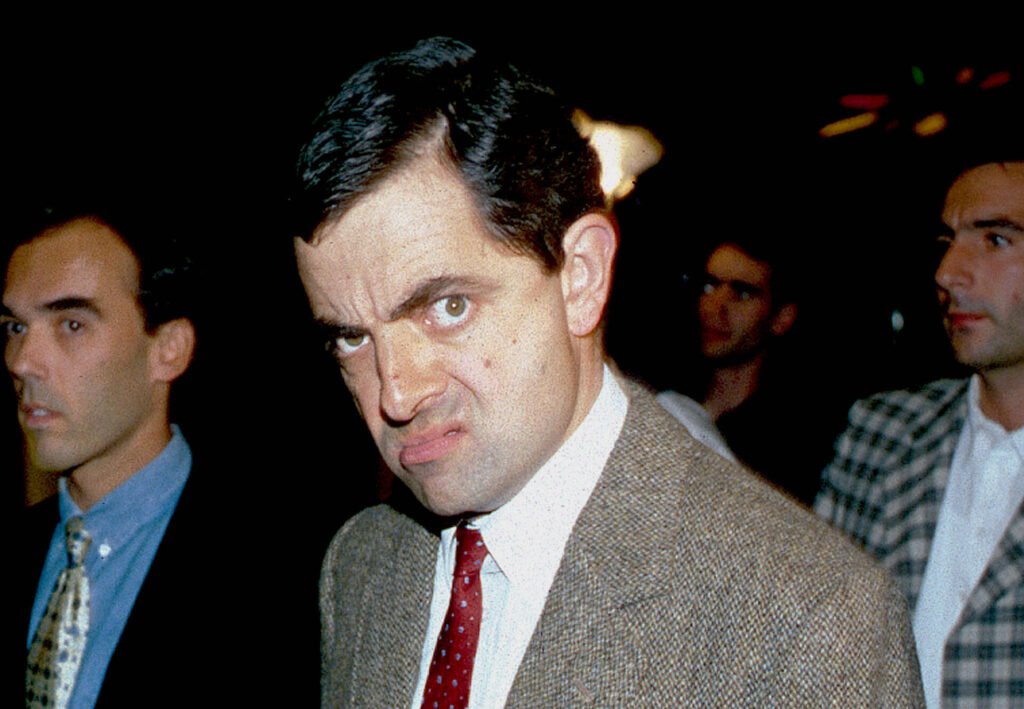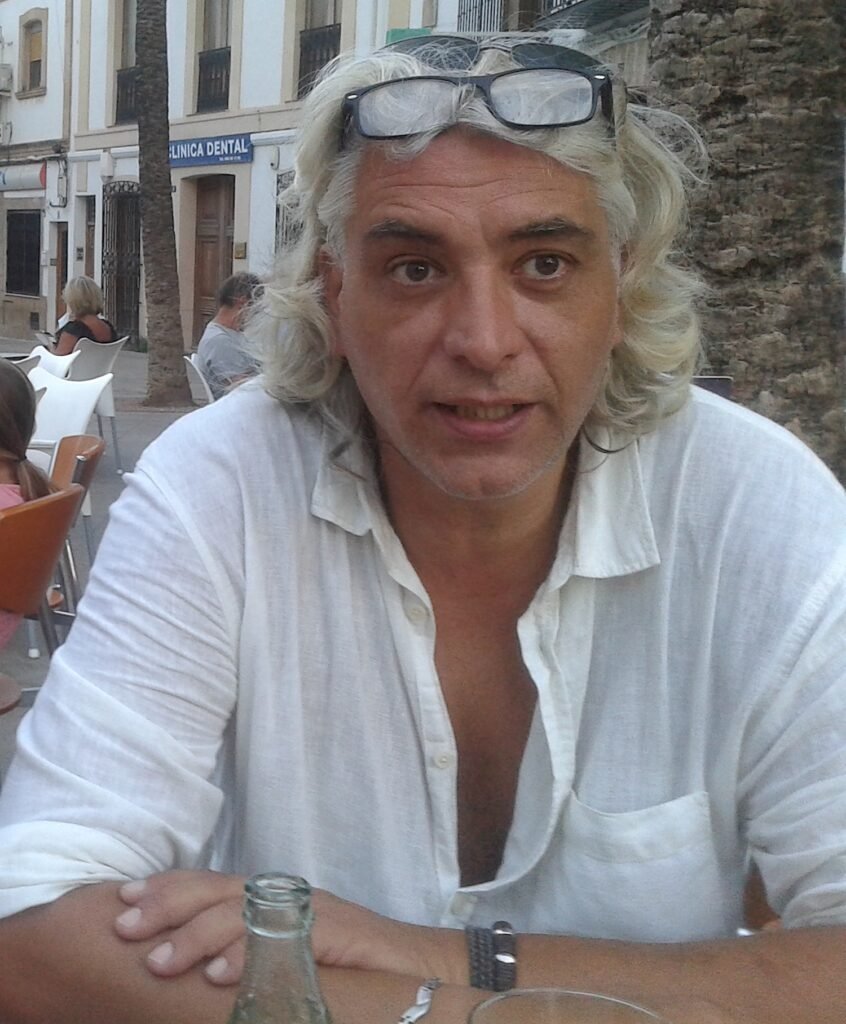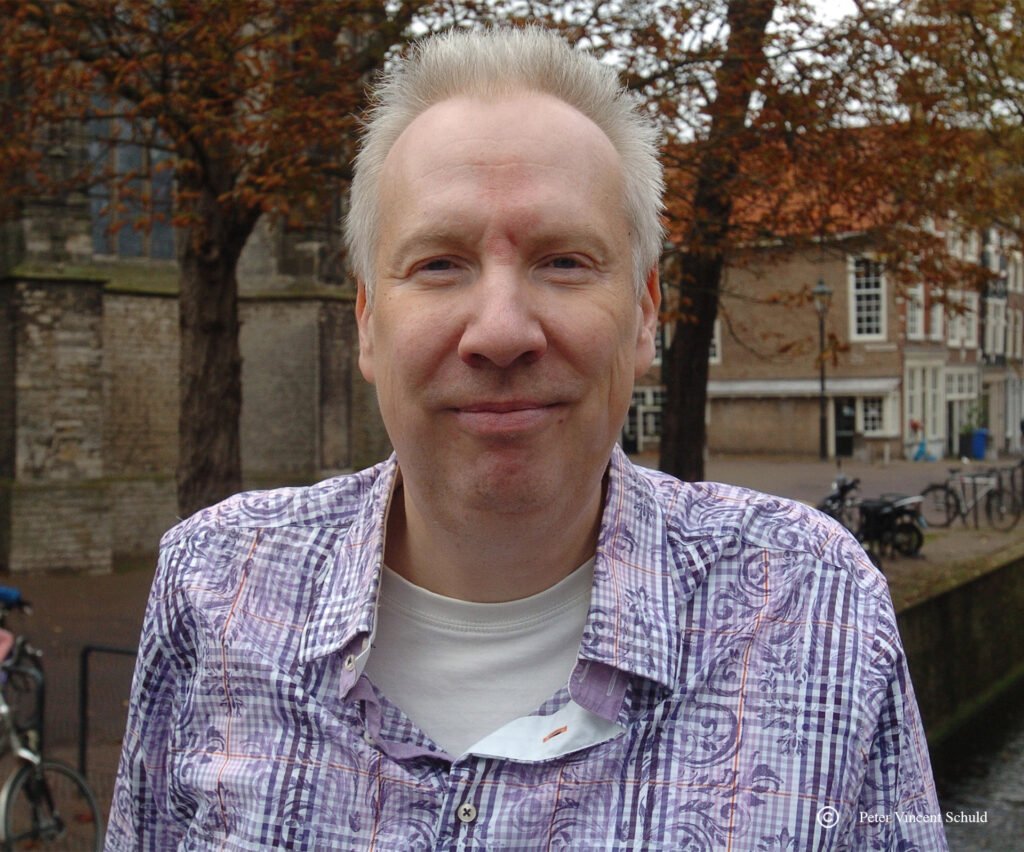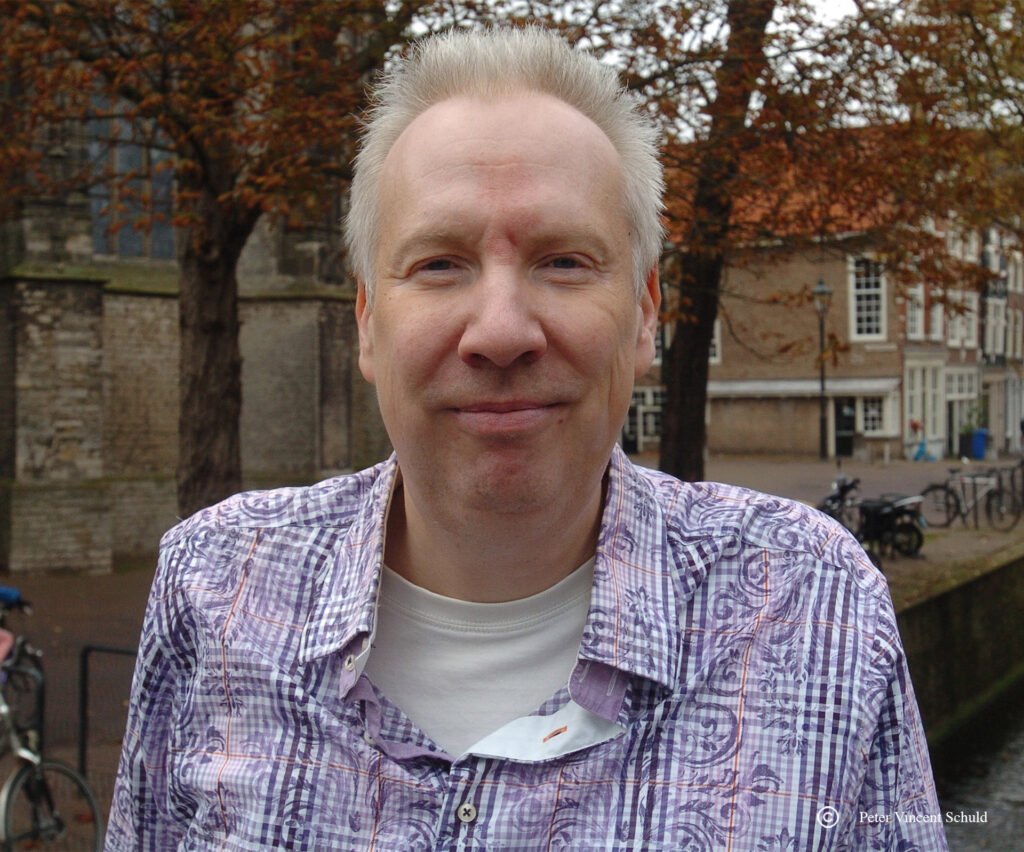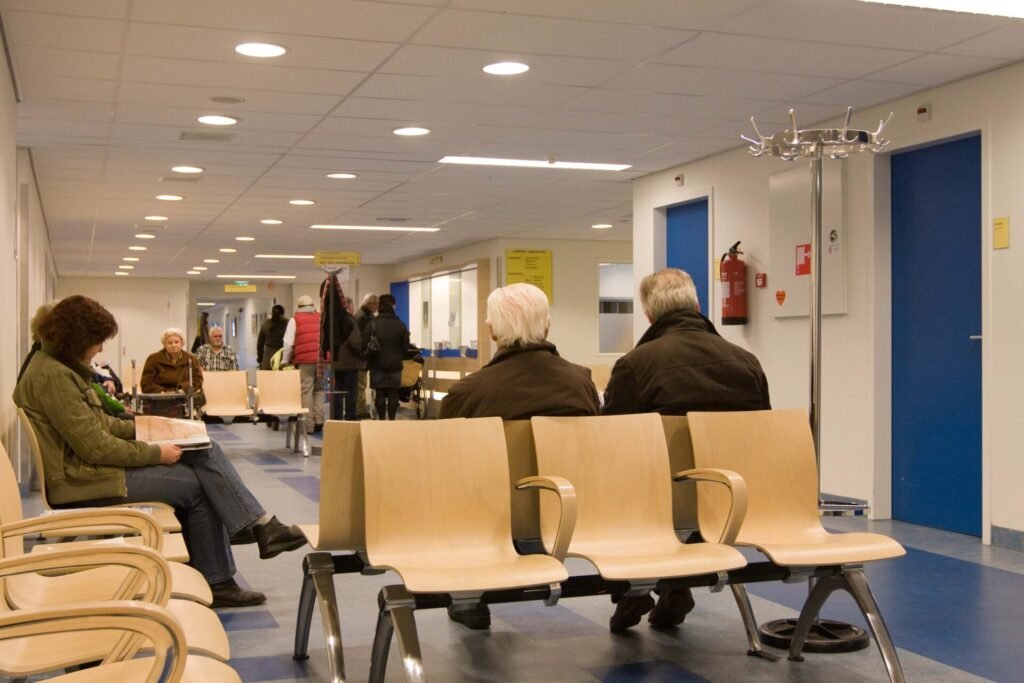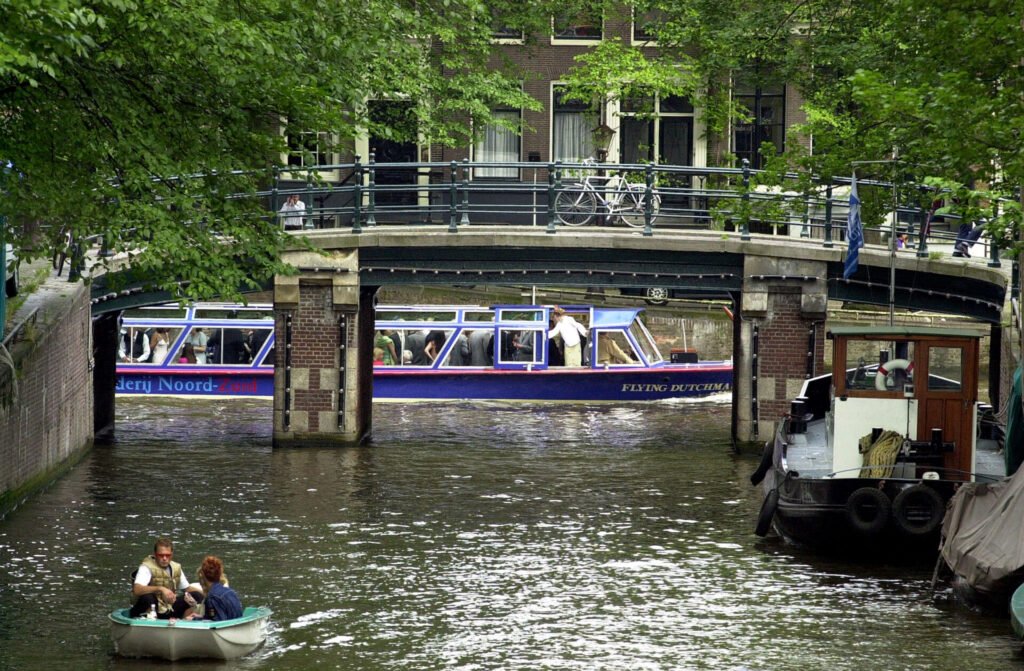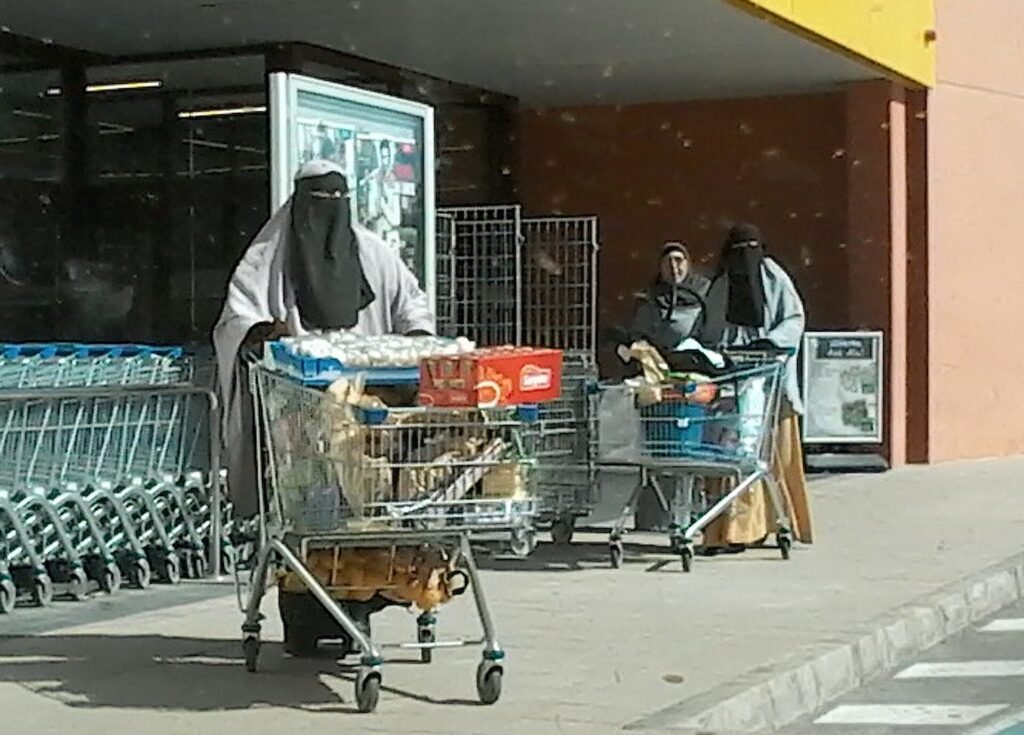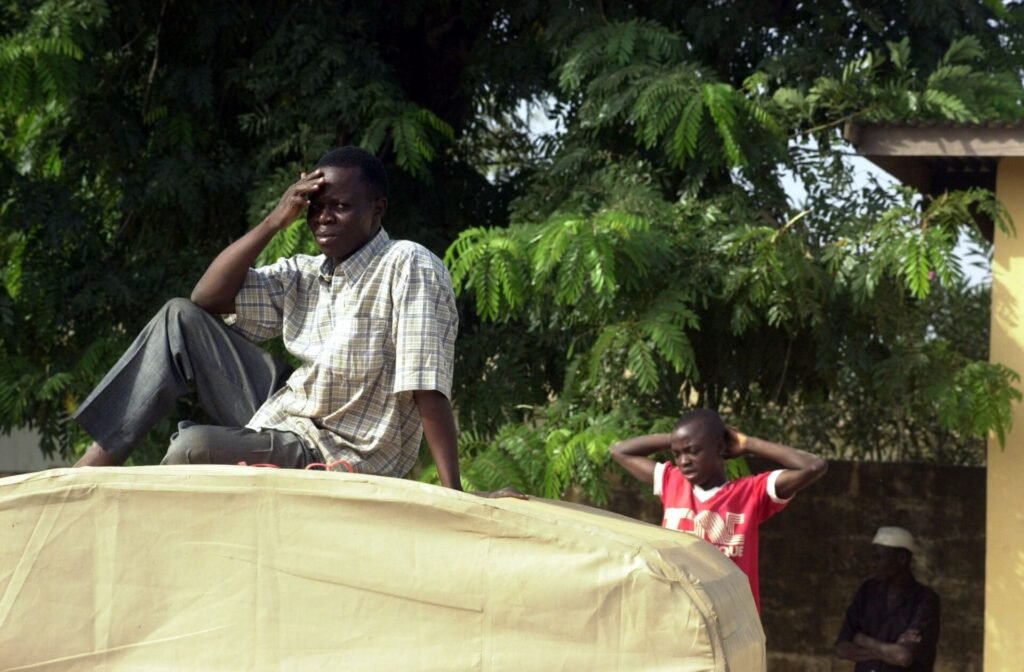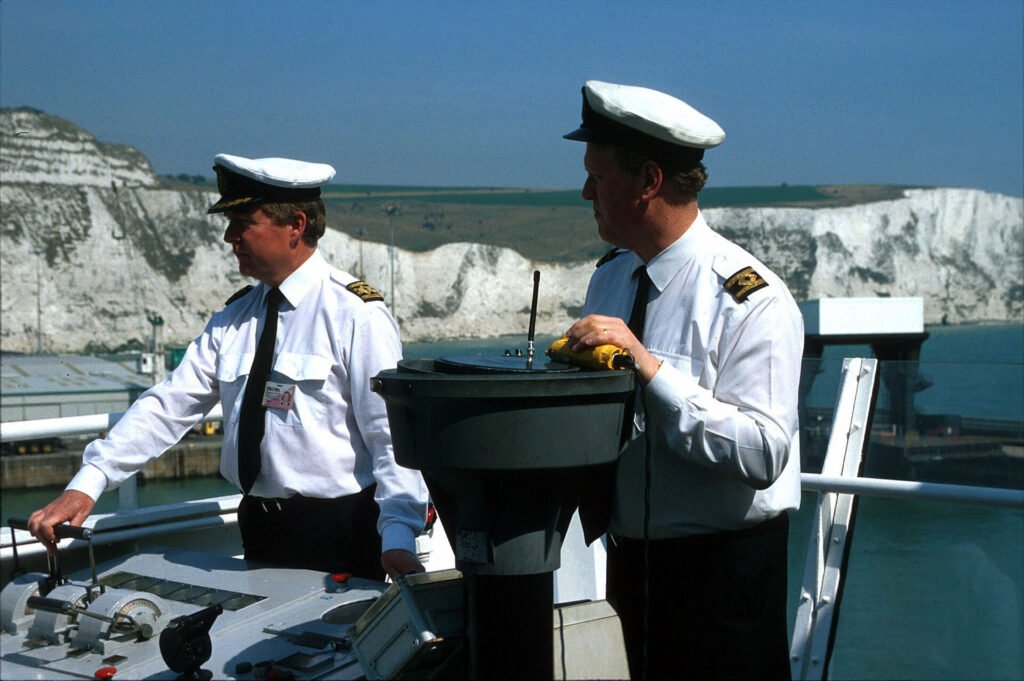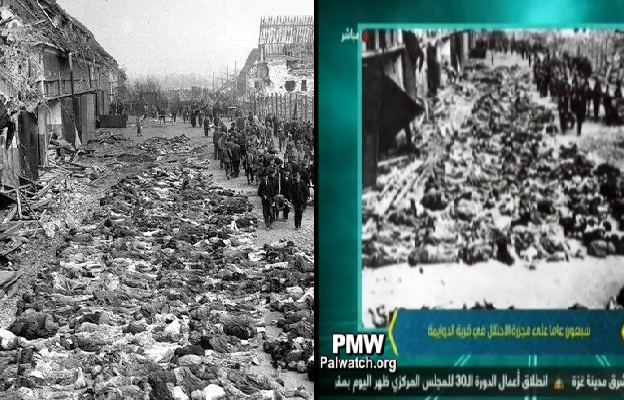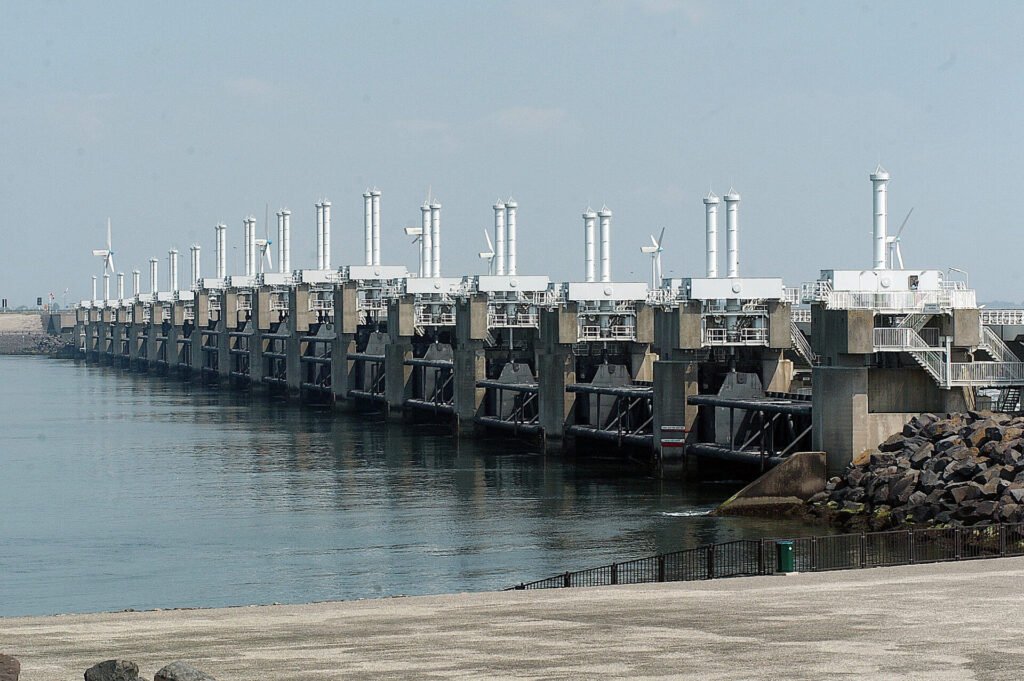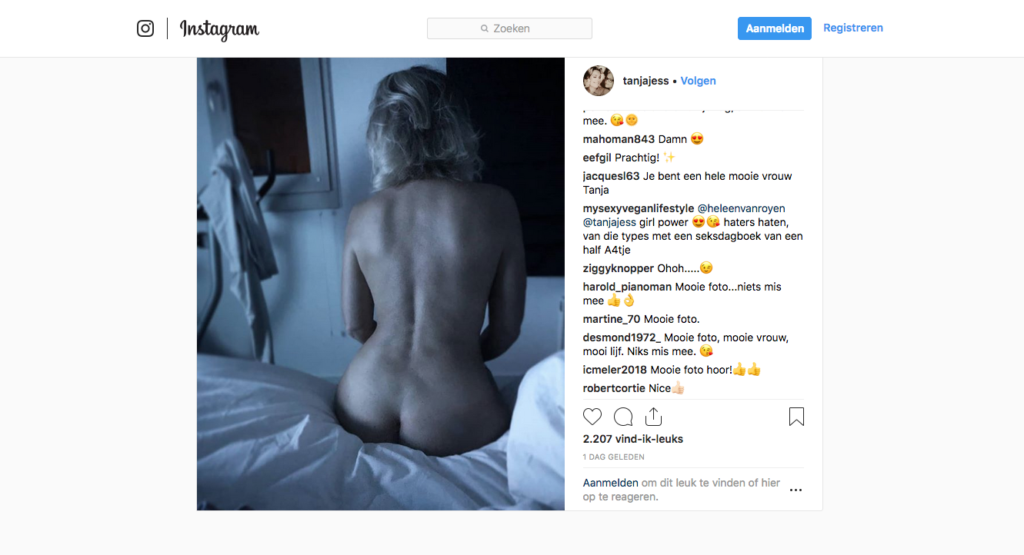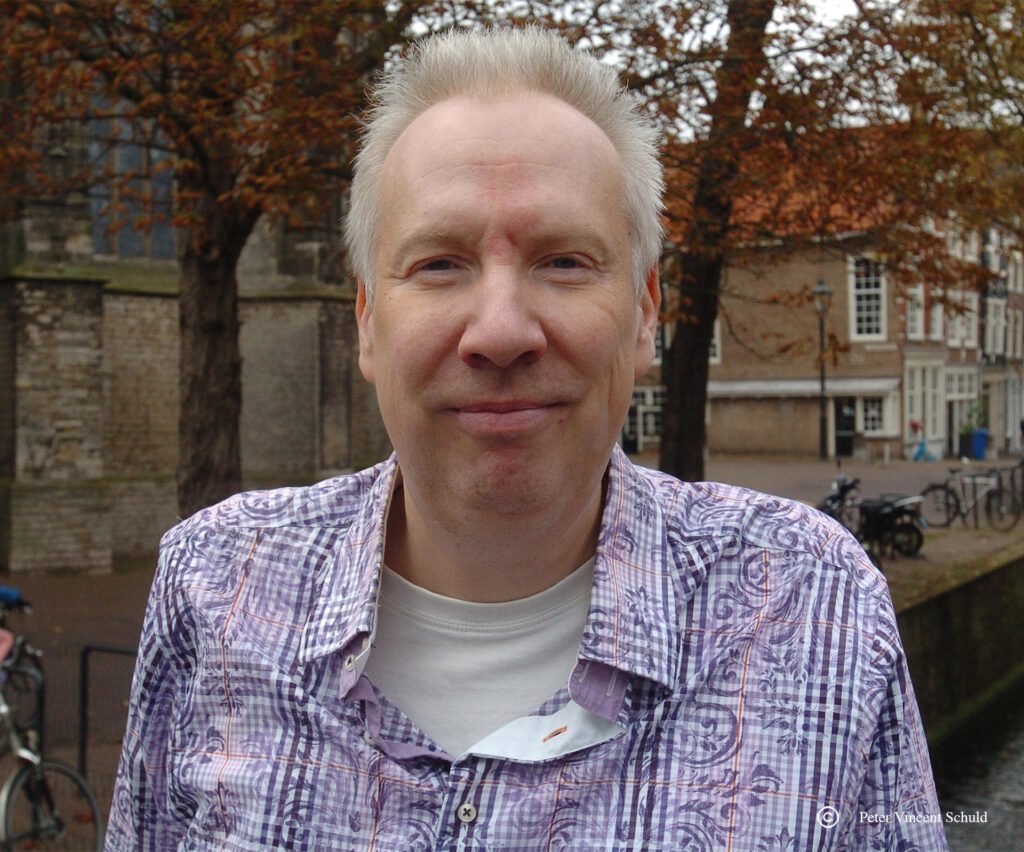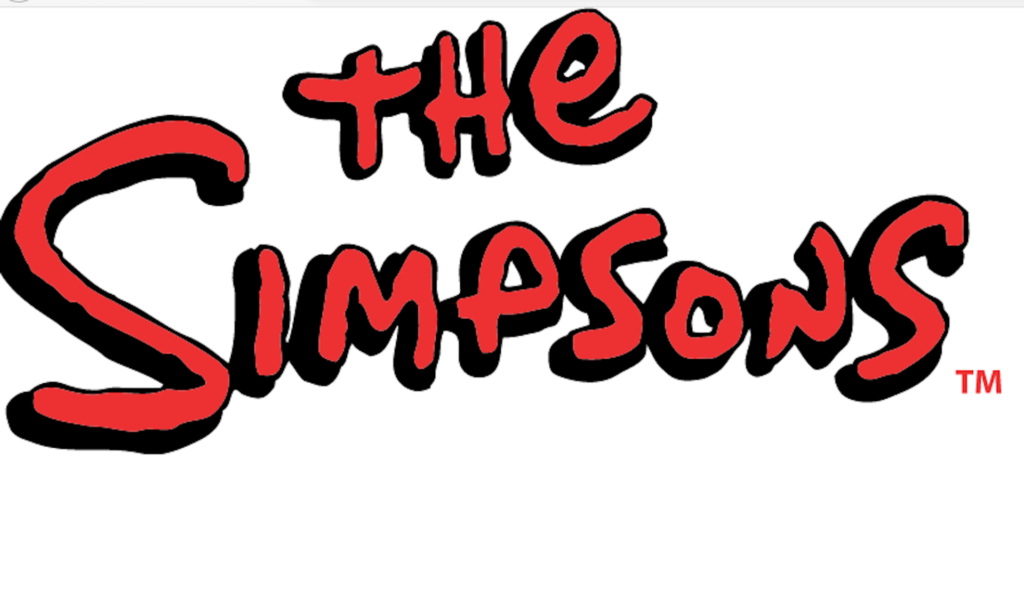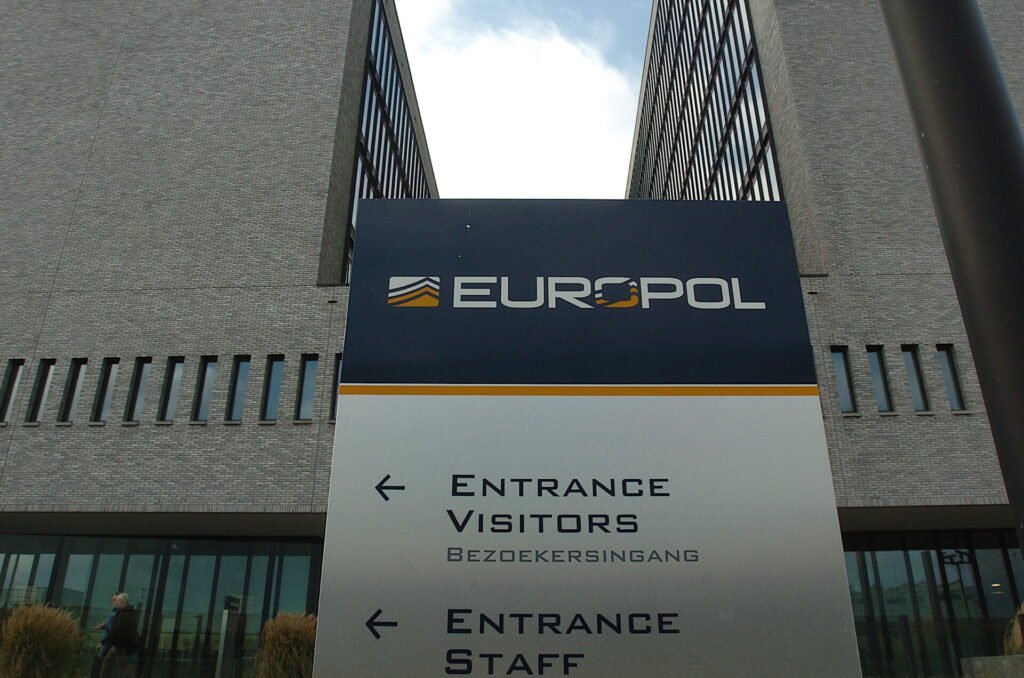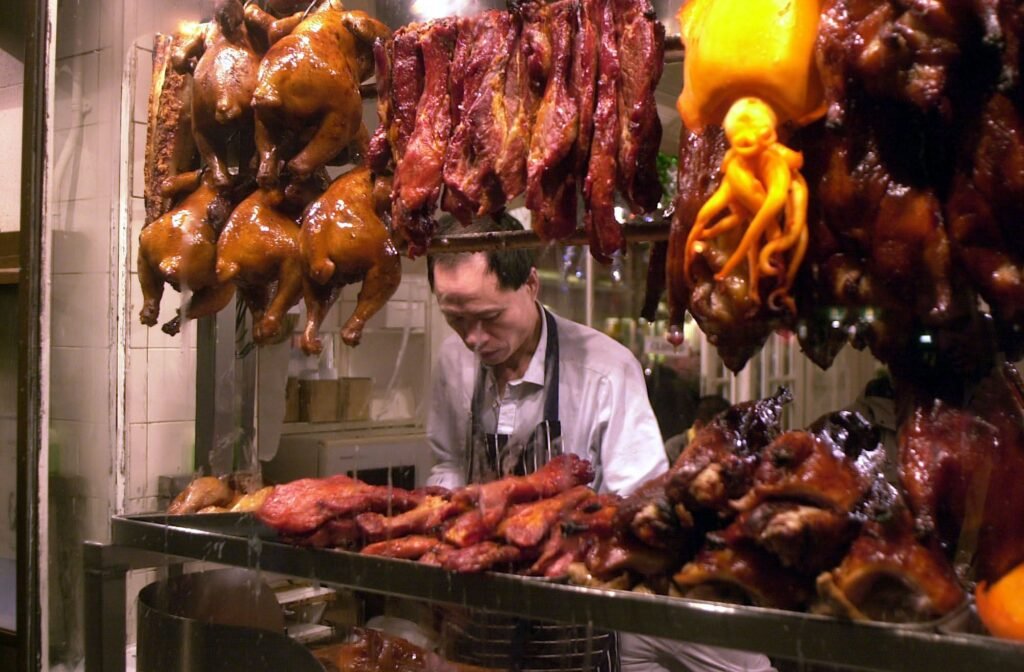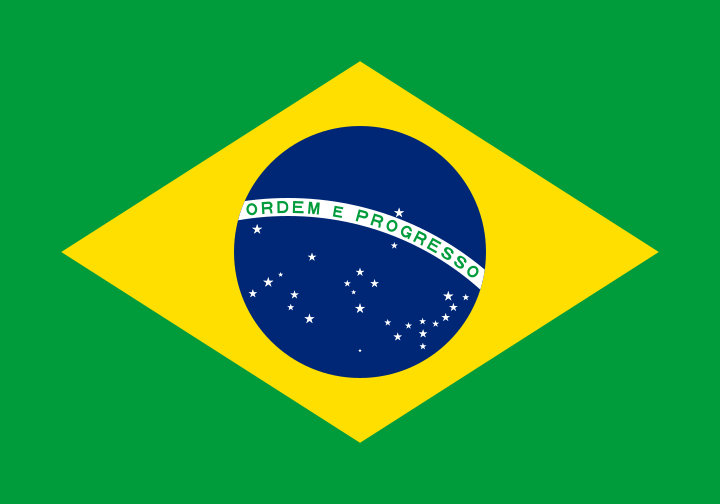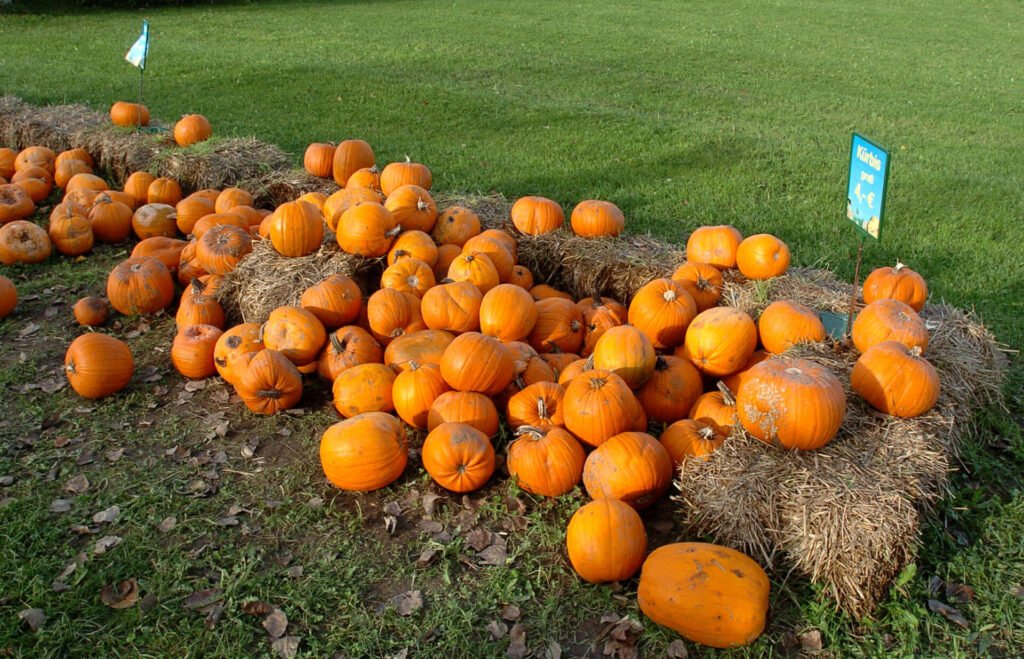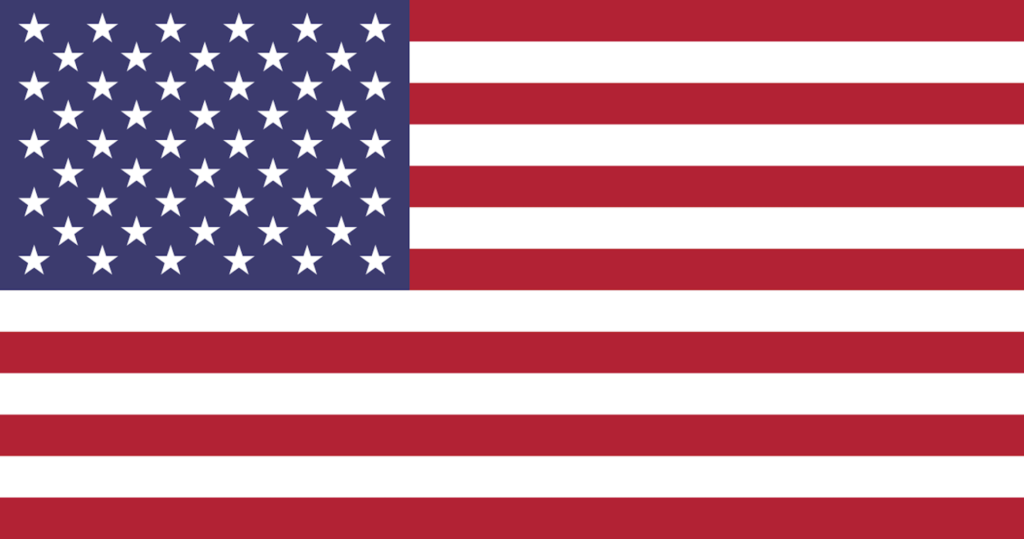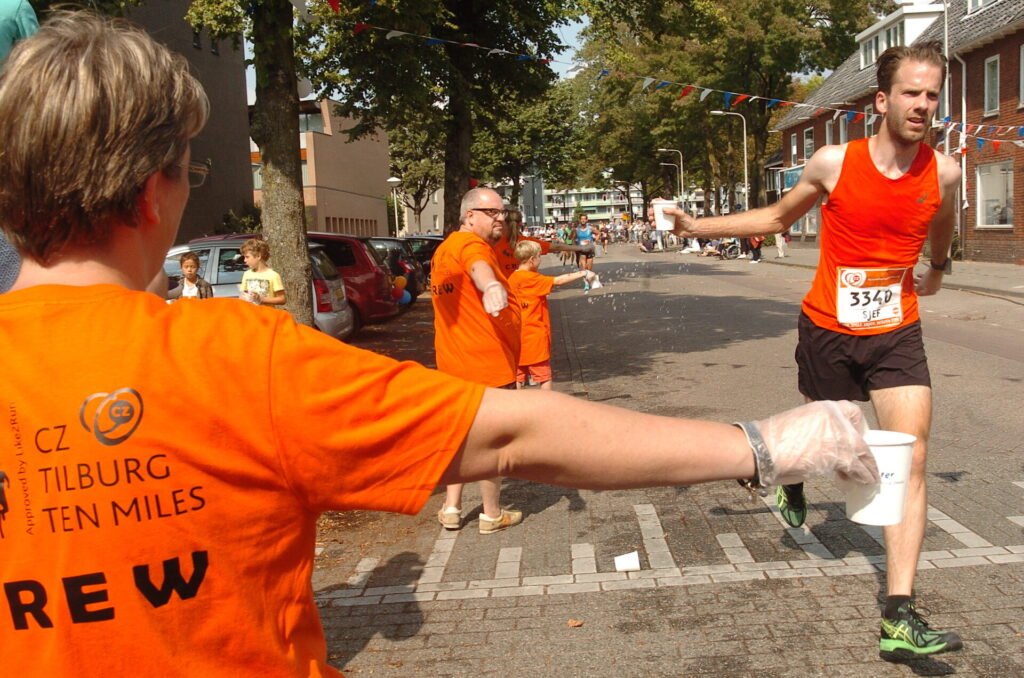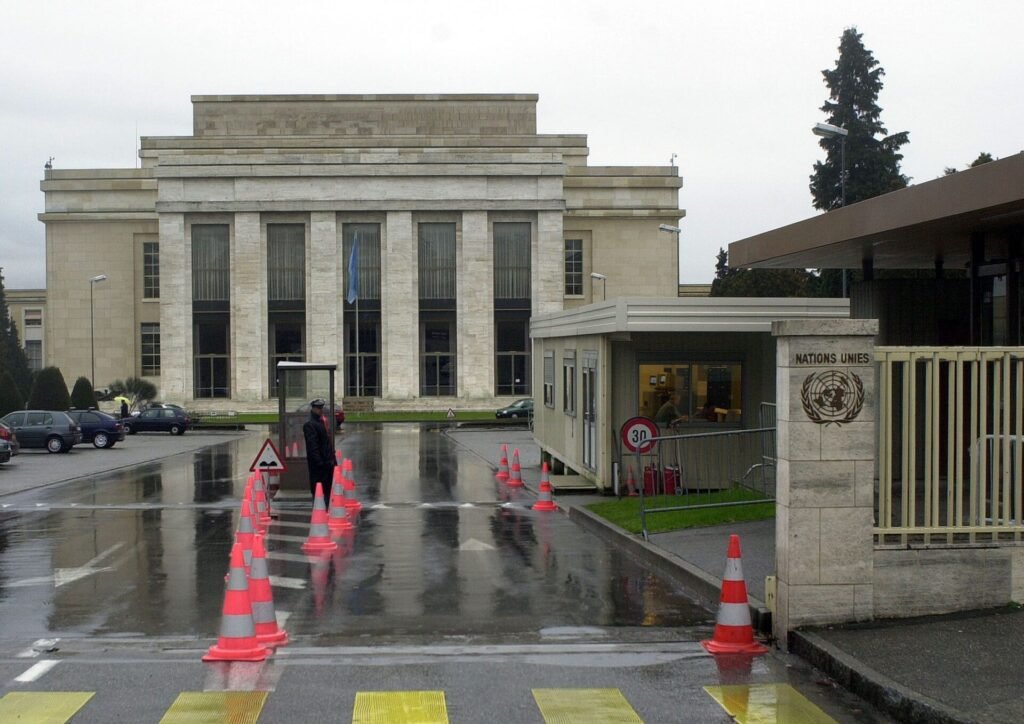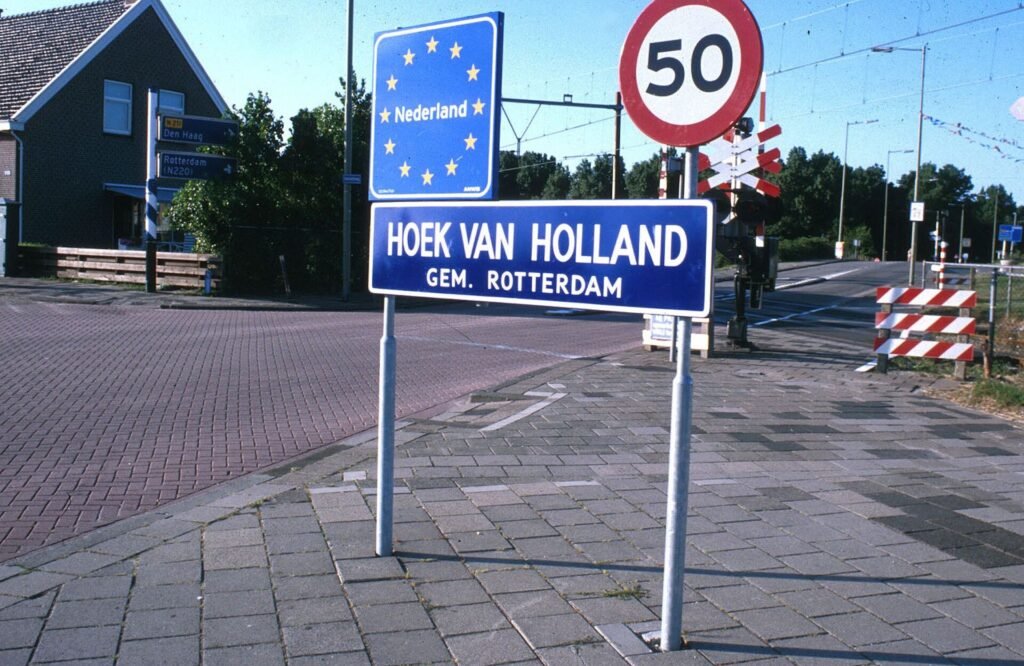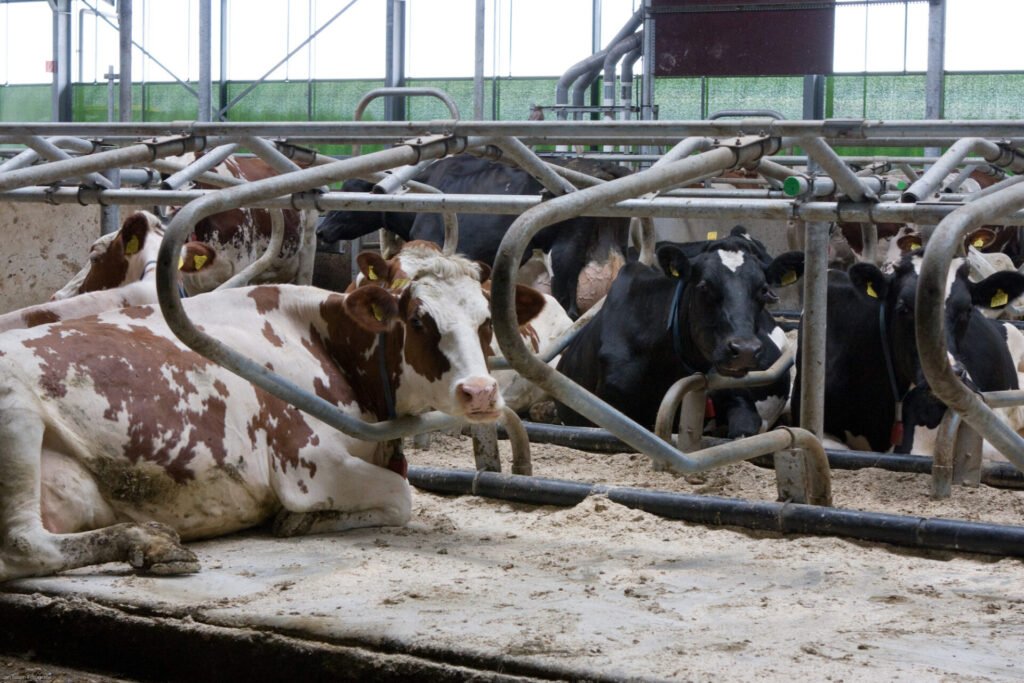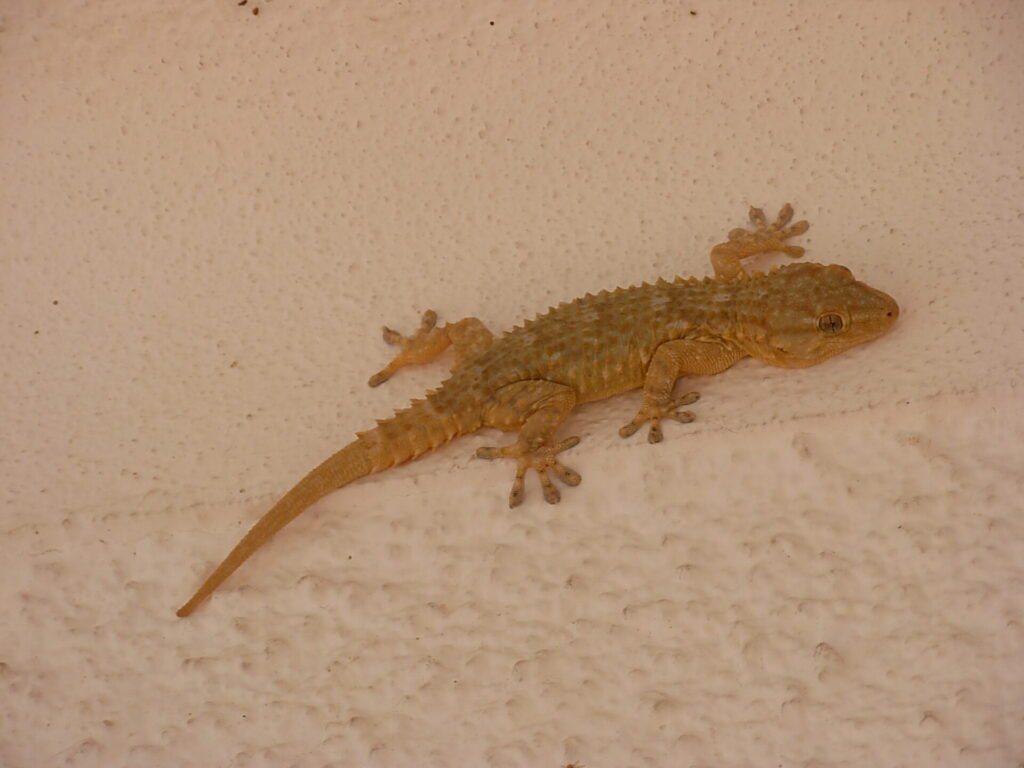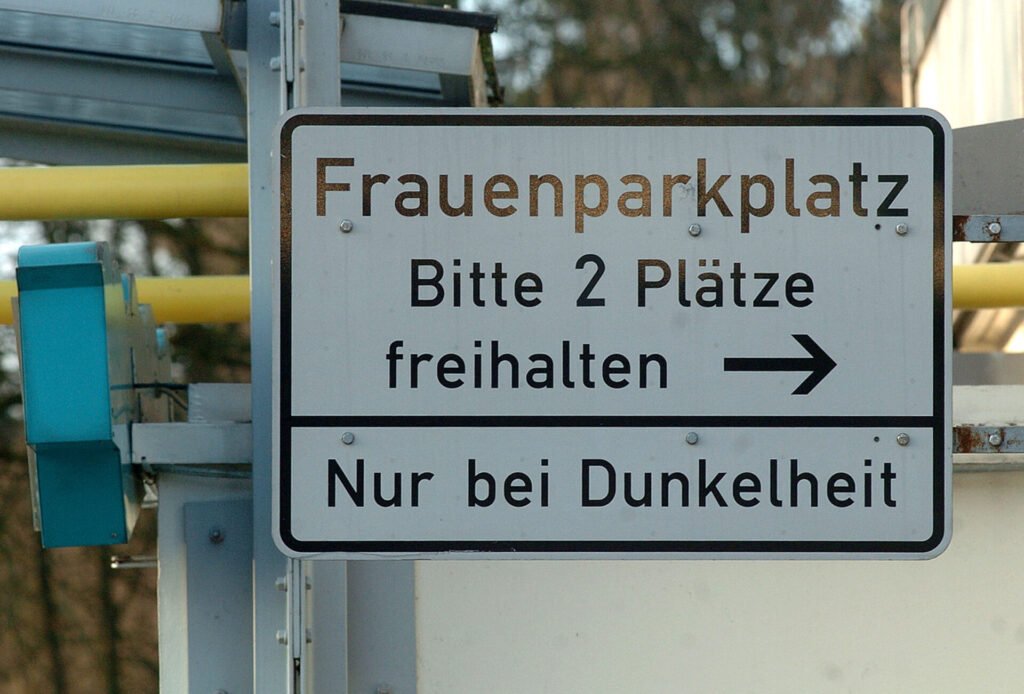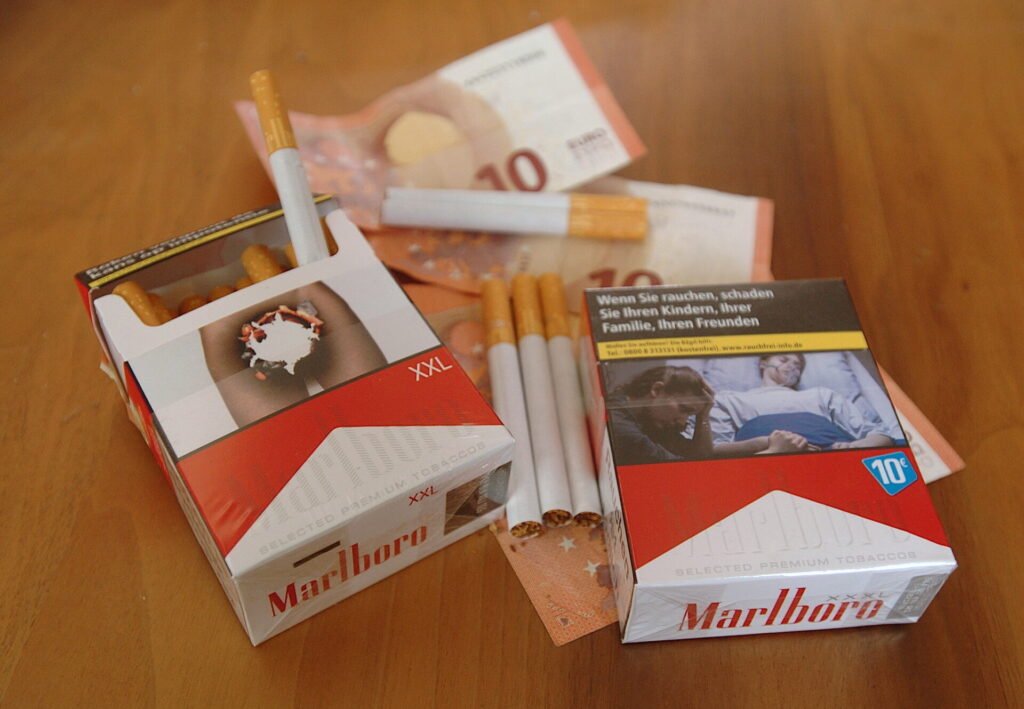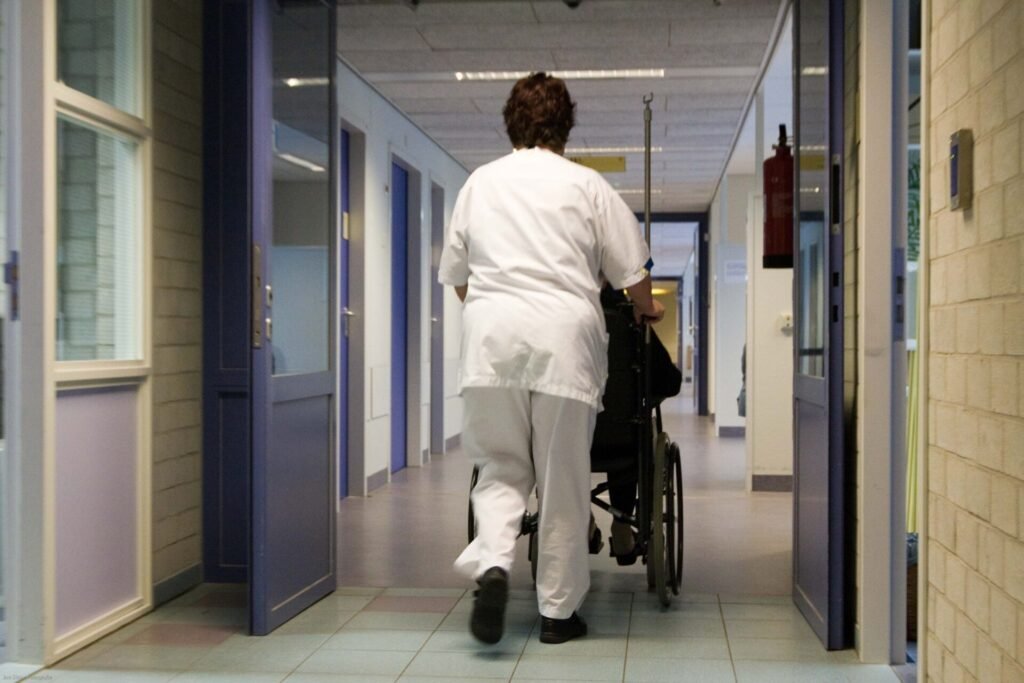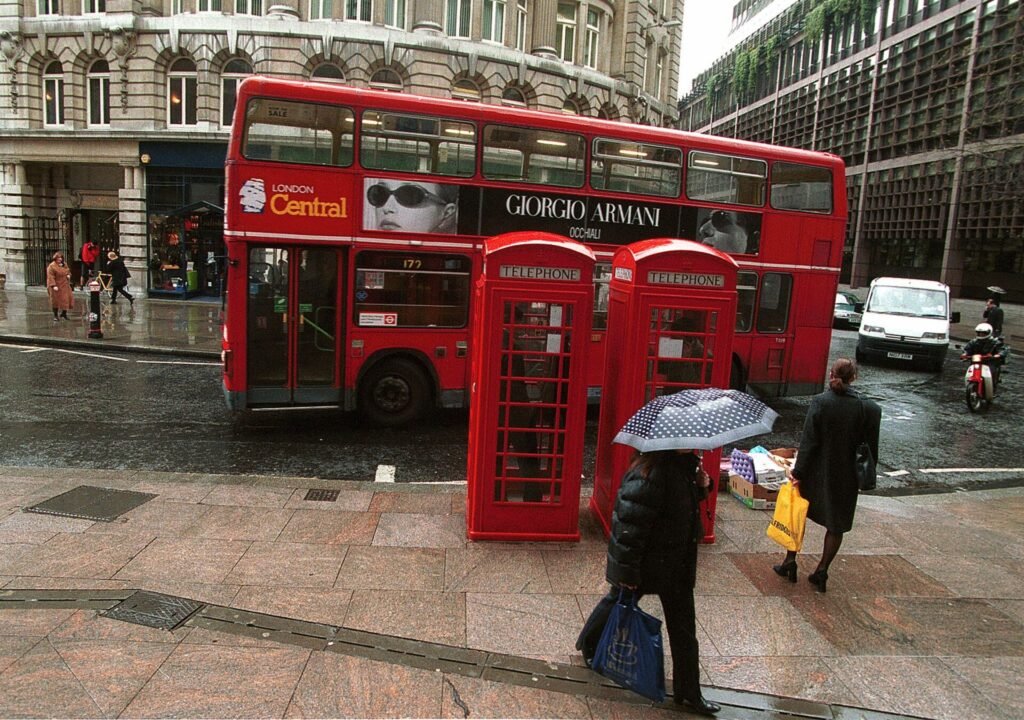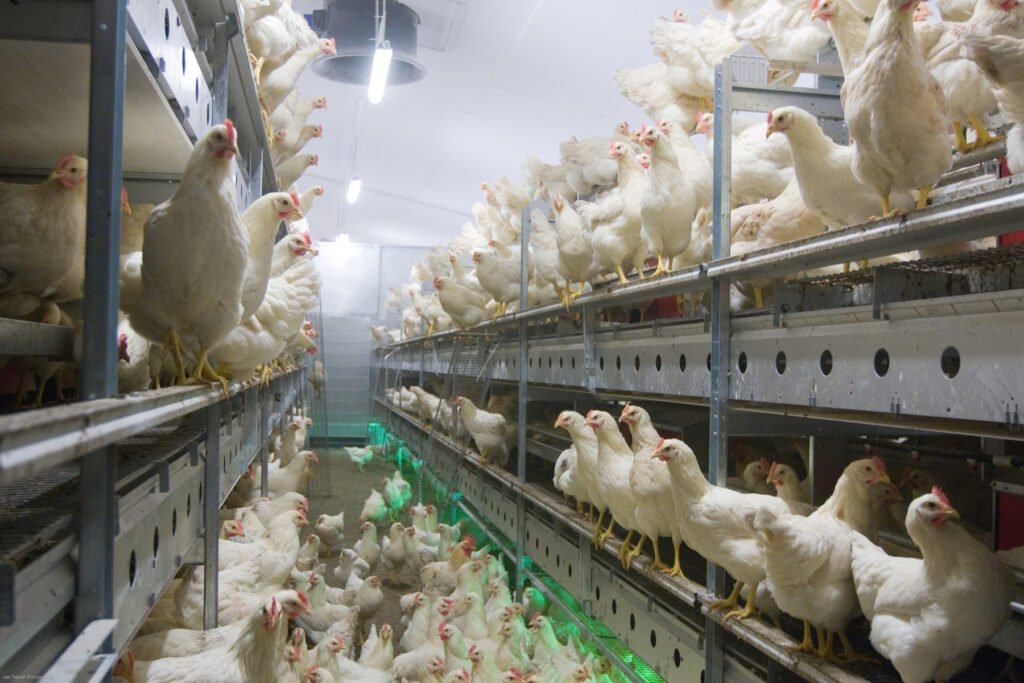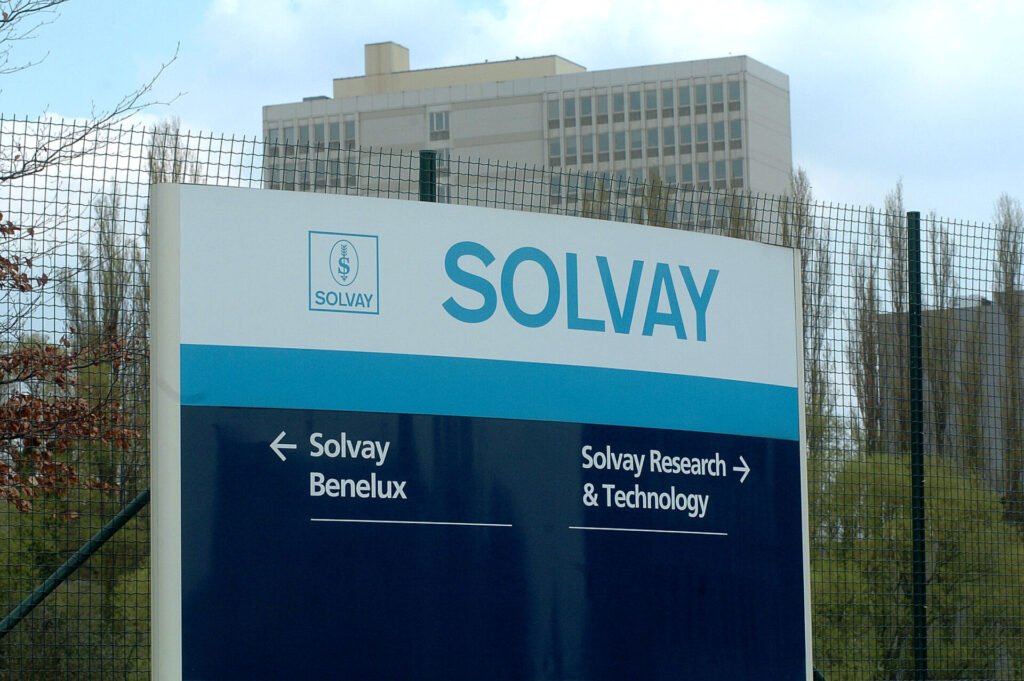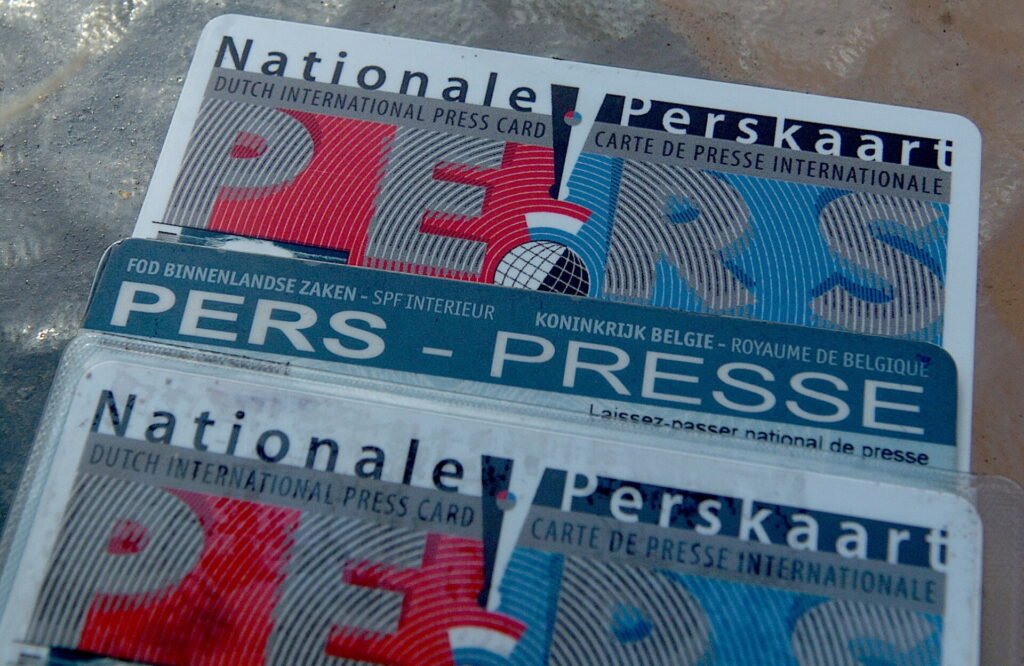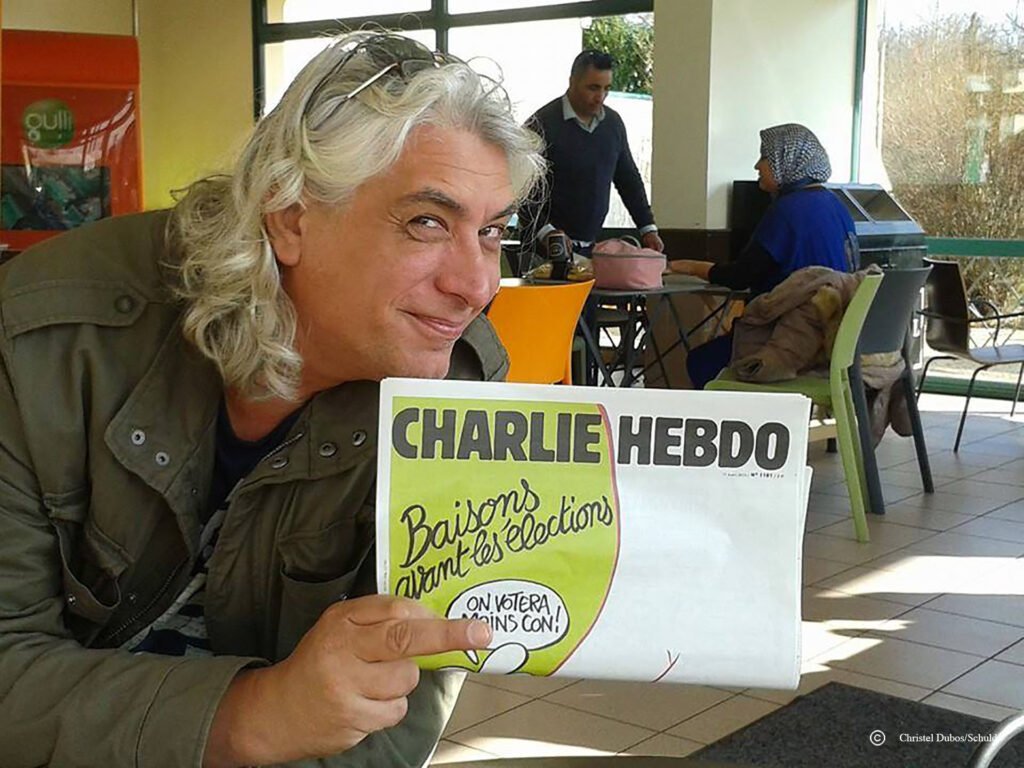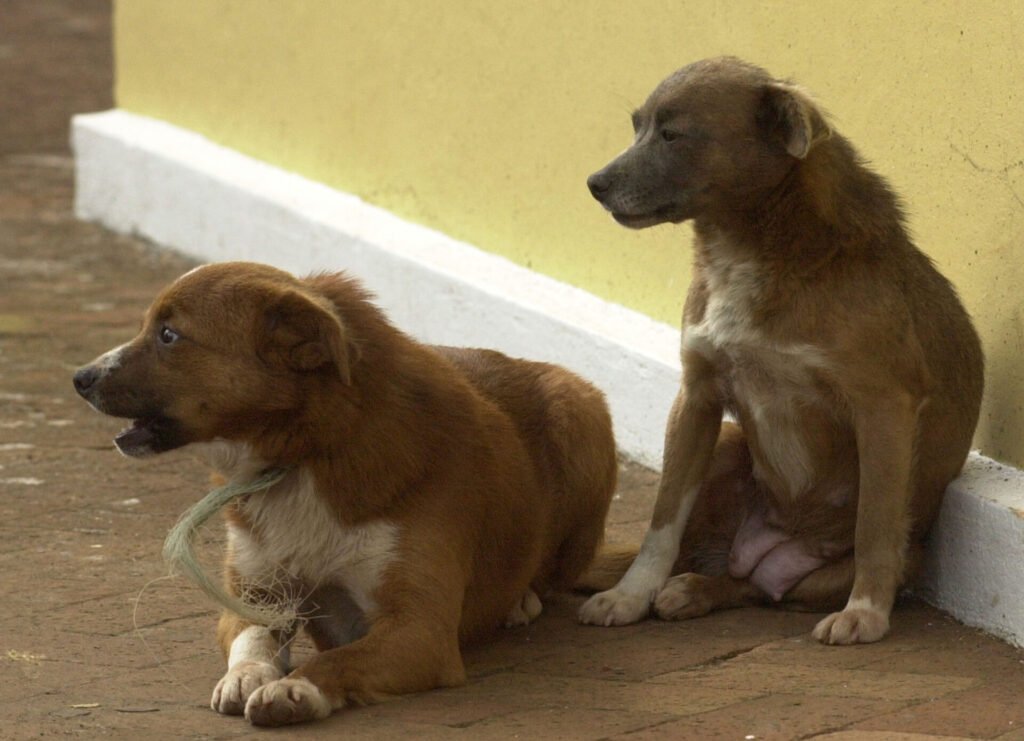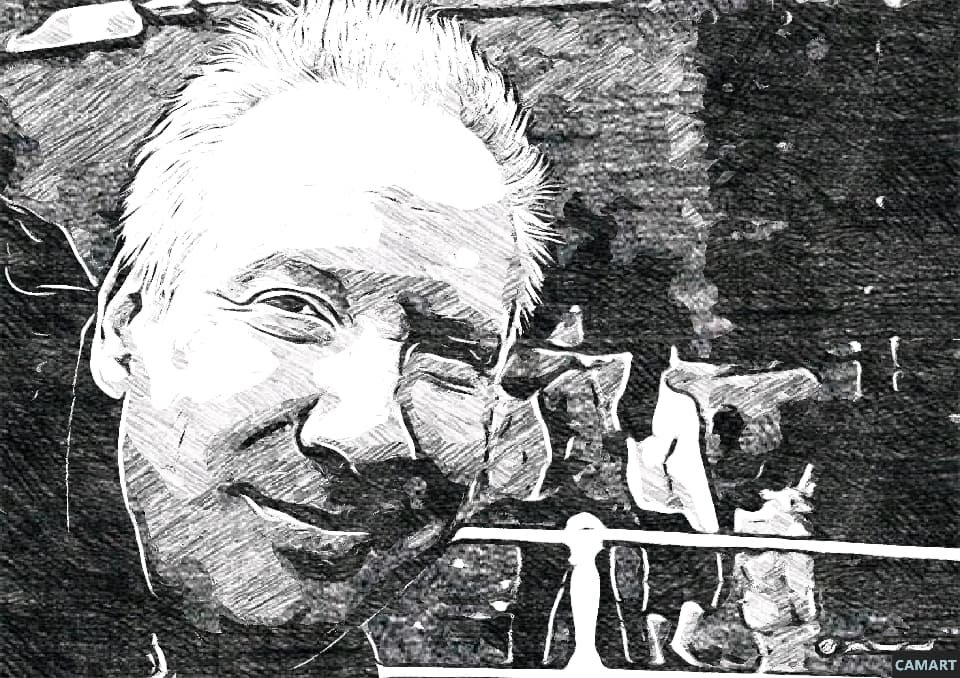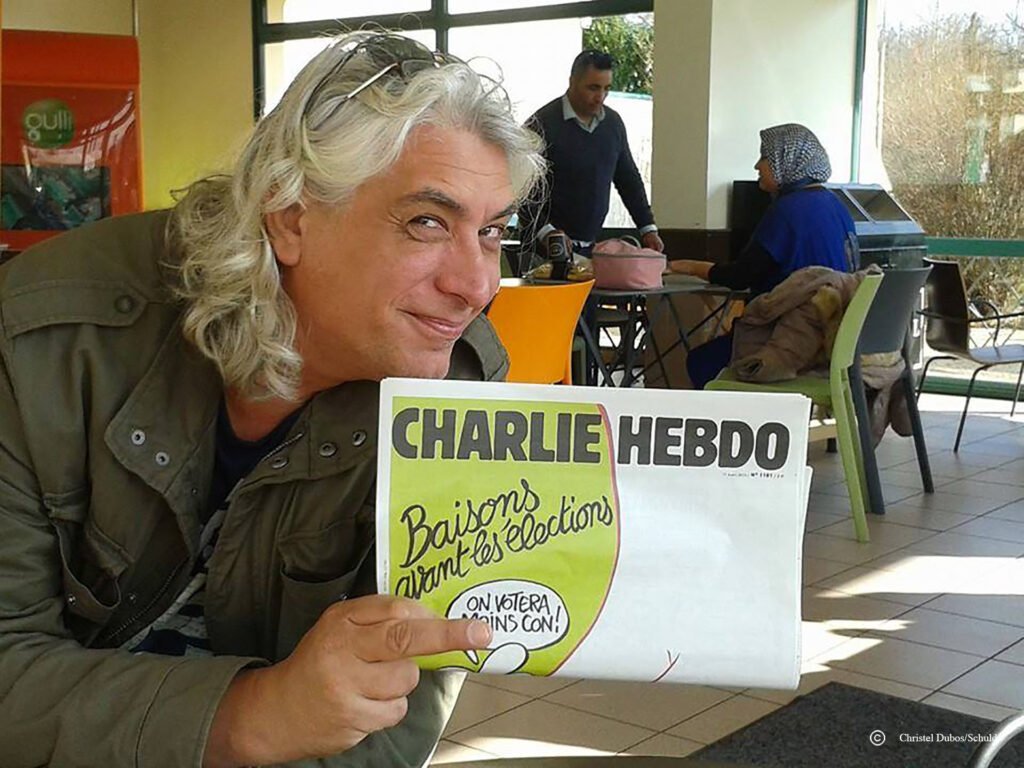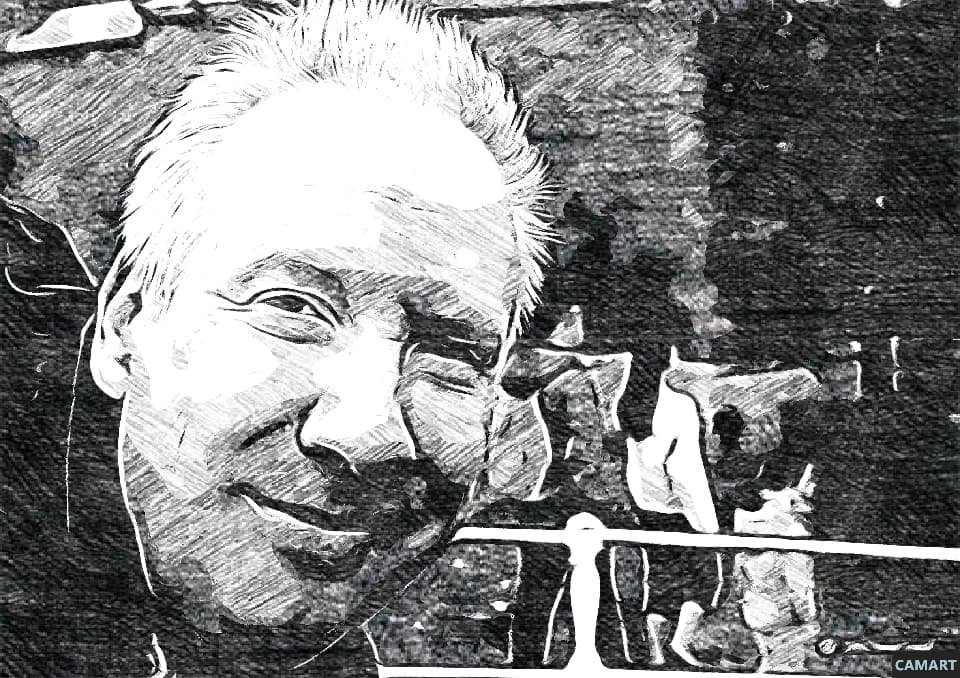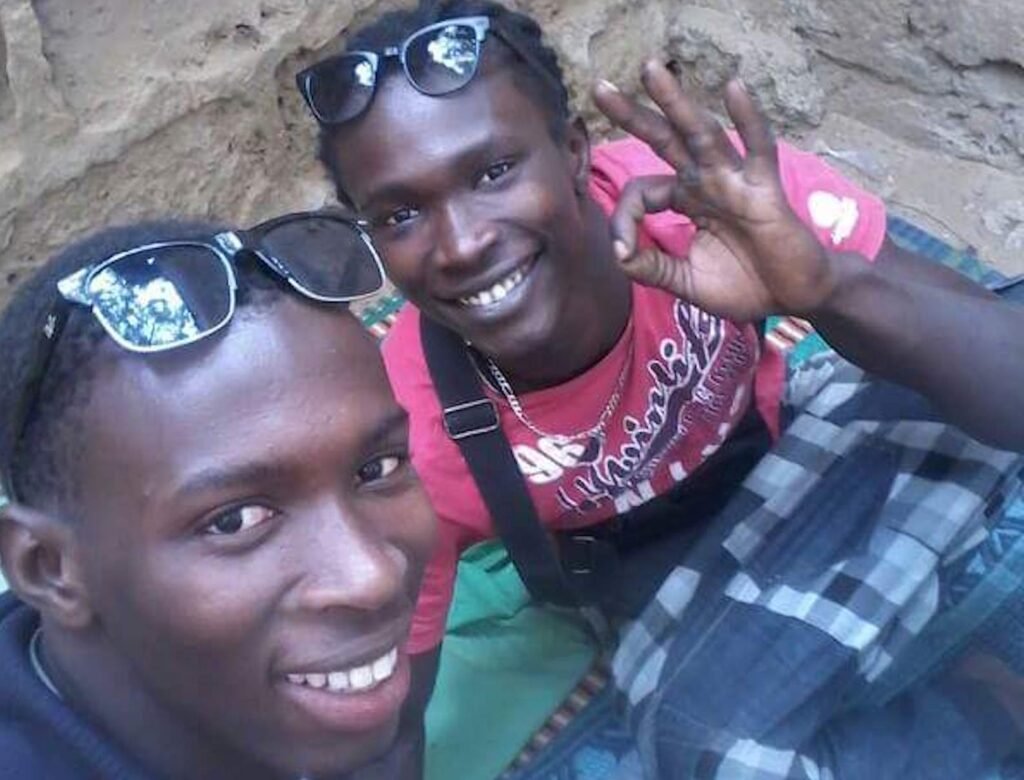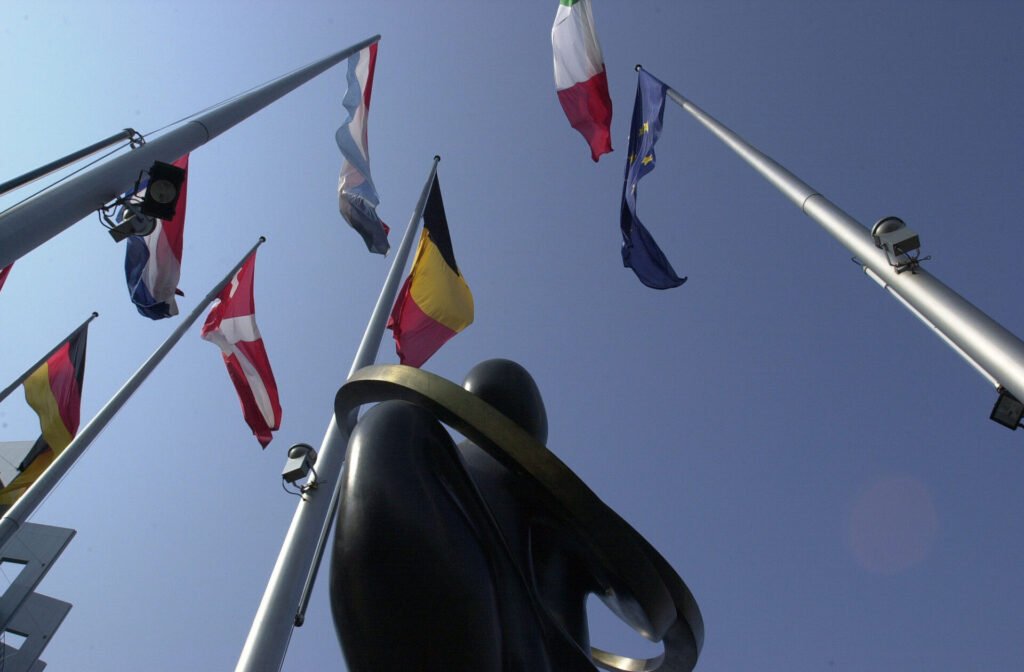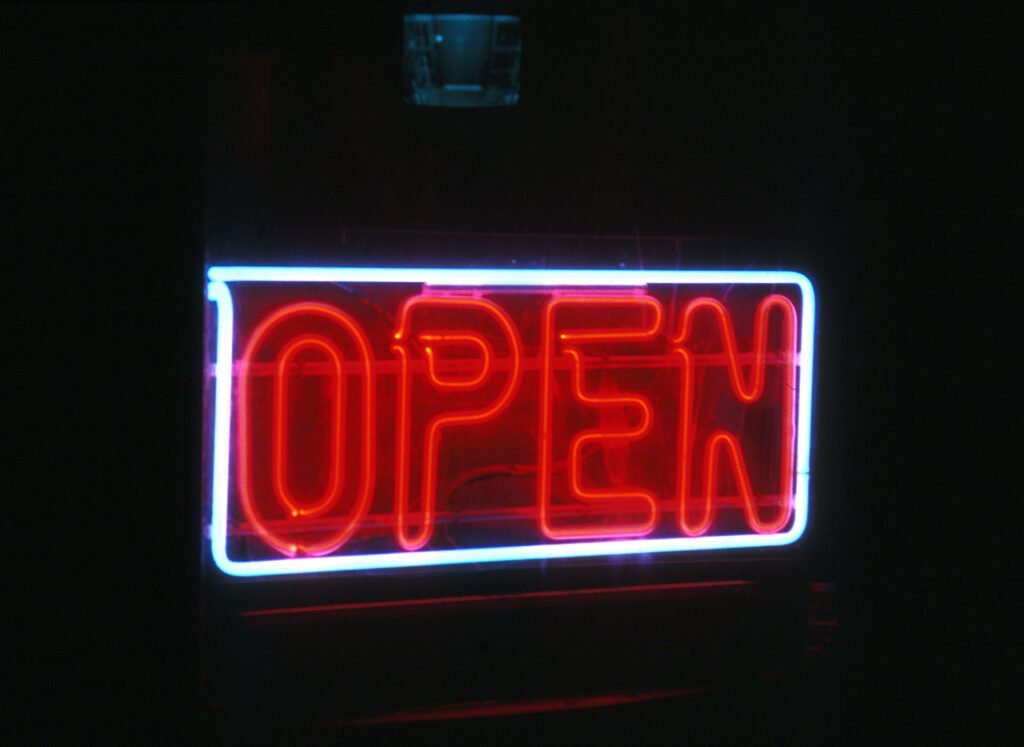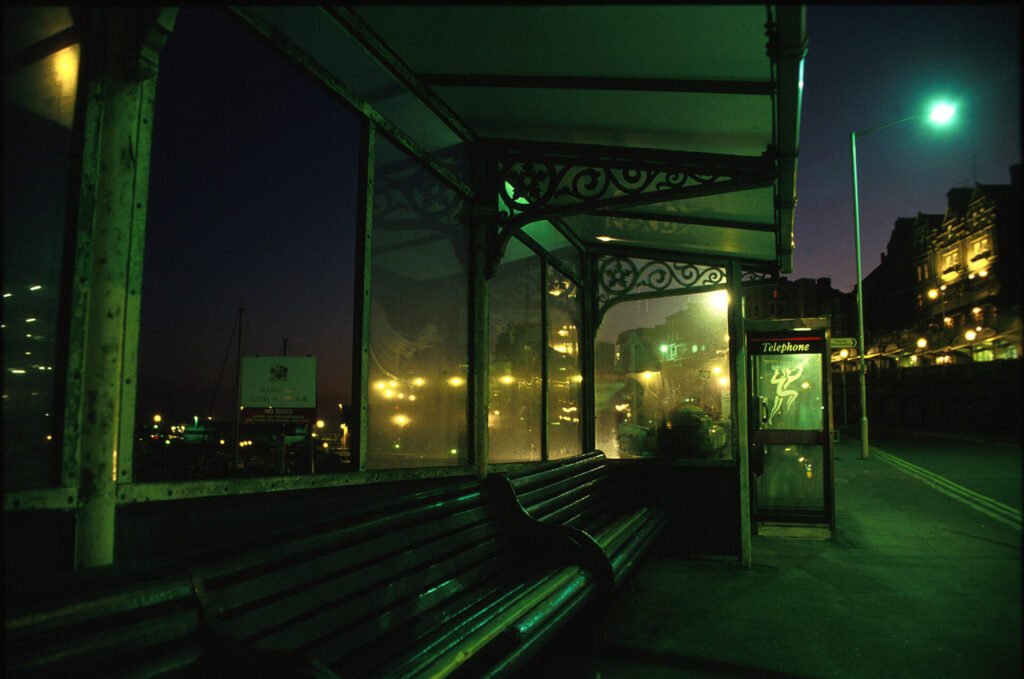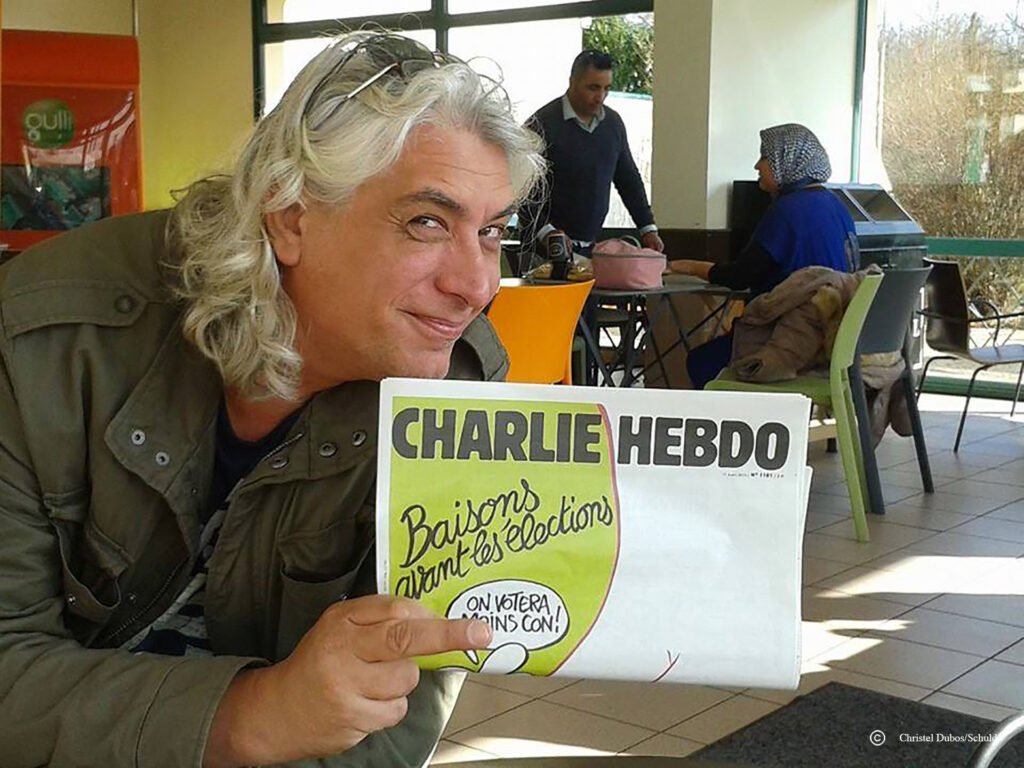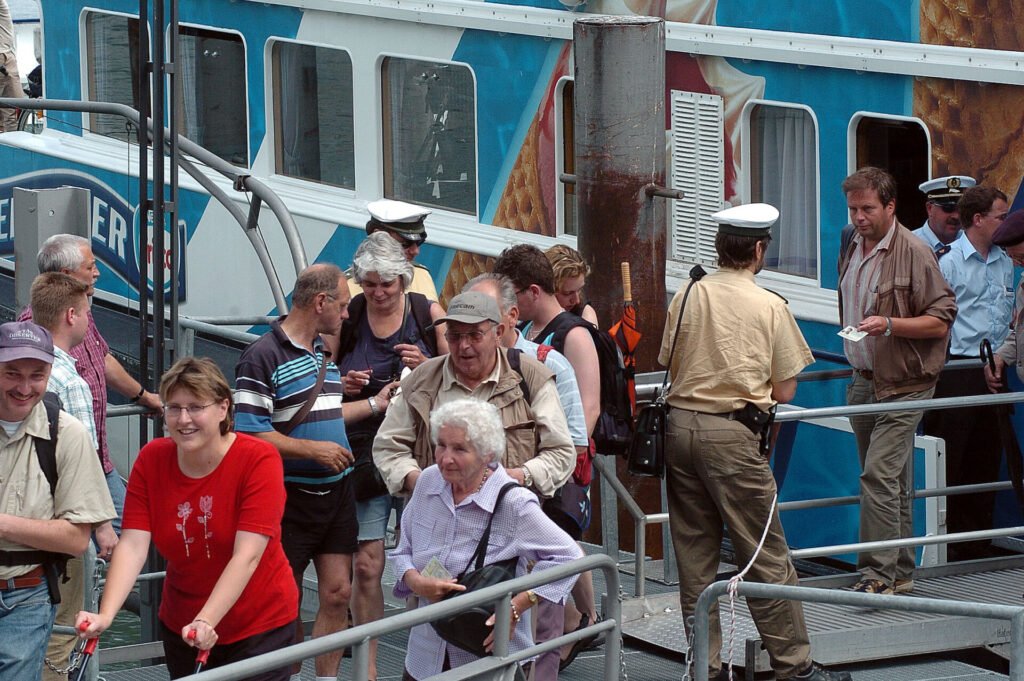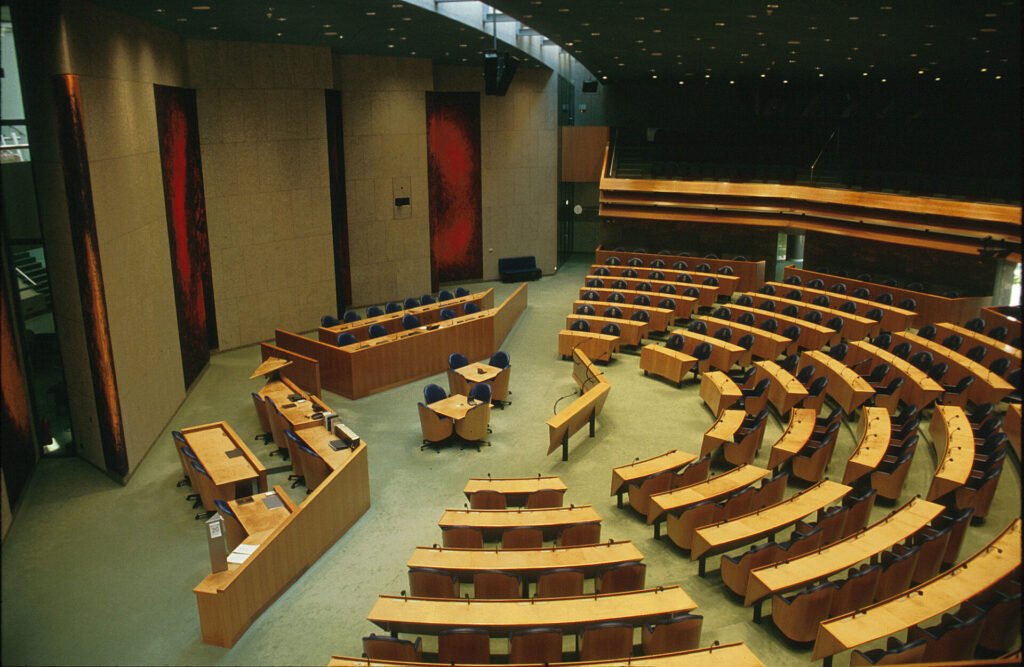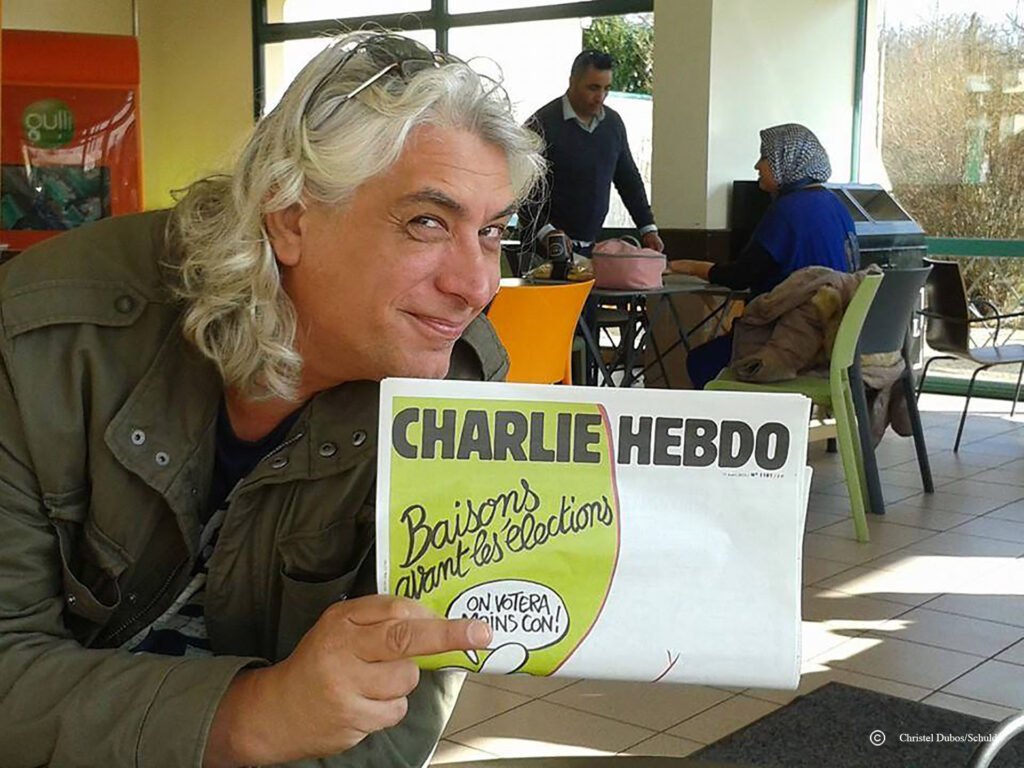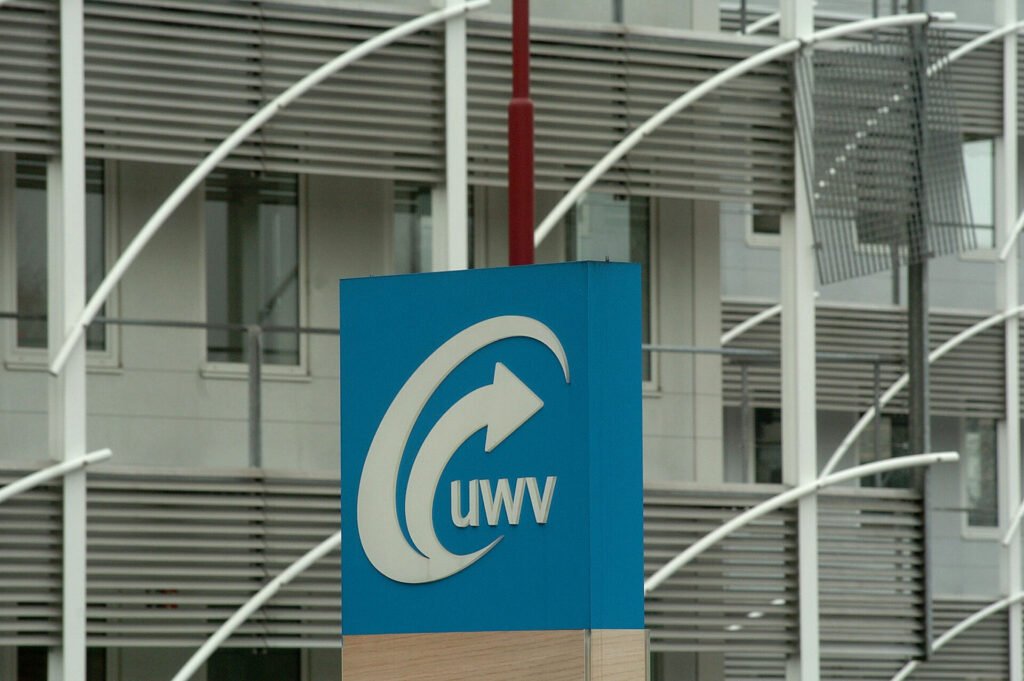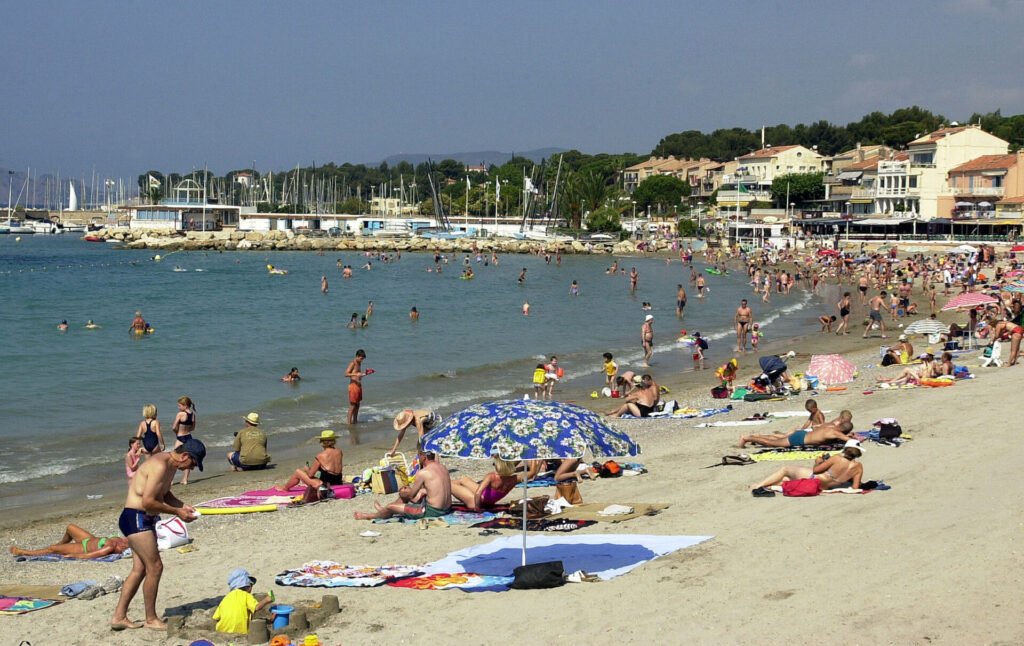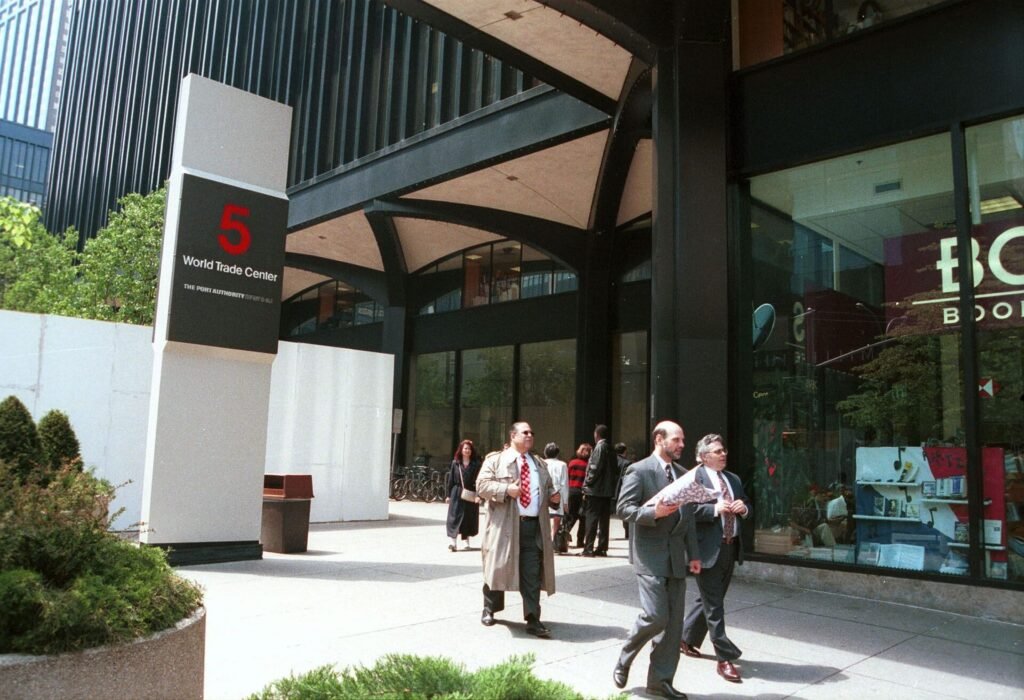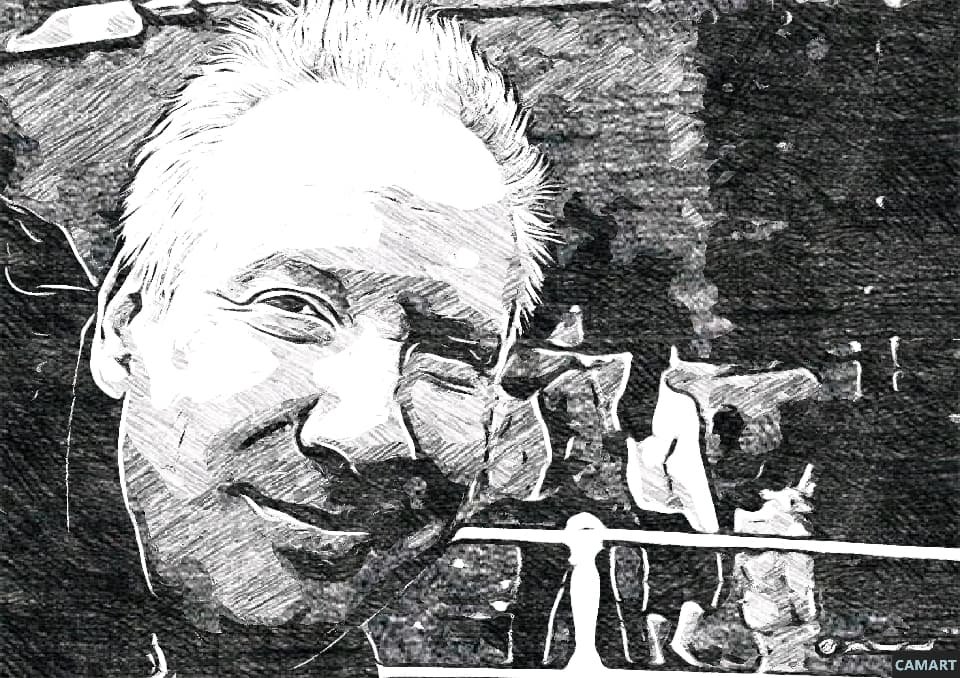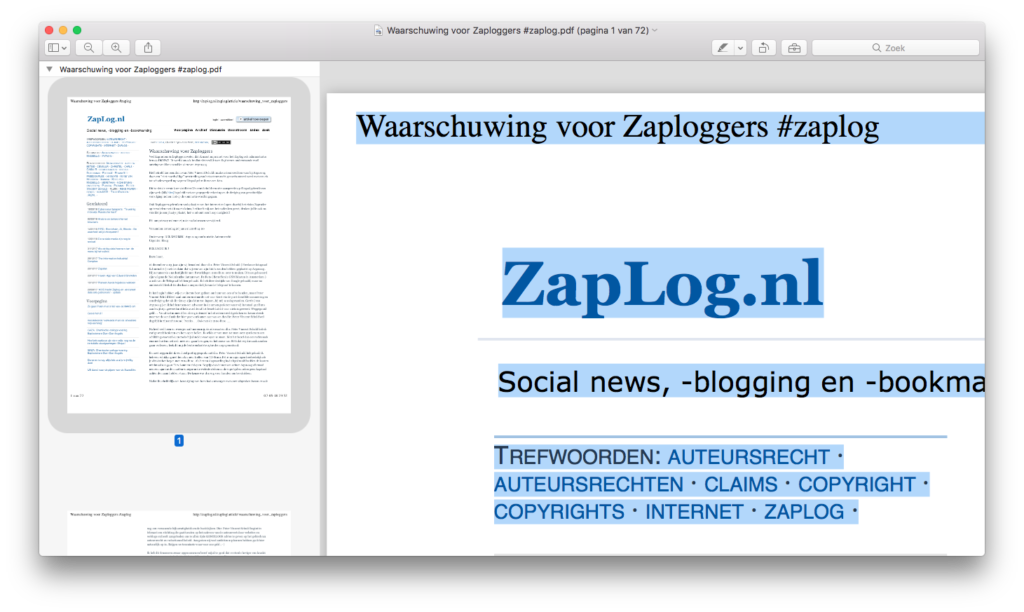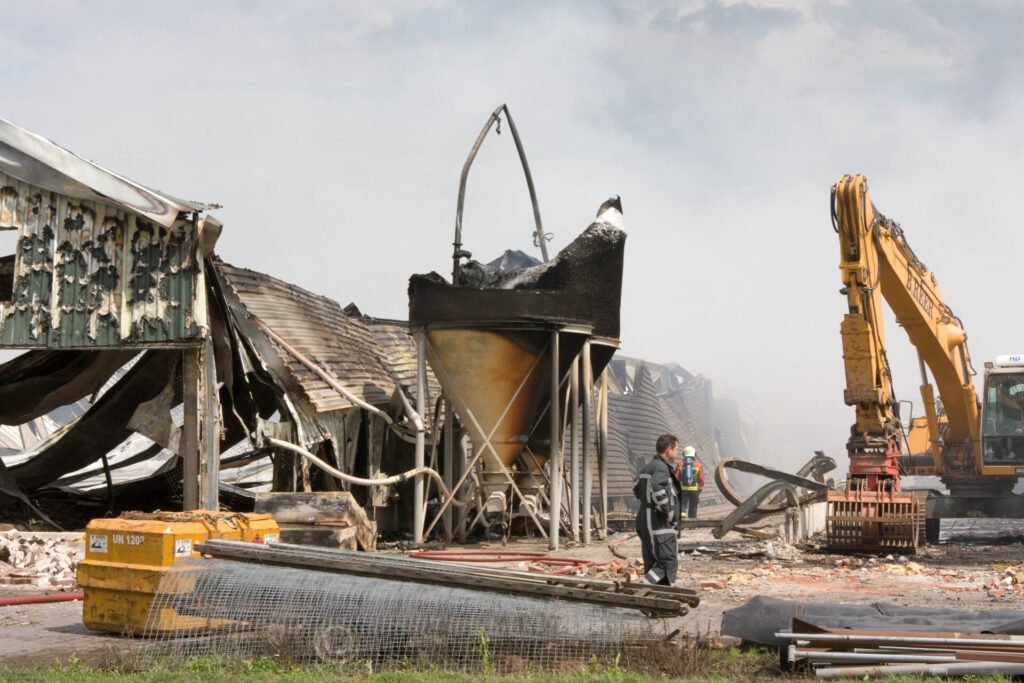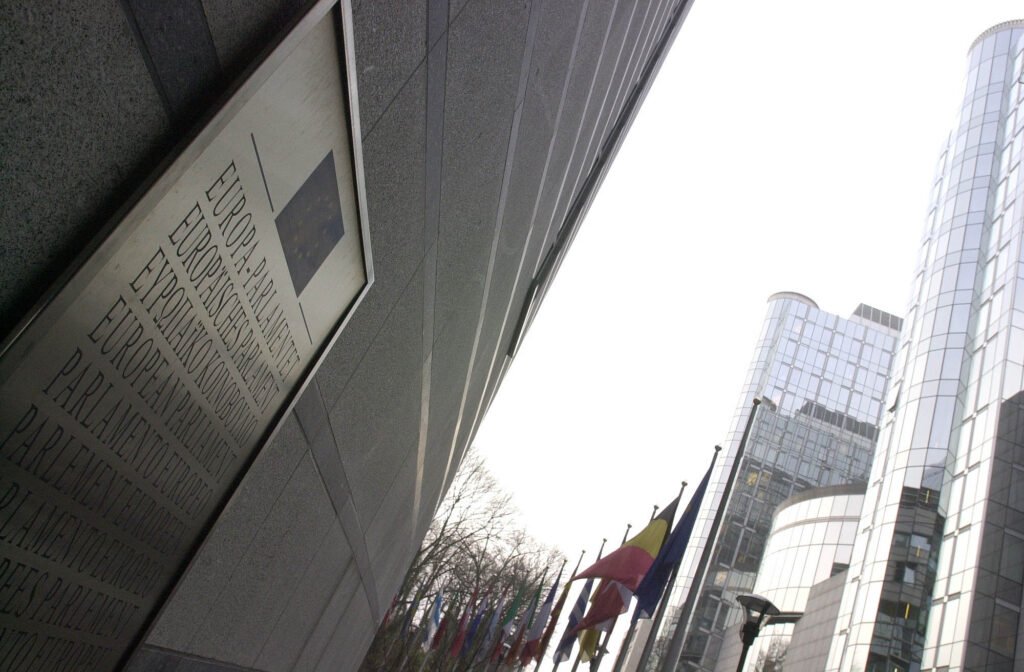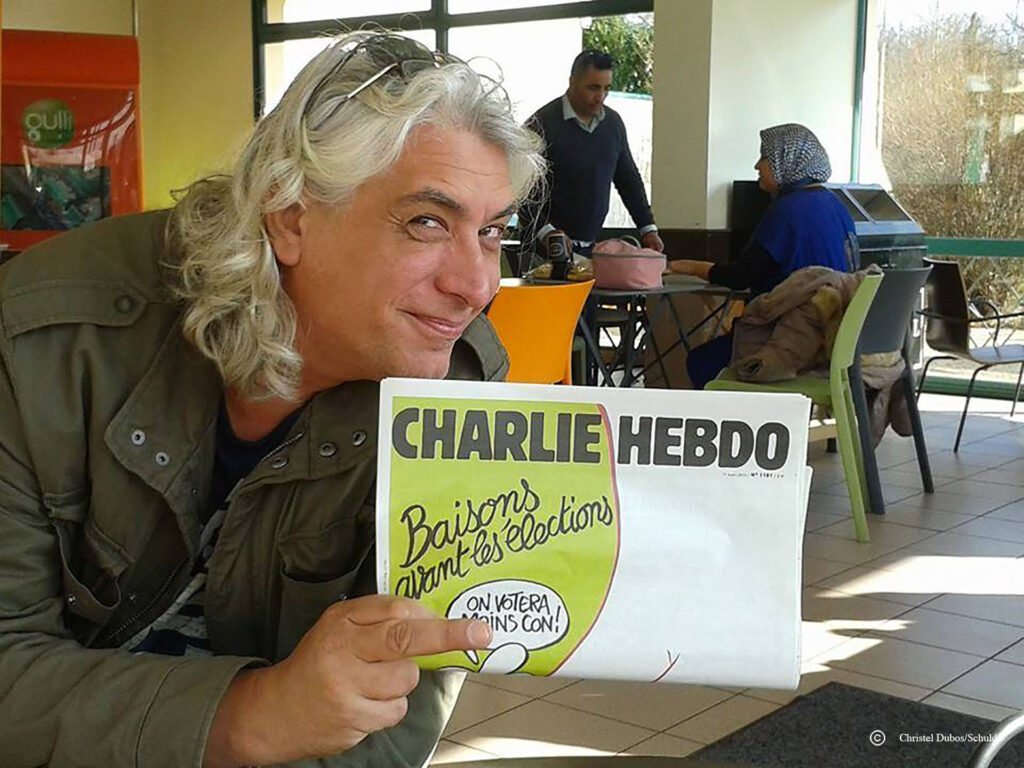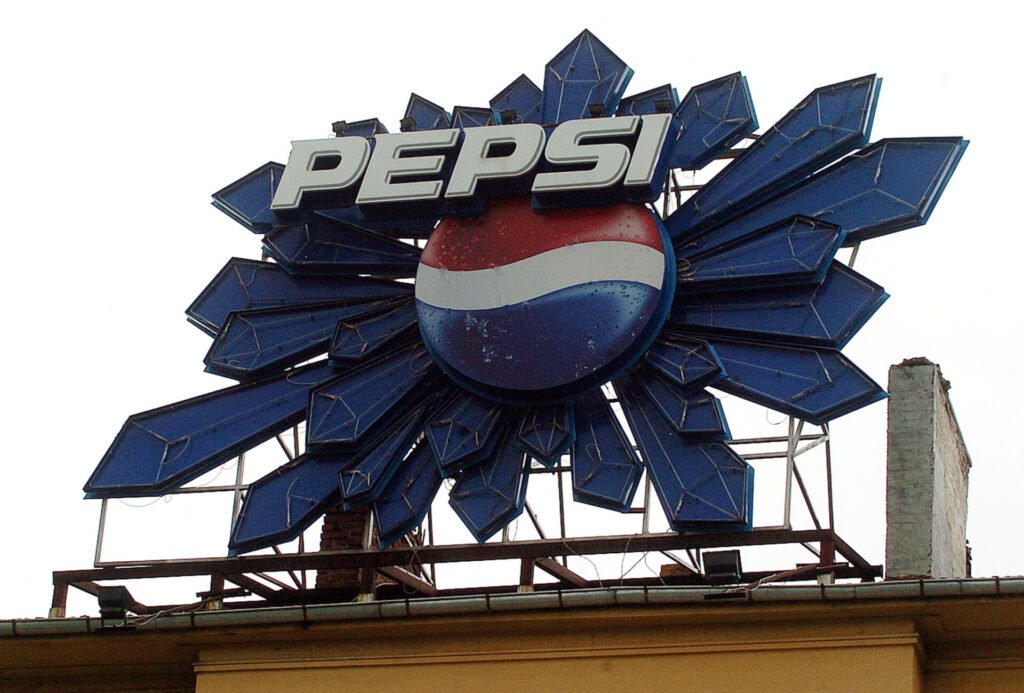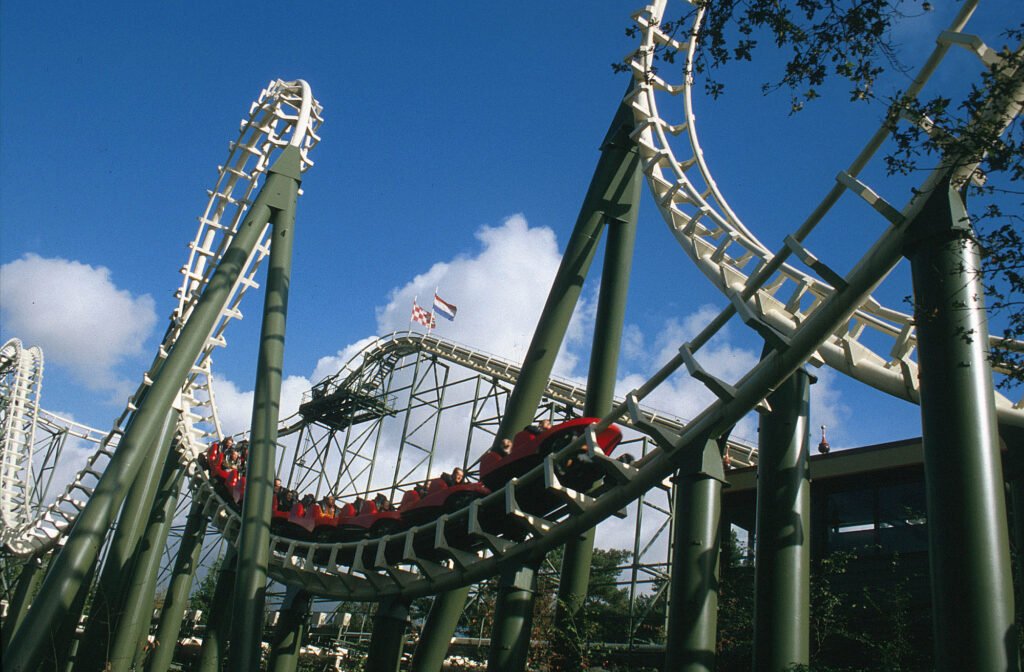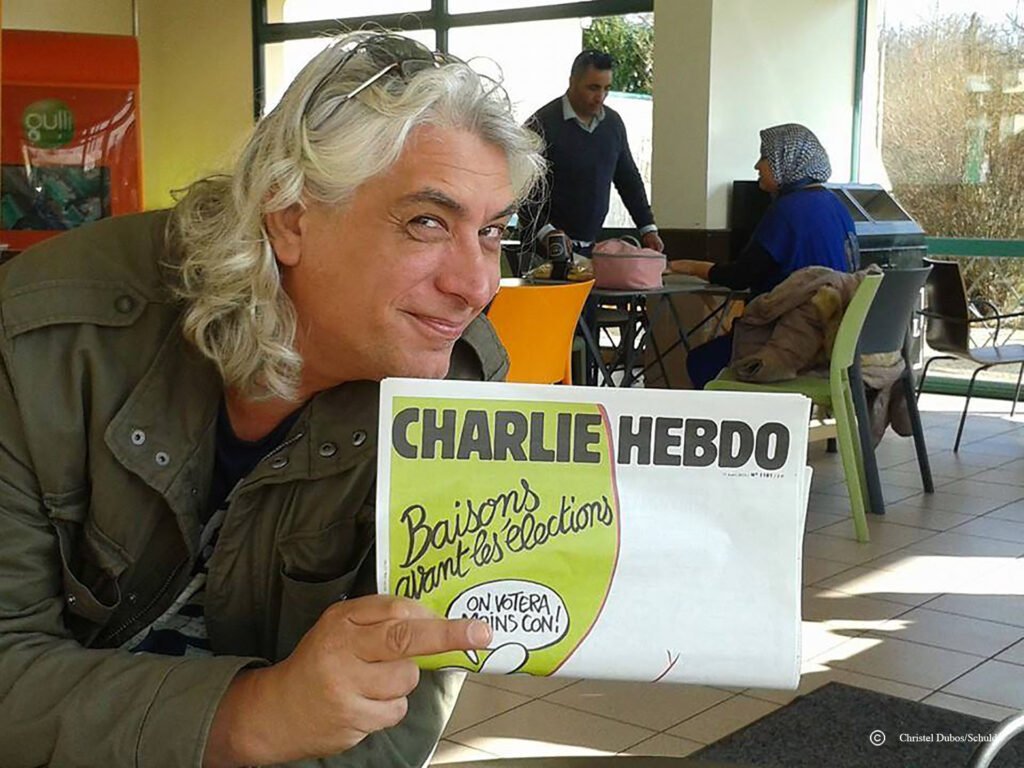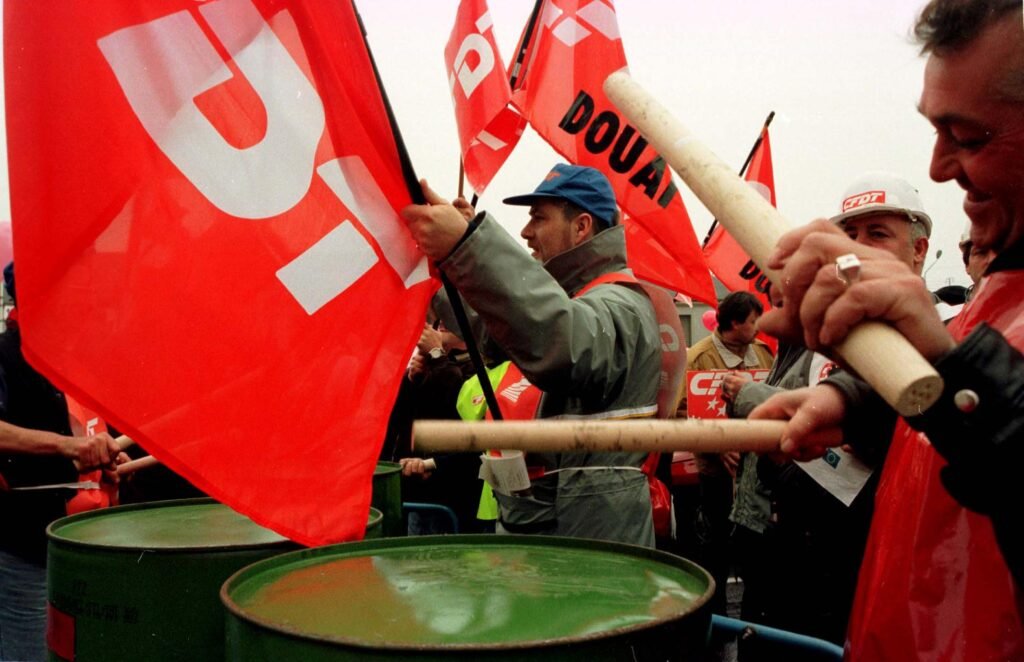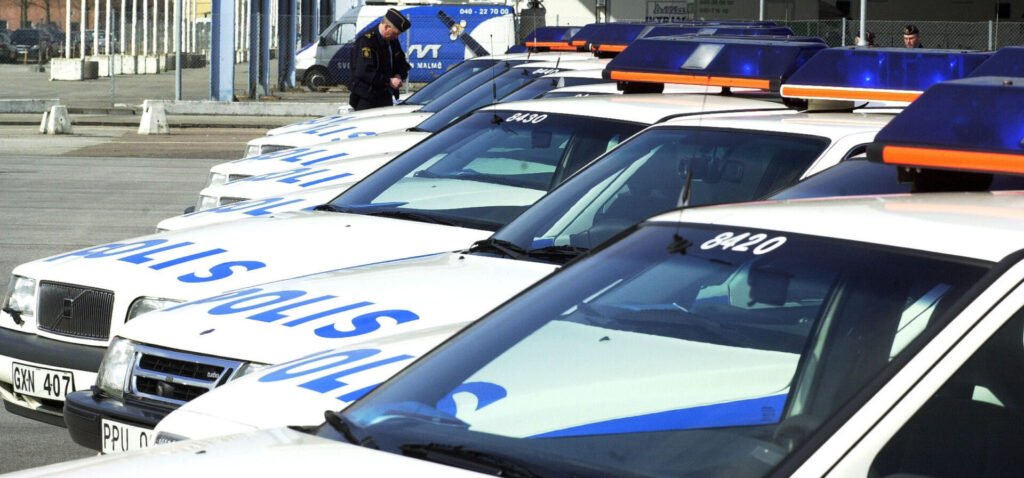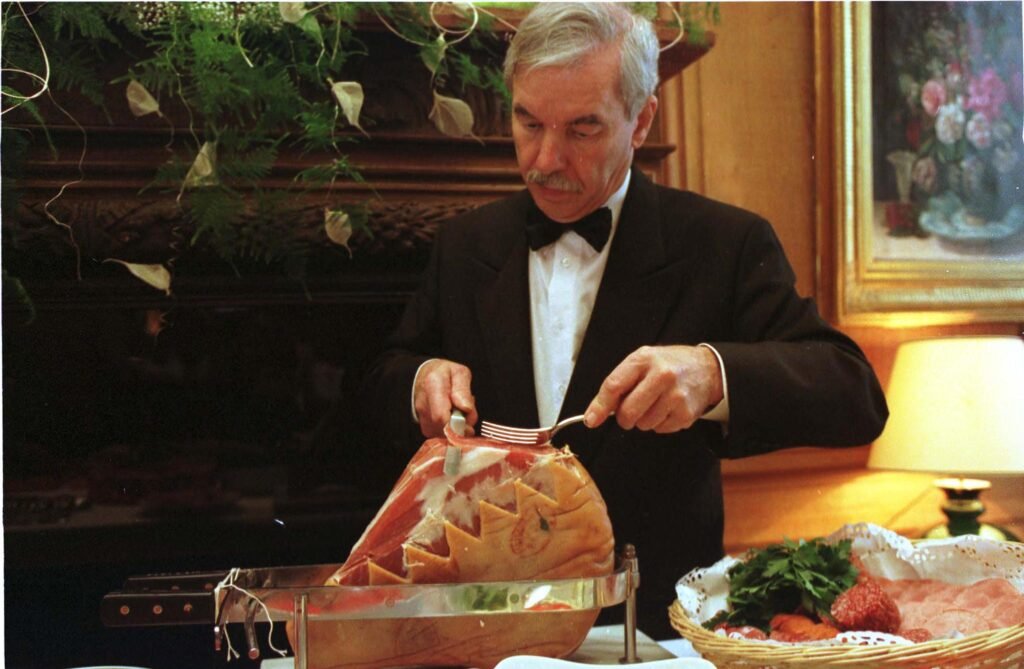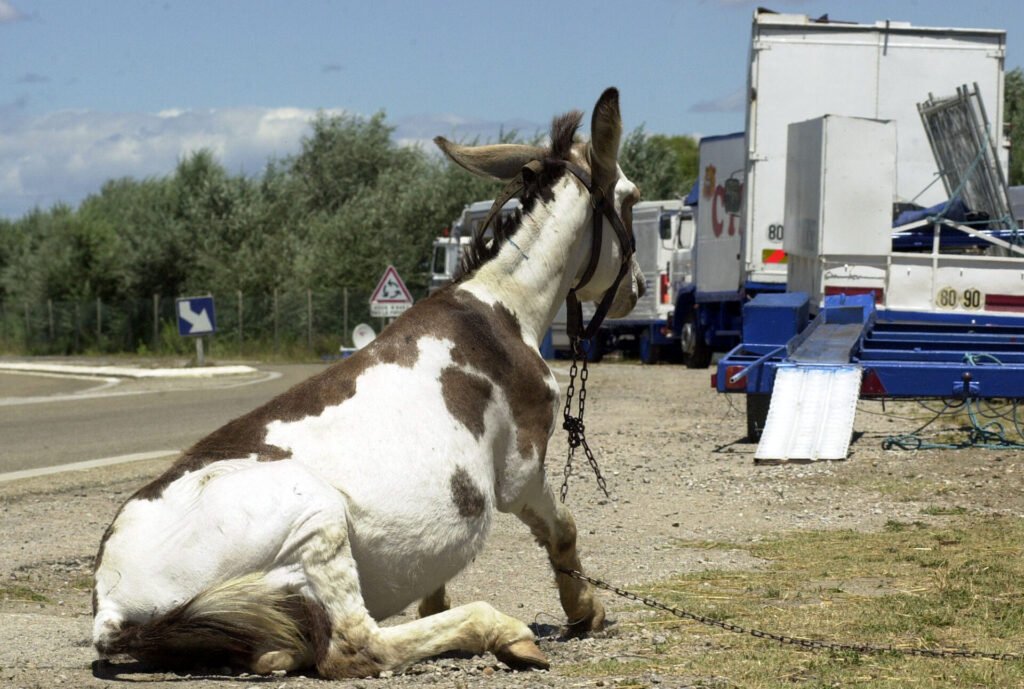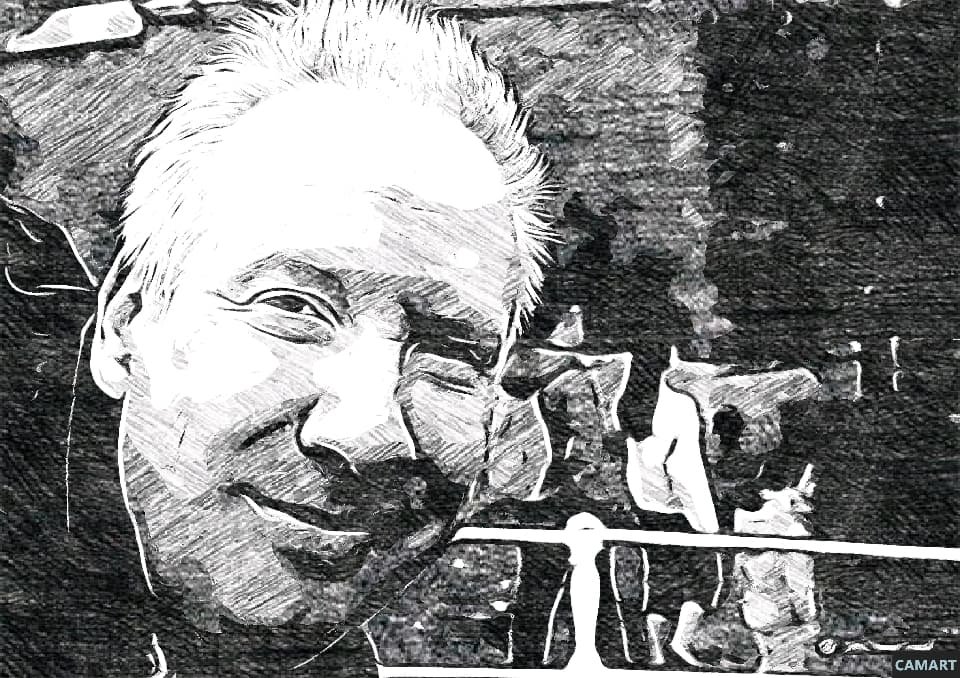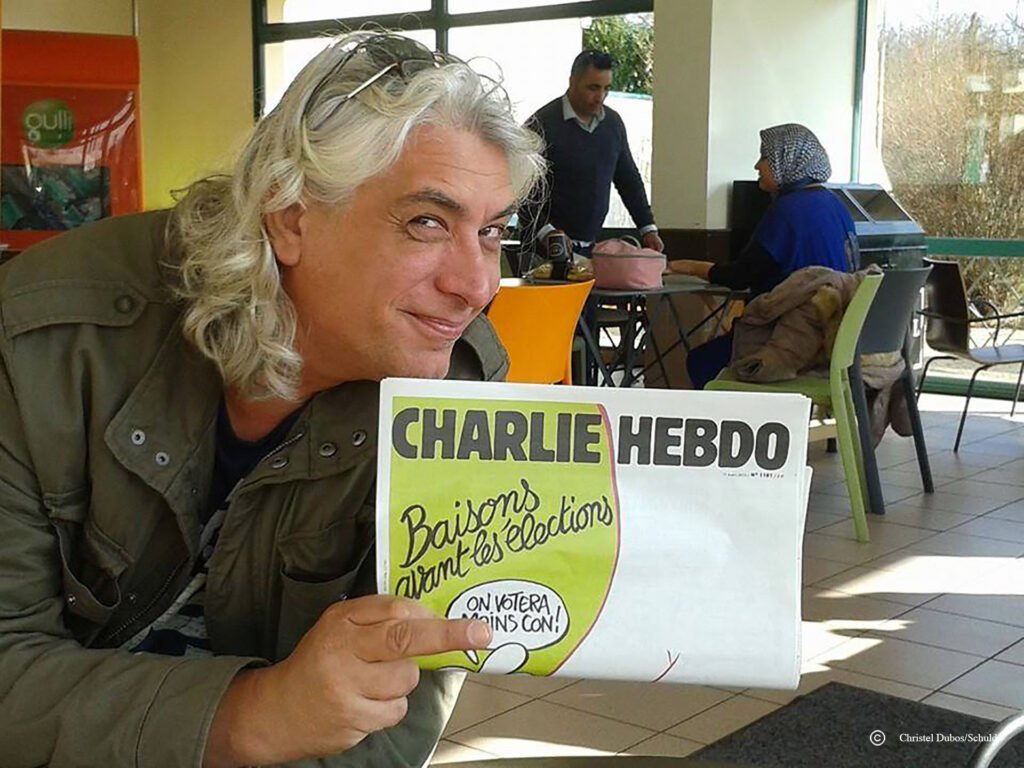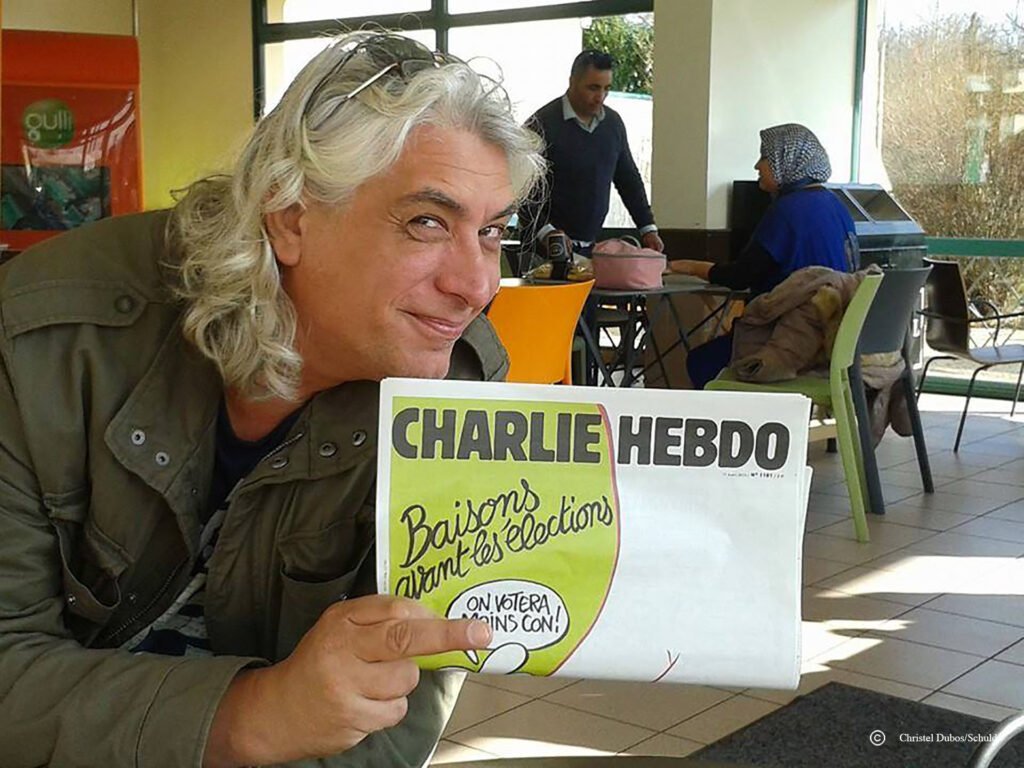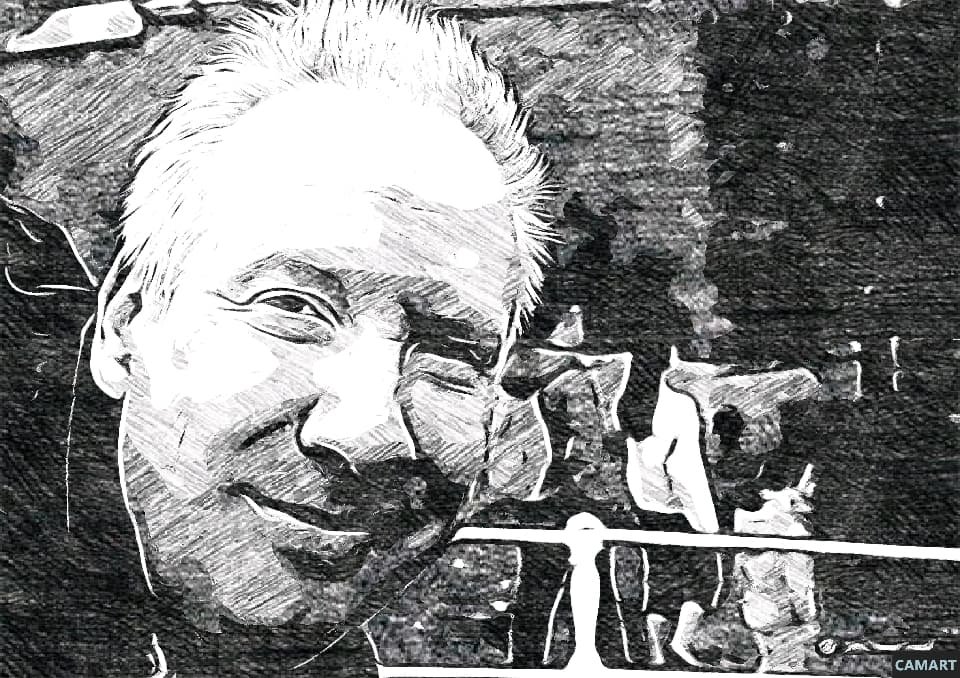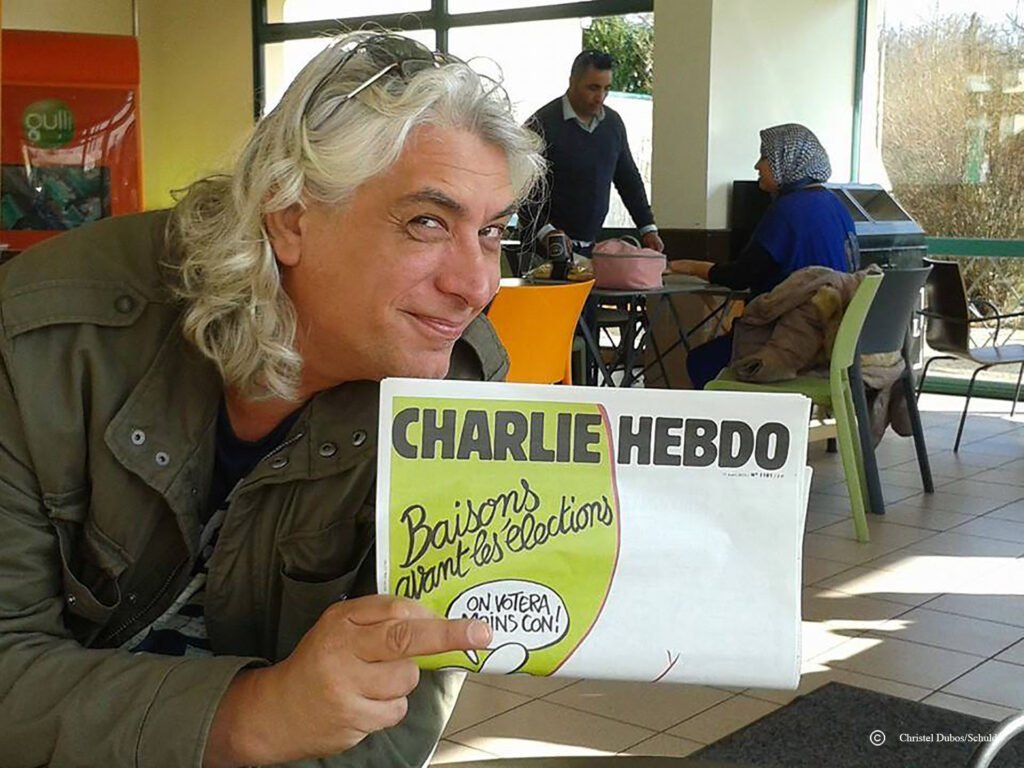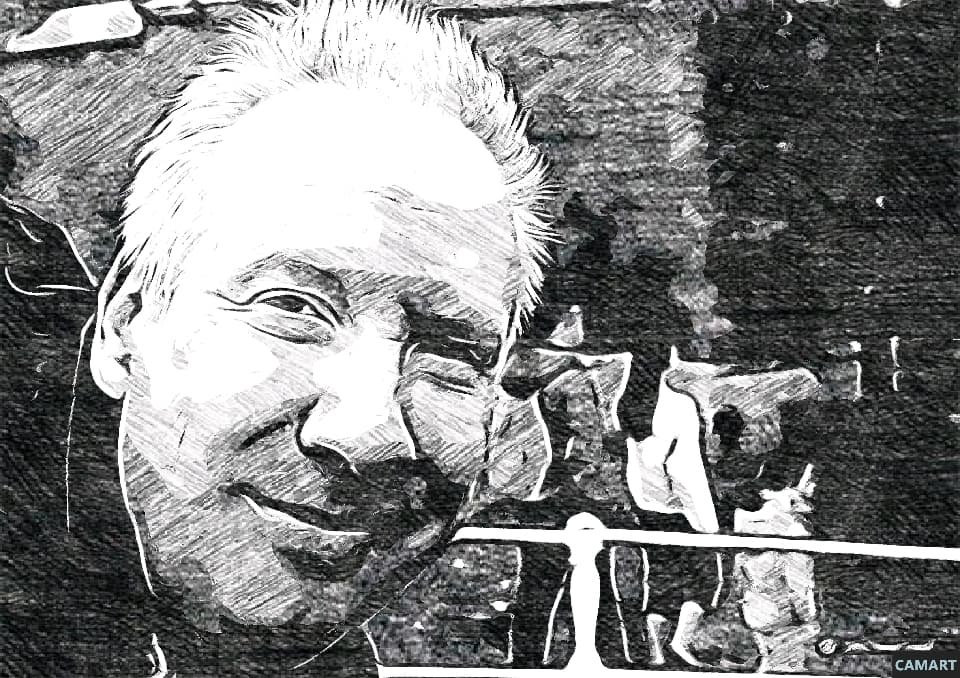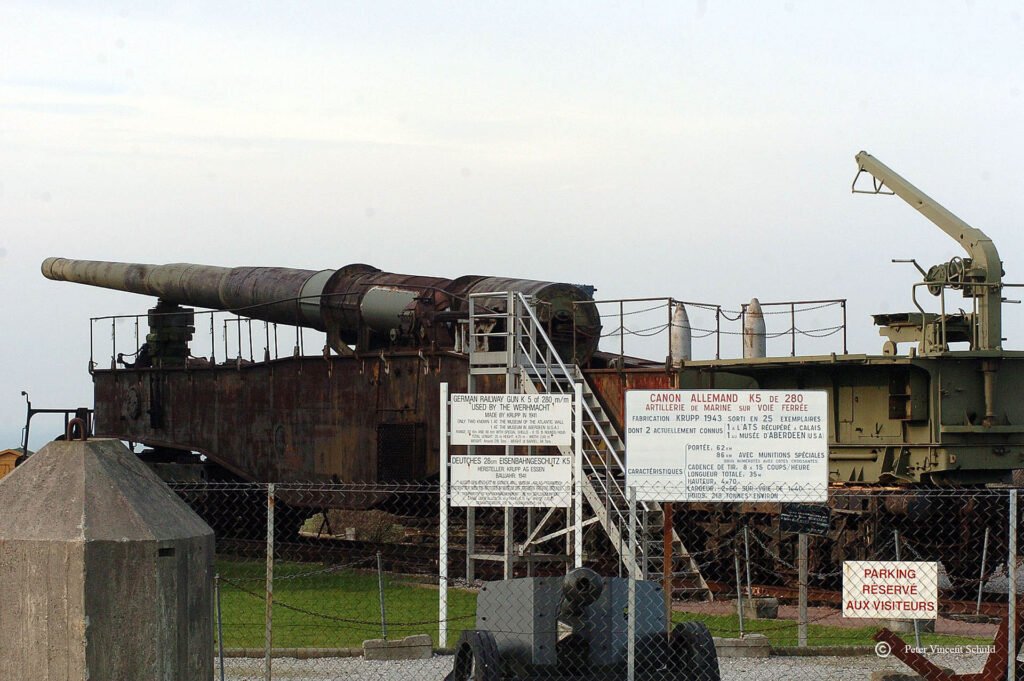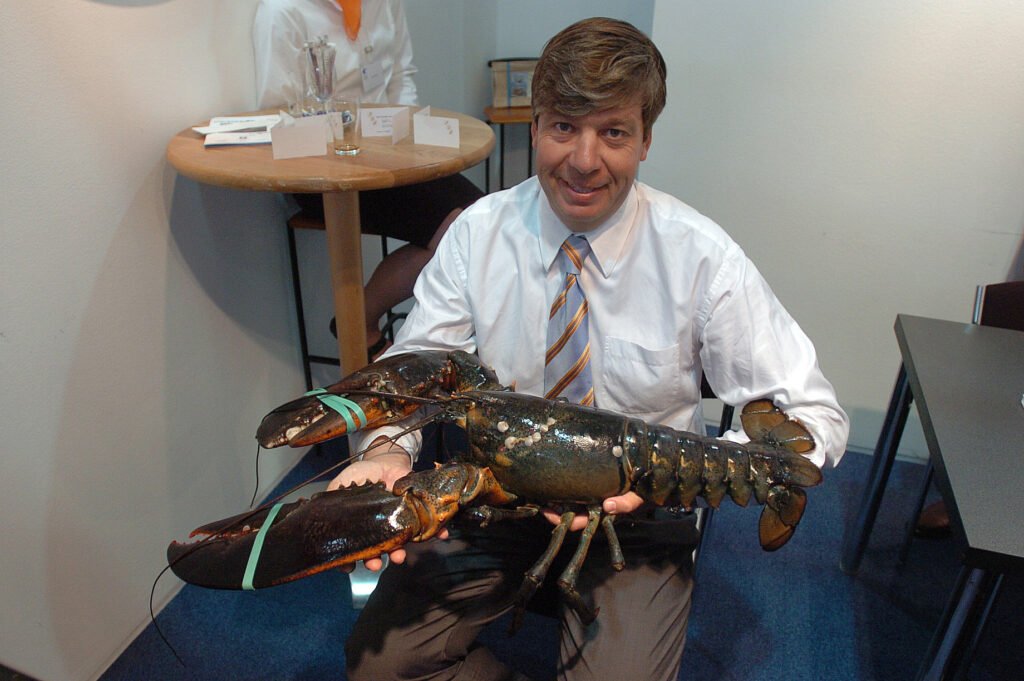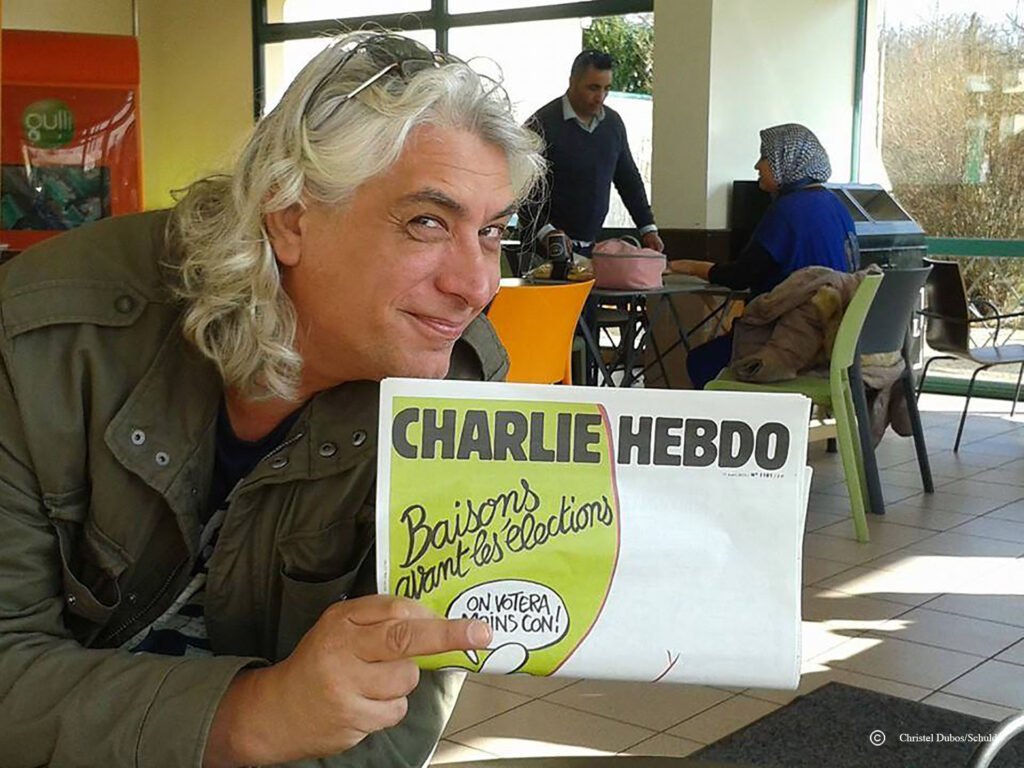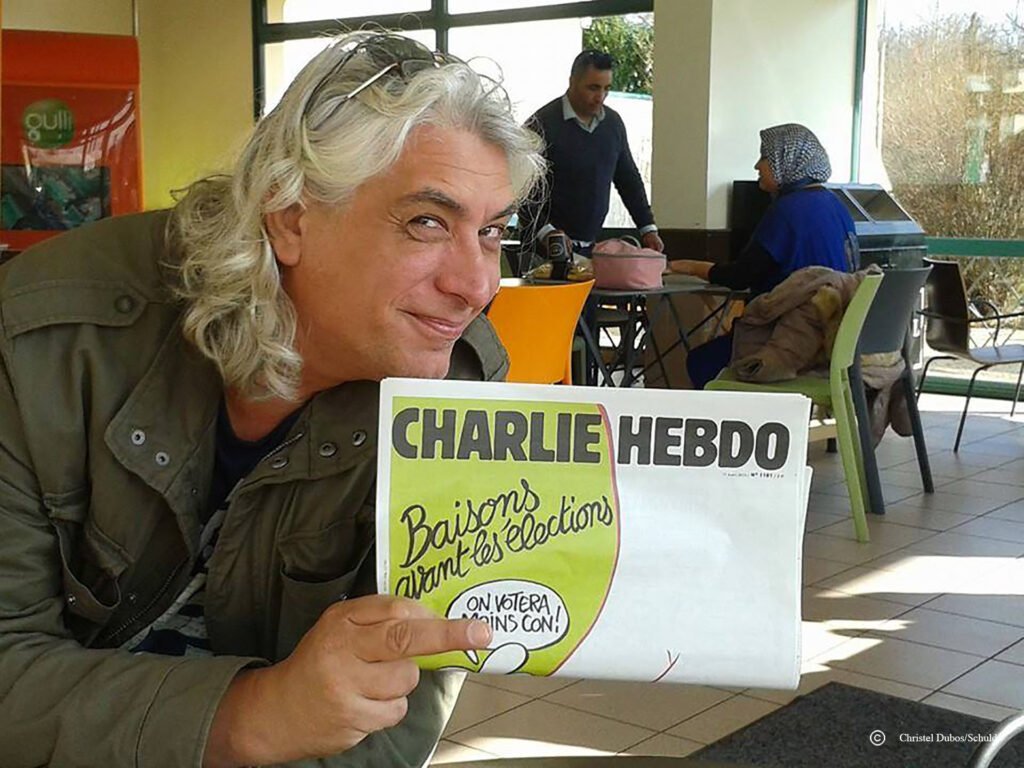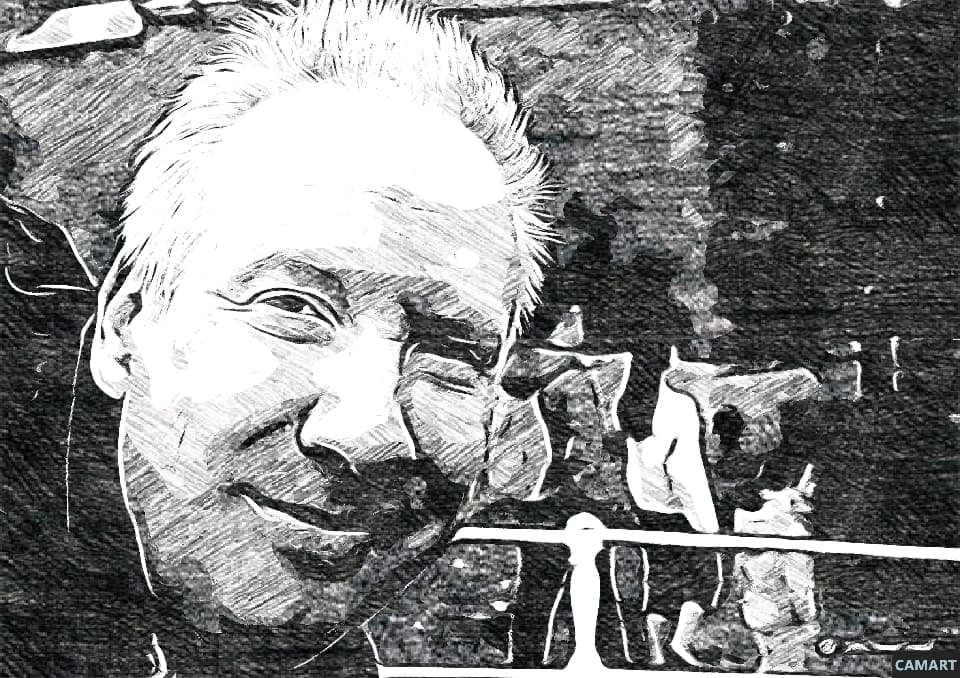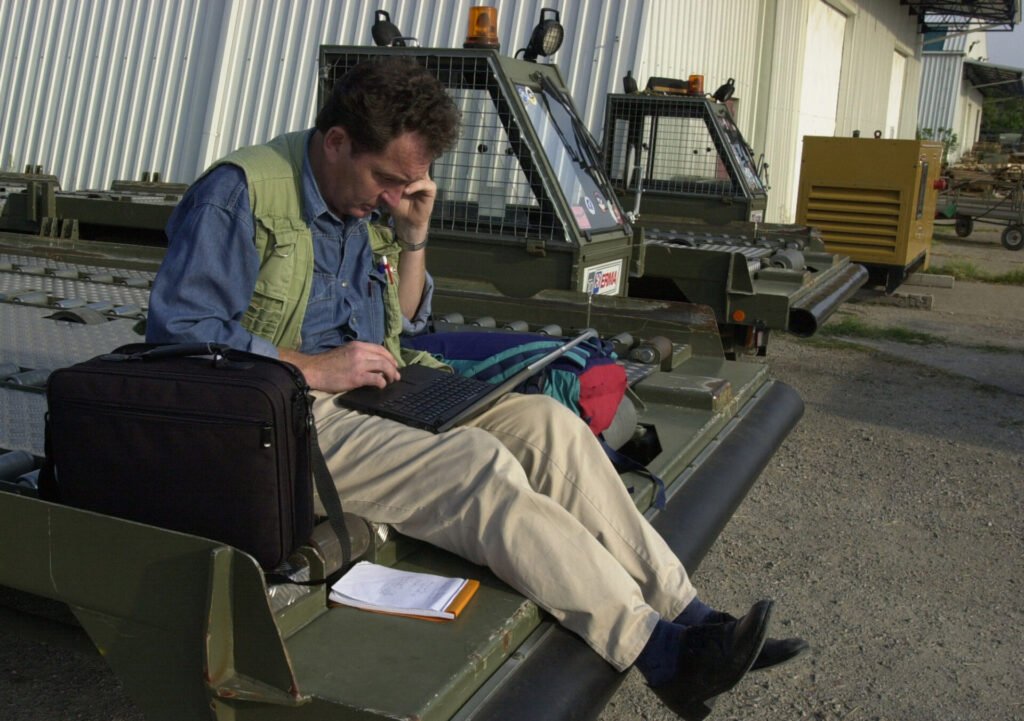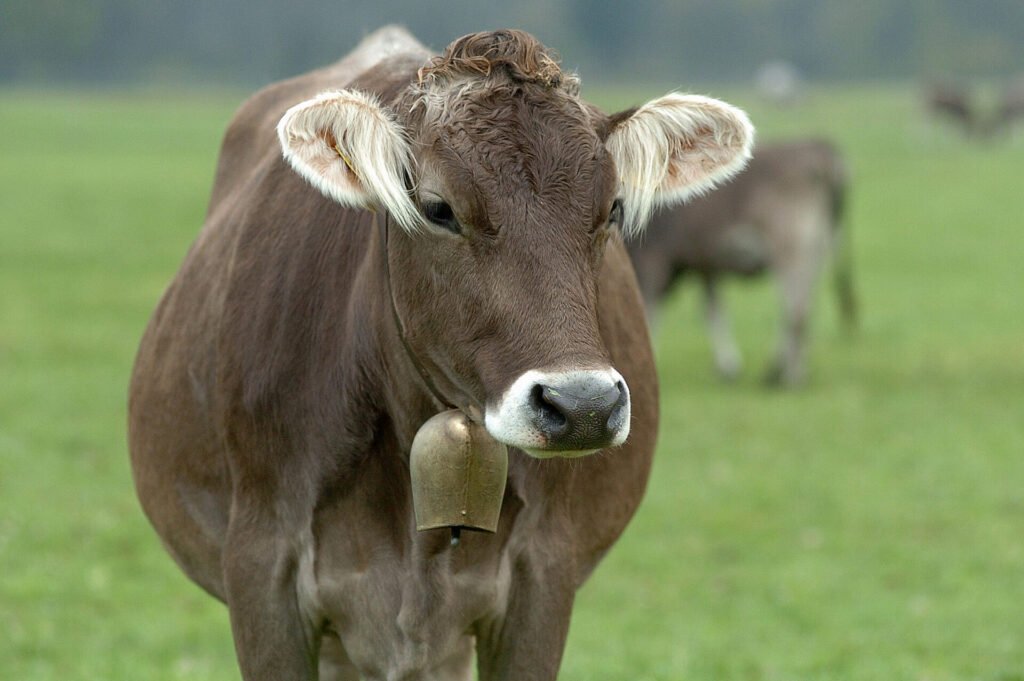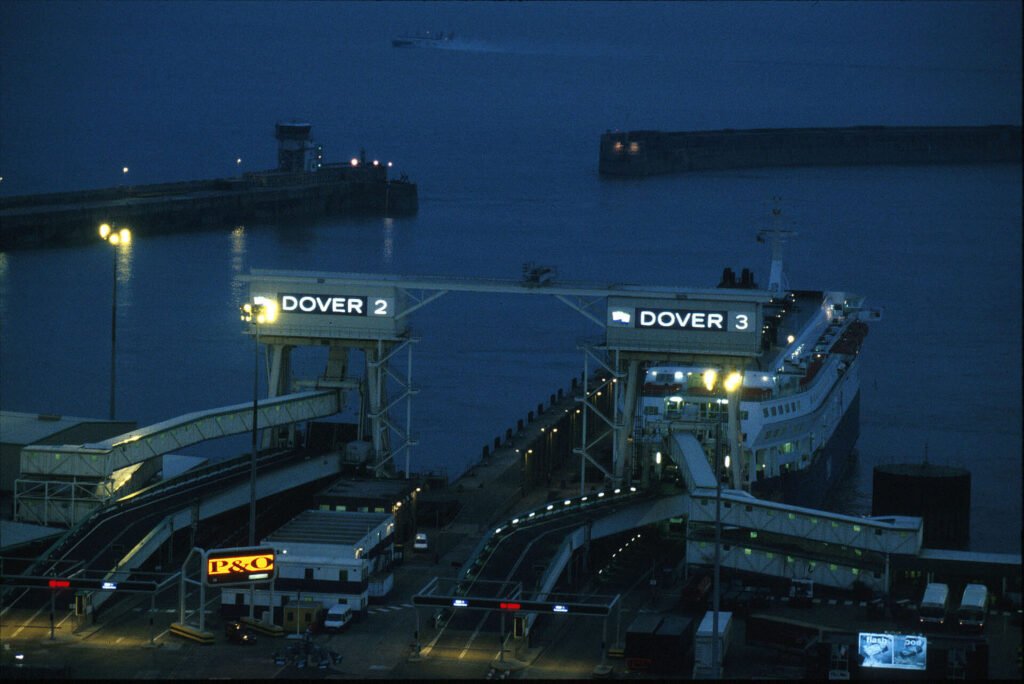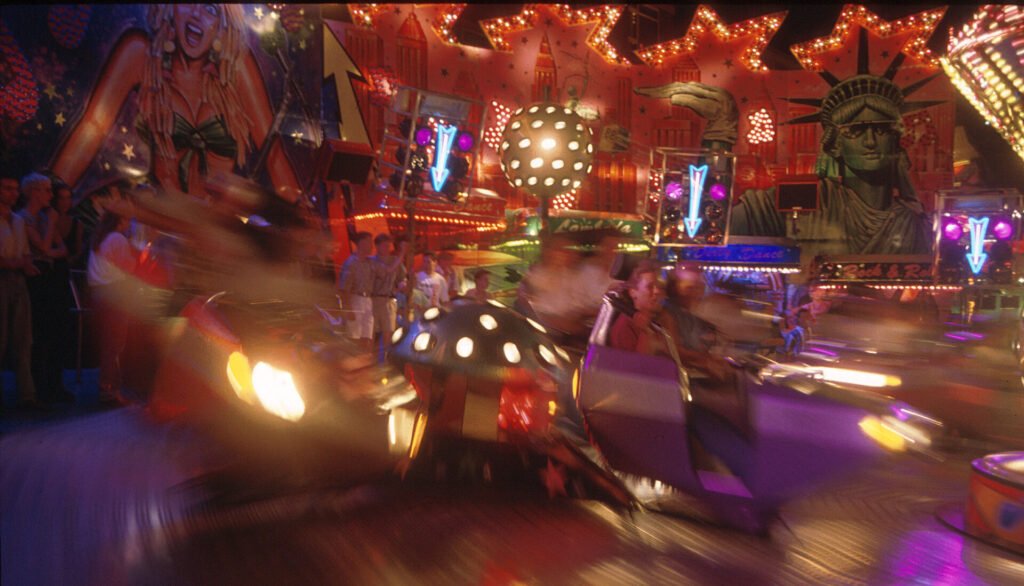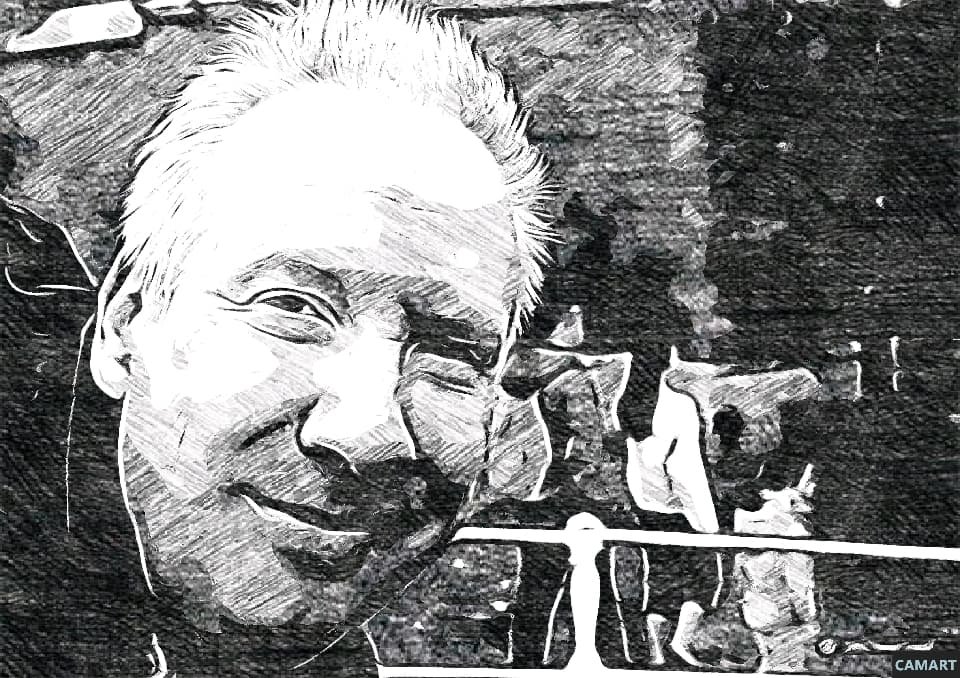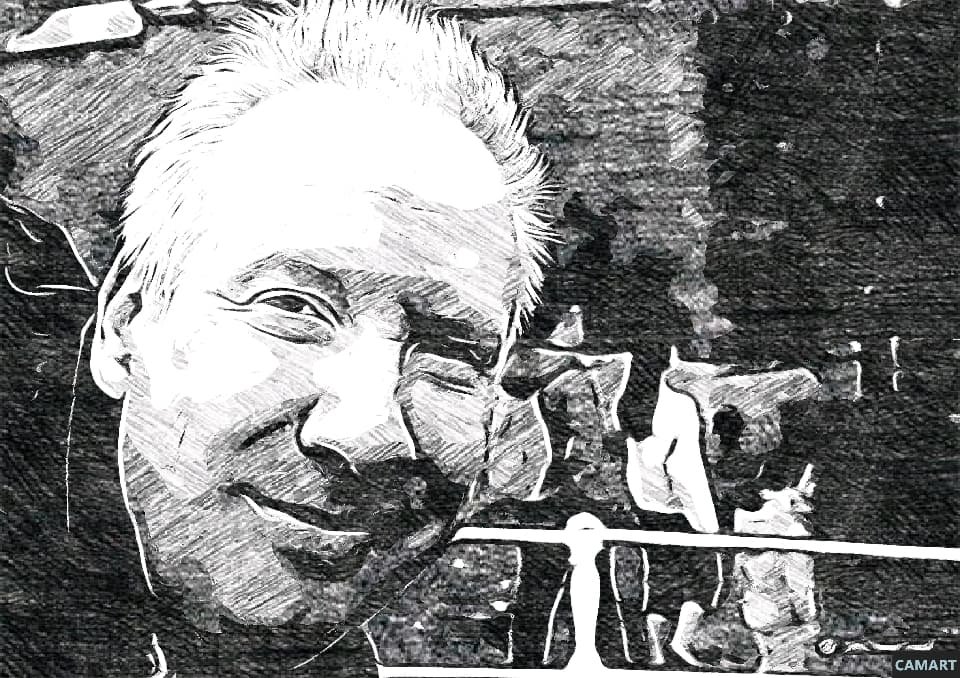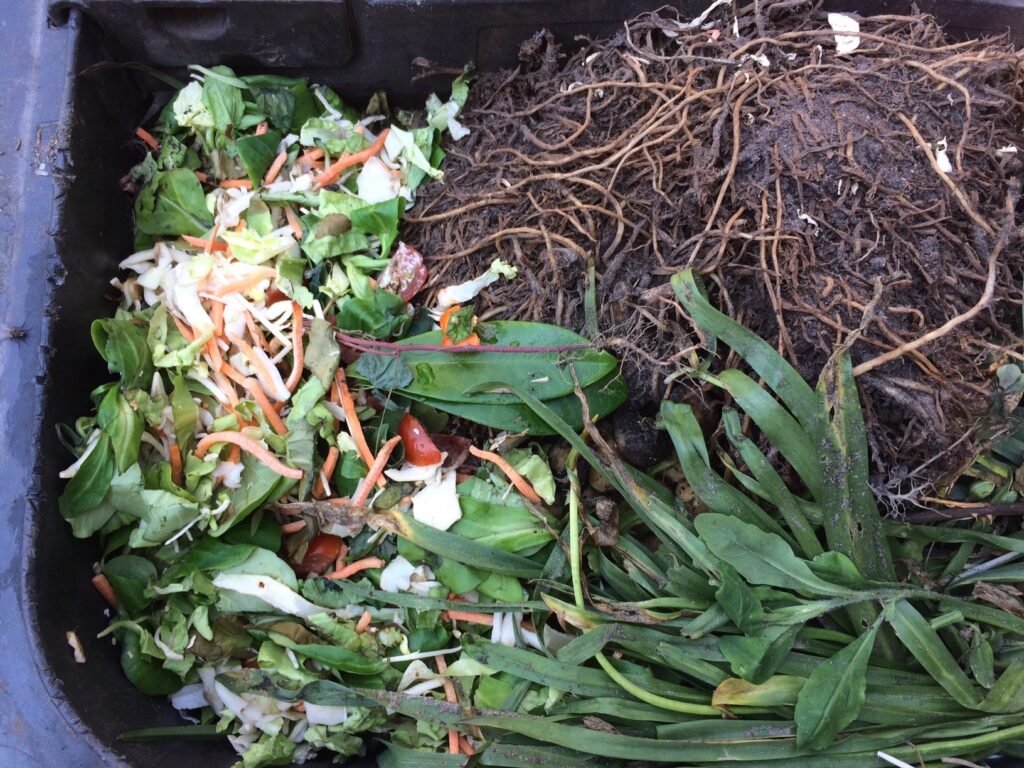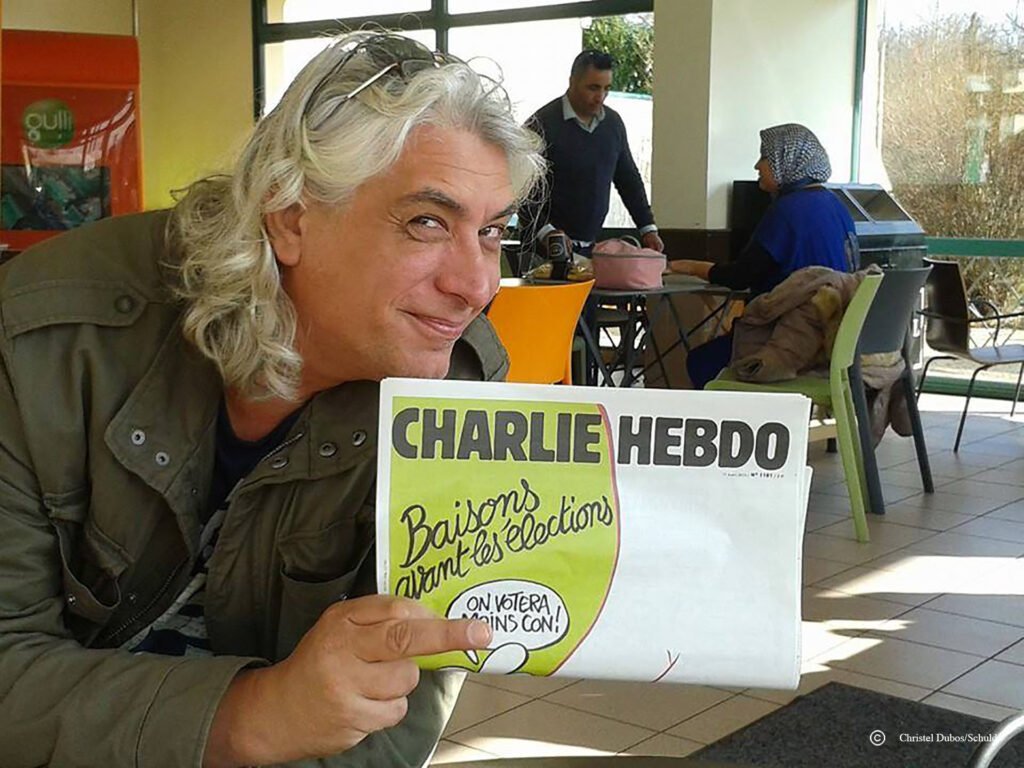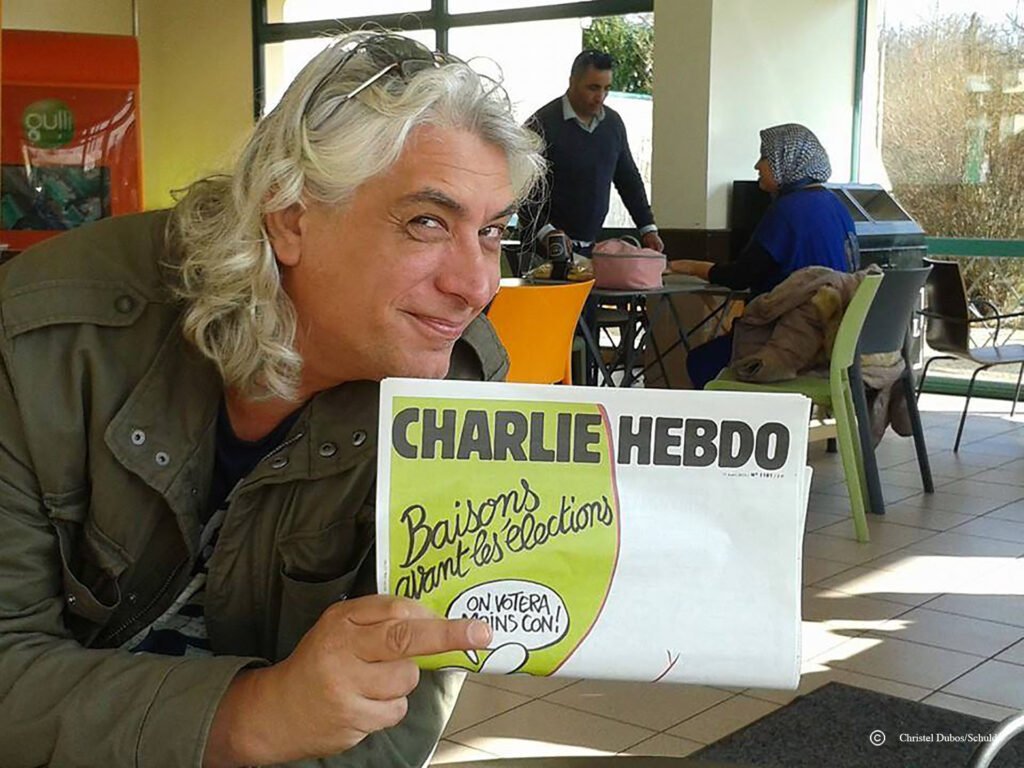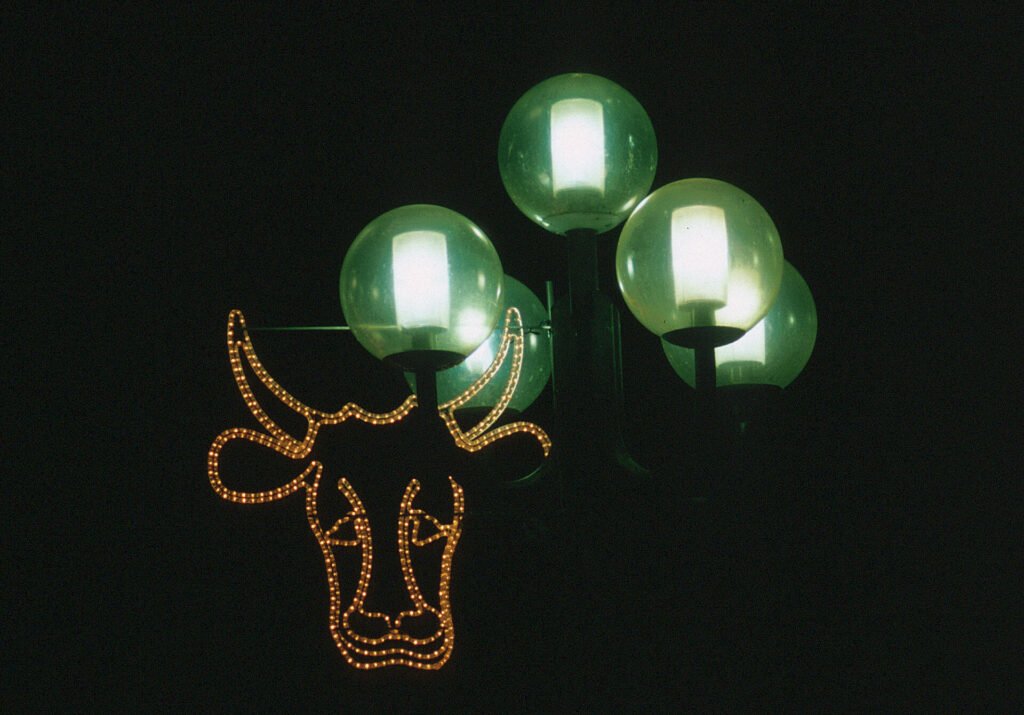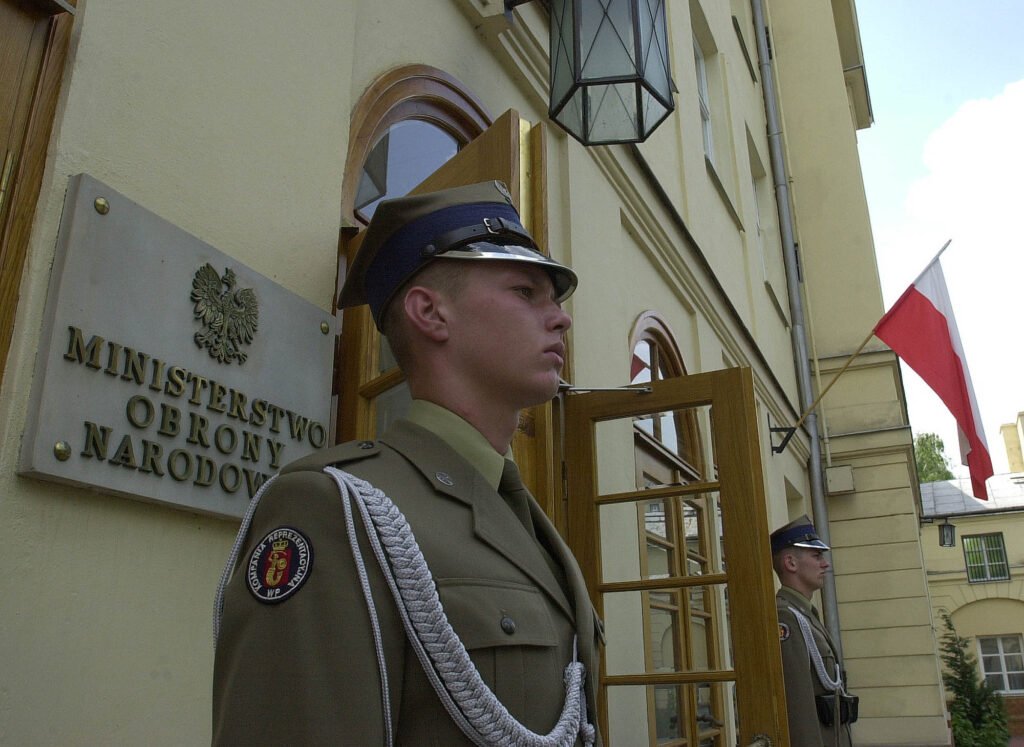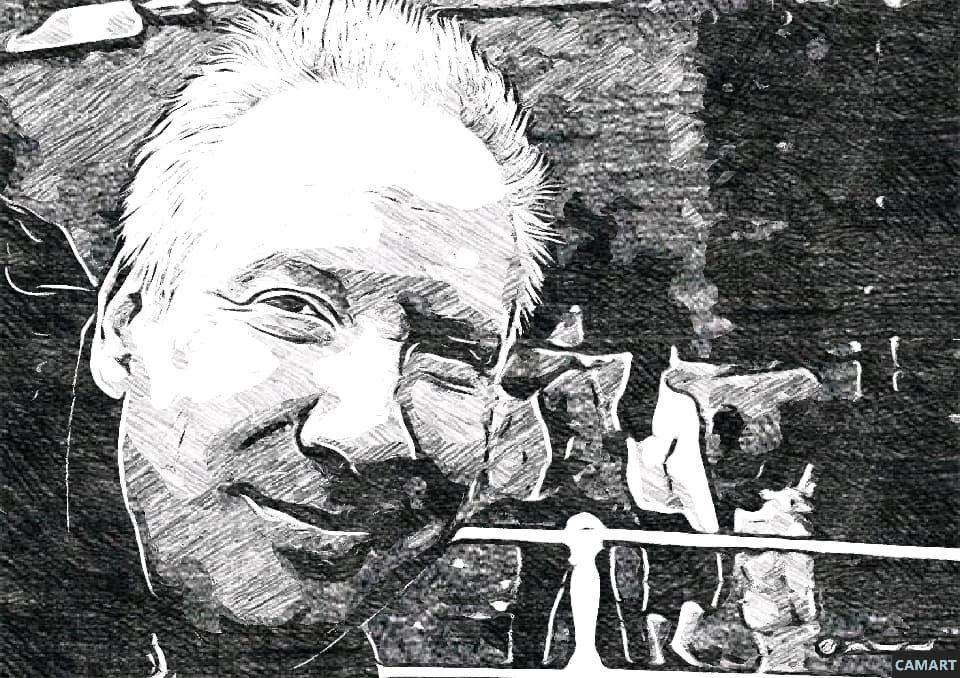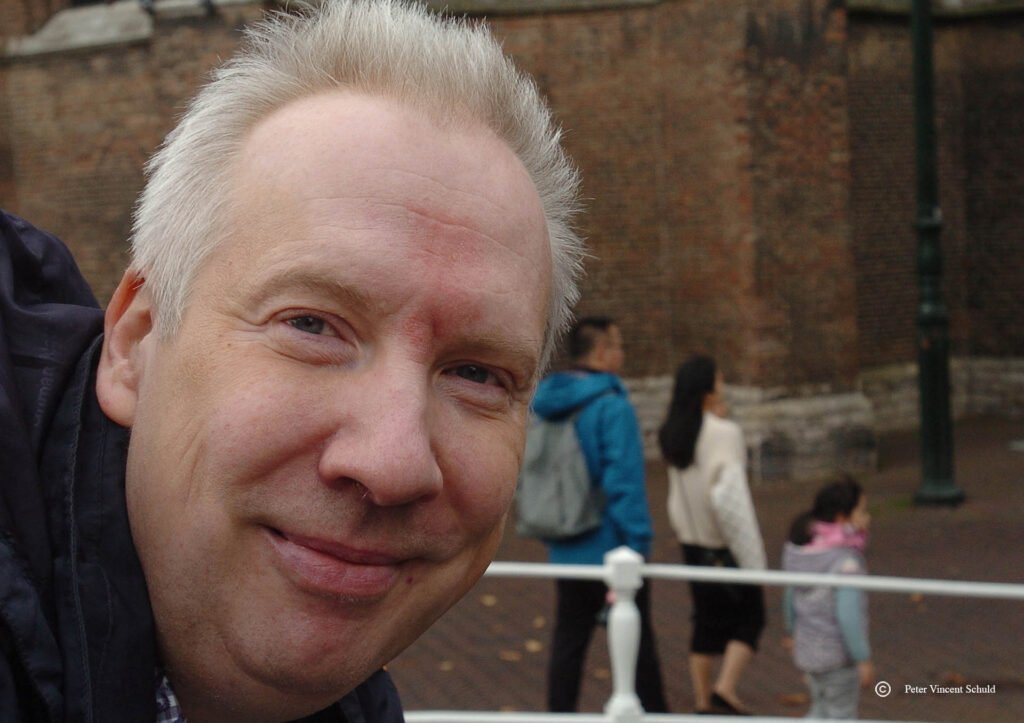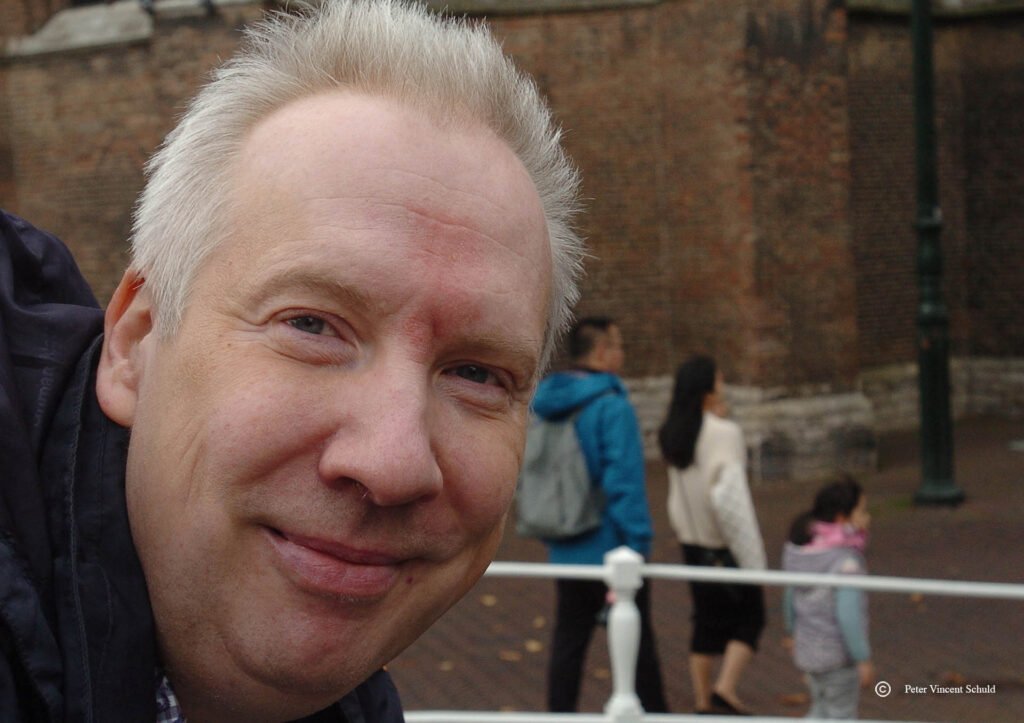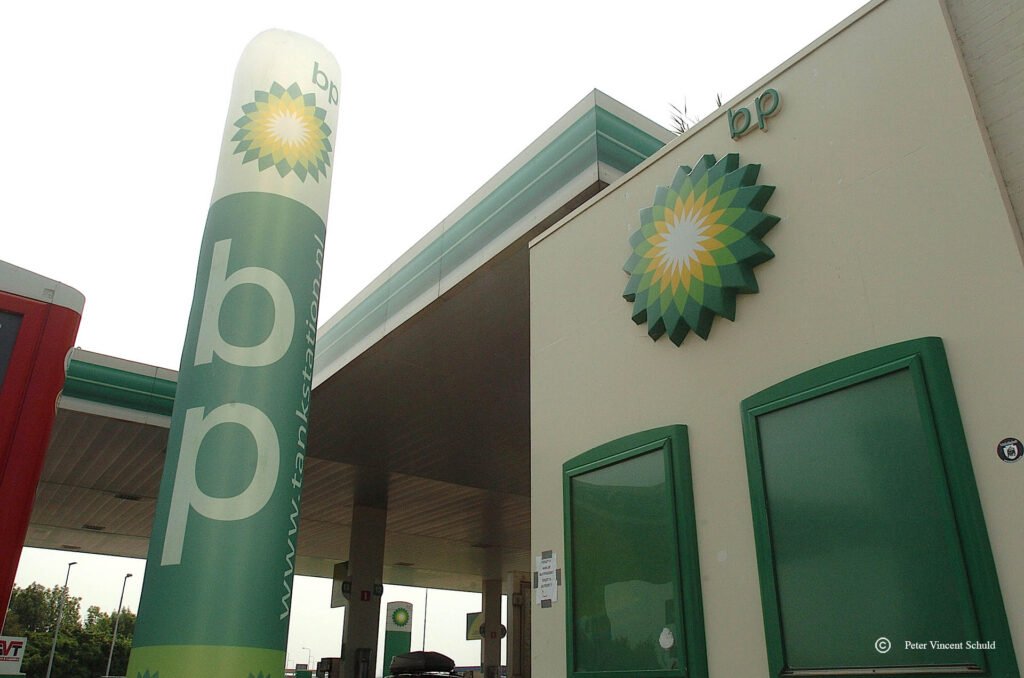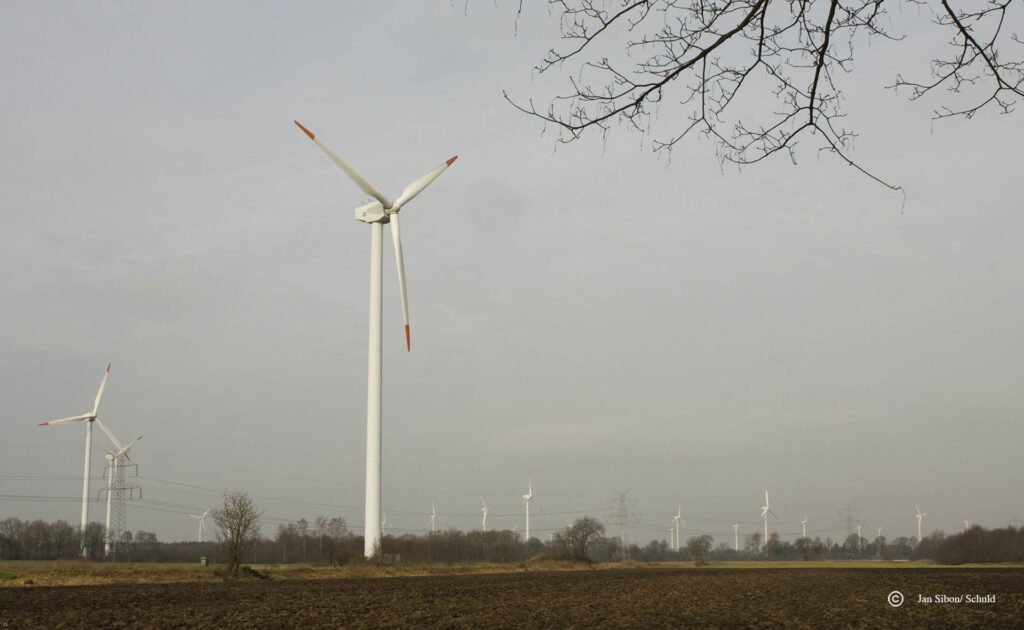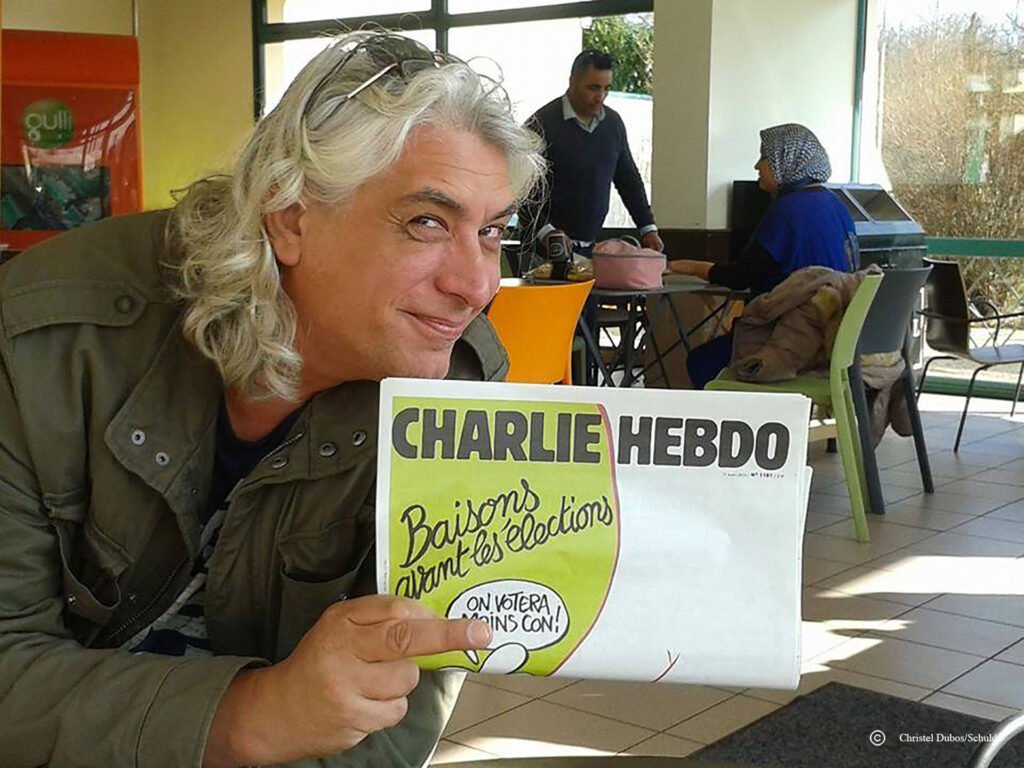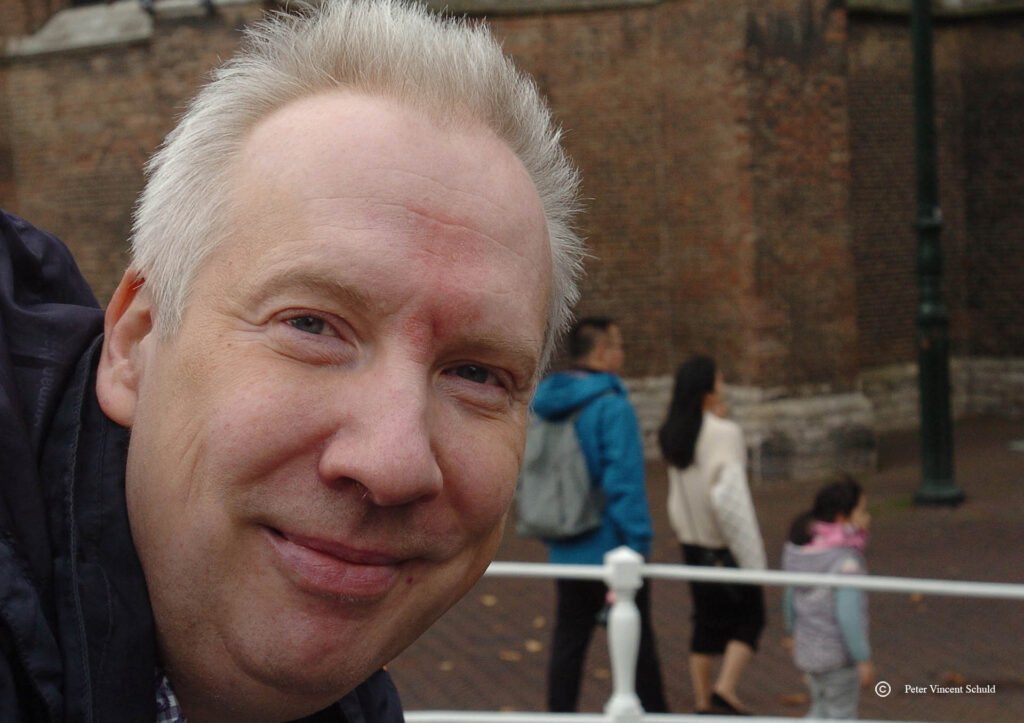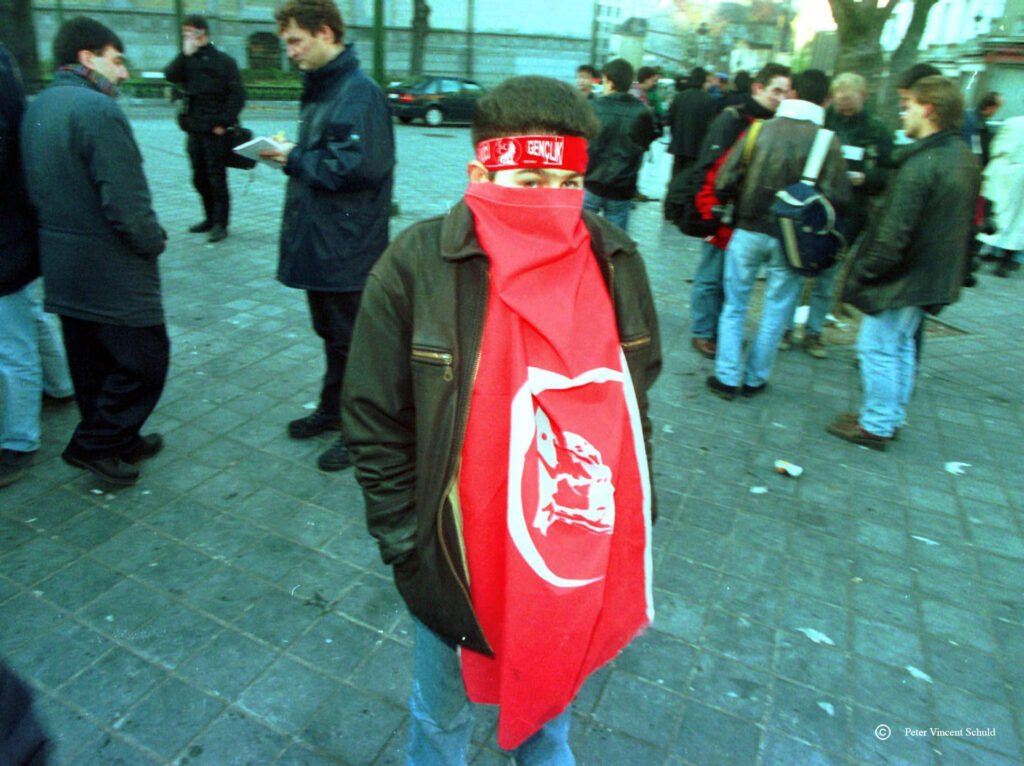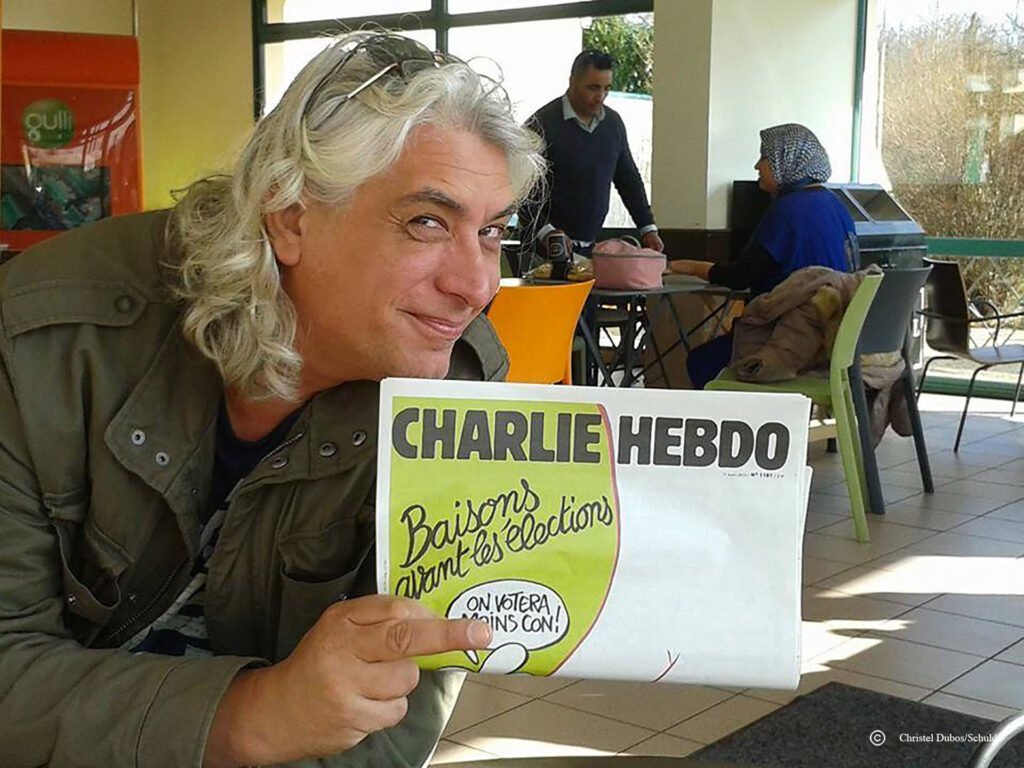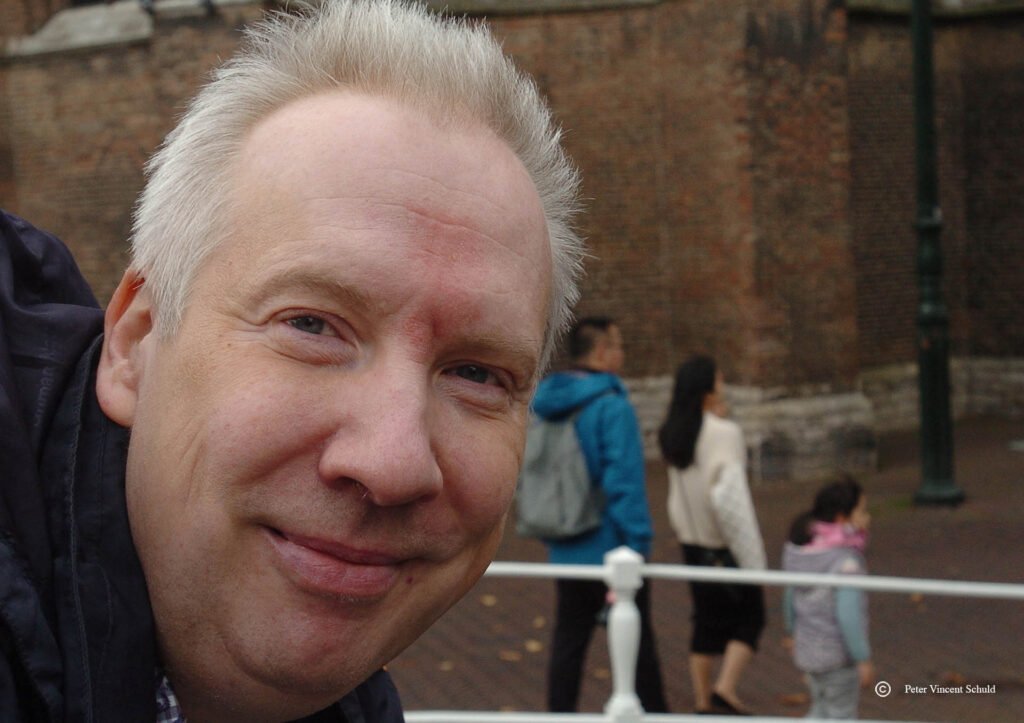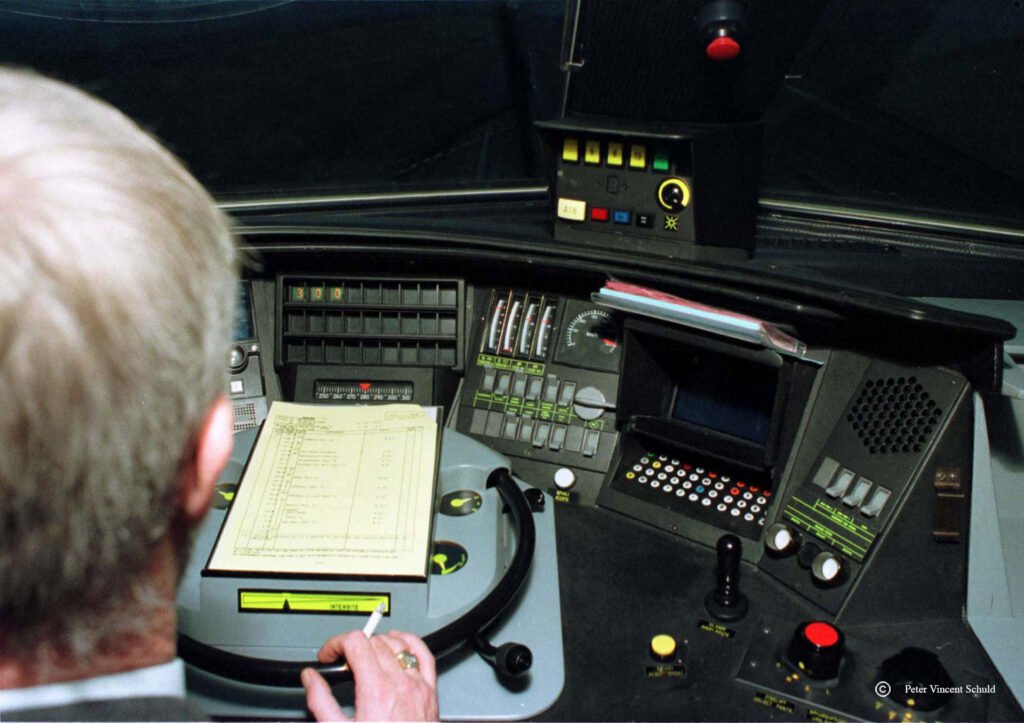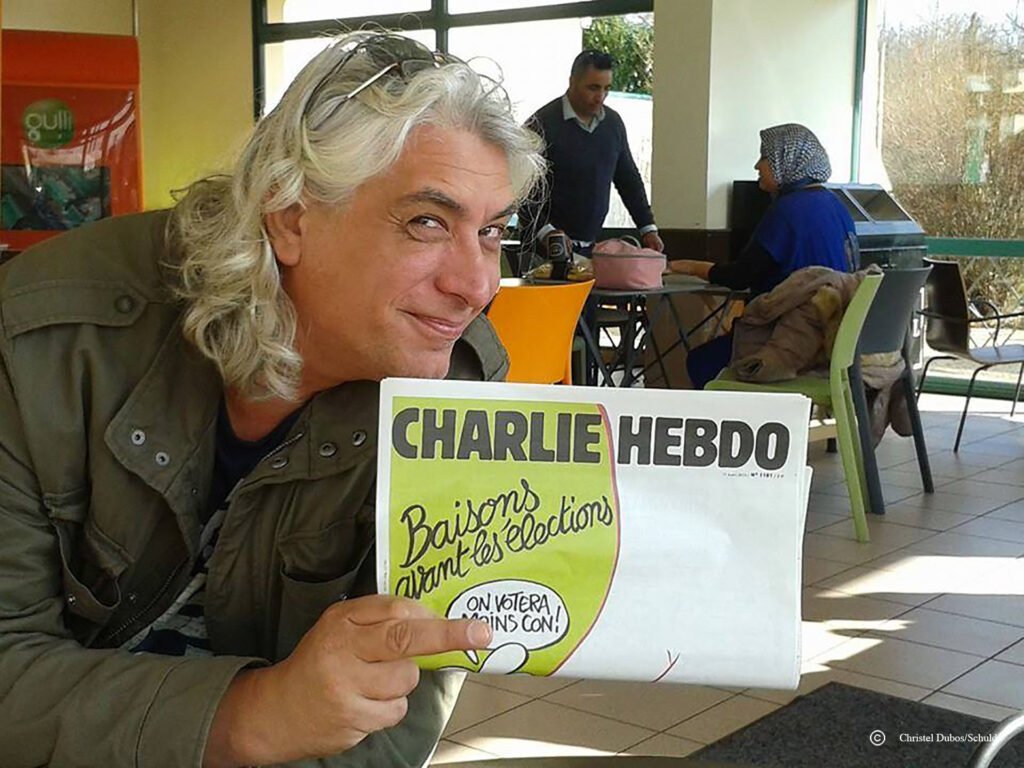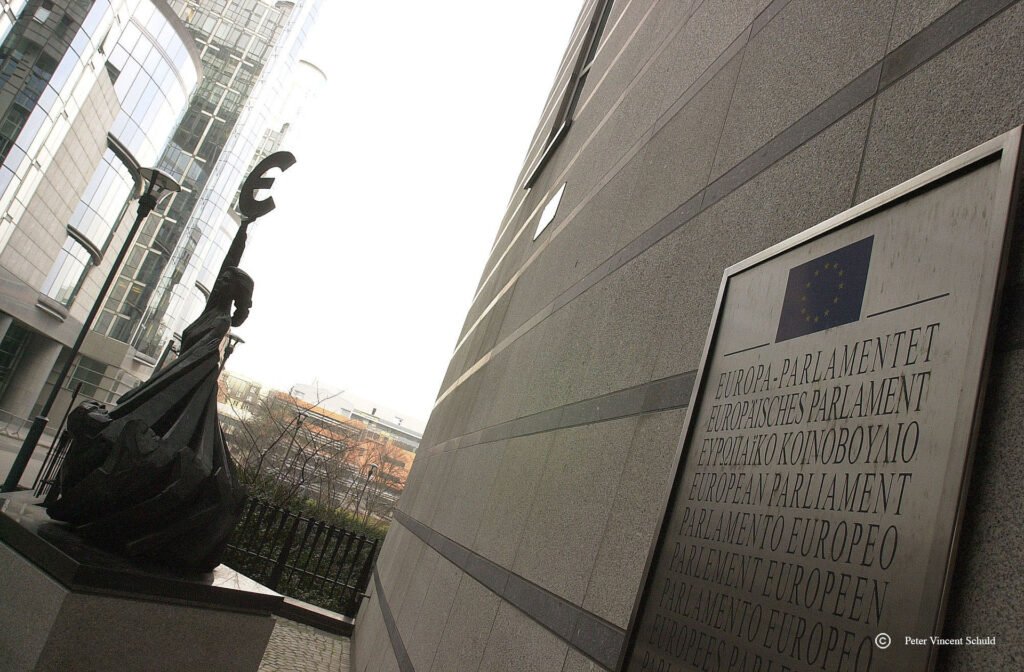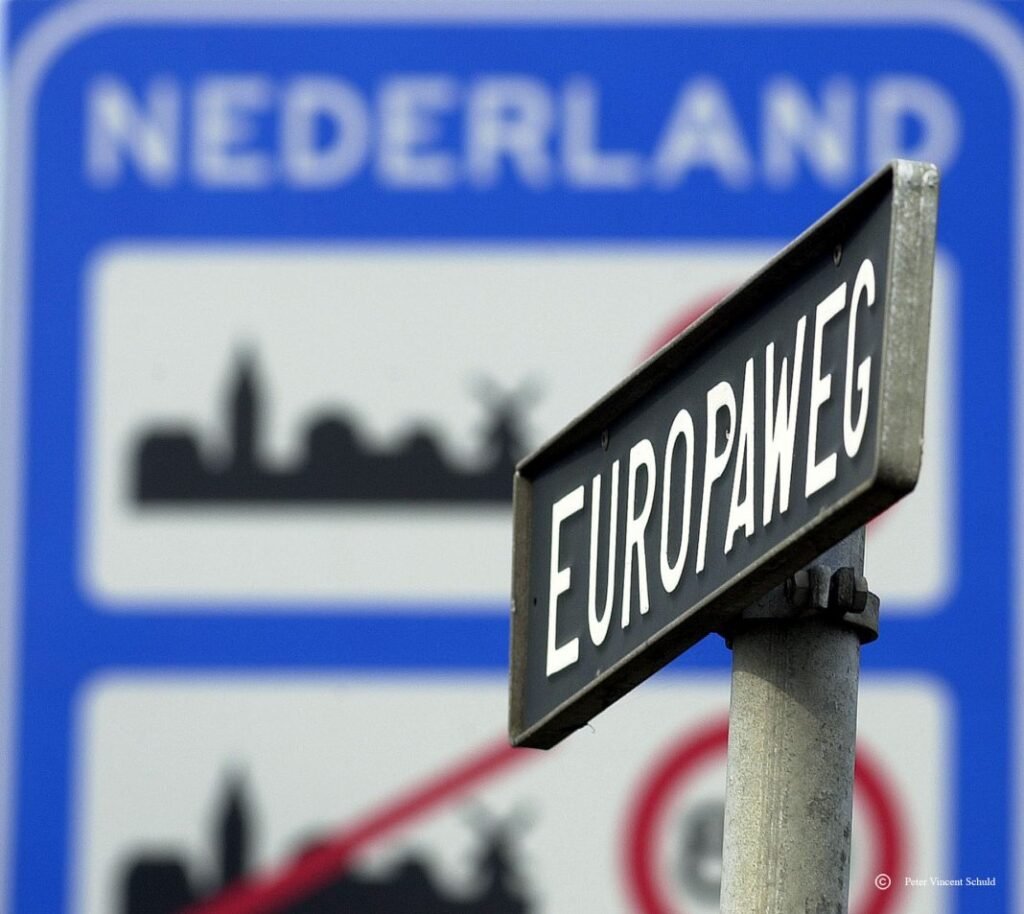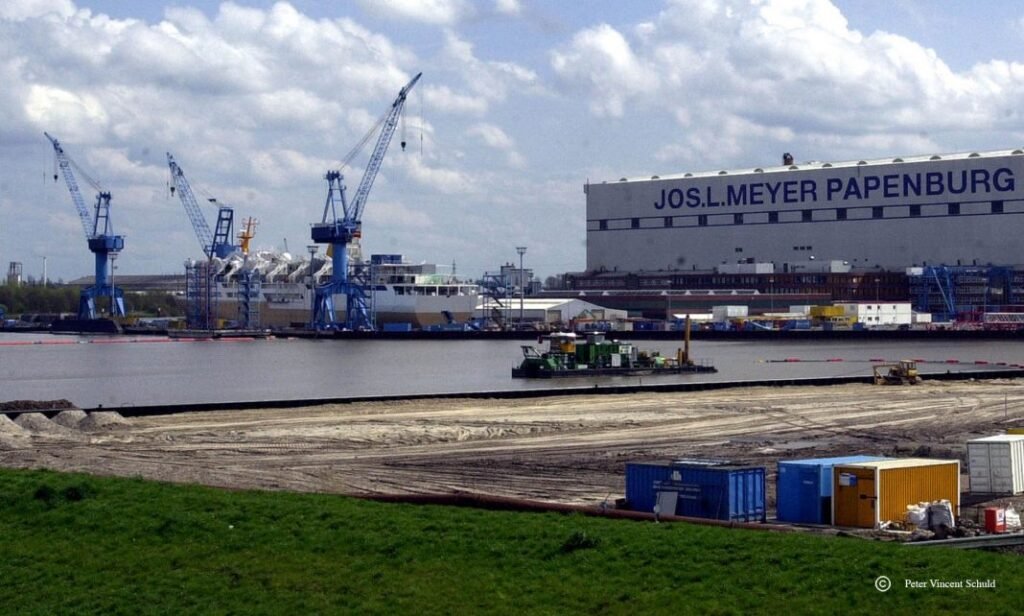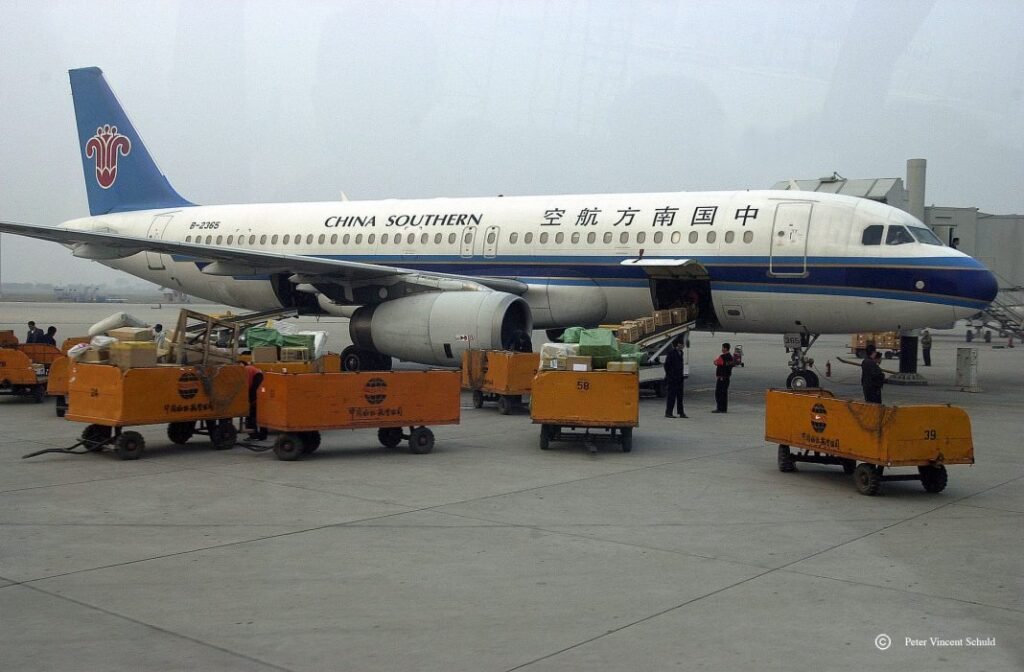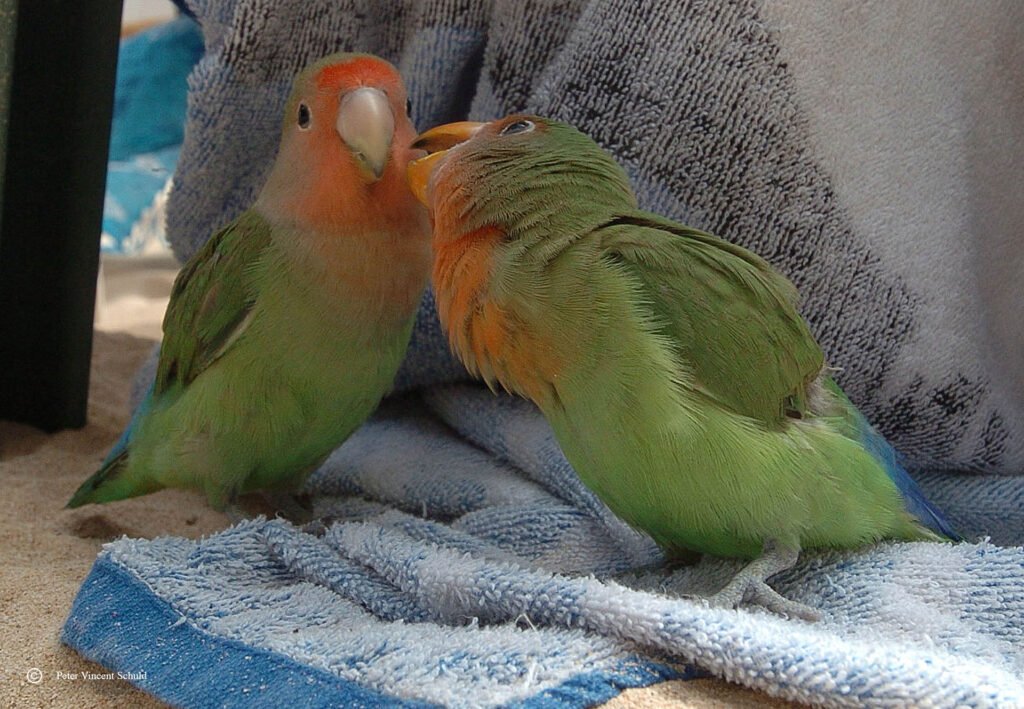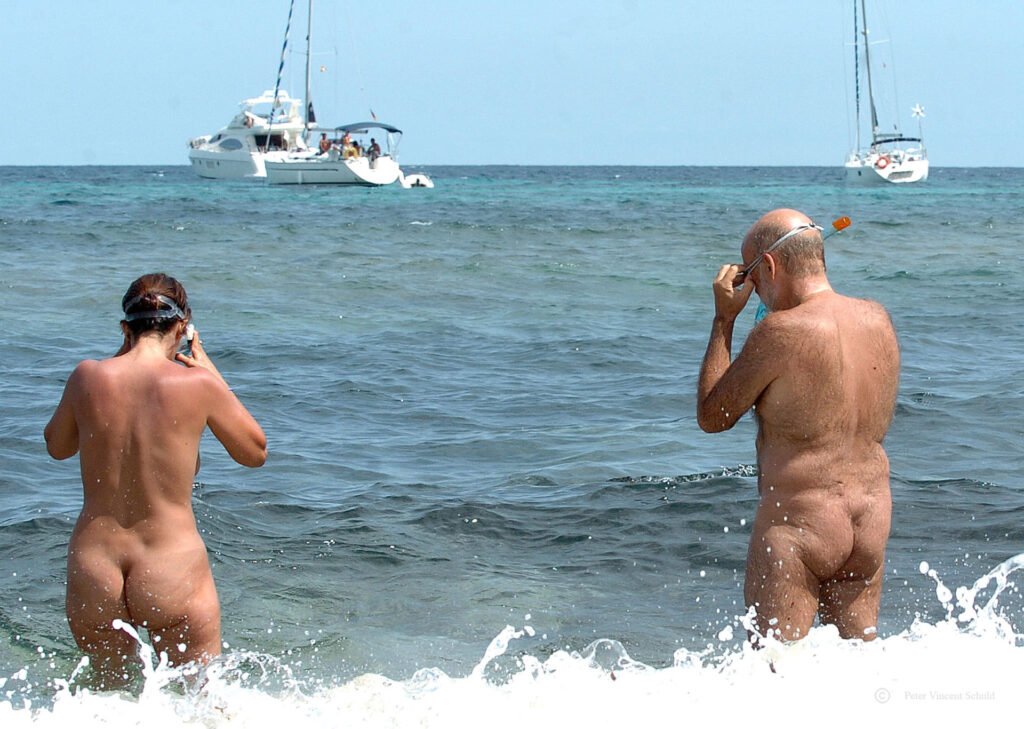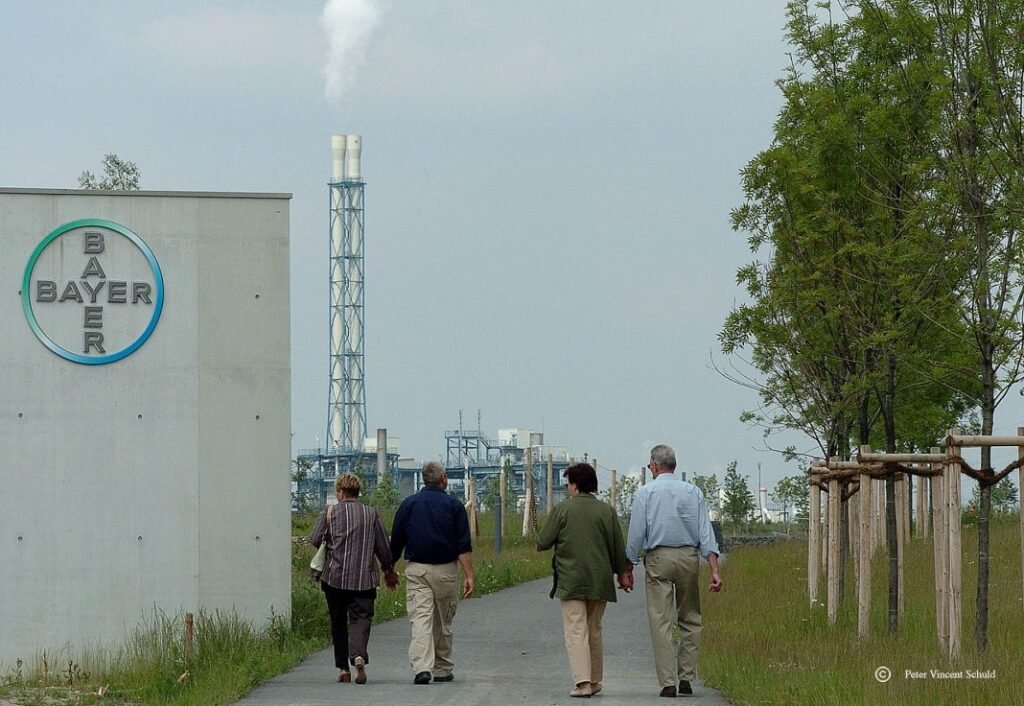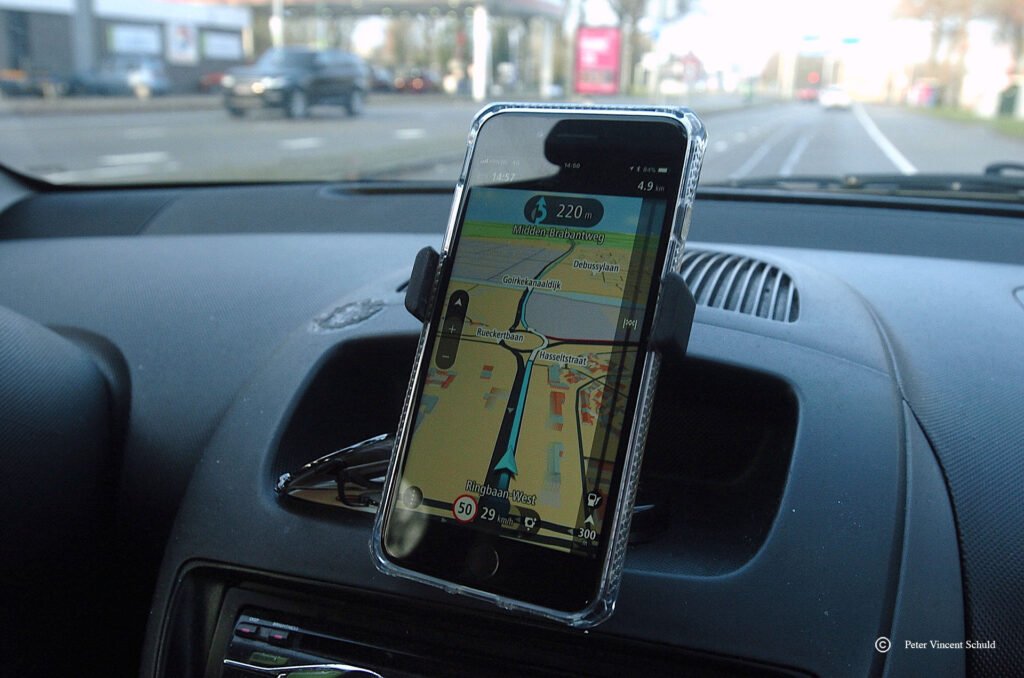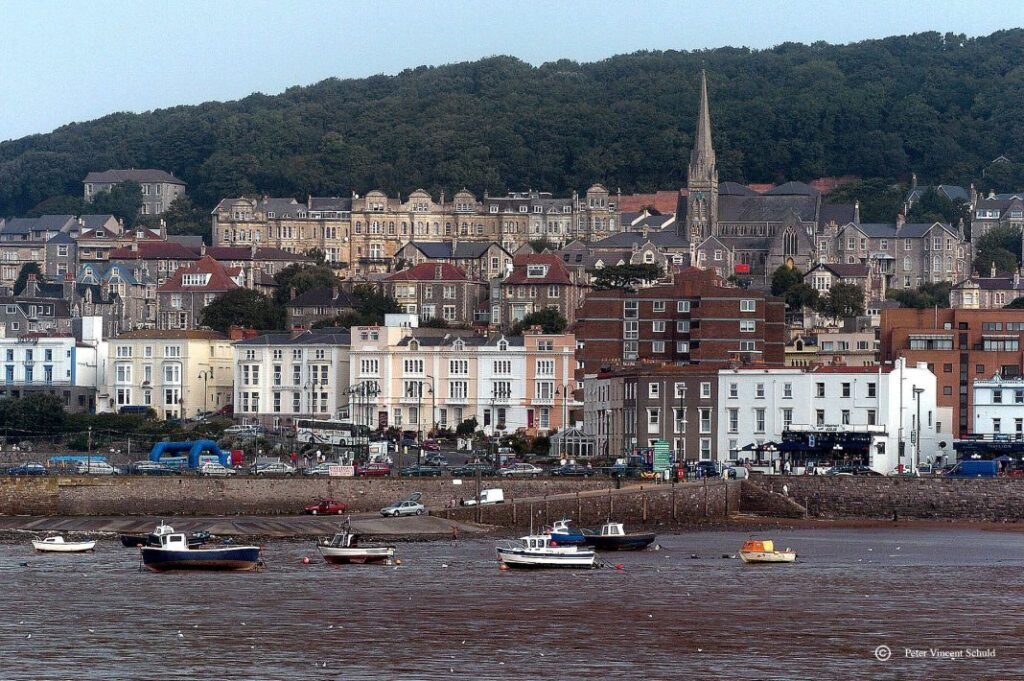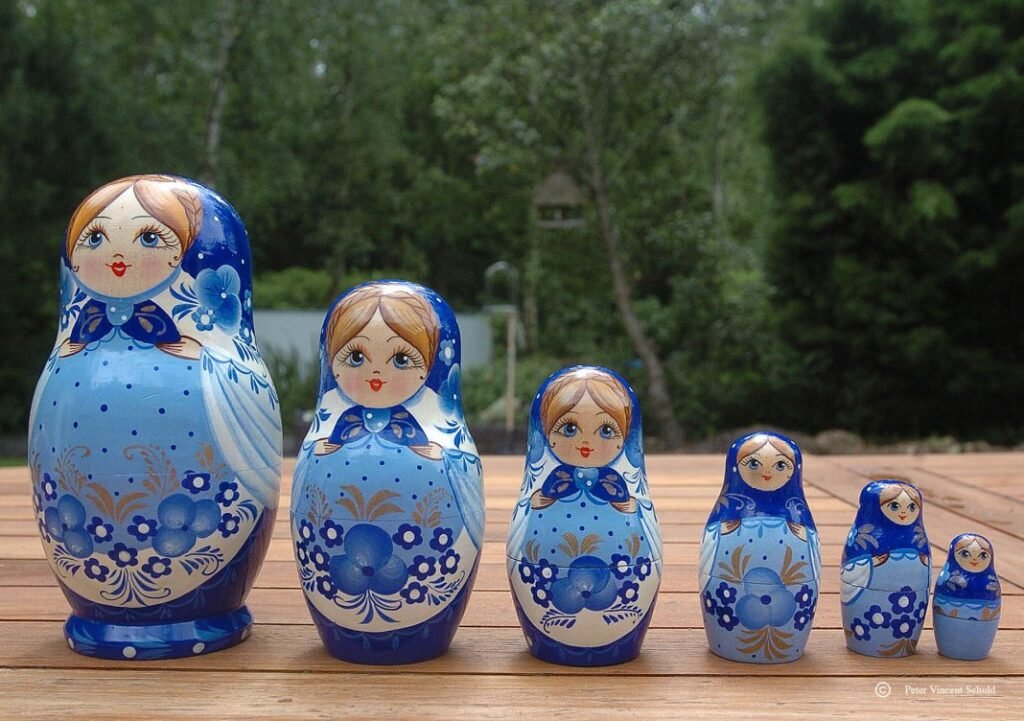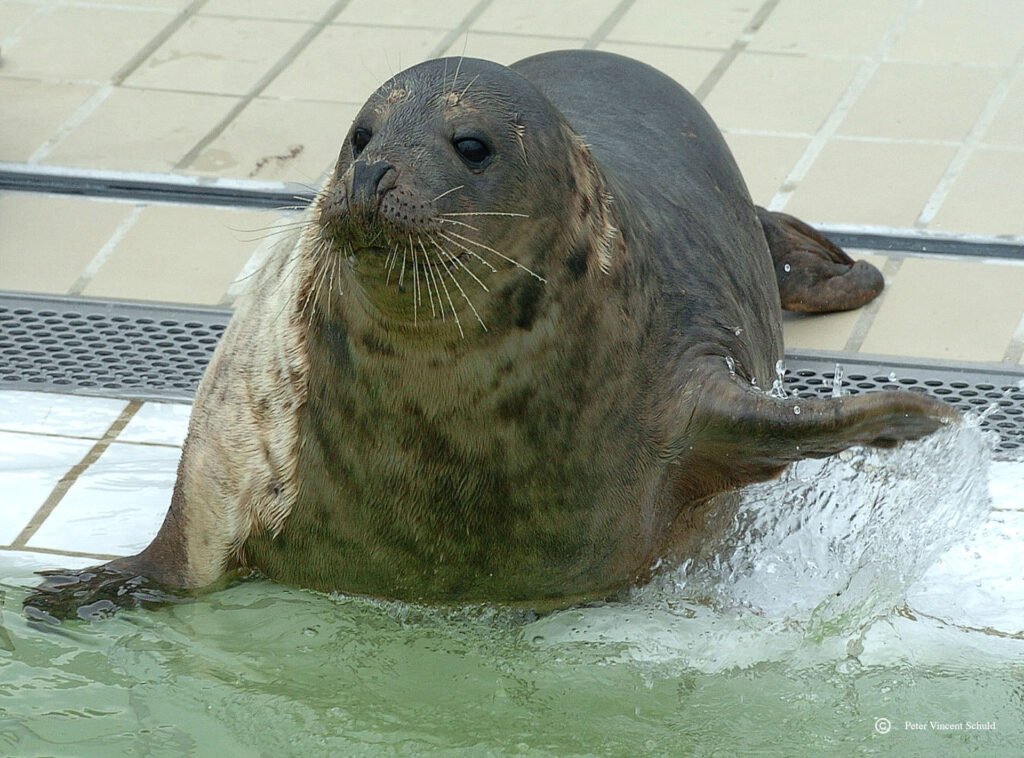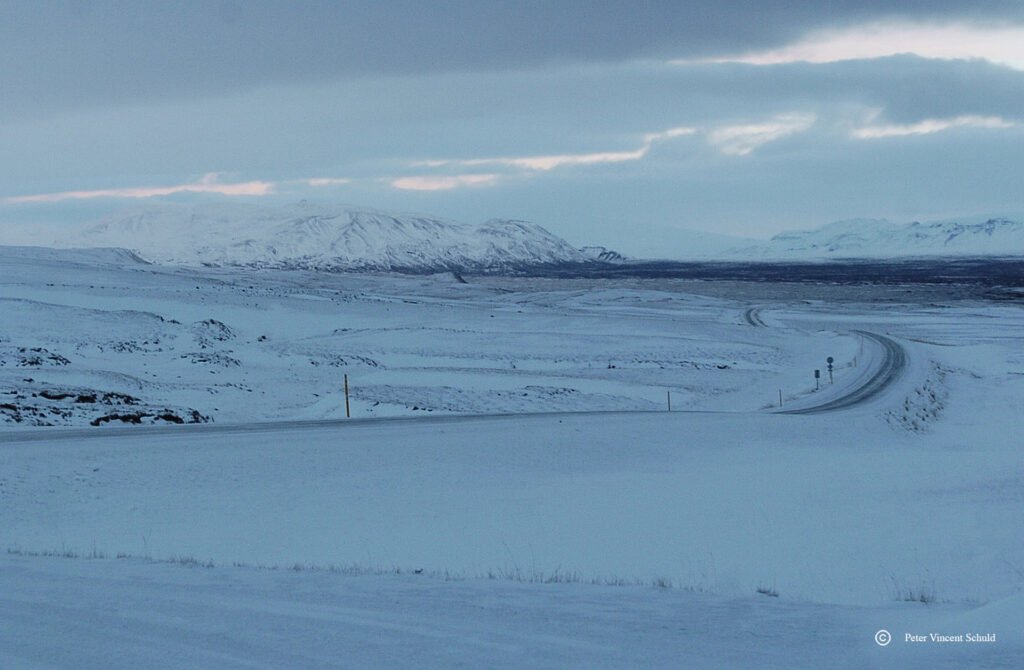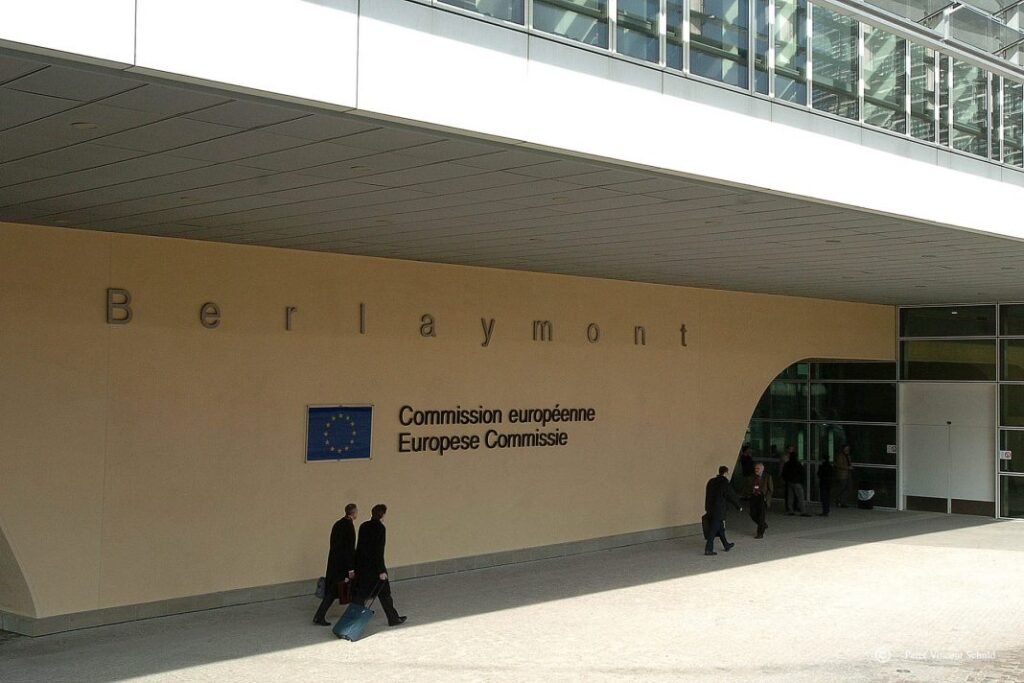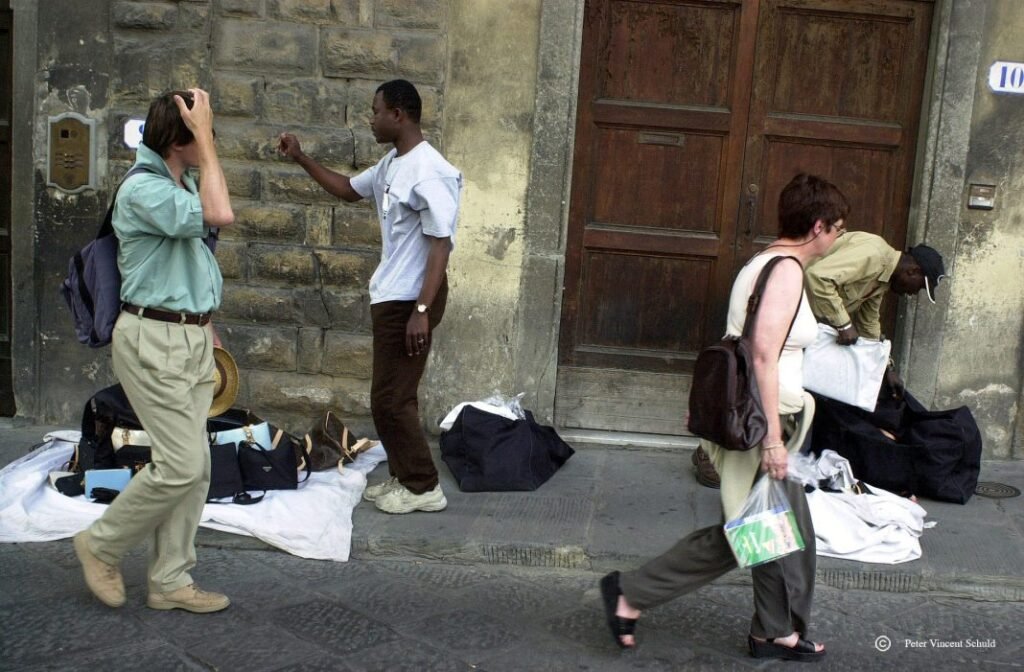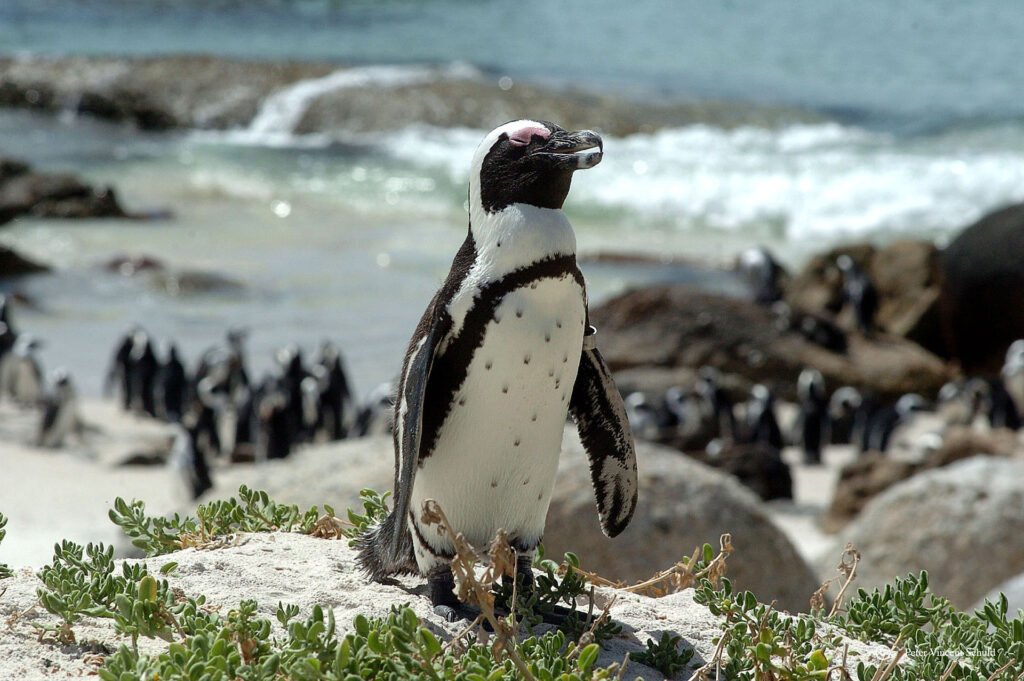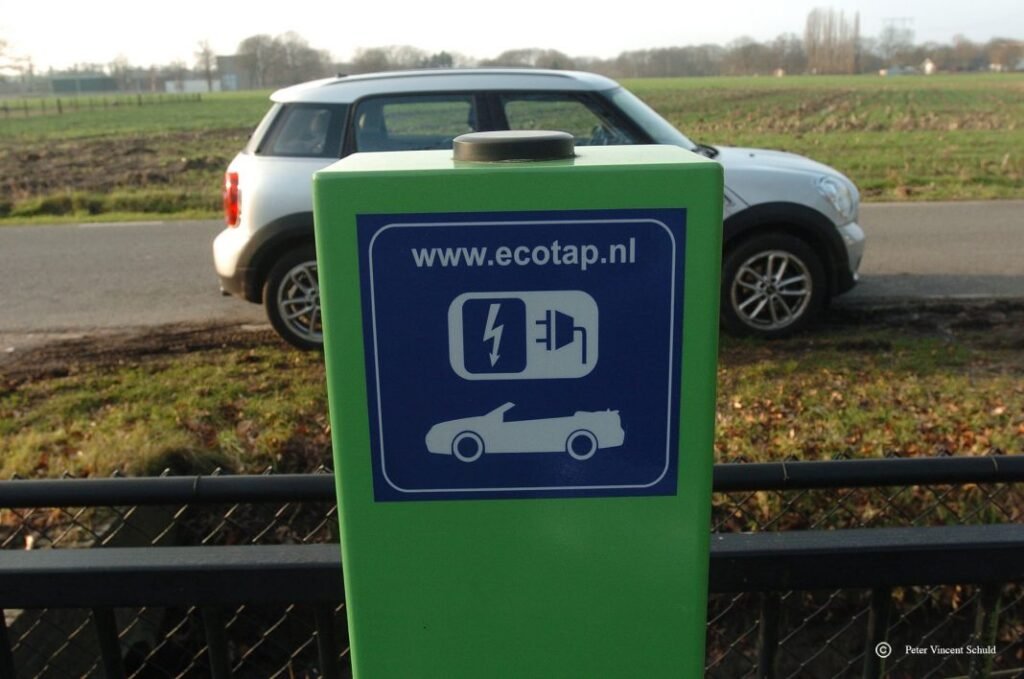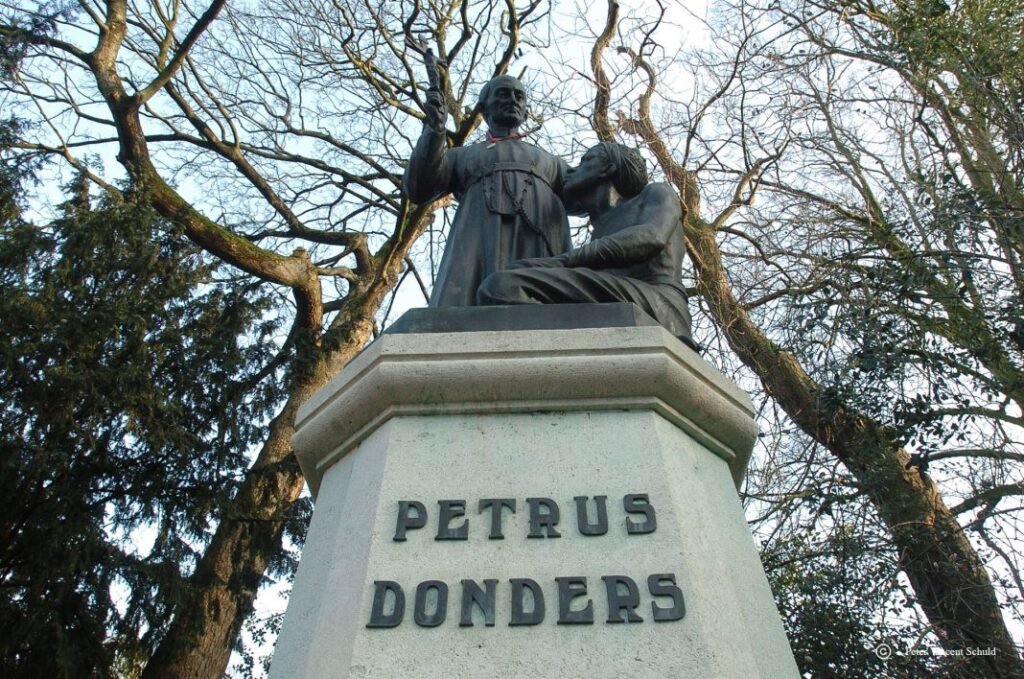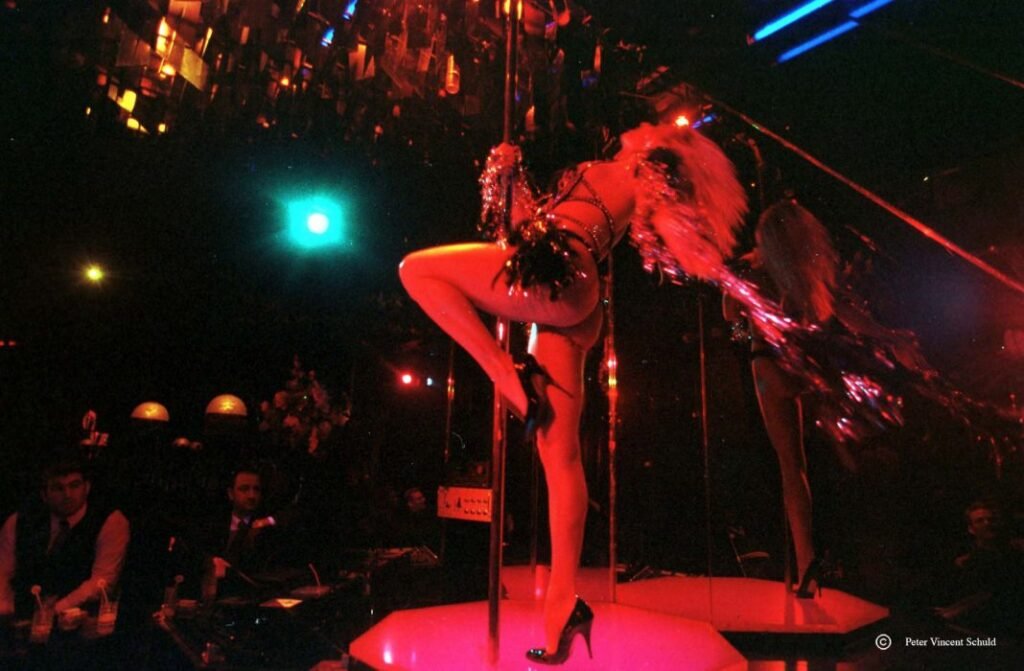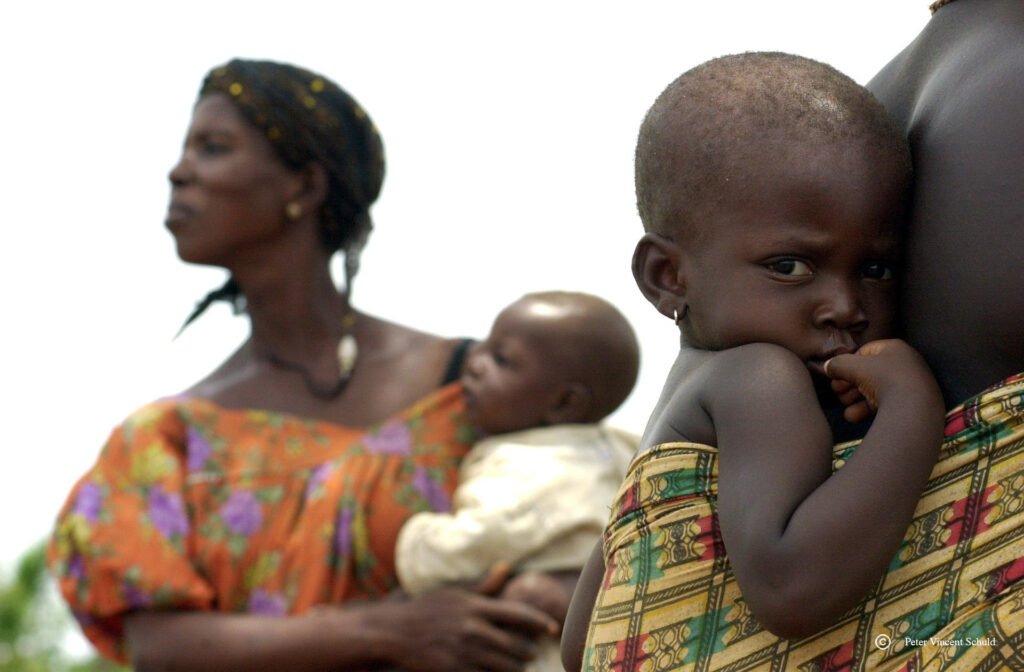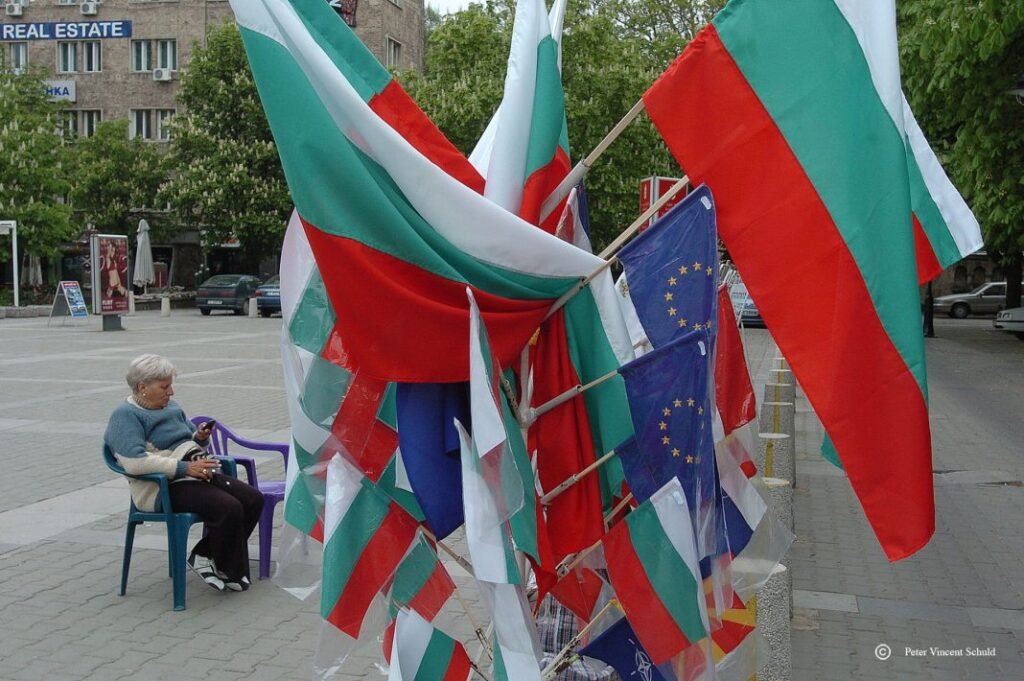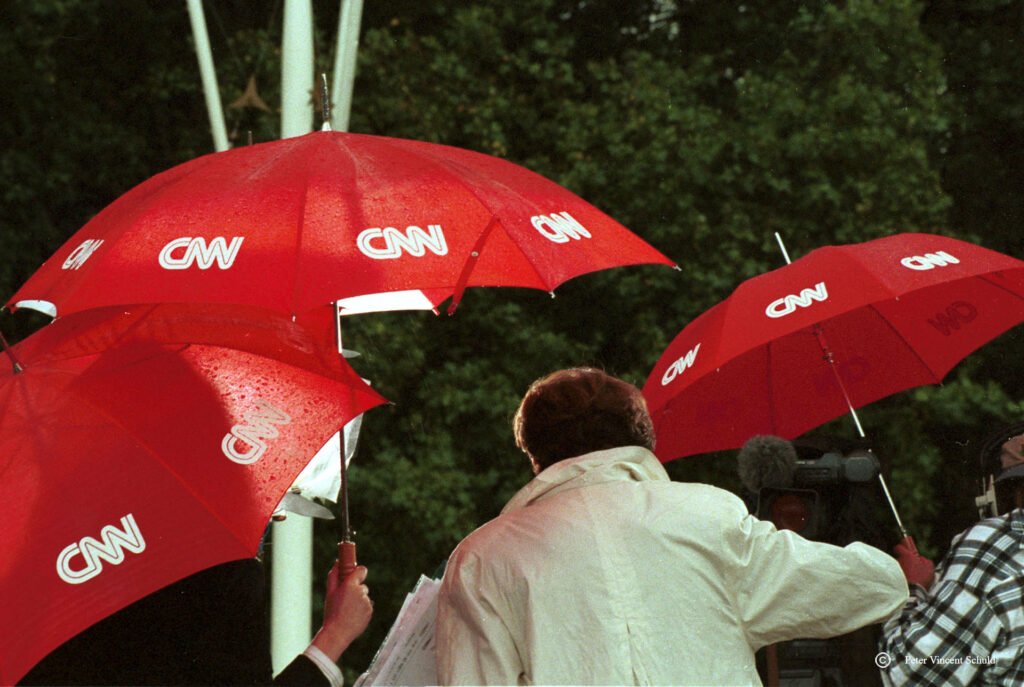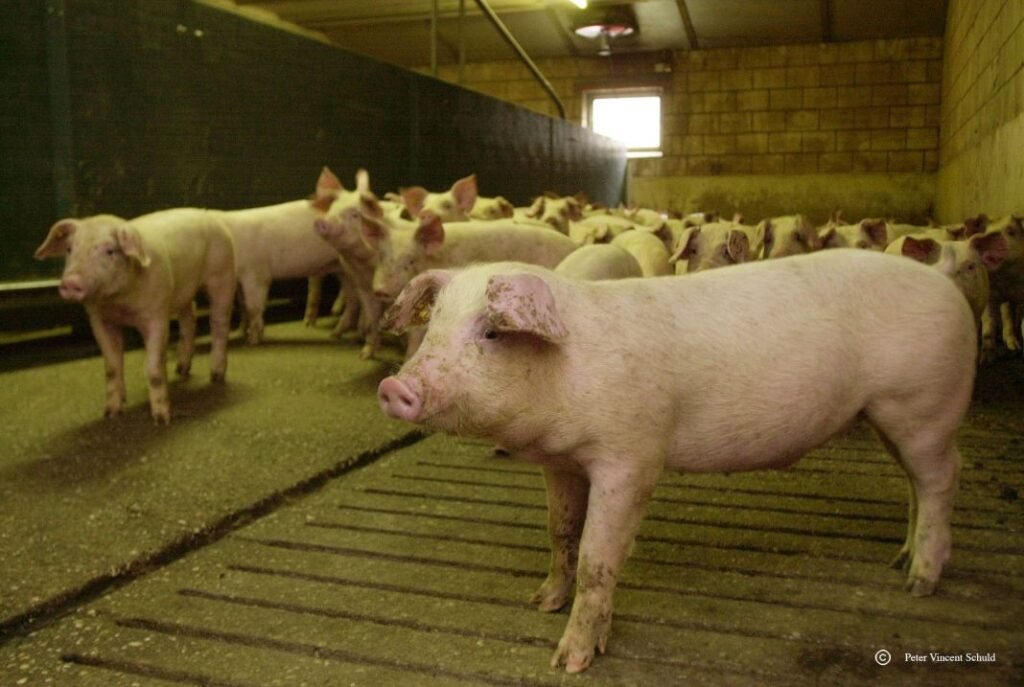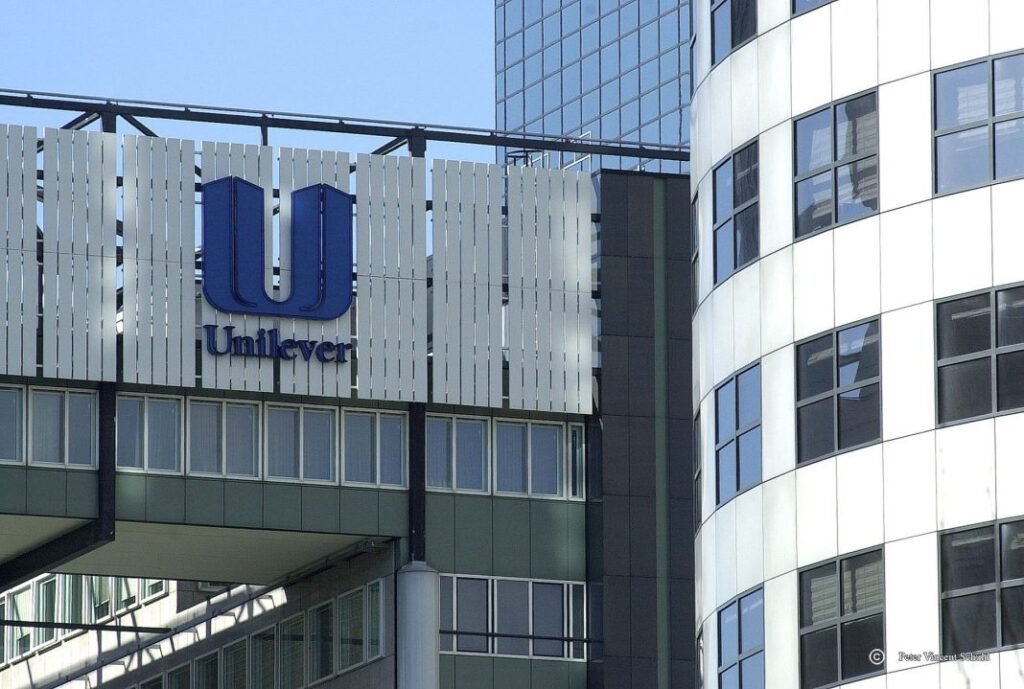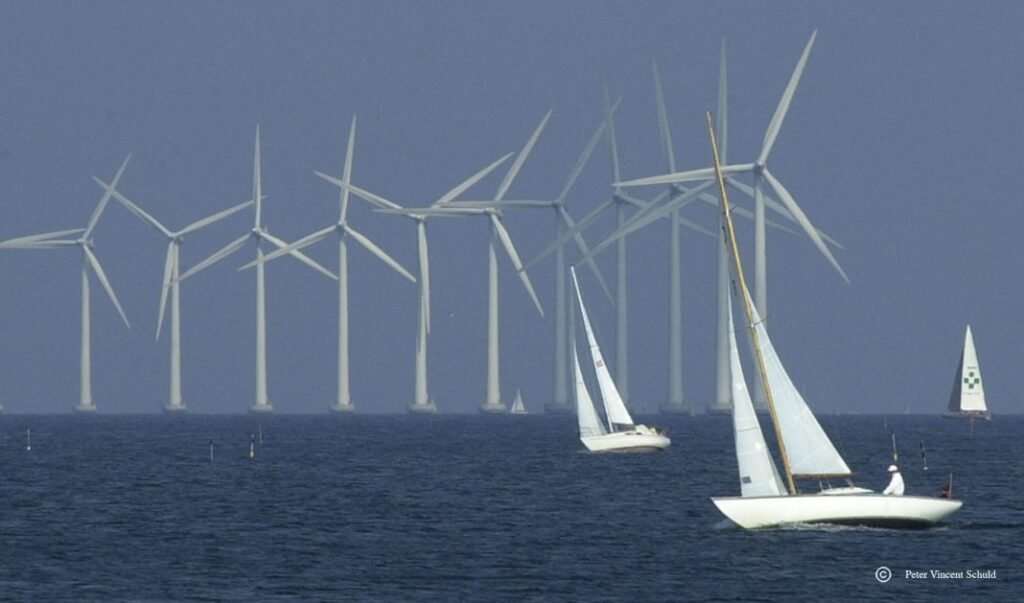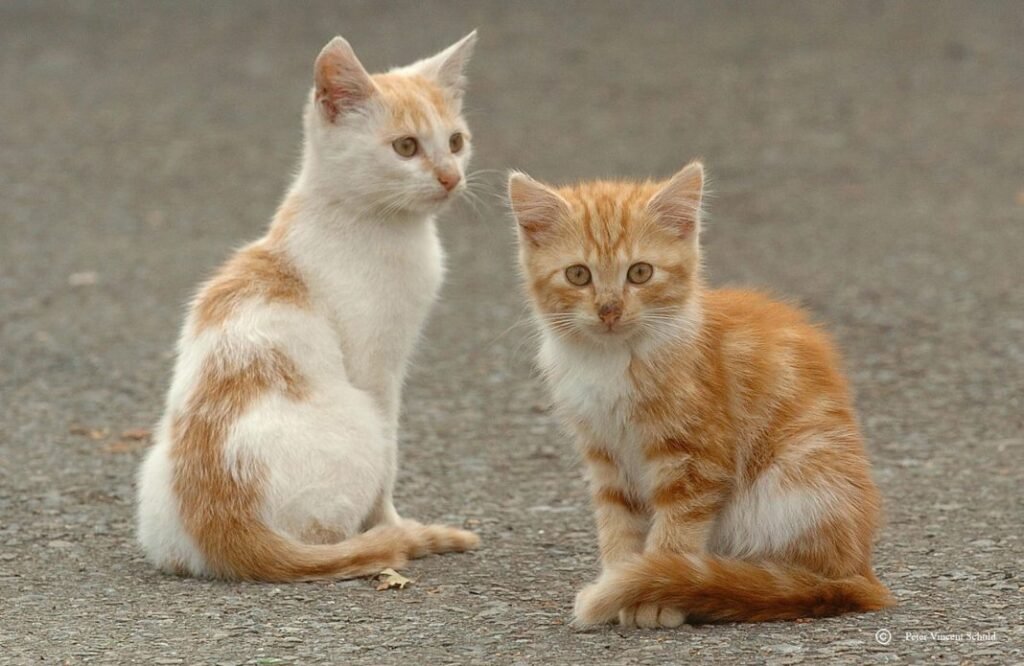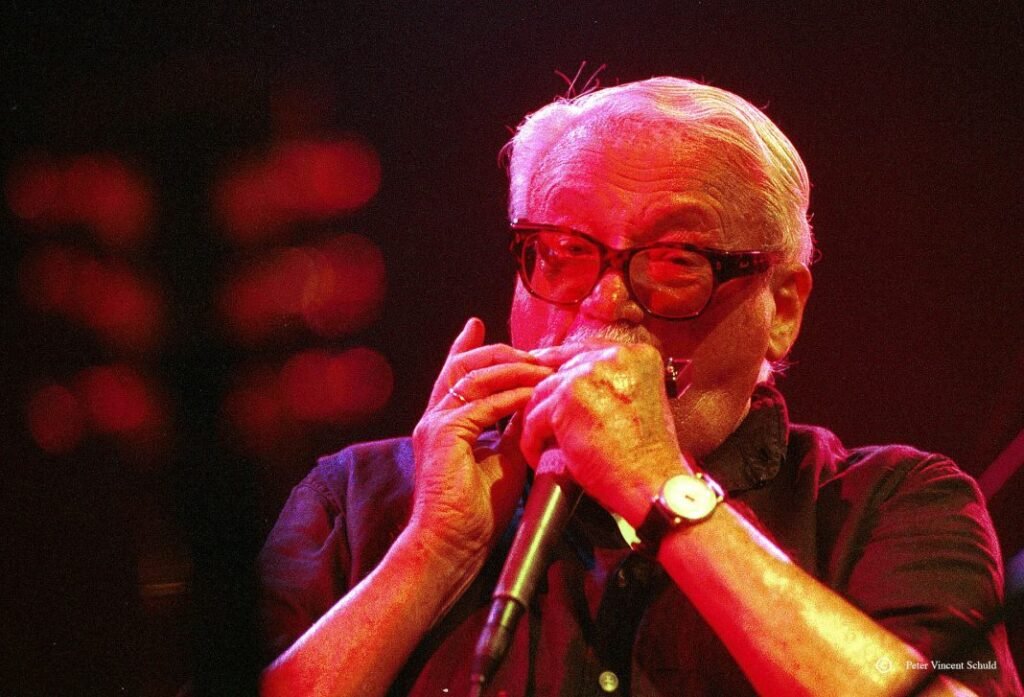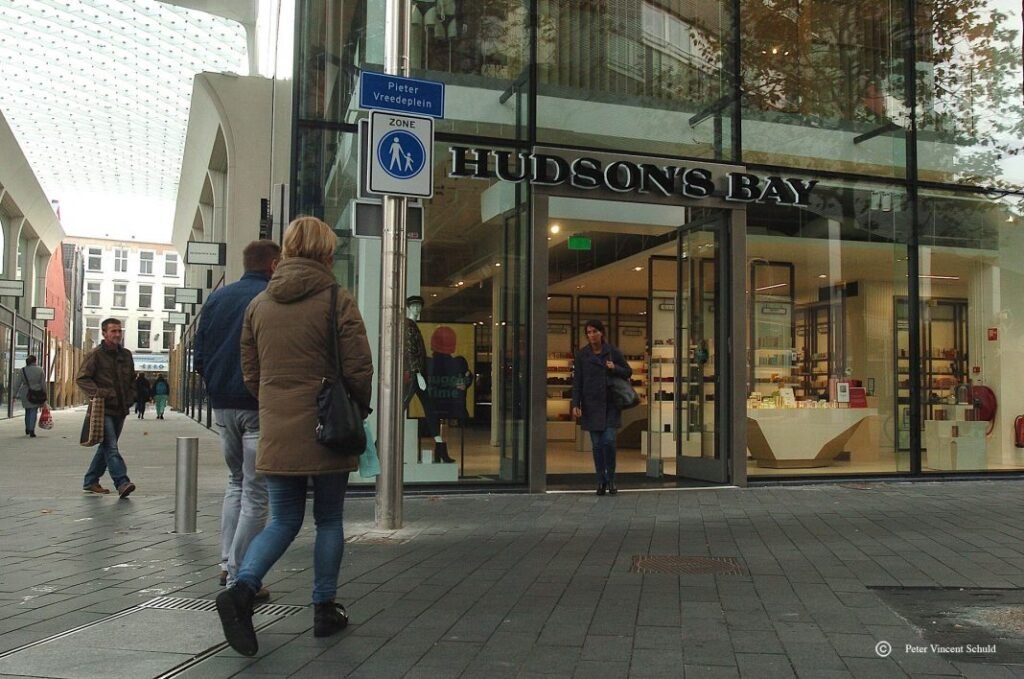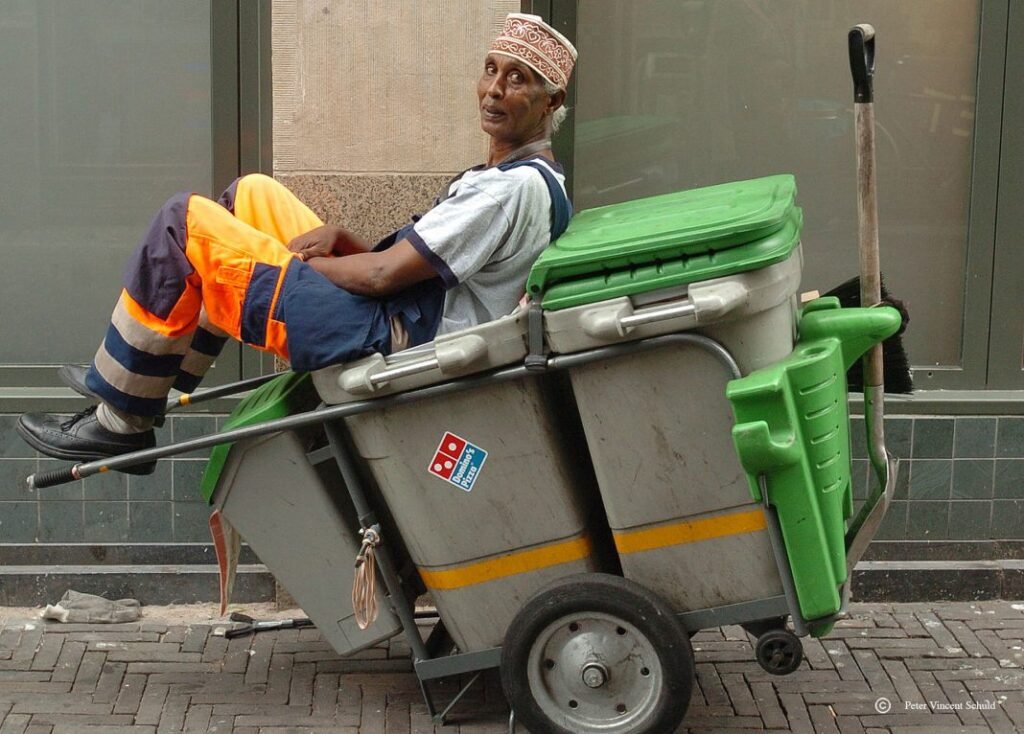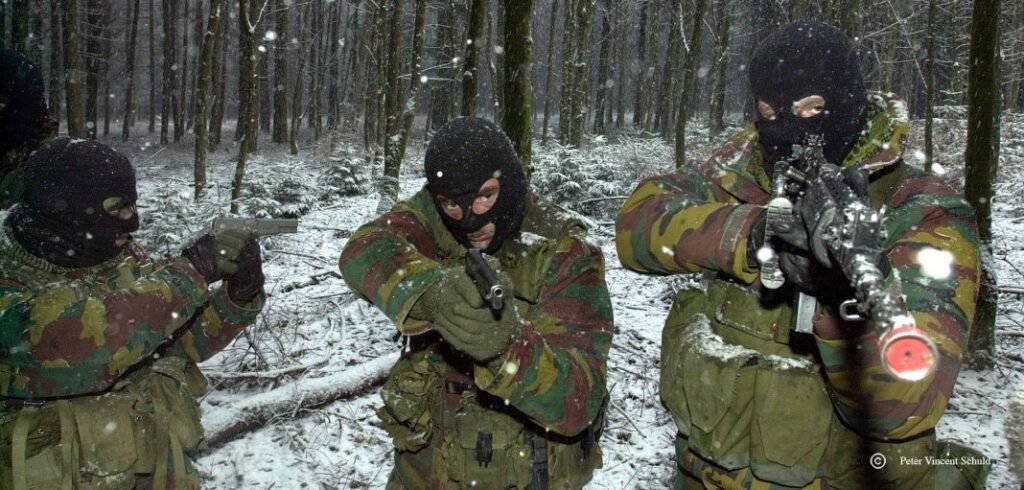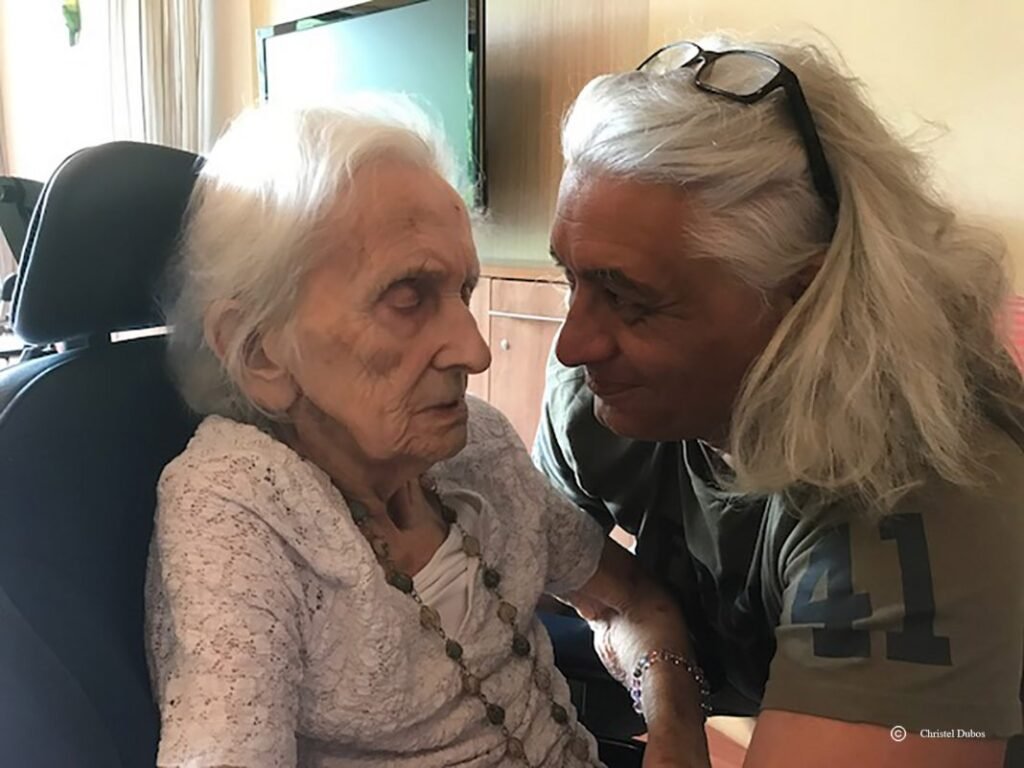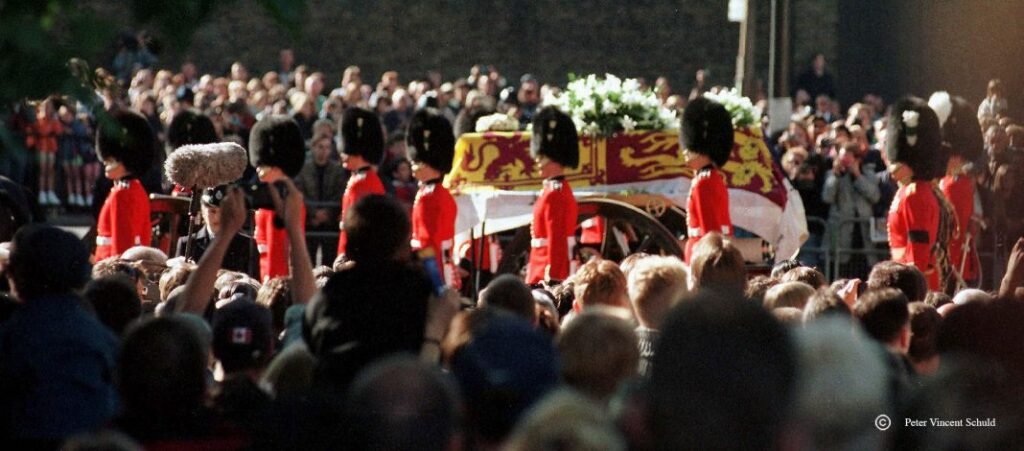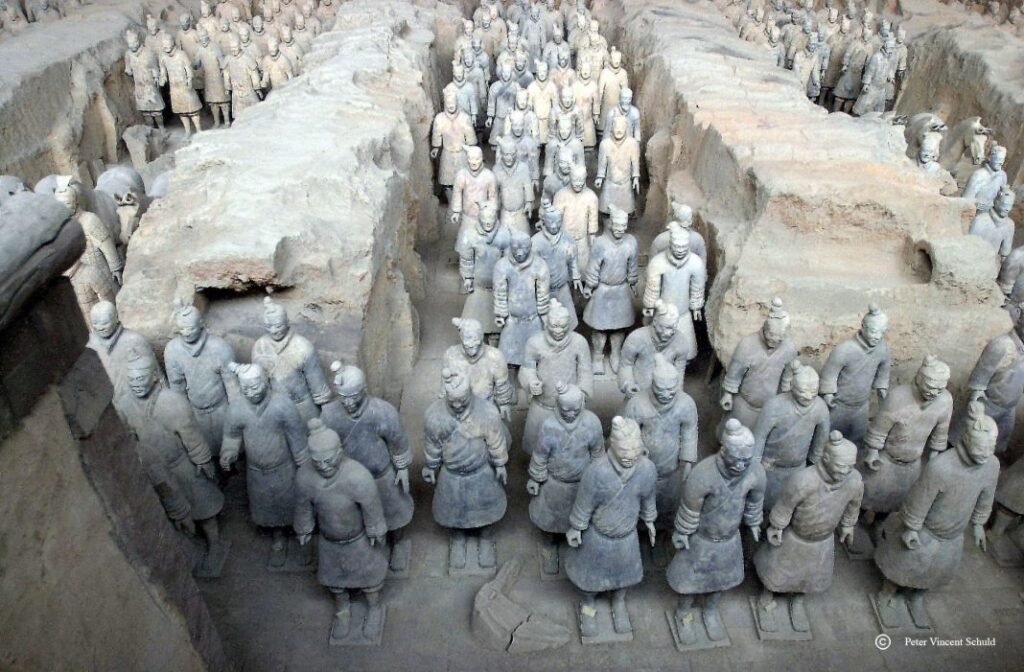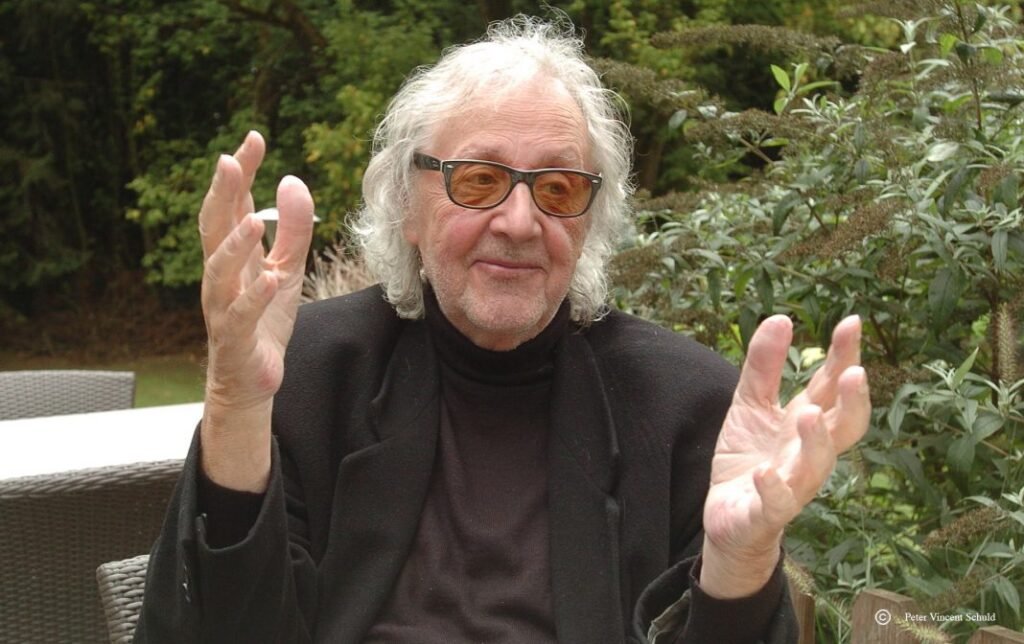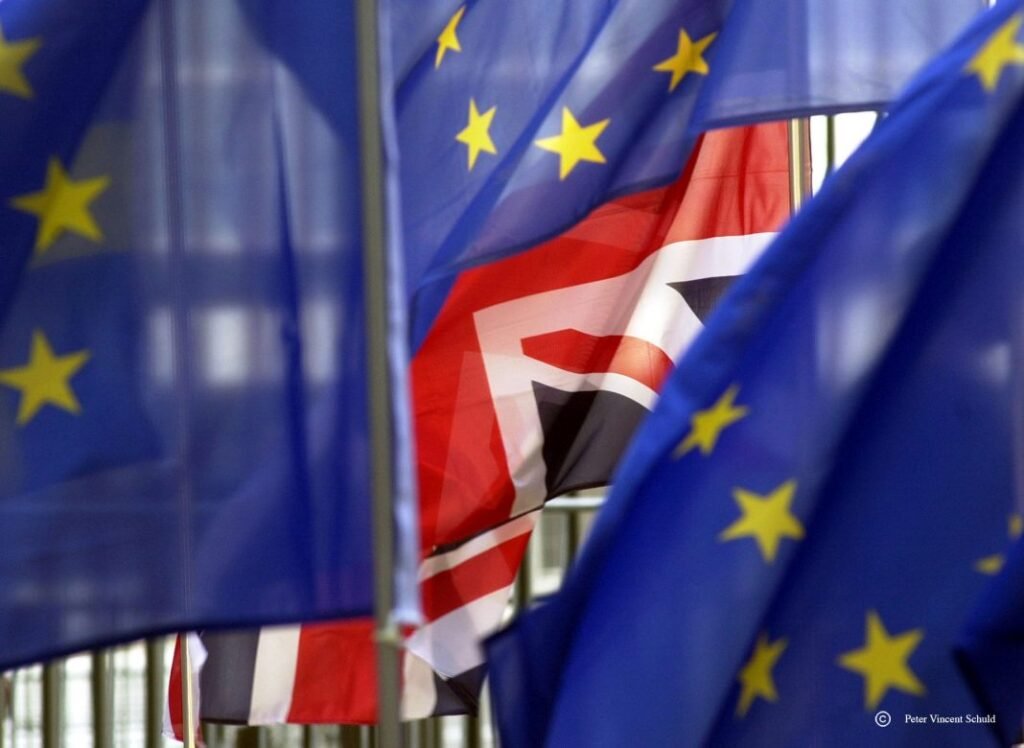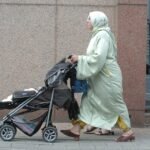Over zwerfafval, statiegeld, het verbieden van plastic producten en de realiteit
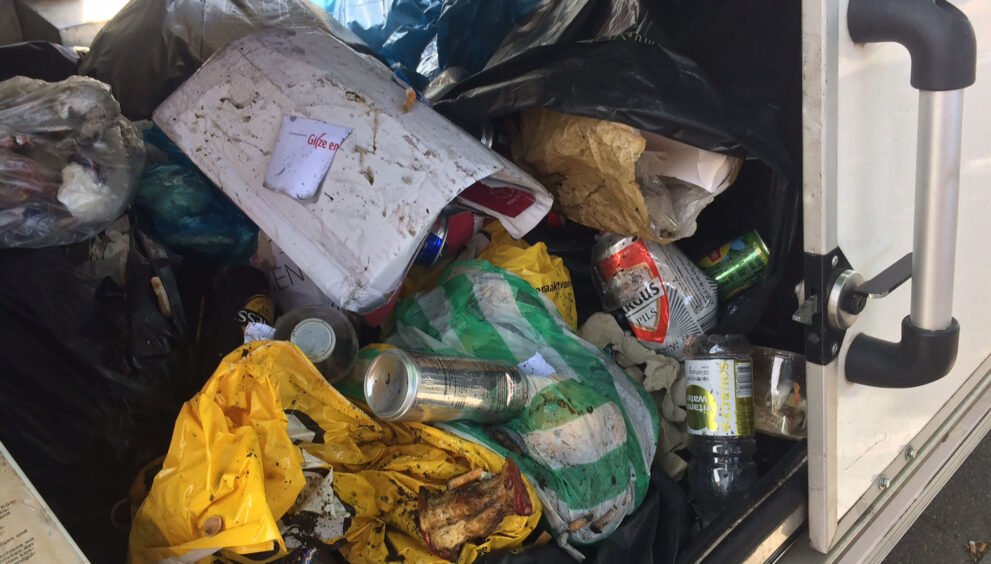
Peter-Vincent Schuld
Plastic; It pollutes our cities, rural areas, and our oceans. Plastic is a significant part of unacceptable pollution, but it’s not the only problem and it’s not the only story. The problem of waste and pollution is much bigger.
The European Commission came up with proposals to ban plastic cutlery, plastic cotton buds, straws and plastic cups if alternatives are available. The Dutch government issued an ultimatum to the Dutch packaging industry to come up with adequate solutions within a few years to combat the loads of litter consisting of bottles and cans. If the packaging industry did not come up with solutions itself, a deposit would be introduced for small beverage bottles and cans, as is already the case in Germany.
However right policymakers are to put a stop to the increasing pollution in our streets, parks, beaches and seas, among other things, the question arises whether we are not engaging in symbolic politics.
The manufacturers of products must package their products hygienically. At the end of the day, it is the consumers, the failure to collect waste and the inadequate processing that are the ultimate problem. It’s the consumers who throw their cans, bottles, butts and whatever else you can think of on the street. Not the producers of the products that are thrown on the street. Be honest! In the city-state of Singapore, there are sky-high fines for throwing cigarette butts and other waste on the street. Perhaps we could implement that here, supplemented with community service.
At the end of the day, it’s the end users who cause the clutter.
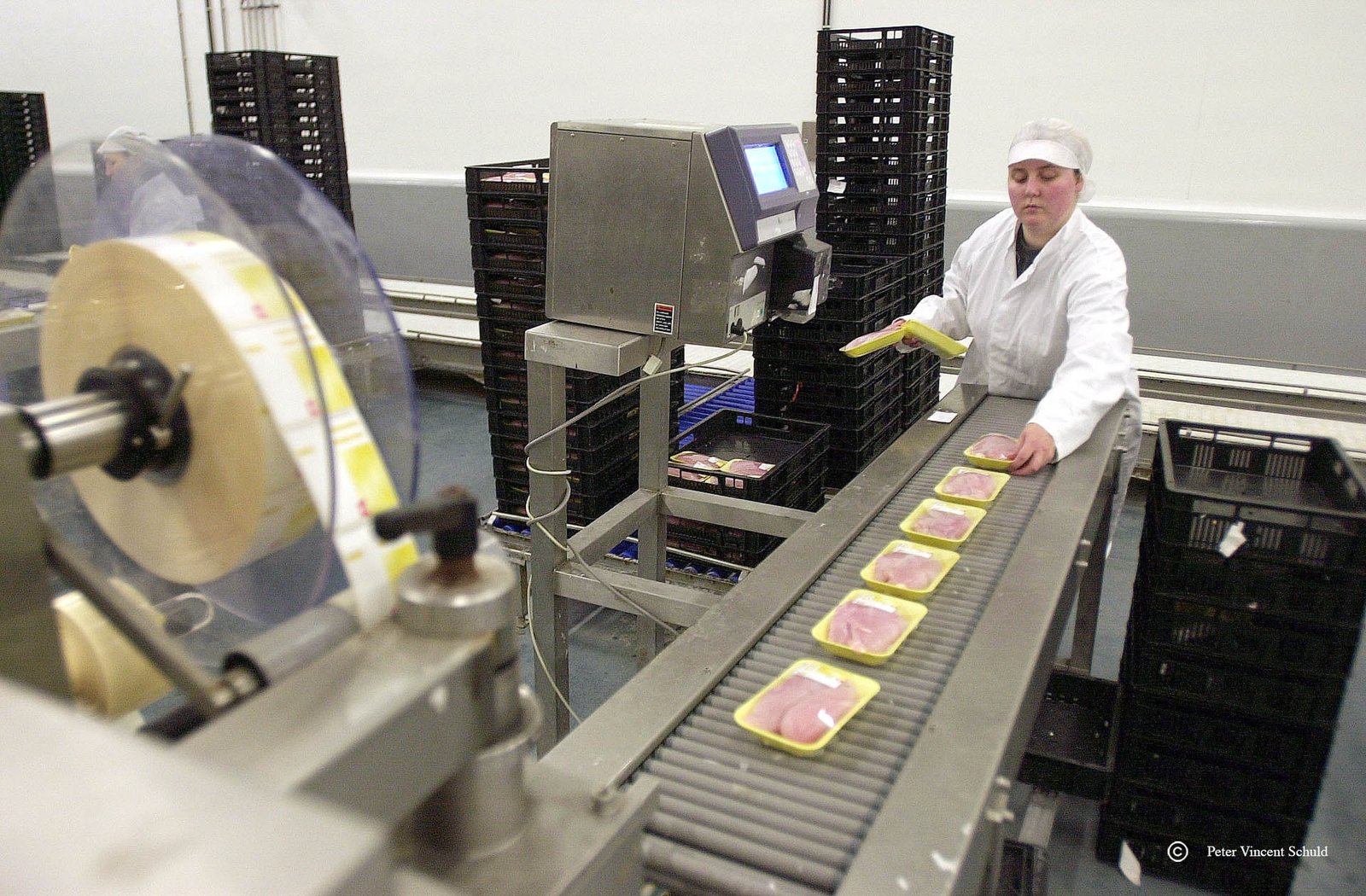
A day at the beach anywhere. If you’re lucky, at the end of the day, a machine will come and clean up everything people have left behind.
On other beaches, the rubbish remains. Ebb and flow ensure that the rubbish left behind either washes up on the beach, or that it disappears back into the sea, where marine animals often take in the rubbish and eventually die a horrible death.

Tractor with screener cleaning the beach in Weston Super Mare, United Kingdom © Peter-Vincent Debt
It’s actually horrifying to realize that by leaving behind or carelessly throwing away rubbish, you are driving animals to a horrible death. Just because that person is too lame or too lazy to clean up their mess. If you stop to think about it and you play the whole movie in your head from the “moment of leaving your garbage
behind and seeing an animal die after a horrible ordeal”. I wouldn’t be able to sleep for the rest of my life. But not everyone lives consciously or has a conscience.


In addition to the mountains of plastic waste floating in our oceans, we also have to deal with microplastics that pollute our waters. Microplastics derived from fibres from synthetic clothing or toothpaste. You will see a coastline with clear blue and seemingly pure water. Yet these billions of cubic meters of seawater contain countless particles of microplastics and nanoplastics (an even smaller form) that are not even visible to the naked eye.
The “plastic soup” is in fact much bigger than those immeasurable parts of polluted oceans that Boyan Slat is going to clean up with his Ocean Cleanup through an inventive system. But are these microplastics really necessary in our toothpaste? Microplastics and nanplastics are used to soften the texture of
toothpaste, bath products and cosmetics, among other things, and to make them more pleasant for consumers, but they are also harmful at the same time.
For the filters, the particles are too small to be stopped and they are not biodegradable.


It is actually unimaginable that everything becomes so polluted and poisoned by our human actions. What we can see with the naked eye is shocking in itself. People who carelessly throw away things in public spaces. In parts of Europe, household waste is collected and street waste is swept up and processed. But this is by no means the case everywhere in the world.
In this article, we limit ourselves to people and the careless handling of waste and the sometimes double and dubious role that municipalities play in tackling the problem.
We can ban free plastic bags, we can ban this and we are going to ban that. But there are people who don’t give a damn about the living environment or who say “they’ll clean it up anyway”. That’s not how it works.
Your reporter spoke with Jan Aerts, who works for the sheltered employment organization Diamant, which provides the cleaning of public spaces for the Municipality of Tilburg and surrounding municipalities. Your reporter saw Mr. Aerts busy at a public waste bin with a pile of rubbish around it. Time to ask this hero who cleans the streets a few questions. People who work in urban cleaning are often not appreciated for keeping the public living environment clean. Without the tireless efforts of these people, the streets would turn into garbage dumps.


Even before I could ask Mr. Aerts anything, my eye fell on an old refrigerator in the back of his car. Mr. Aerts immediately starts: “Well, people call the municipality with a complaint that there is a refrigerator on the street, then we have to pick it up”.


Leaving your rubbish on the street, including a cupboard, is a criminal offence. But as will be seen later in this story, this is not an isolated incident. Jan Aerts’ face about the behaviour of people and their waste speaks volumes. He briefly shows the contents of a bag he has just taken out of the bin. A bottle with a deposit on it, aluminum beer and energy drink cans and normal household waste that has been conveniently deposited in the waste bin on the street. Around the waste bin, it is littered with hundreds of cigarette butts. Jan Aerts gets to clean it all up.


Ok, so we find an empty beer bottle with a deposit on it, about 15 cents. But who guarantees us that if a deposit is levied on other types of packaging such as cans and plastic bottles, they will be returned against packaging credit. I didn’t even have to ask Jan Aerts this question and he starts on his own; “My brother lives in Hamburg, if he sees a can somewhere, he picks it up, he takes it away.” “You hardly see any deposit-containing waste on the street there,” says Jan Aerts.
Just take a look on YouTube to see if your reporter could find reports from German news media about the garbage on the streets of Hamburg. There were plenty
of them and it resulted in several hours of interesting and informative television.
Yes, litter is certainly present in Hamburg, there are also illegal dumps, but investigators from the Hamburg municipal cleaning company “Hamburger Entsorgungs Gesellschaft” drive the streets, villages and squares in plain clothes to see if they can find clues somewhere that lead to the perpetrators and then give them the opportunity to clean up the mess themselves or else receive a fine + the costs of disposal of the illegally abandoned waste.
But why is it that there are so many illegal dumps and so much is thrown away on the street?


Those who do not educate their children to dispose of waste in the garbage instead of on the street either learn it at school or do not learn it at all.
As annoying as it may be to say, but in neighbourhoods where many immigrants live, the proportion of litter and illegal dumping is also considerable.
Perhaps a bit of education “how do we deal with waste here?” would not be out of place in an integration course or asylum application.
We go into a random Tilburg neighborhood with a mixed population of immigrants and natives. The neighborhood looks messy on the street, the litter attracts attention at all times.
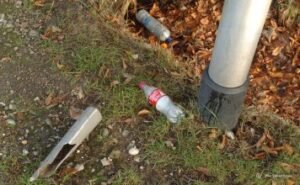

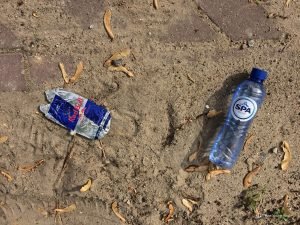
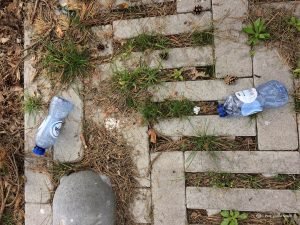
Underground garbage containers soon catch their eye. What happened to that? Last year they were still freely accessible to dispose of household waste, now you need a pass. A quick survey of local residents tells me that the containers were often used by people who do not live in the immediate vicinity of the containers. The fact that they were used was not the biggest problem, says a local resident, but the rubbish that was put next to them, such as old cupboards, televisions, furniture and household goods, irritated the residents of the immediate vicinity of the containers. Also this time there is an old refrigerator near the
containers
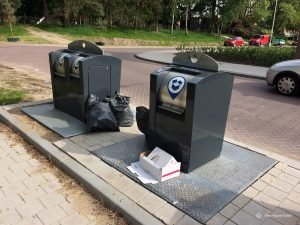


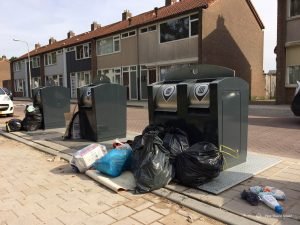
Het gebruik van de containers door burgers die niet in de directe buurt woonden nam al gestaag toe nadat de gemeente Tilburg twee jaar terug het wekelijks ophalen van de duobak voor gft-afval en restafval staakte en het slechts om de week bij de burgers ging ophalen. Het regende toen al klachten van burgers dat ze hun afval niet ordentelijk konden laten afvoeren




Een blik op de ondergrondse containers nu leert ons dat er volop zakken naast de containers worden geplaatst omdat mensen geen toegangspasje hebben.
Waar is de leefomgeving nu meer mee gediend? Met een pasje of met toegankelijke containers? maar het idealistisch “maakbare samenlevingsdenken” heeft helaas de overhand gekregen. Niet zo verwonderlijk met een Groen Links wethouder (Mario Jacobs) die de portefeuille “milieu” heeft in Tilburg.
Maar gelukkig zijn er ook nog burgers die hun afval in de daarvoor bestemde afvalbakken werpen en niet op straat. Het is een relatief klein deel van de bevolking
die zich schuldig maakt aan vervuiling.


Zulke maatregelen werken natuurlijk sluikstorten en zwerfafval in de hand. De gemeente Tilburg mag dan in de afgelopen week zakjes bij de burgers hebben bezorgd waarin zij hun keukenafval kunnen doen om maden stank tegen te gaan, maar zo’n geste is natuurlijke een doekje voor het bloeden. In Den Haag daarentegen is met gedurende de zomermaanden overgegaan tot het weer wekelijks ophalen van het GFT-afval. Ter illustratie, in warme Zuid-Europese landen zoals Spanje en Portugal gebeurt dat dagelijks.
In zekere zin werkt het dogmatisch beleid dat “afval bij de burgers” moet verminderen averechts. Door vanuit de overheid te zeggen “U moet minder afval produceren”, maakt nog niet dat een huishouden minder afval heeft. Hier botst het politieke idealisme met de keiharde realiteit.
Terug naar de rij ondergrondse containers. Waar vorig jaar om de zelfde tijd nog alleen grote stukken restafval bij de ondergrondse containers (weliswaar illegaal) werd neergezet, is dit thans uitgebreid tot zakken met huisvuil, niet zelden opengescheurd en dus een een paradijs voor ongedierte.
Wat gelijk is gebleven is de grote hoeveelheden zwerfafval rond de containers, inderdaad, de bekende blikjes en flesjes. Er is toch iets mis met de moraal van de bewoners en de passanten in deze wijk die ongeveer voor de helft uit niet westerse allochtonen waaronder Turken en Marokkanen bestaat.
Ook bij de Albert Heijn XL in Tilburg is het rigide afvalophaalbeleid inmiddels duidelijk merkbaar. De vrouwelijke beheerder die instaat voor het parkeerterrein en dus ook voor het schoonhouden is duidelijk: “ze deponeren hier hun huisvuilzakken”. Naast haar staat een winkelwagen van Albert Heijn volgeladen met volle vuilniszakken met achtergelaten huisvuil en zwerfafval. De beheerster ziet alles en voor dat ik het in de gaten heb heeft ze aantal parkeervakken verder weer rommel gespot. “Als ik hier vanavond terugkom om zelf boodschappen te doen ligt het weer vol”, zegt de beheerster ietwat ontdaan. Het zit de beheerster echt hoog en dat is te begrijpen als je ziet wat ze aan achtergelaten en zonder omkijken op de grond geworpen afval opveegt en afvoert.


Zwerfafval is niet allen een probleem van de grote steden. Ook langs de snelwegen is het een zorgwekkend gegeven. Ik neem u even mee naar de bocht van de A58 naar de A16/E19 richting de Belgische grens, komende vanuit de richting Tilburg-Breda. De haarspeldbocht ligt bezaaid met inderhaast uit het raam geworpen afval. Een camera die dergelijke feiten met kenteken en al registreert zou geen slecht idee zijn.
De snelwegen en hun parkeerhavens waar automobilisten en truckers even kunnen uitrusten. Rijkswaterstaat heeft er in het kader van de campagne “Nederland Schoon” er enorme afvalcontainers laten plaatsen. We gaan eens kijken op zo’n parkeerplaats langs de A27 nabij Hank. Bij het oprijden heeft Rijkswaterstaat al een niets aan duidelijkheid te wensen bord geplaatst dat het strafbaar is om afval uit je auto te werpen of achter te laten.


Op het terrein staan levensgrote groene opvallende containers, een soort van kegels of boeien, die je niet over het hoofd kunt zien. De parkeerplaats ligt er betrekkelijk netjes bij. Opvoeding blijkt dus toch te helpen, zeker wanneer deze gepaard gaat zonder dogmatische maatregelen uit hoofde van een idealistisch gemeentebestuur. Op deze parkeerplaats heeft het realisme gewonnen. Automobilisten willen af van hun afval, de containers zijn groot genoeg, liever dat dan alles op de stenen terecht komt wegens te kleine overvolle afvalbakken waar amper of niets in kan.

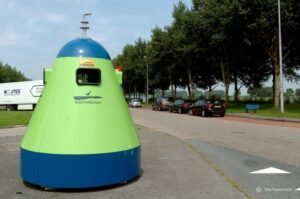
Korte tijd later sta ik bij de Carrefour supermarkt in Poppel, net over de grens in België. Geen afvalbak te zien. Overal ligt er rommel. Blikjes, papier, plastic folie.
Niemand die het frequent lijkt op te ruimen. Naast mij gooit een automobilist achteloos een verpakking weg, van iets wat hij zojuist gekocht heeft in de supermarkt.
Gelet op het kenteken van de auto is de kans gering dat de chauffeur mij verstaat. Ik laat hem maar begaan. Tegen dit soort overtredingen helpen alleen stevige boetes.

photo © Peter-Vincent Schuld
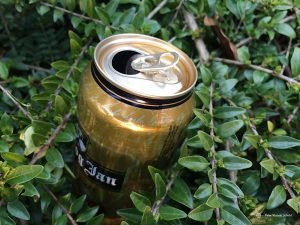
photo © Peter-Vincent Schuld
Ik begeef me op de E411 de weg van Brussel naar Luxemburg. In de omgeving van Waver houd ik stil op een parkeerplaats om even wat te drinken te halen.
Mijn oog valt op een vuilcontainer bij het tankstation. Het ding is half omvergereden en uit zijn metalen constructie ontwricht. De bak zit overvol en is niet geleegd.
De omgeving rond de container oogt al rommelig. De bestrating is niet onderhouden. De constructie rond de afvalbak zou burgers moeten weerhouden om hele afvalzakken in de container te doen werpen. Maar het is toch begrijpelijk dat vrachtwagenchauffeurs op de lange afstanden hun zak met afval willen deponeren in een daarvoor gereedstaande container? Door deze zo gebruiksonvriendelijk te maken, help je dan het sluikstorten niet in de hand?


Blikjes, plastic flesjes, papier, het heeft allemaal een waarde. Zelfs al zou je het afval niet recyclen (bezijden de metalen verpakkingen zoals blikjes) heeft afval
als plastic een hoog calorische waarde als energiedrager voor de vuilverbrandingsovens waarmee elektriciteit opgewekt kan worden, het zogenaamde “waste-to-energy proces”.
Wat spraken zojuist over de blikjes die of van ijzer en in de meeste gevallen van aluminium zijn gemaakt. Bijna iedereen weet dat oud metaal altijd een leuk zakcentje kan opleveren. Interessant voor mensen met een smalle beurs, om kinderen de waarde van milieu en geld bij te brengen, of gewoon voor de gein.
Facts Found sprak met Hans*. Hans is een man van middelbare leeftijd en woont ergens in de provincie Noord-Brabant. Hij leeft met een zeer kleine beurs en hij moet zich in alle bochten om het hoofd boven water te houden. Hans was graag bezig met dingen in elkaar zetten, en verzamelde zo een hoop metalen spullen bij elkaar. Hans fietste regelmatig langs containers en nam mee waar hij van dacht dat hij er nog iets mee kon doen. Hans is iemand die zich zeer bewust is van zijn leefomgeving en zal niets doen om zijn leefomgeving aan te tasten. Hans ergerde zich net als vele burgers kapot aan de rommel die anderen achterlieten en ook zijn eigen metaalafval hield hij bij.
Hans had vervoer nodig naar de metaalrecycling en dus stelde de verslaggever zijn auto ter beschikking en ging mee helpen opladen en de spullen wegbrengen. Aluminium blikjes, goed voor 50 cent per kilo, normaal aluminium, goed voor 90 cent per kilo, ijzer, goed voor tussen de 15 en 18 cent per kilo, elektrosloop 25 cent per kilo. koper goed voor 4,60 per kilo, Roest vrij staal, goed voor een euro per kilo. Hans had voor ongeveer 70 euro aan metaalafval.




Dingen die u misschien gewoon achteloos in uw vuilcontainer of op straat werpt. Bij.de metaalrecycling kreeg Facts Found te horen dat vooral in Nederland woonachtige Polen de waarde van blikjes goed kennen en deze met zakken vol tegelijk komen inleveren. Nederlanders, maar ook andere bevolkingsgroepen halen hun neus op om blikjes te vergaren en weg te brengen. Uw verslaggever reed langs een Turks café eveneens in Tilburg. De overvolle restafvalcontainer lag vol met blikjes die eigenaar best nog een zakcentje hadden kunnen opleveren. Halen we onze neus op om het zelf even weg te brengen en er nog een wat geld voor te krijgen?
In bijvoorbeeld New York voorzien daklozen in wat handgeld om met hun winkelwagentje door de stad te lopen en blikjes op te rapen om deze vervolgens in te leveren. Voelen de kwetsbaren in onze samenleving zich hier te goed voor of is er sprake van schaamte? Maar sinds de laatste economische crisis die in de VS heel hard toesloeg zijn veel huishoudens hun eigen metaal-afval en dat wat ze op straat konden vinden gaan inzamelen en het is zelfs een buurtsport geworden van wie het meeste inzamelt.


Ook uw verslaggever nam de proef op de som, en als hij in Nederland was, hield hij het metaal bij om het weg te brengen en uit eigen ervaring leerde hij dat metaalafval wegbrengen lonend was. Je kon er in ieder geval even een middagje op een terrasje van betalen. Wellicht een idee voor ouders met kinderen om ze spelenderwijs een zakcentje te laten bijverdienen en te laten zien als je zaken achteloos op straat werpt of zelfs in de vuilnisbak gooit niet zo slim is. Maar heeft u wel zin en tijd om uw kinderen dit bij te brengen. Misschien krijgt u ook wat meer respect voor de mensen die oude metalen ophalen om in een boterham te voorzien. Want als u om u heen kijkt ligt het overal ook bezaaid met deze vorm van afval.


Of statiegeld heffen op blikjes en kleine flesjes zo’n goed idee is valt te betwijfelen. We hebben veel transitverkeer en niet elk flesje of blikje is in Nederland aangekocht. de kosten van inzameling zijn enorm hoog. Het eenvoudig weg verbieden van “disposables” is denk ik ook niet de manier.


Bovendien heeft er zich een betrekkelijk nieuw fenomeen aan het firmament gevoegd. Het thuiswinkelen. U bestelt wat af bij online winkels en via verkoopsites als marktplaats. Alles wordt verpakt en verzonden. Grote dozen en dubbele zakjes bij de online shops, hergebruikte plastic tasjes en karton bij de particuliere verkopers op marktplaats. De omvang heeft enorme proporties aangenomen. Ik denk dat dit allemaal even buiten beeld gebleven is bij de beleidsmakers. die de plasticberg denken te kunnen verminderen. Wie denkt dat als u iets in China besteld de leveranciers zich een moer aantrekken van het afvalbeleid in Nederland of andere landen in de EU. Laten we opnieuw realistisch blijven. De ontvanger van de zendingen, lees de consument is verantwoordelijk voor de correcte afvoer van de verpakkingsmaterialen en niemand anders. Hergebruik of aanwenden voor de opwekking van energie na inzameling is denk ik het verstandigste.
En wat betreft dat verduvelde zwerfafval dat u en mij zo mateloos irriteert?


Beter goed handhaven op het achteloos wegwerpen en het sluikstorten. Mensen laten het wel uit hun hoofd als er een boete van minimaal 500 EURO zou staan op het wegwerpen in de wetenschap dat de pakkans groot is. Maak het de burgers niet onnodig gecompliceerd door te bezuinigen op afvalophaling of inzameling op andere manieren te ontmoedigen en te bemoeilijken de waarde gemeentebestuurders. Maar da’s een ander verhaal en daar komen we later op terug. En u lieve lezer? Als ik u nou vriendelijk vraag of desnoods smeek met mijn bruine puppy-ogen om geen rommel meer op straat te gooien, zou u mijn vraag dan serieus in overweging willen nemen? Alvast bedankt.
Hans is een gefingeerde naam. “Hans wil graag anoniem blijven” . Zijn werkelijke naam is bij de redactie bekend.


 Nederlands
Nederlands 